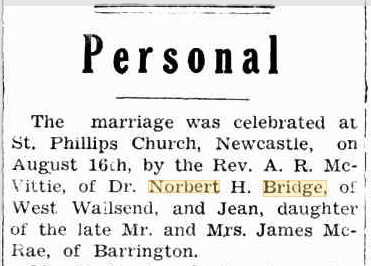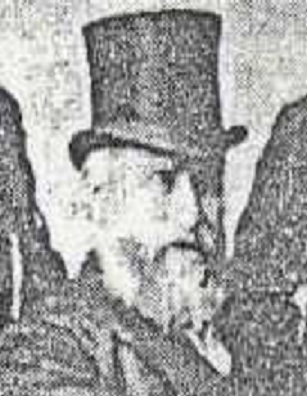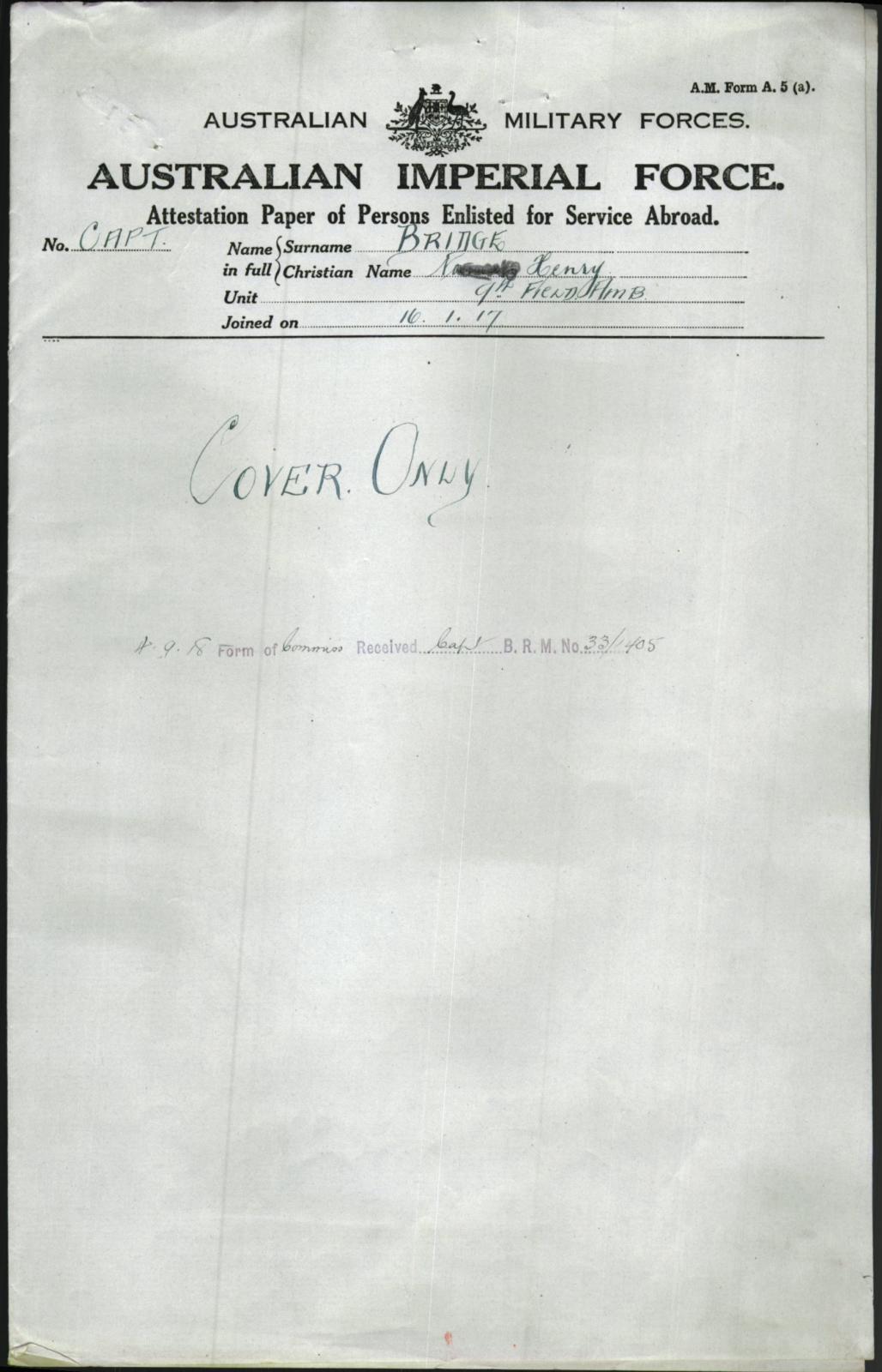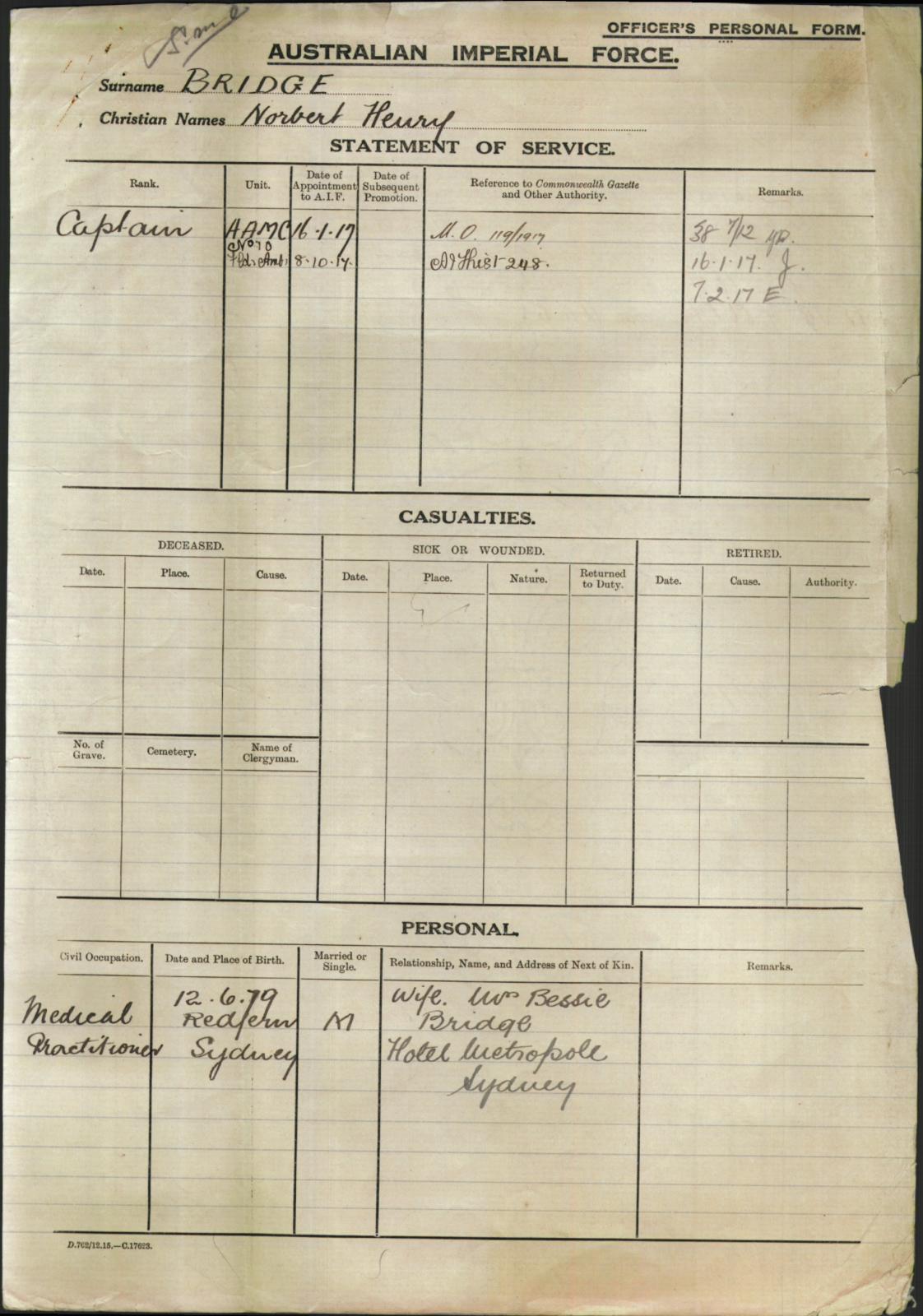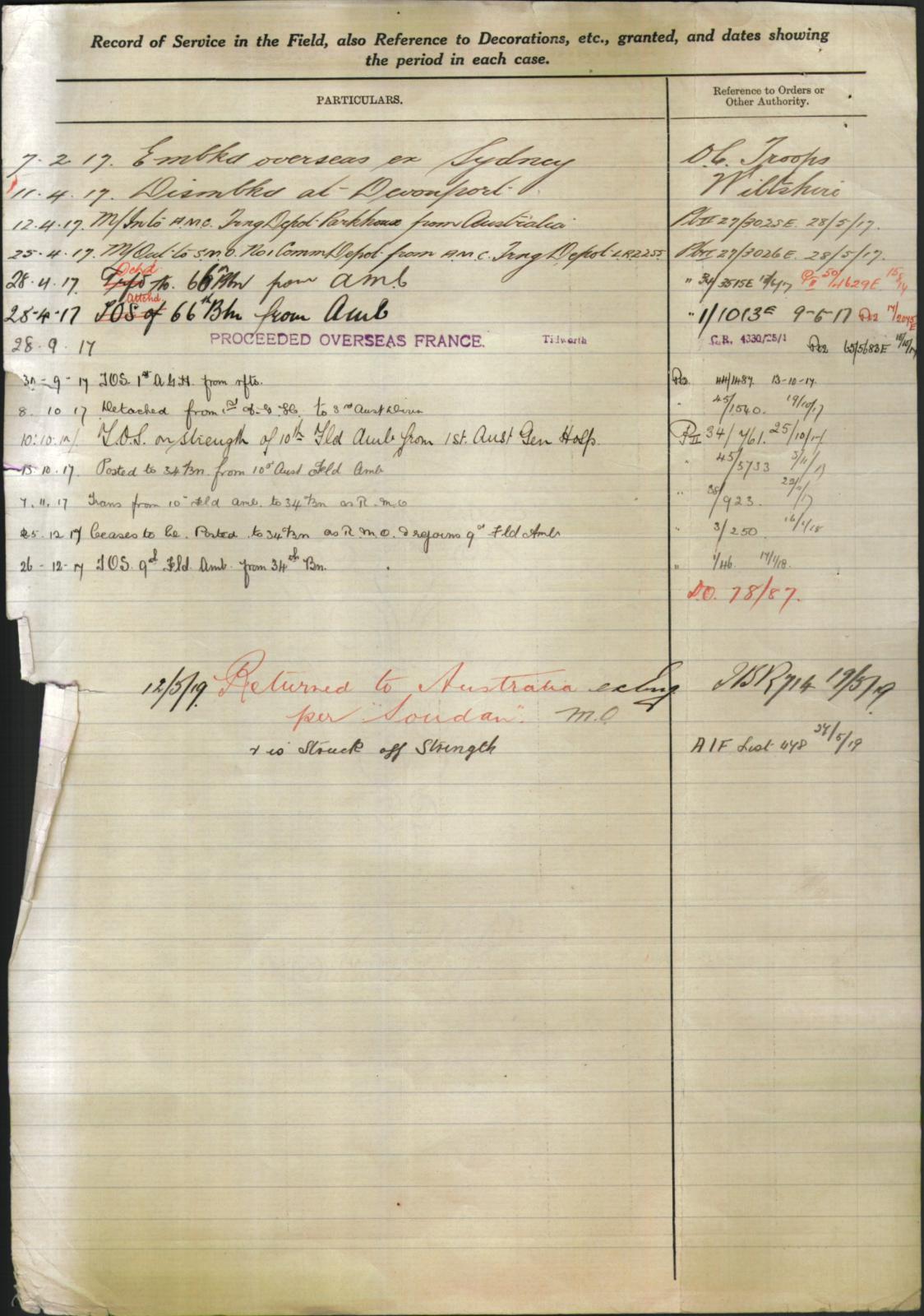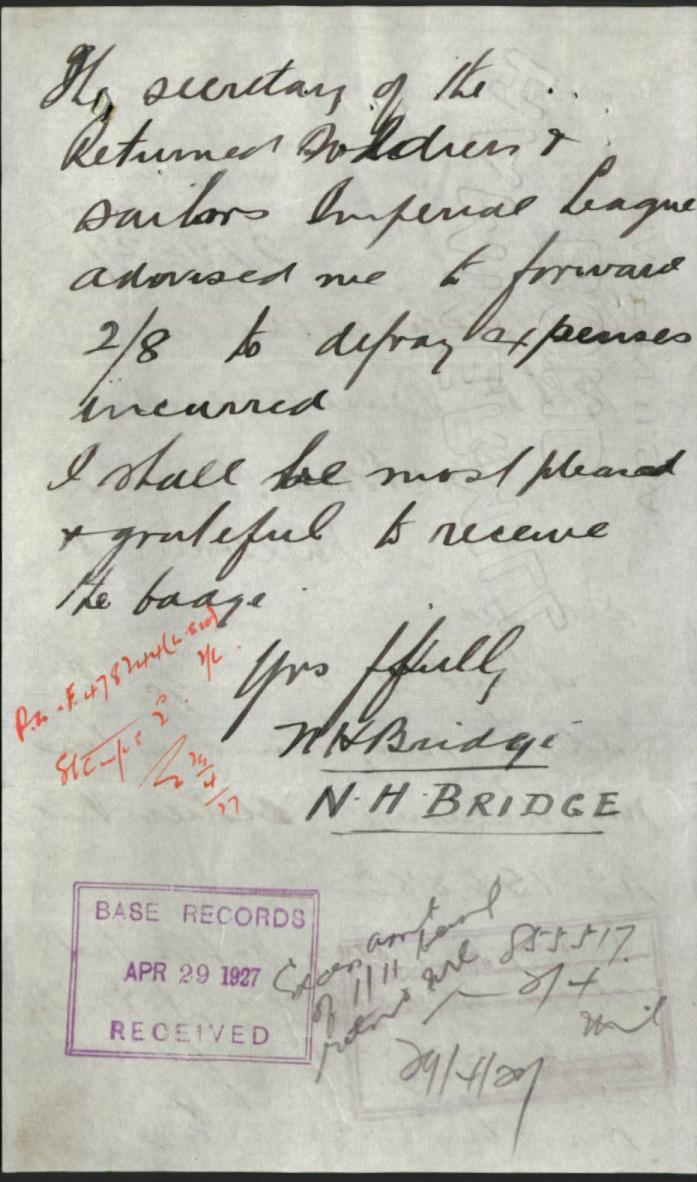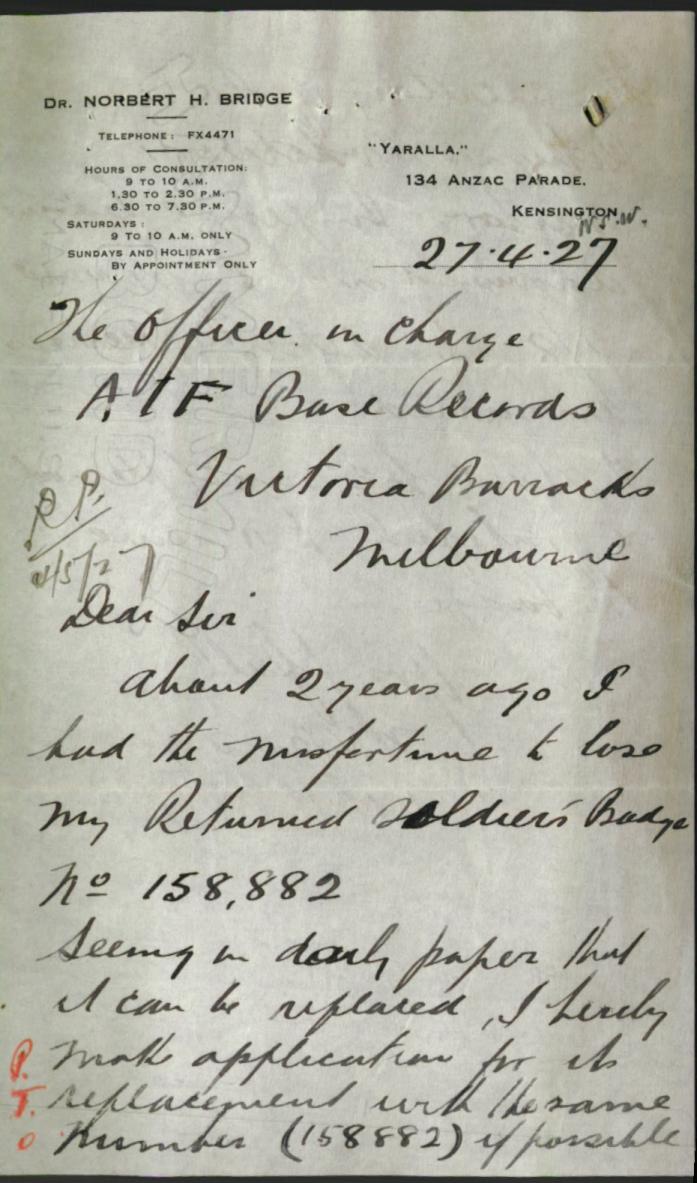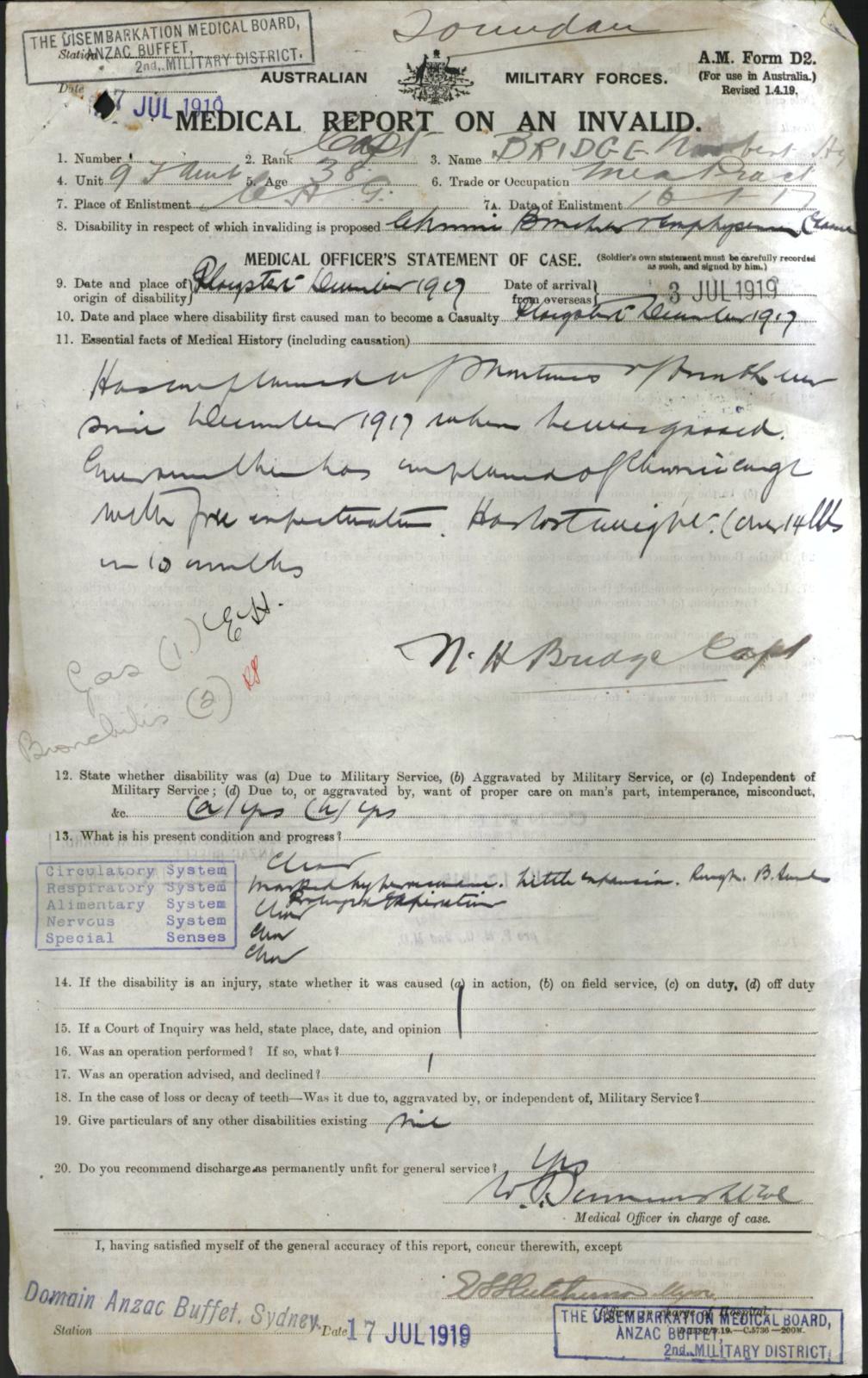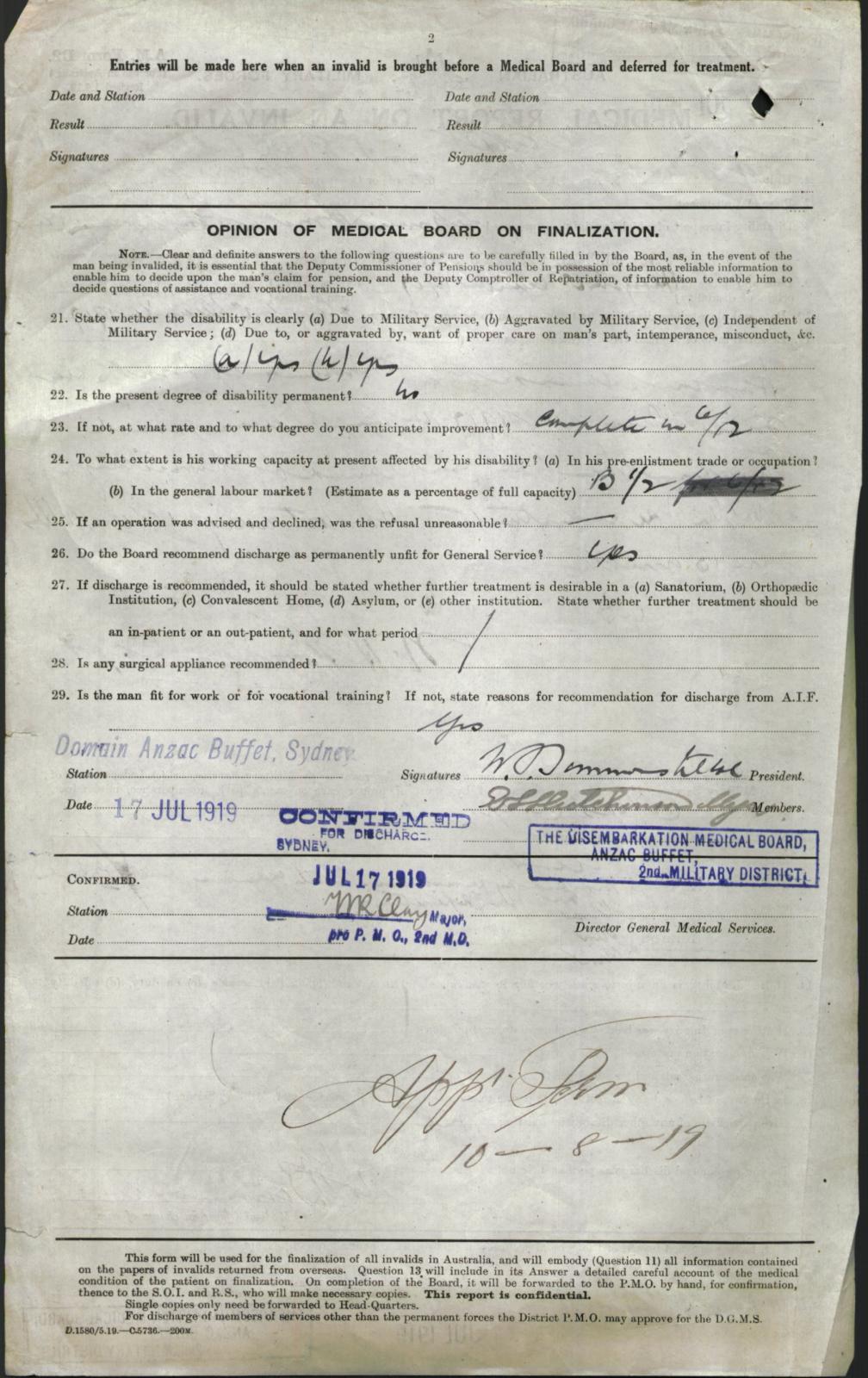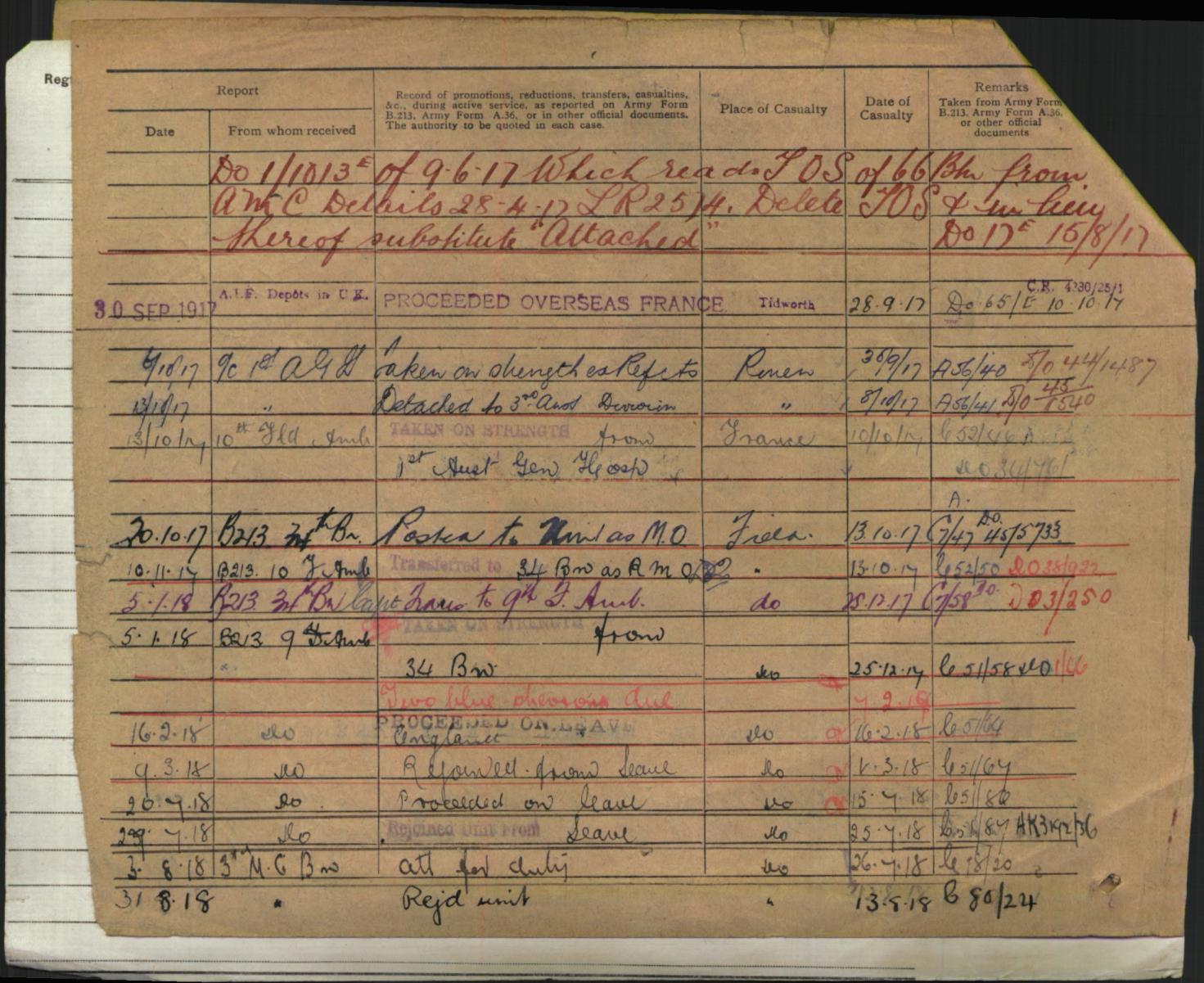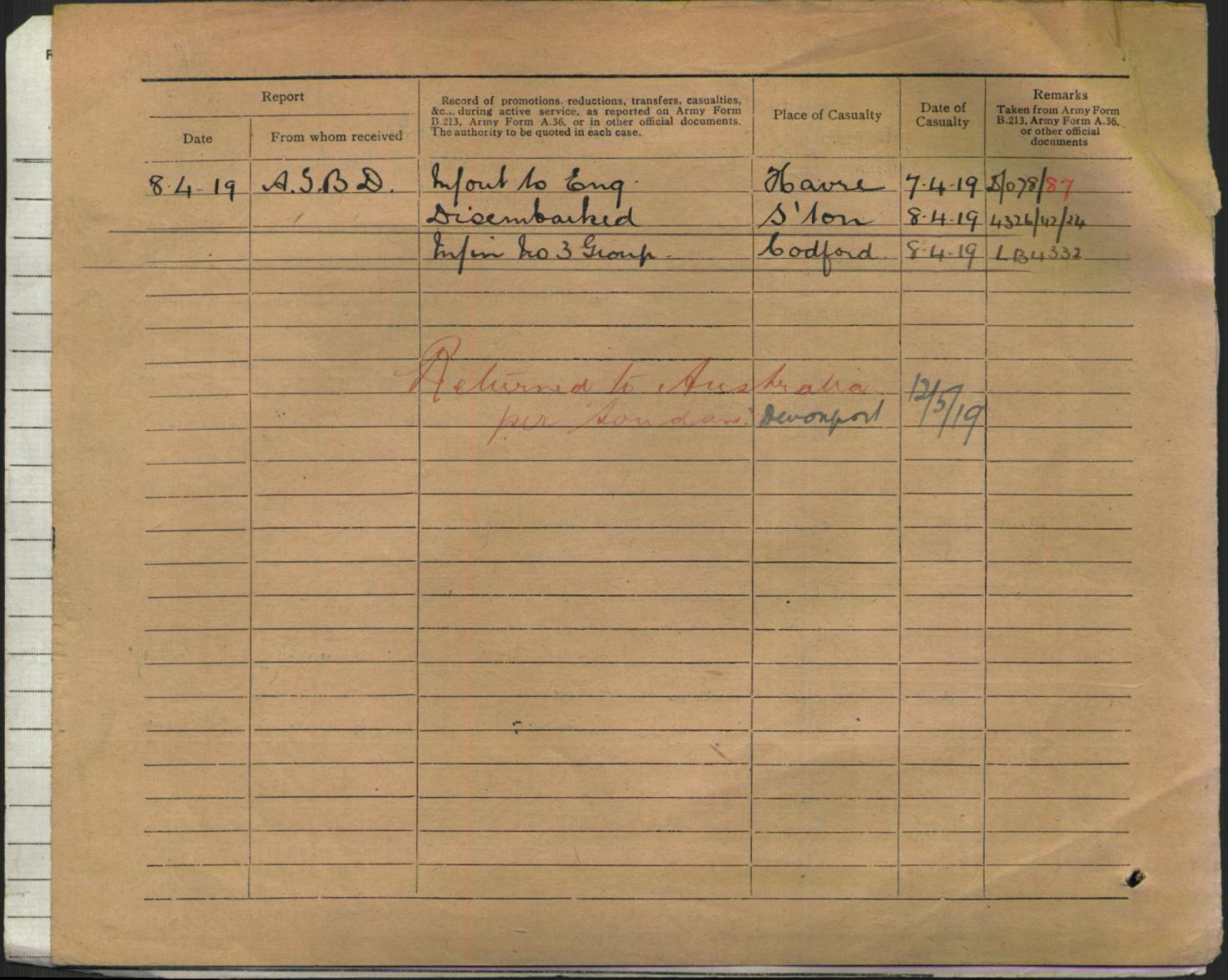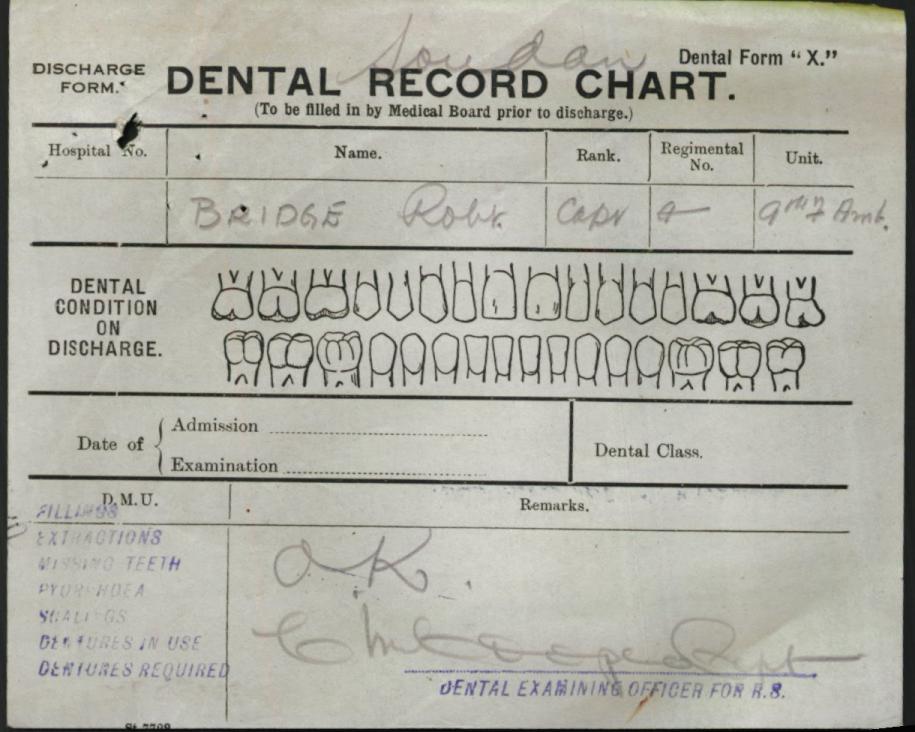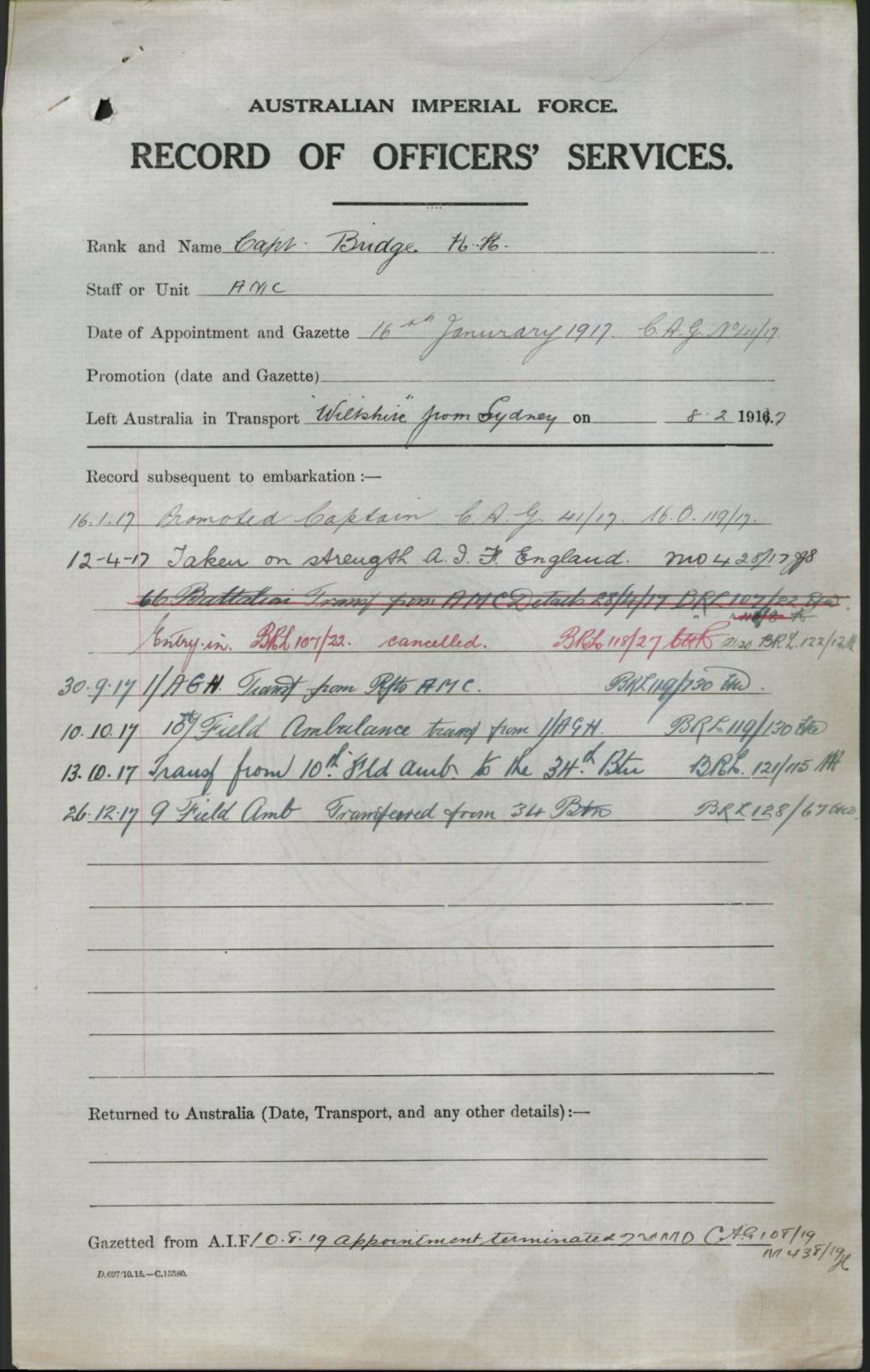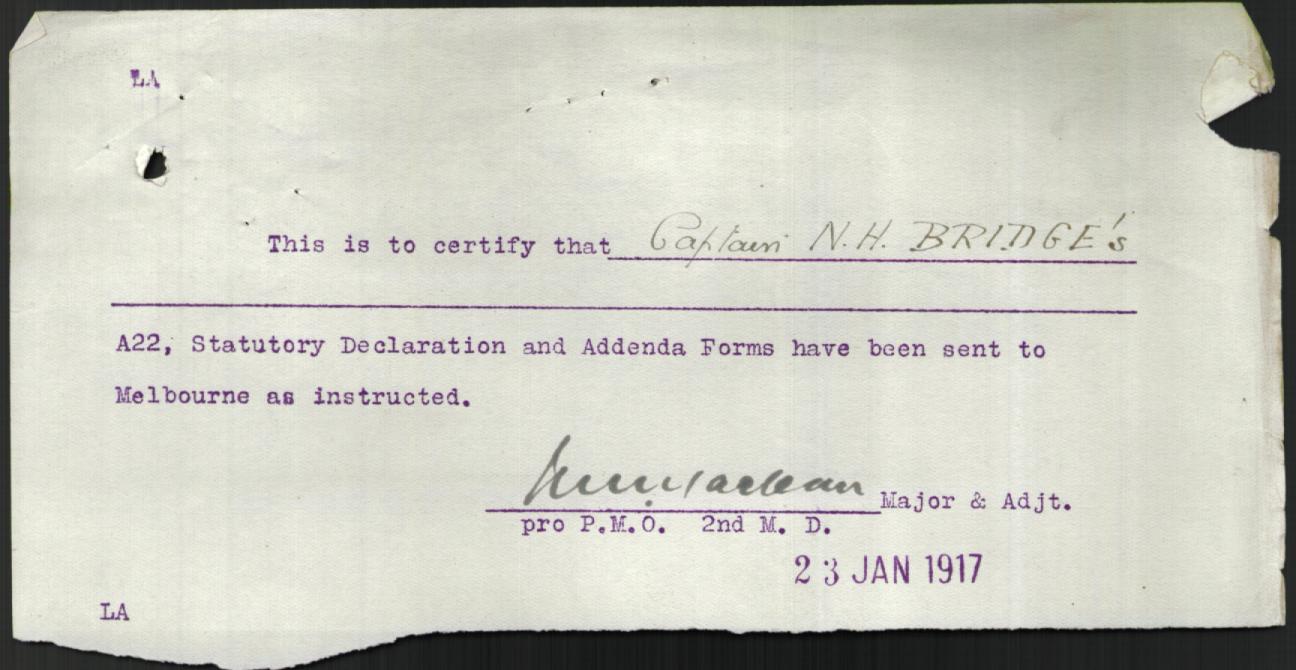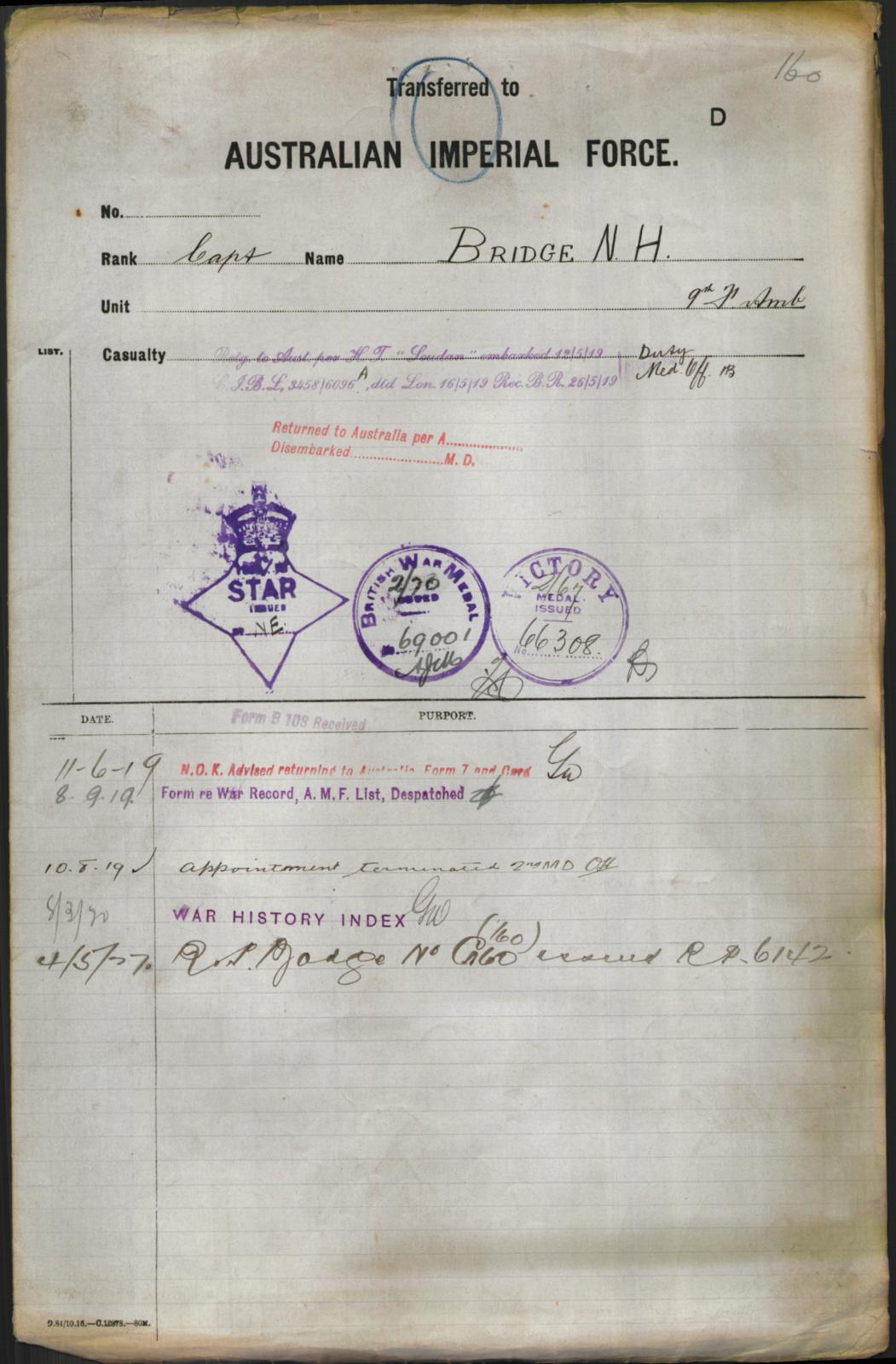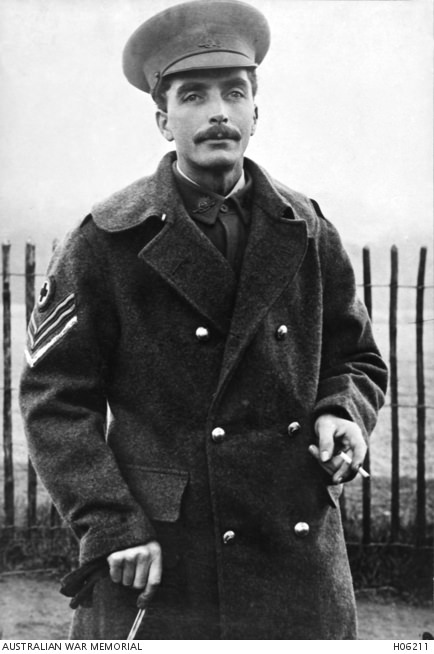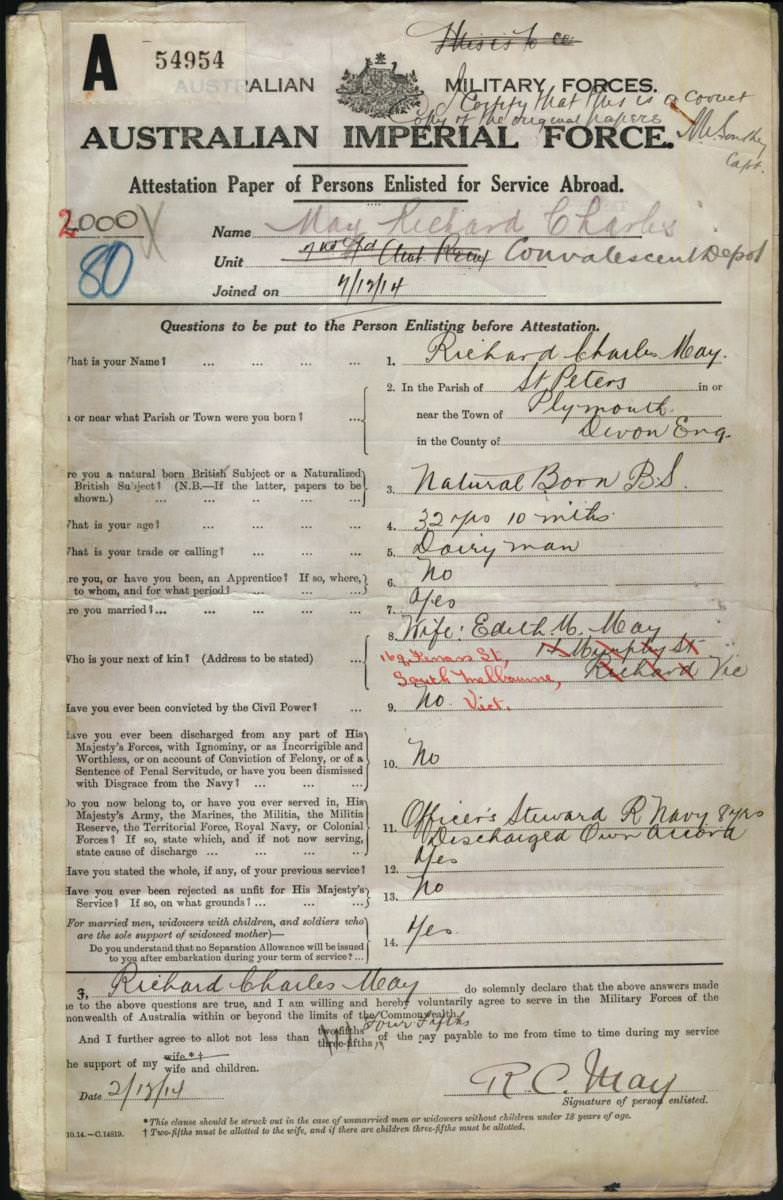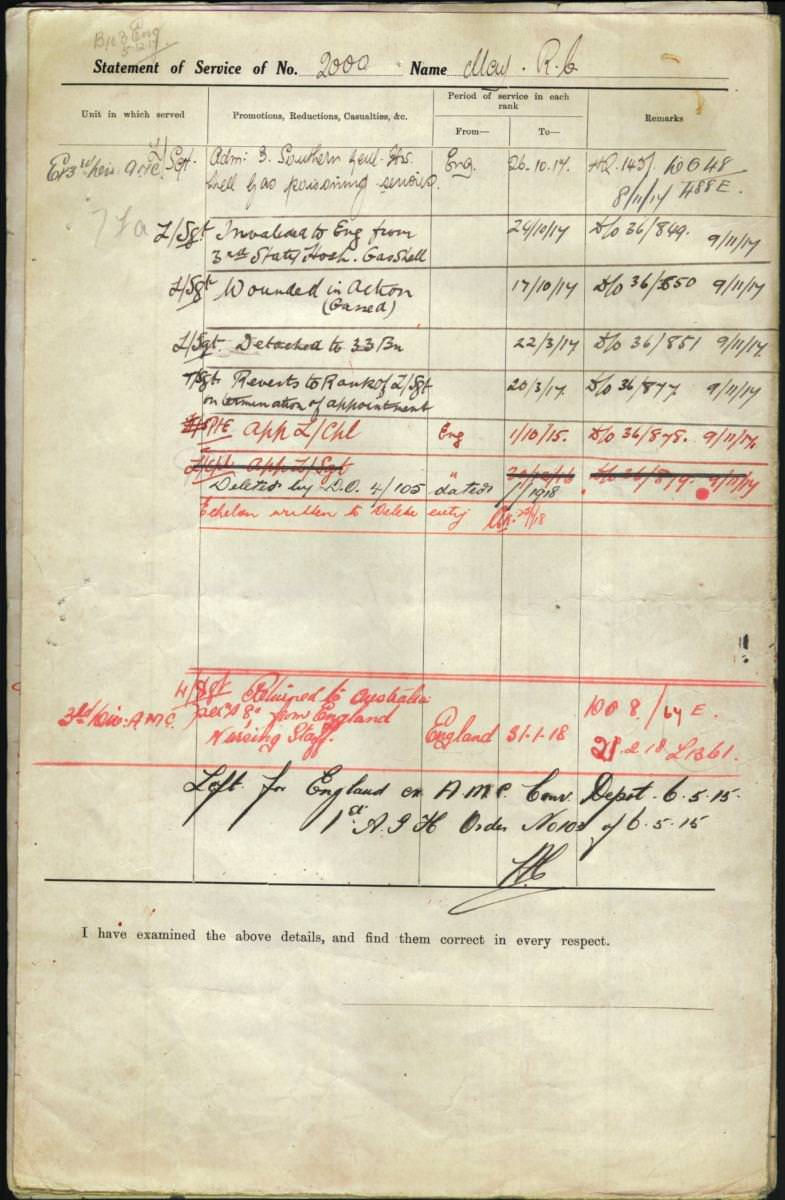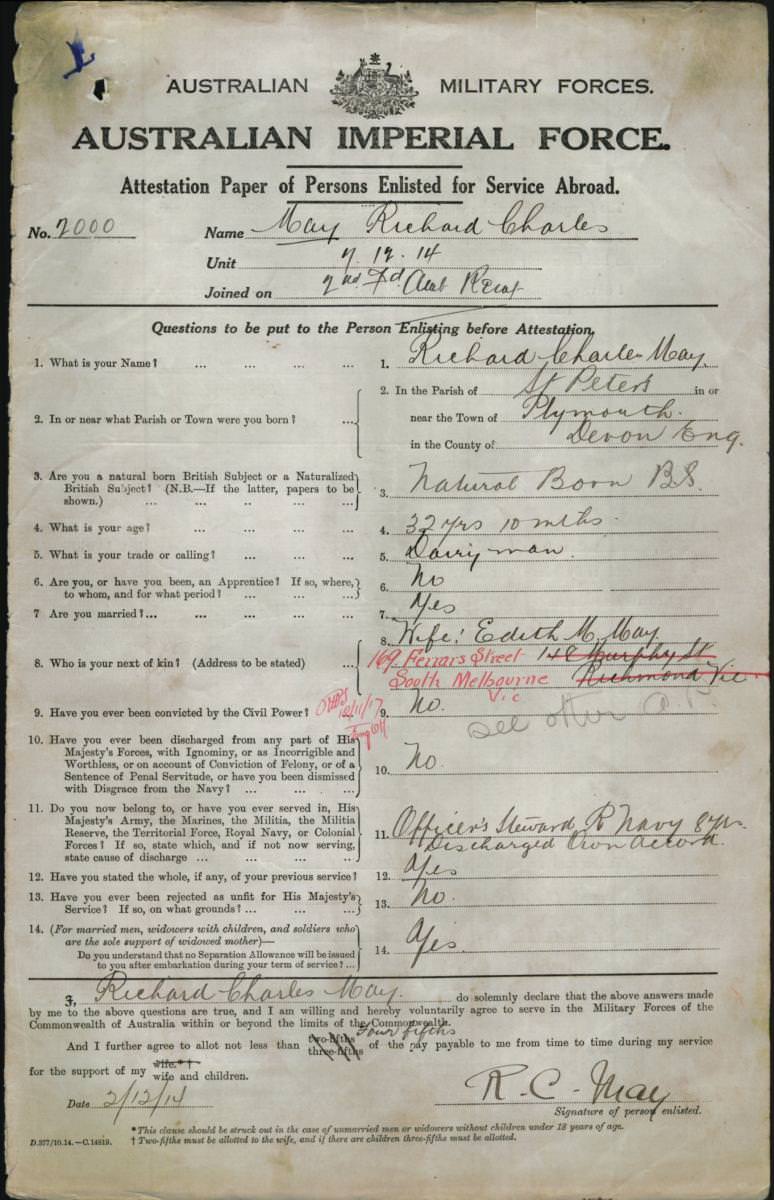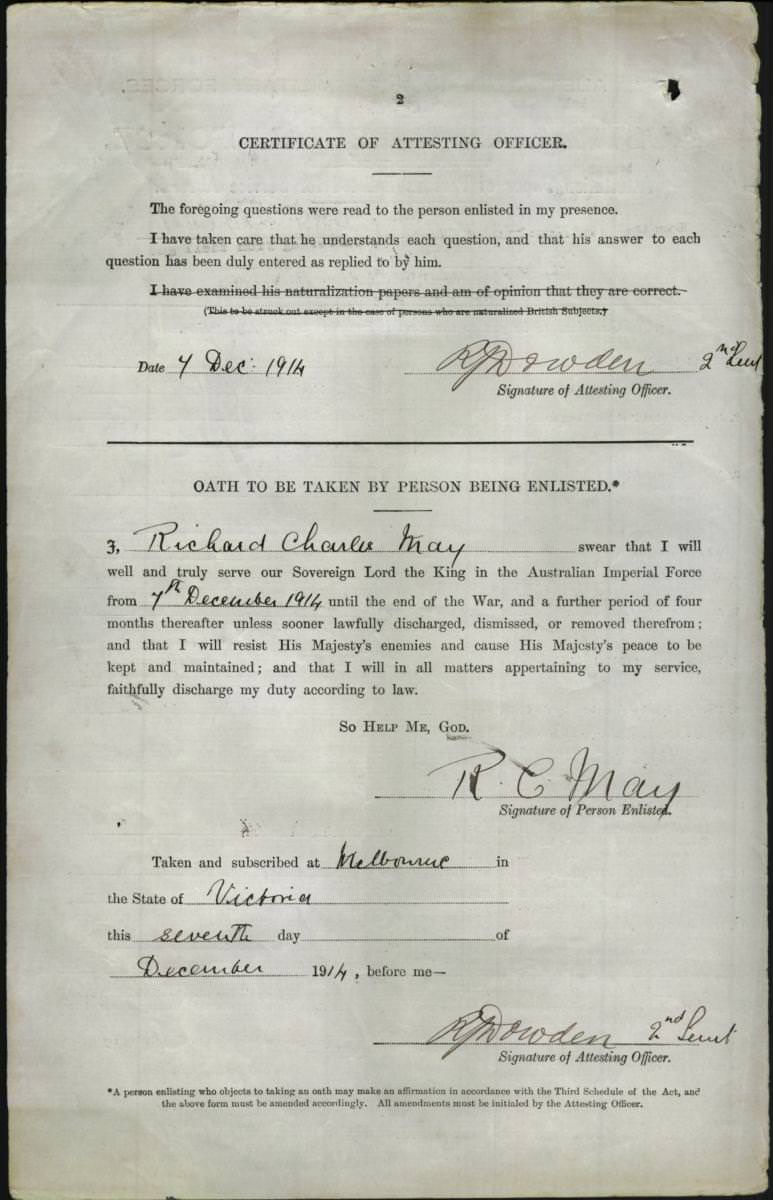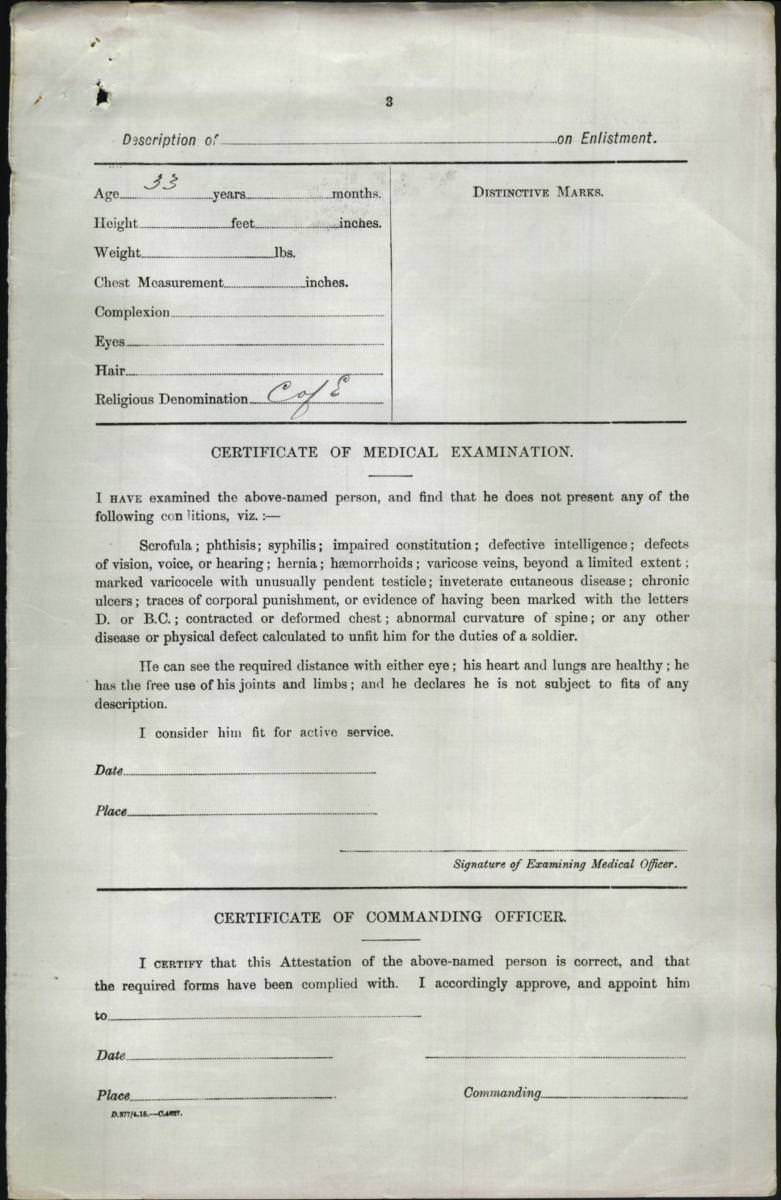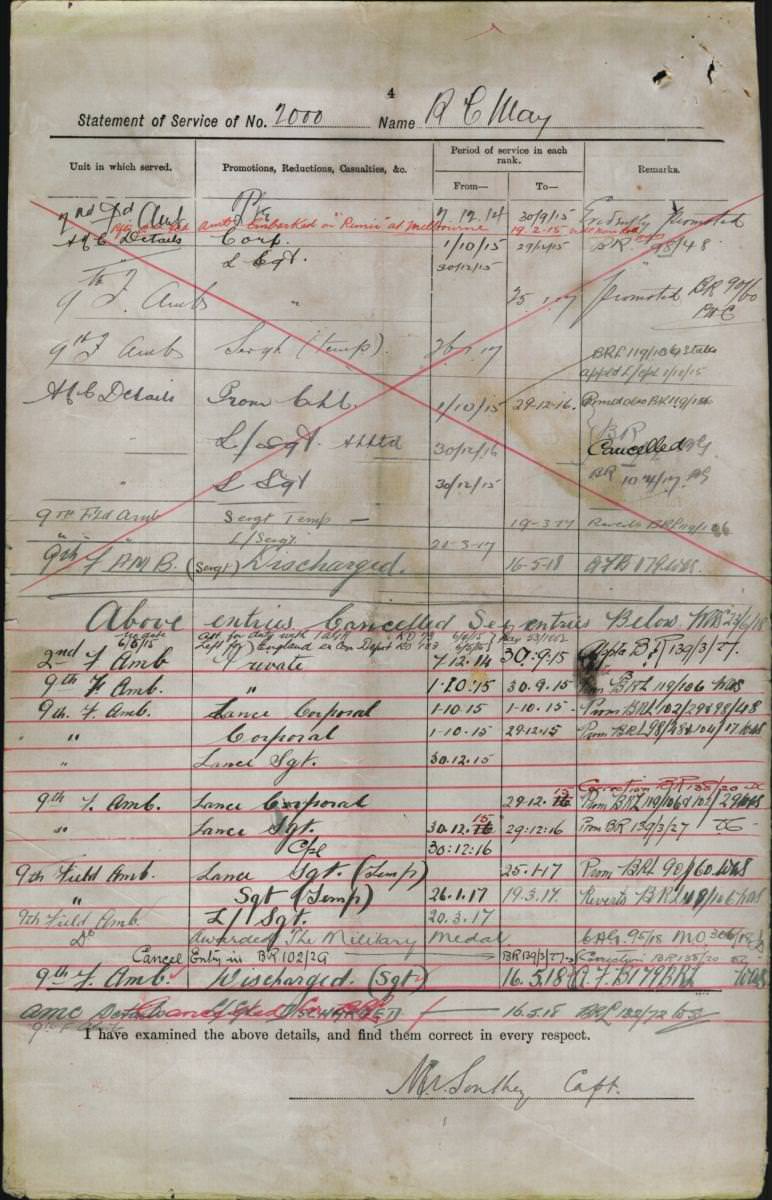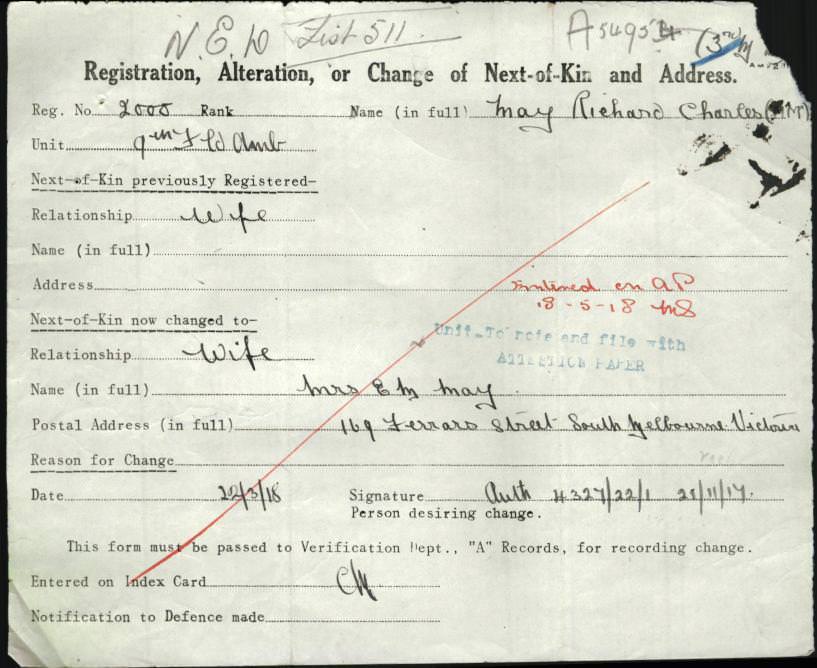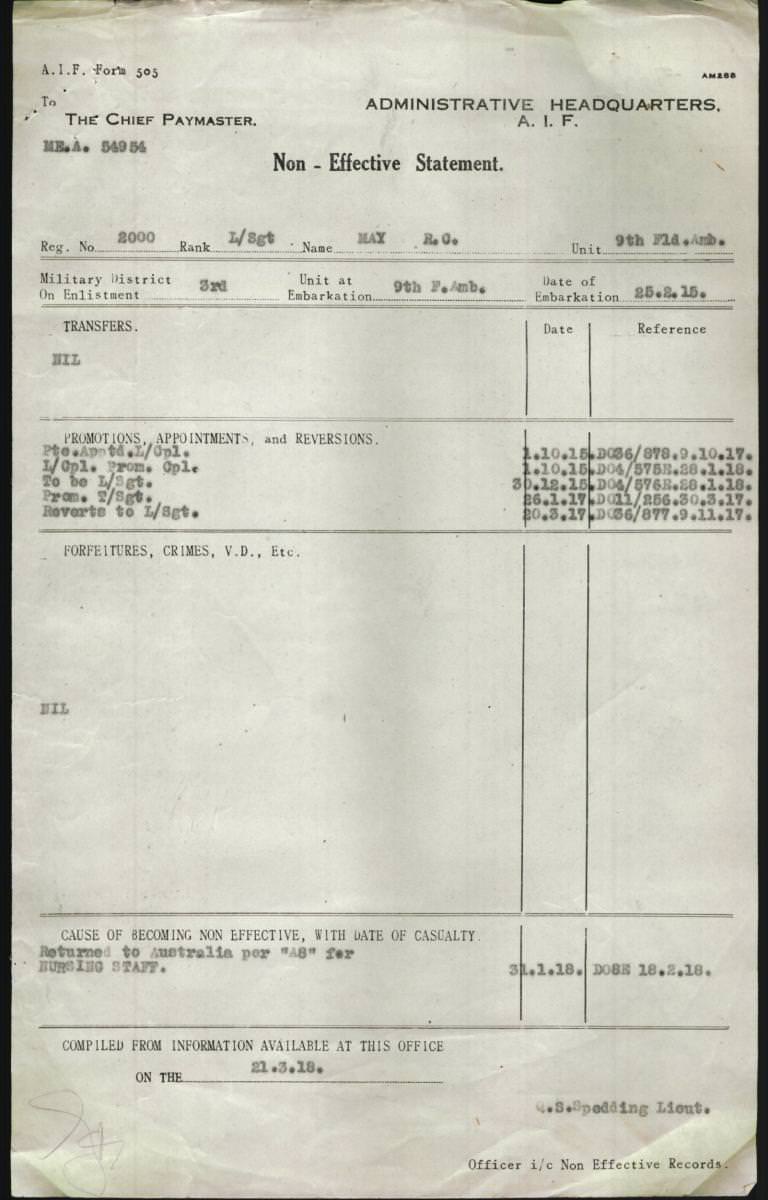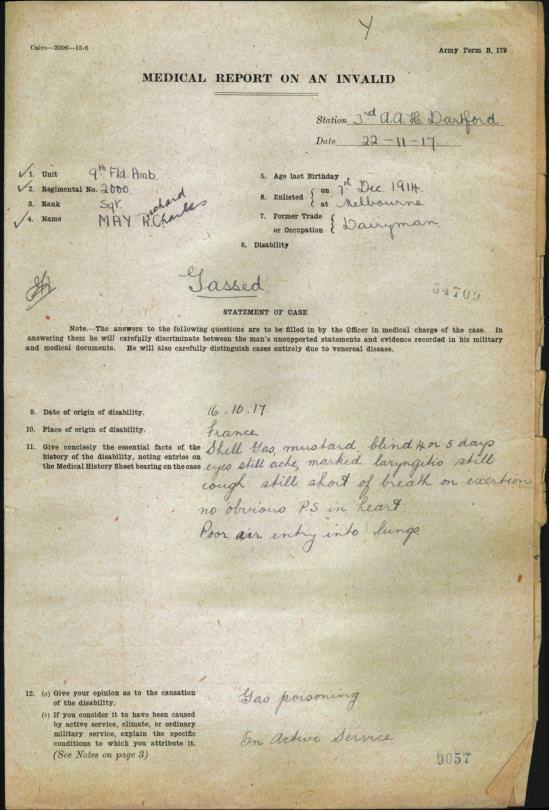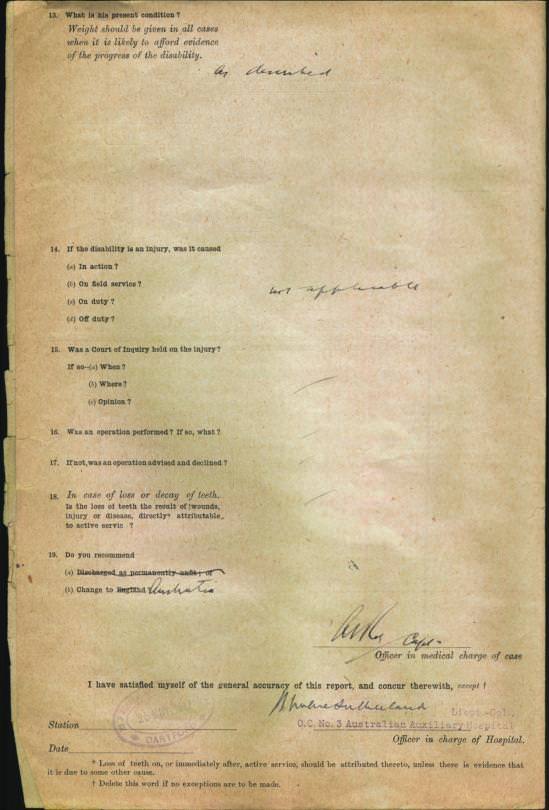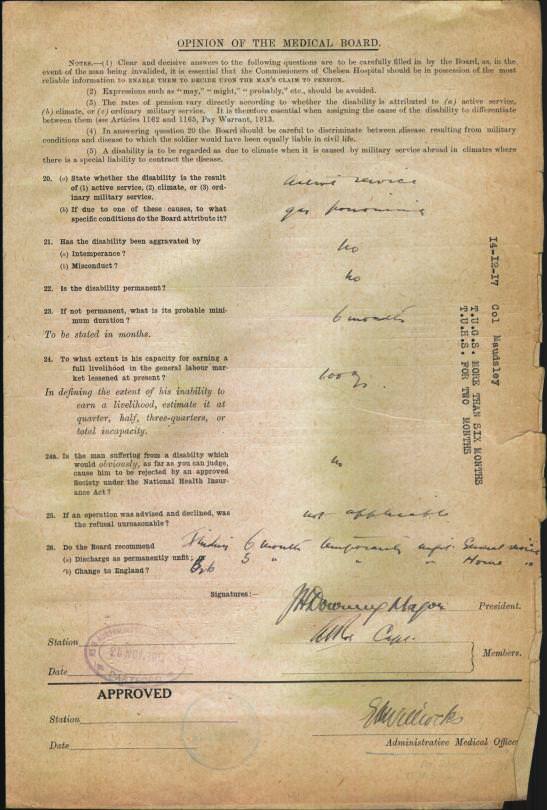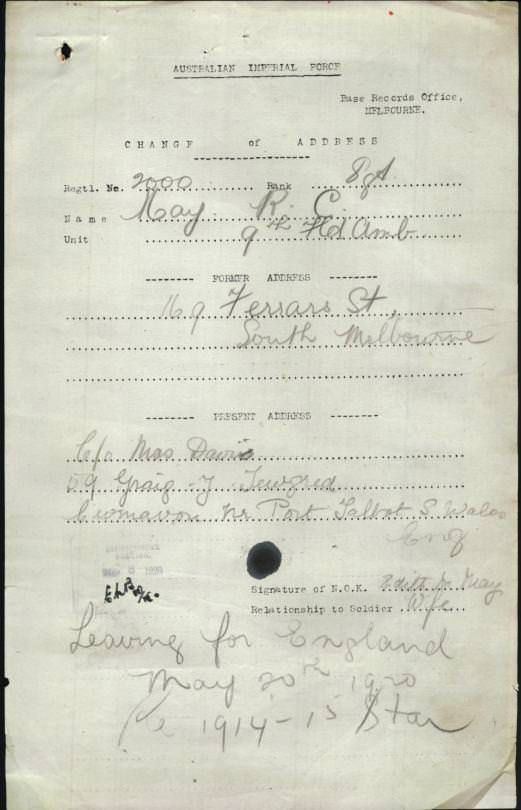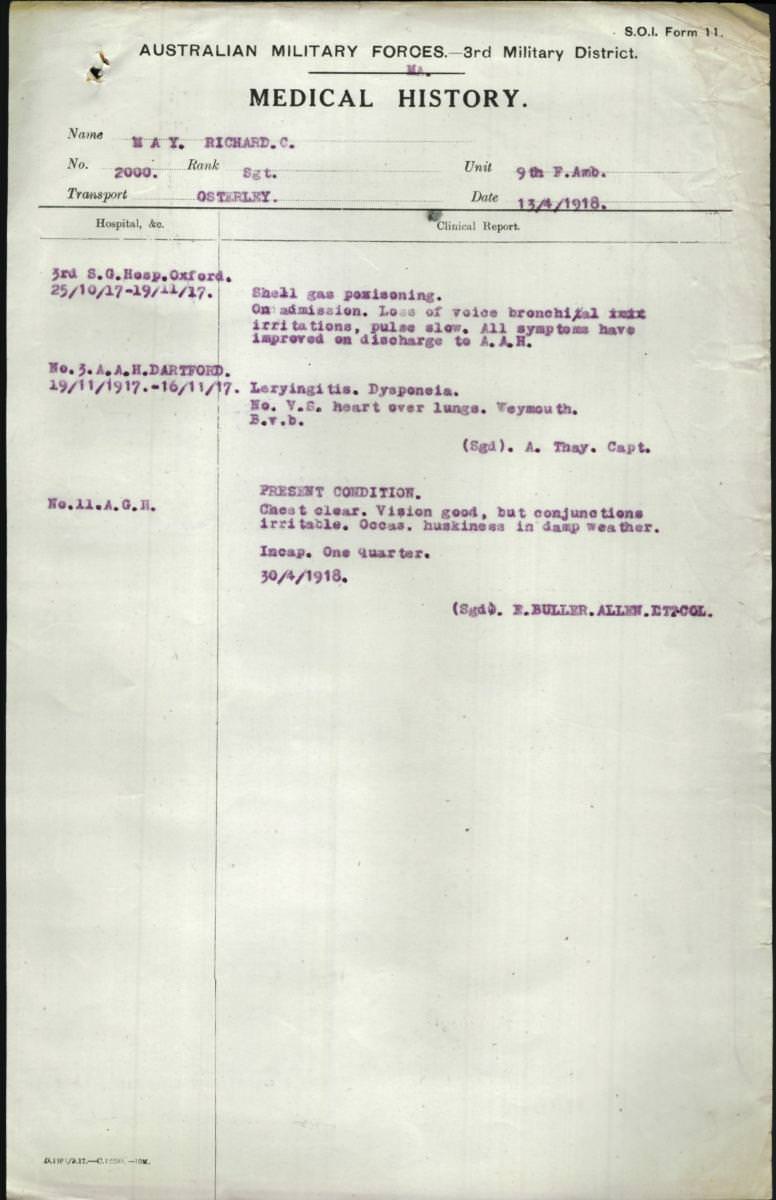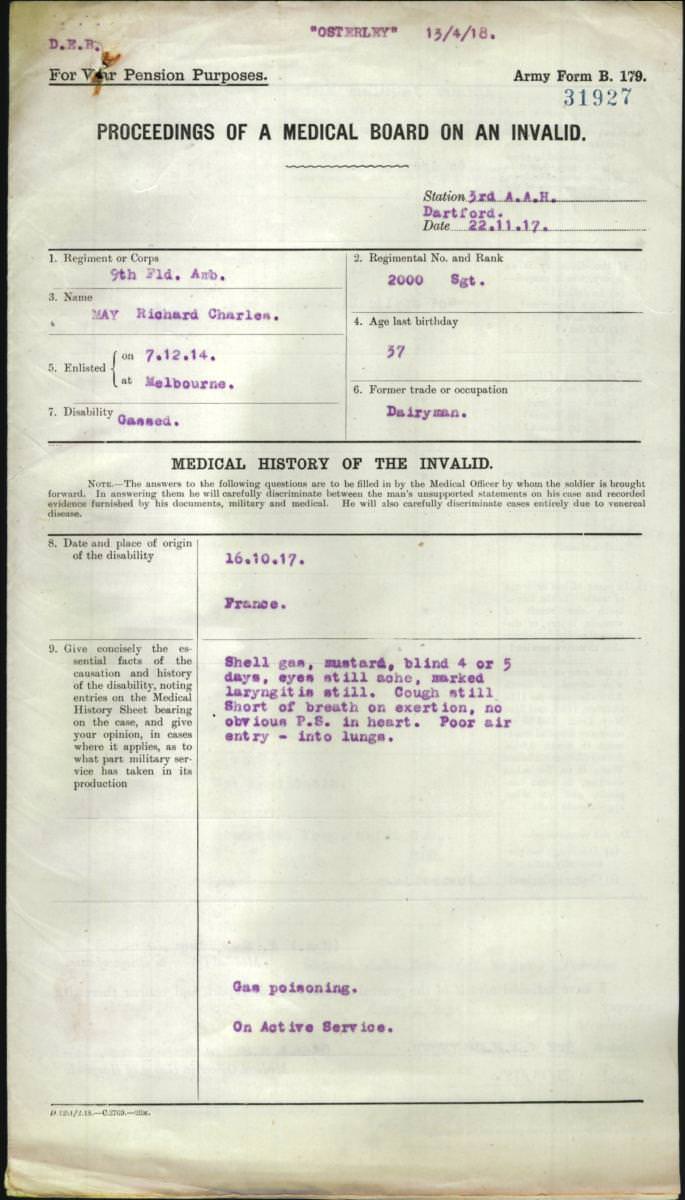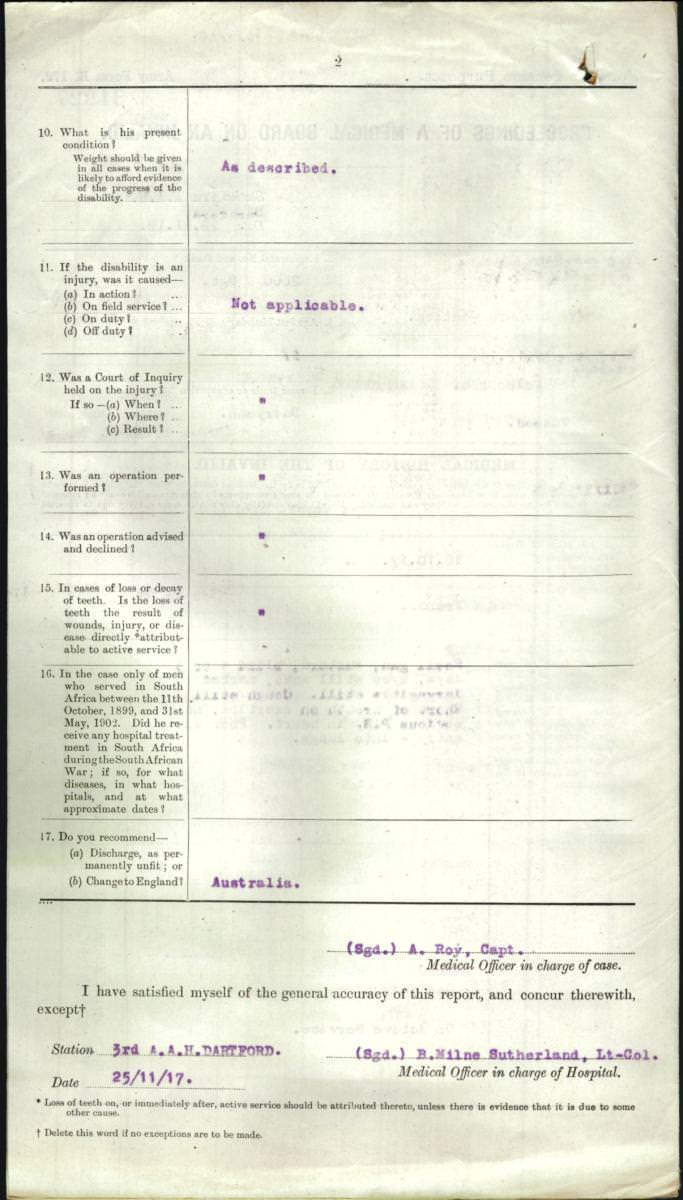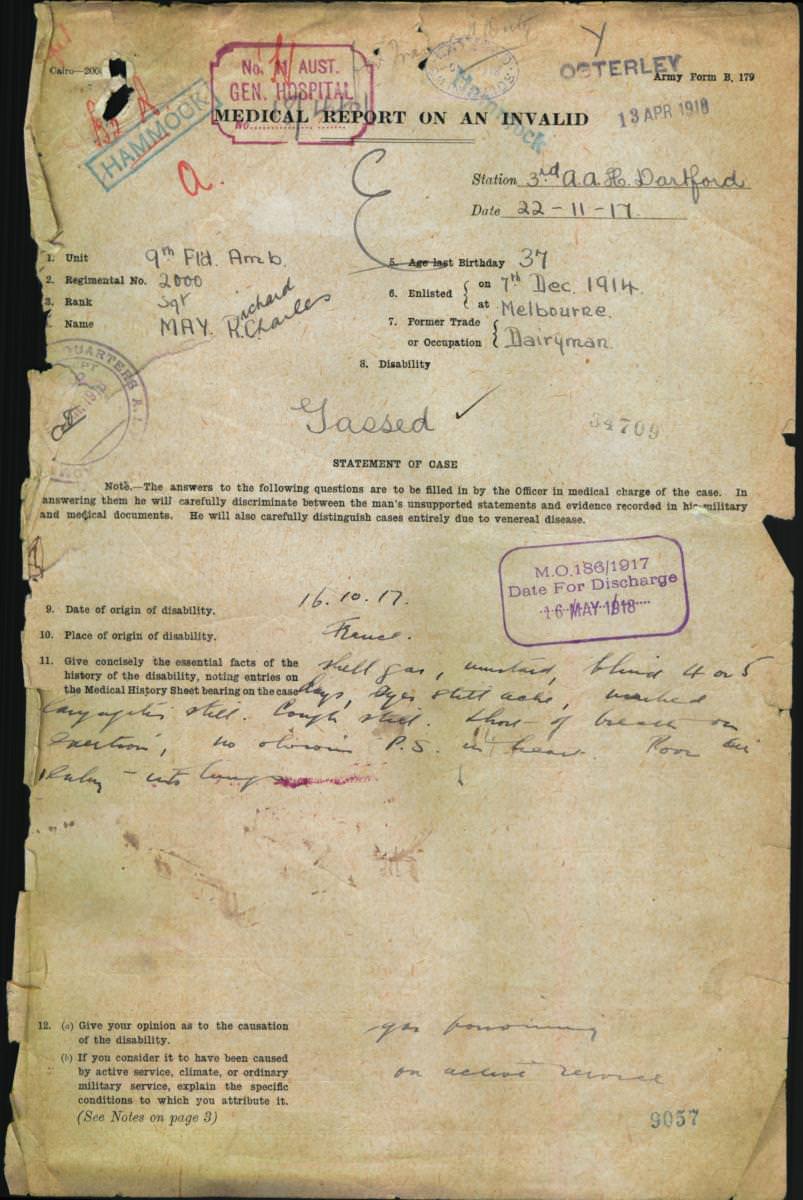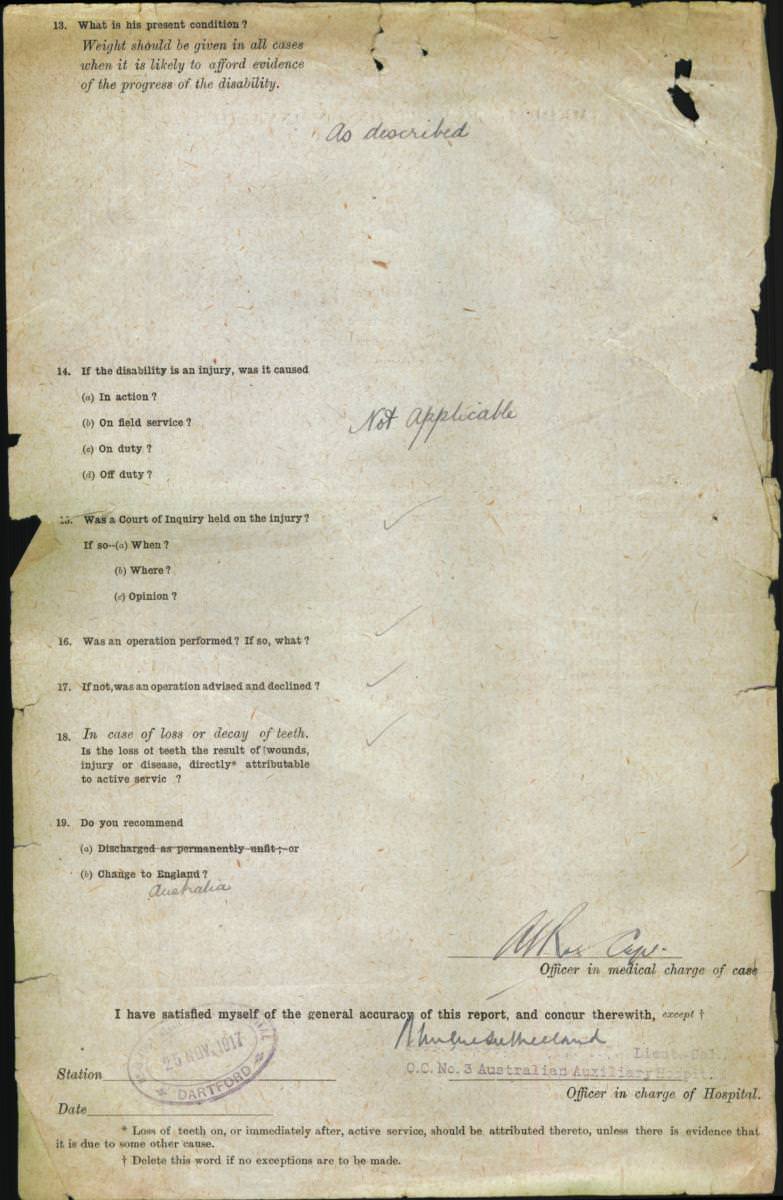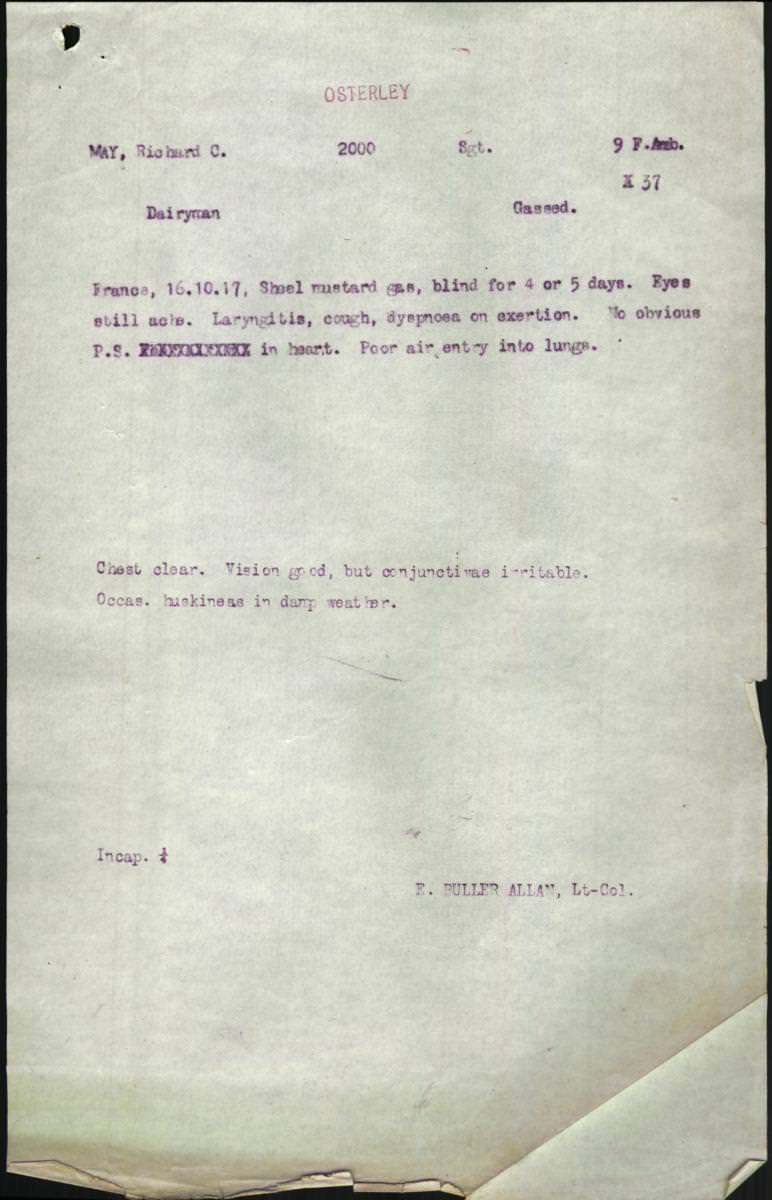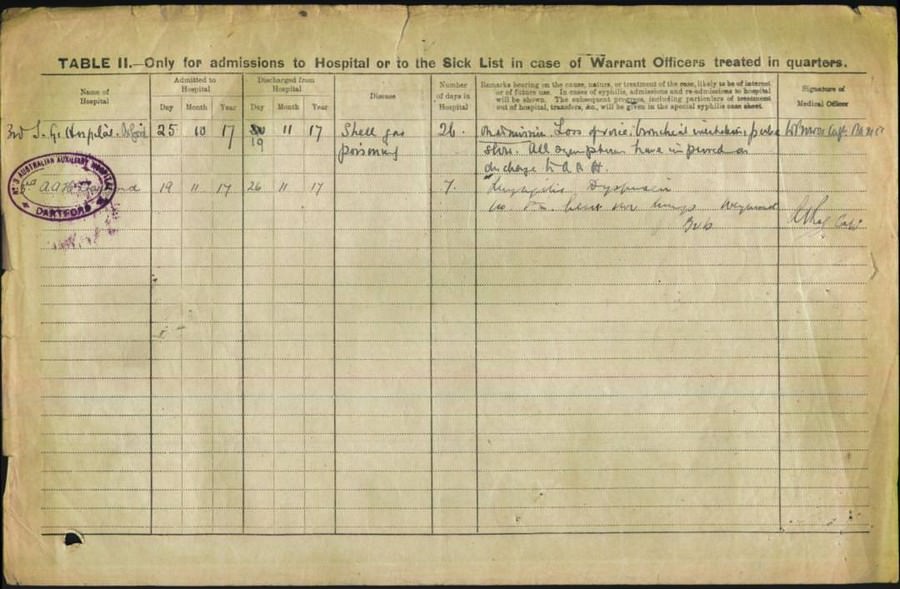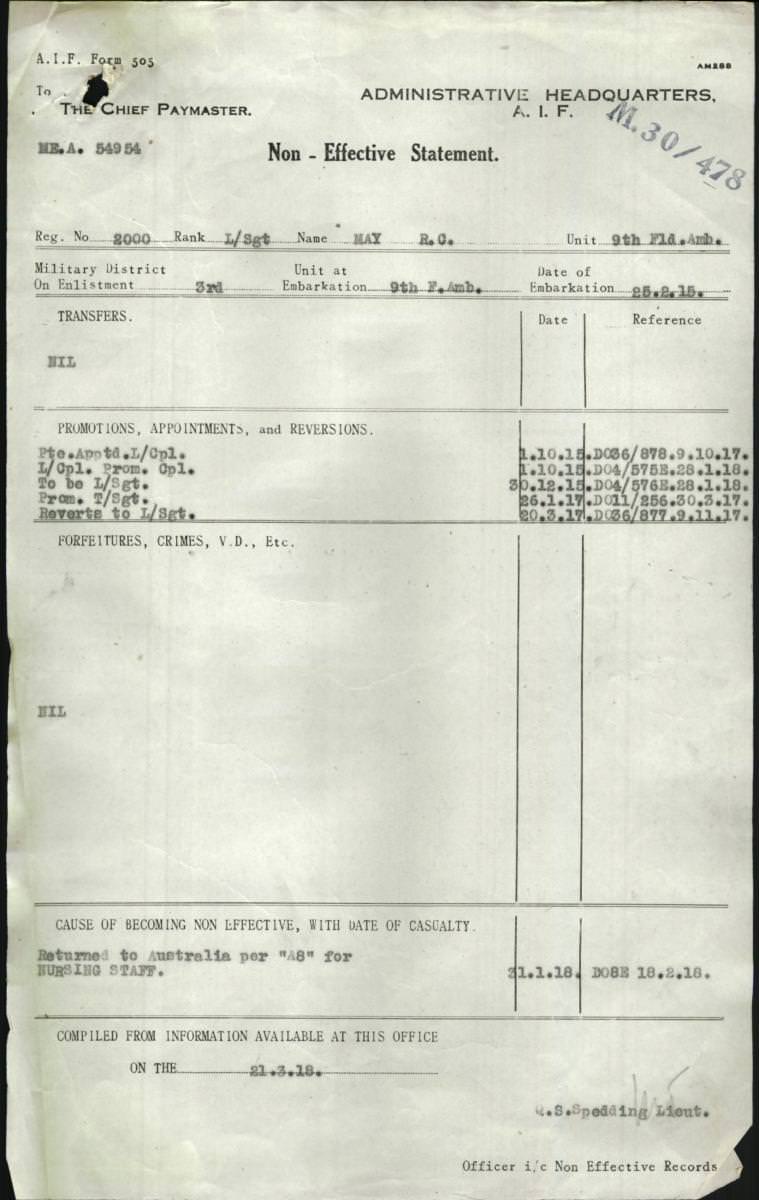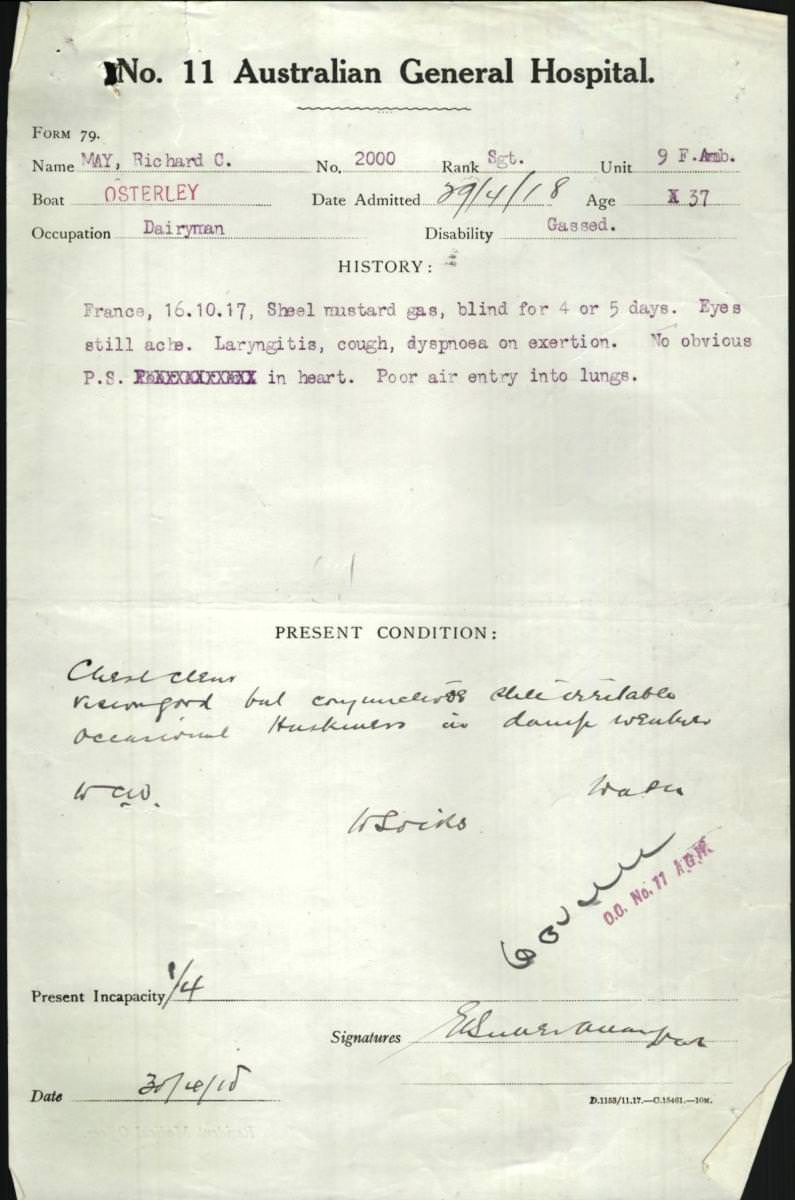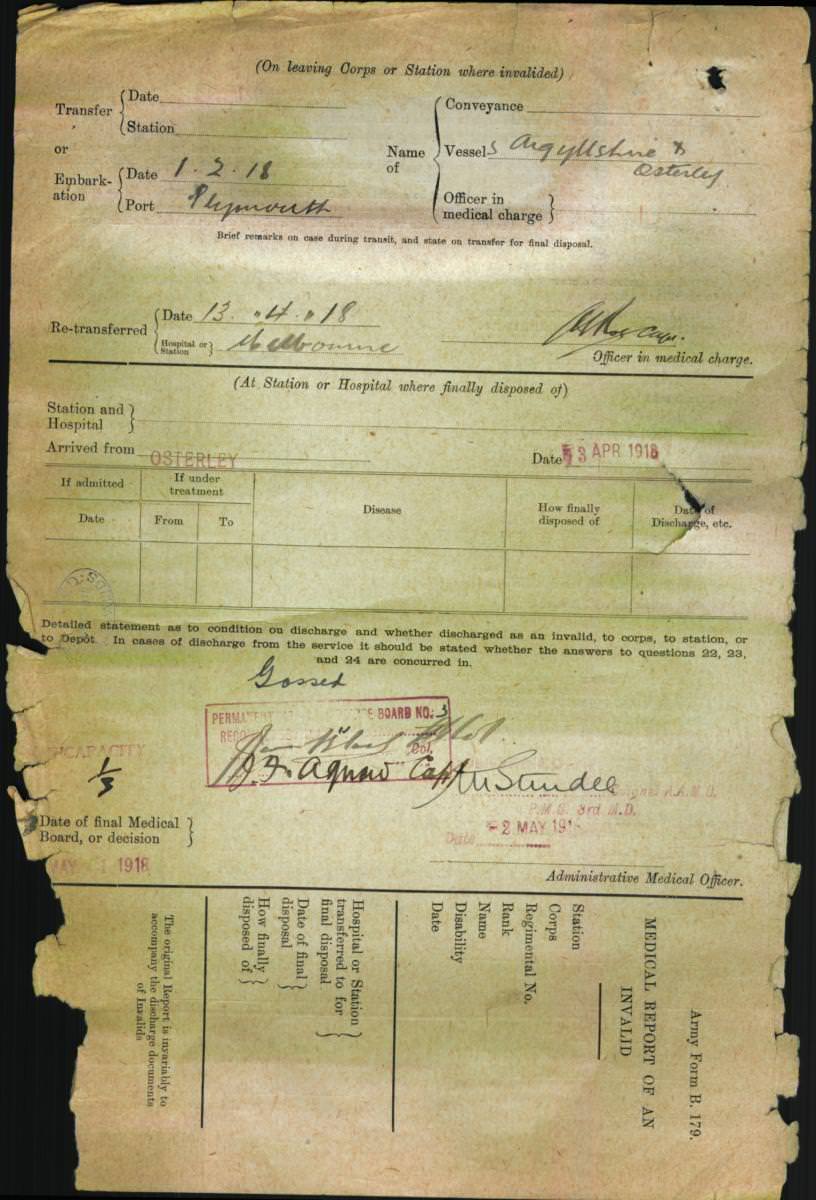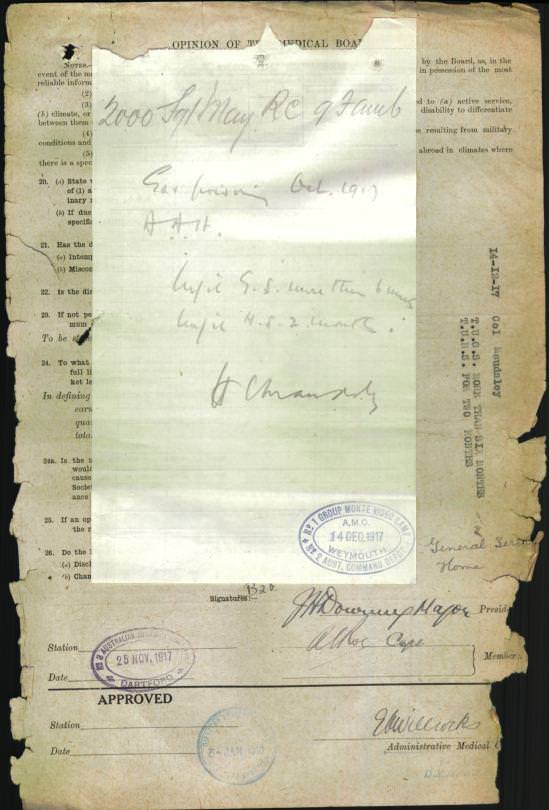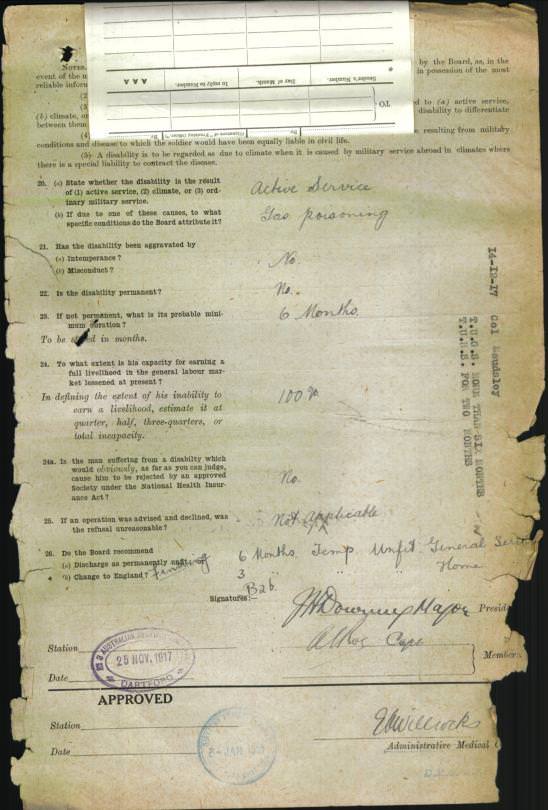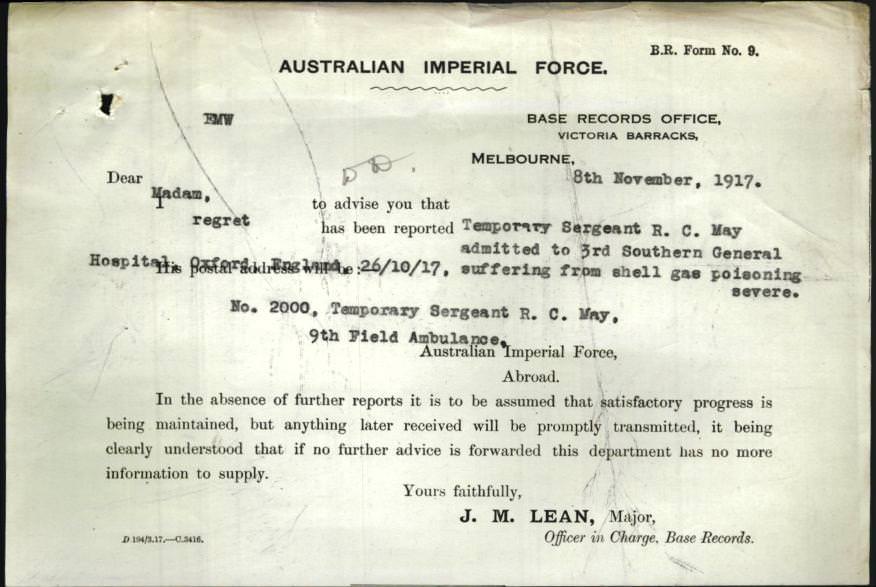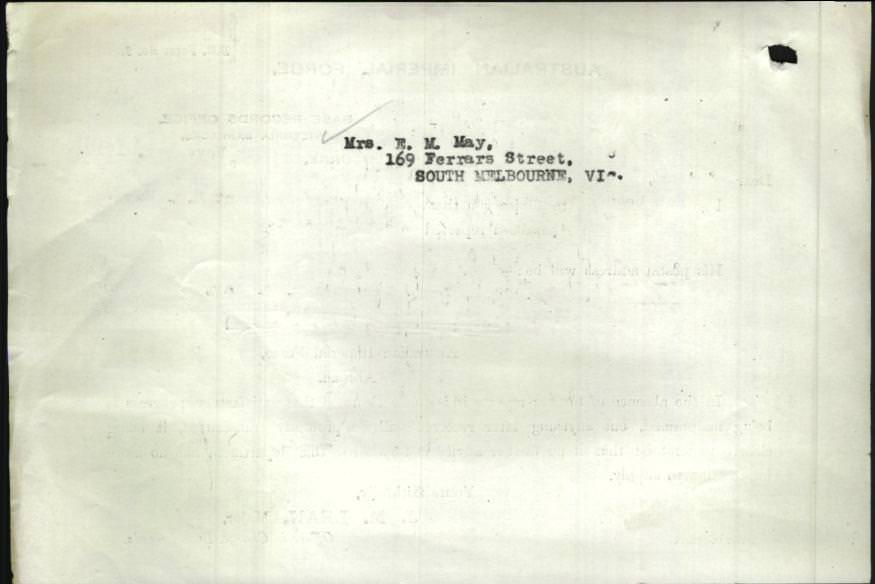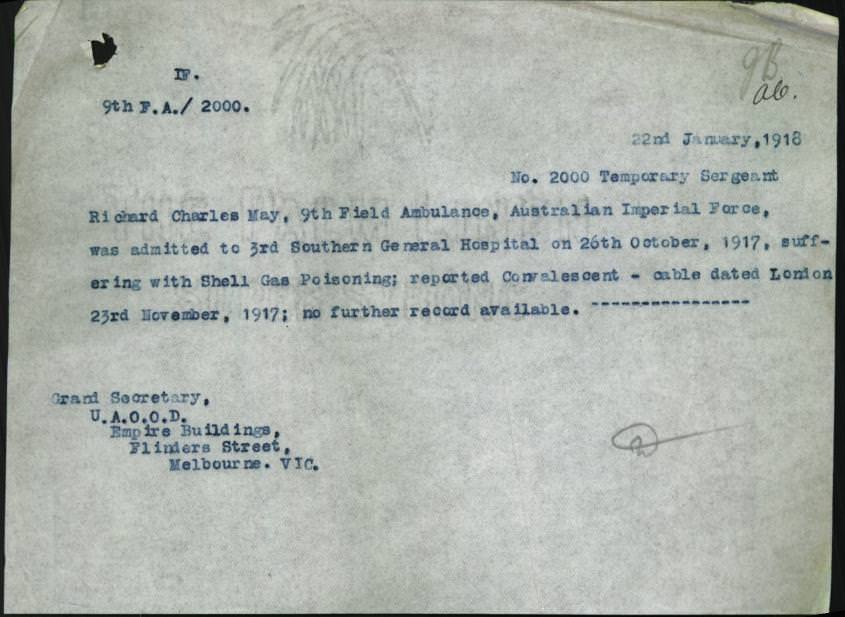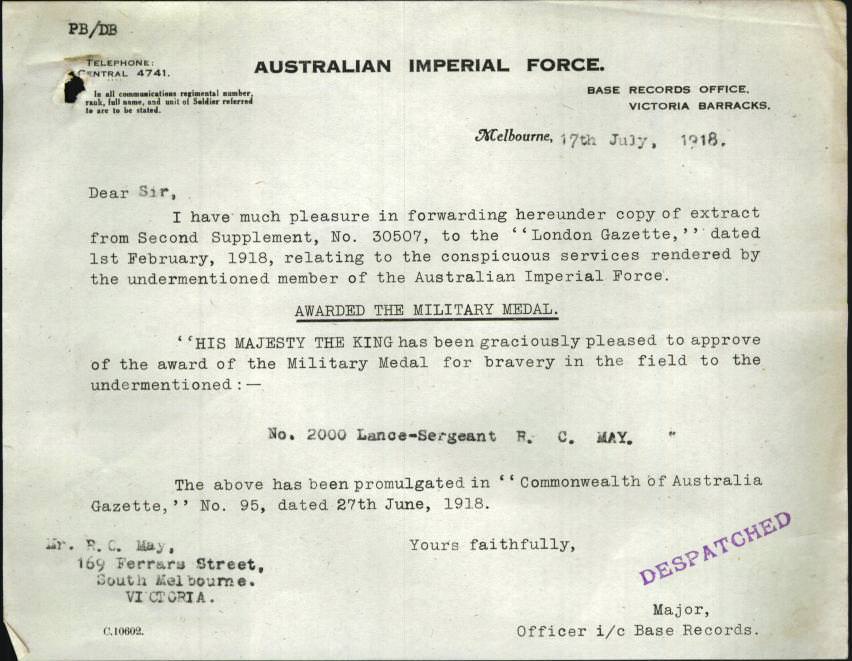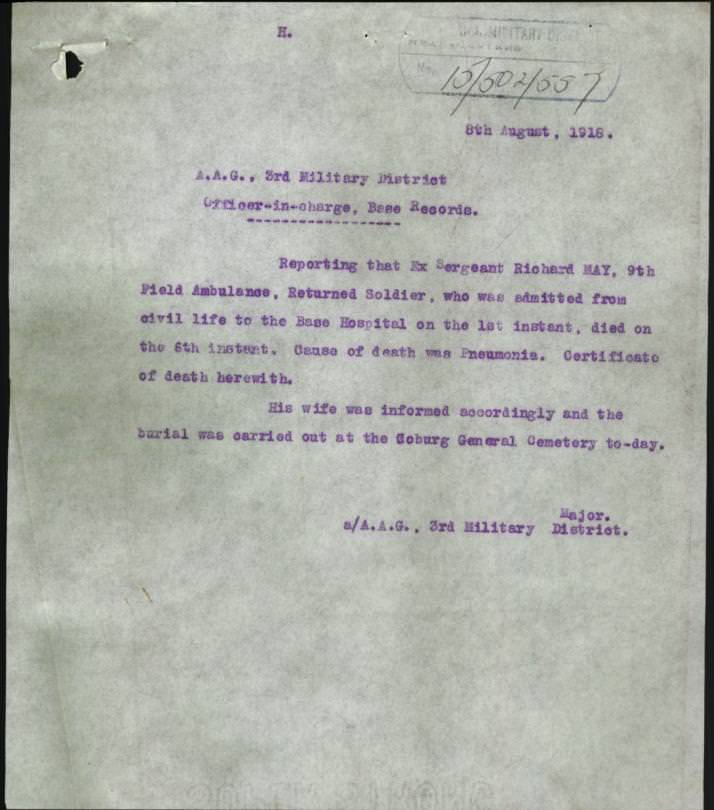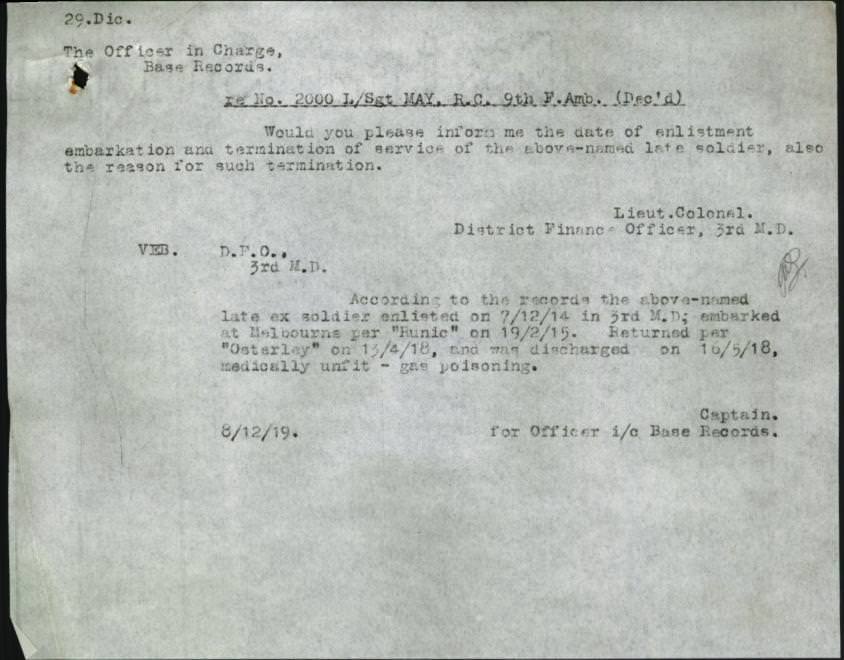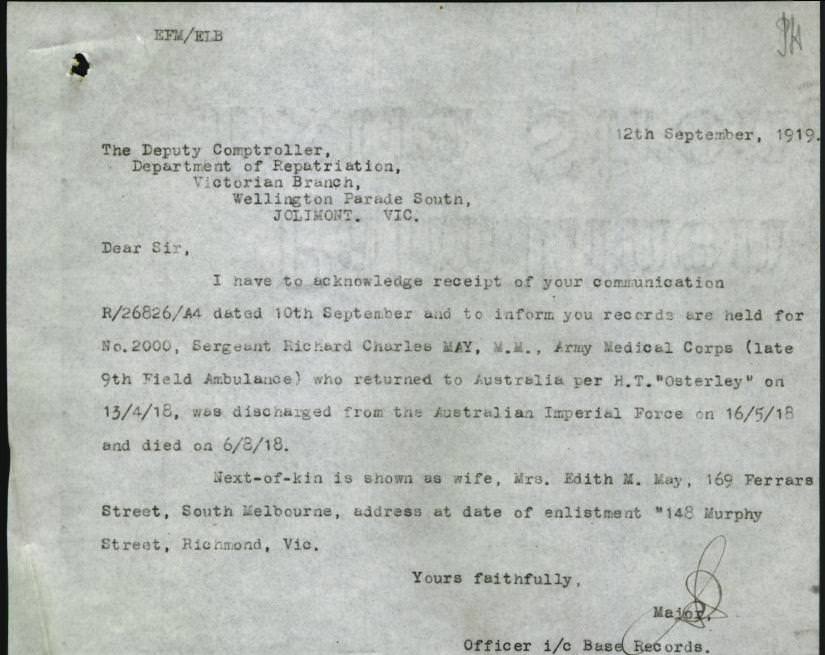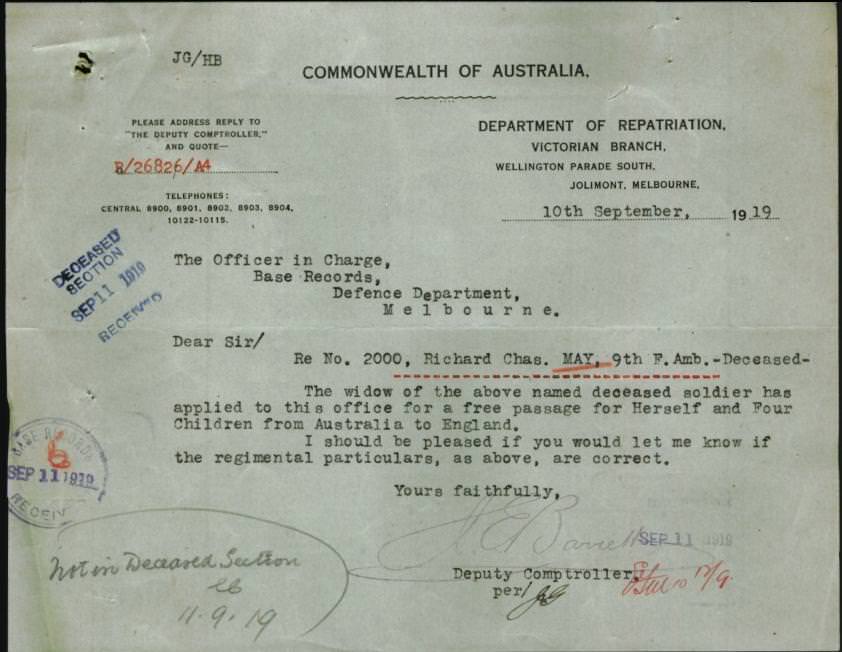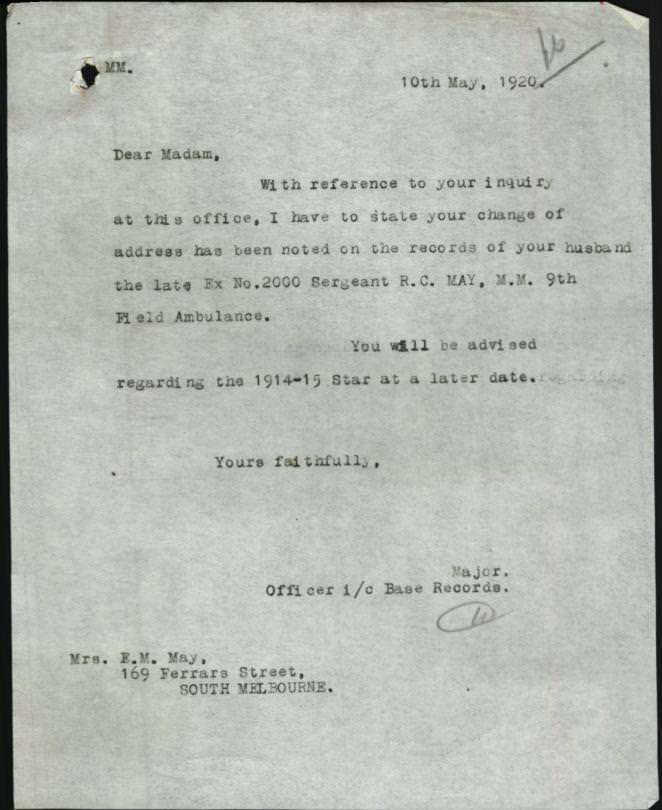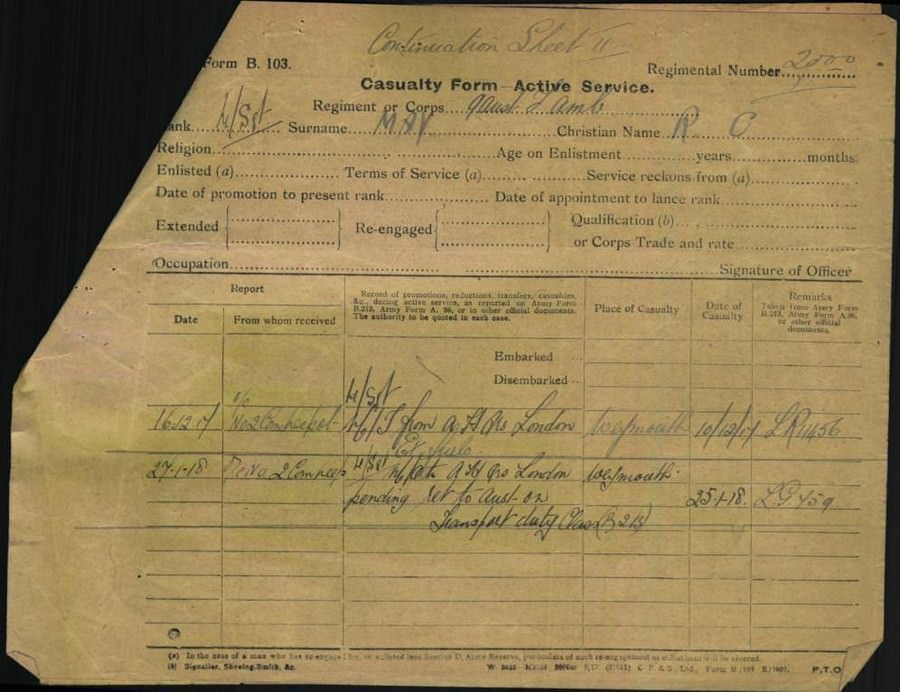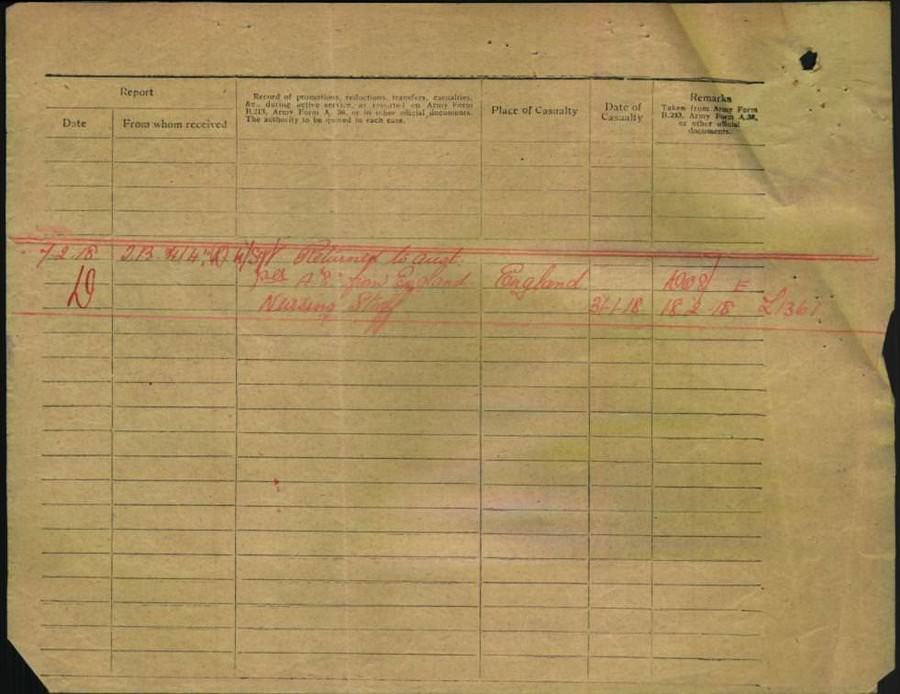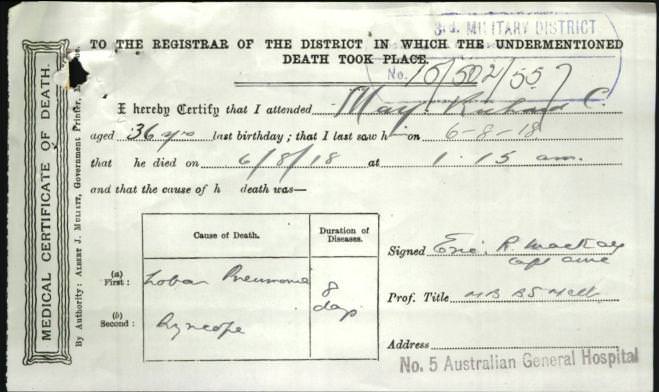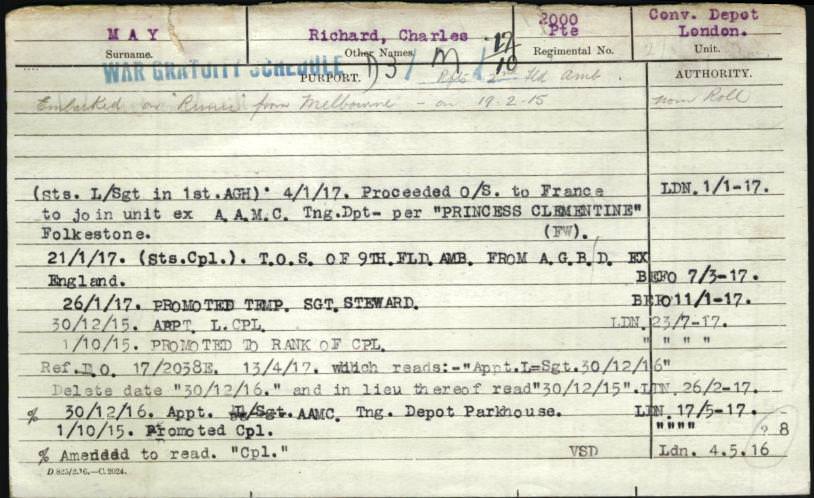
9th AUSTRALIAN FIELD AMBULANCE - 34th BATTALION A.I.F.
2nd Lieutenant: 11921 Stanley Robert CALLAGHAN.
Born: 1893. Sydney, New South Wales, Australia. Birth Cert:1933/1893.
Died: 1st October 1917. Killed in Action Zonnebeke, Belgium.
Father: Robert Samuel Callaghan. (1860-01/04/1946) Died Chatswood, N.S.W. Death Cert:1658/1946.
Mother: Alice Emily Callaghan. nee: Whitehead. (1862-1947) Died Chatswood, N.S.W. Death Cert:7873/1947.
INFORMATIONStanley Robert Callaghan enlisted with the 9th Australian Field Ambulance on the 7th September 1915 and embarked from Sydney onboard HMAT A31 "" on the 5th July 1916 and disembarked at Plymouth, England on the 1st September 1916. He proceeded overseas for France on the 23rd of November and joined the the Officers Cadet Battalion and returned to England where he was appointed 2nd Lieutenant on the 31st of May 1917 and was posted to the infantry reinforcements.
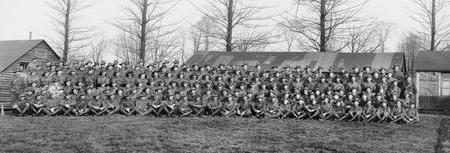 9th Australian Field AmbulanceStanley proceeded overseas via Tidworth for France and marched in to Harve on the 25th of June. Stanley was marched out to be Taken on in Strength with the 34th Battalion on the 29th of June and was Killed in Action on the 1st October 1917 at ZONNEBEKE, Belgium.
9th Australian Field AmbulanceStanley proceeded overseas via Tidworth for France and marched in to Harve on the 25th of June. Stanley was marched out to be Taken on in Strength with the 34th Battalion on the 29th of June and was Killed in Action on the 1st October 1917 at ZONNEBEKE, Belgium.
BATTLE OF MESSINES
At 10 pm on the 6th June 1917, the Battalion left its billets fully equipped for the assembly Trenches. The order of march being "D", "A", "C" and "B" Companies. All went well until just before reaching Gunners Farm, where the enemy was putting a number of Gas Shells over and Masks had to be put on. Ploegsteert Wood and the back area were receiving particular attention. All Companies were greatly delayed of the amount of Gas in the Wood, which resulted in a number of men being gassed on the way up and many others were completely exhausted. A number of men lost there way in the darkness and smoke. Many could not see at all and had to be led back by there comrades. I many cases it was the blind leading the blind. After a grueling March, the first arrivals reached the Assembly Points 30 minutes before Zero Hour, while the last company arrived only 10 minutes before Zero.
On the 7th June, seven seconds before Zero Hour, which was 3.10 am, four Miles on our front were fired. There was a violent swaying as if an earthquake had taken place and the men in many instances were thrown together. The sky was brilliantly illuminated by the explosives and terrific Artillery fire, the sound of which could not be heard over the intense Machine Gun Barrage. The men left the Trenches immediately and there were a number of casualties on the parapet owing to the heavy enemy Barrage. The supports were also being shelled and the Reserve Company ("D") suffered considerable losses. The weather was hot and sultry and every one felt the tiring march.
The Battalion passed through the 35th Battalion in the vicinity of the enemy's original Front Line, near Ulsters Switch. The enemy fire had been very severe up to this point and many men were lying here. A halt in our Barrage gave the Company Commanders an opportunity of Checking their Compass Bearings, defining their limits, and getting into position for the next advance. At the left of the Barrage a fine assault in complete waves was made. The men gained their objective in fine style behind a perfect Barrage and commenced consolidating their position. The mopping up of the Trench System was soon accomplished and many of the enemy were killed in their Dugouts. By 5.30 am fair cover had been obtained on the Consolidation Line. At 6.30 am Enemy Machine Guns were located in a rebout in "Uncertain Trench" and heavy Artillery was brought to bear on them with good results. By 7.30 am the Black Line was down to two thirds of its depth and linking up by Companies and Platoons were in progress. The enemy was seen moving along "Uncertain Trench" and also reports were received from the 33rd Battalion that the enemy was massing 1,000 yards in front. Reports of enemy movement continued throughout the early part of the morning, but Artillery co-operation helped to disperse the tendency and during the day no organised counter attack was attempted.
At 8.30 am the Line was well dug along the Front and affording excellent protection for the men. By 9.30 am only one gap remained between "A" and "B" Companies in the full length of the consolidation of the "Black Line" to the River La Douve. The Trenches being now well down, widening and sandbagging were now in progress and at 11.30 am showed very plainly in an Arial Photo as a good defensive Trench. There were repeated inquiries for water from the Front Line. Carrying Parties were suffering heavy casualties and were completely knocked up with the long distance.
At 1.40 pm Captain: Arthur Sidney WHITLOCK with "D" Company advanced to the Green Line, without Artillery support, owing to an alteration in the Zero Hour not reaching him. At 2.45 pm he reported by Runner that, having waited 30 minutes and no Artillery Barrage as arranged have been put down, he had advanced to the Green Line and was consolidating. by 7.30 pm all Companies reported that their positions were well consolidated. Just before midnight Captain: Arthur Sidney WHITLOCK was killed between the Green and Black Lines, and Captain: Robert Joseph STEWART took command of "D" Company. Patrols under the Scout Officers were sent out during the night and encountered enemy Patrols which were dispersed. A number of enemy patrols were also killed by our Machine Gun and Lewis Gun fire earlier in the night. At 5.00 am on the 8th June an enemy Plane over, flying low and inspecting our new position.
Our casualties to date had been 8 Officers and 236 other ranks. Captain: Arthur Sidney WHITLOCK and Lieutenant: 584 Leslie William Roy WARNER K.I.A. Lieutenant's Lieutenant: William Walter MATTHEWS Lieutenant: H McLEOD, Lieutenant: B McKENZIE, Lieutenant: B BRODIE, Lieutenant: Thomas Clifton PITTAWAY, and Lieutenant: Frederick Winn WALKER wounded.
During the morning the enemy put over a heavy Barrage of 7.7's and 4.5's. Captain: Robert Joseph STEWART sent a message by pigeon that our own Heavies were dropping a few Shells short and doing some damage to our own Trenches and causing a few casualties. Several messages were sent back but it was some time before the matter was rectified. At midday enemy Machine Gun Fire from the vicinity of Potterie Farm, about 300 yards from our Front, was very troublesome. At 4.00 pm our Artillery opened up a heavy bombardment which continued for four hours. This was replied to by the enemy at 8.30 pm and was particularly heavy north of La Douve. Ten minutes after this opened all communication lines were cut and messages were sent on the Power Buzzer. By 10.40 pm everything had become normal and the night was fairly quiet.
On 9th June 1917, Lieutenant: Clarence Smith JEFFRIES. with a Patrol of 50 Other Ranks left our Trenches at 4.00 pm with the object of reconnoiting Potterie Farm. This Patrol cam under heavy Machine Gun fire and on returning reported the position was fairly strongly held. Lieutenant: Clarence Smith JEFFRIES. was wounded, 2 Other Ranks killed and 3 wounded.
On the night of 12th June the Battalion moved out to Vauxhall Camp and here reinforced by reserve men from Morbecque. The whole operation had been most successful, in spite of the difficult approach March, caused by the wearing of Gas Masks and the darkness of the night. About 3.30 am an unusual occurrence happened when one of our Planes, flying low for observation, was struck by one of our Shells and was cut in halves. During the whole period rations were taken up as usual, the limbers and Carriers being constantly under heavy fire. Many brave deeds were performed and a number of Officers and men were recommended for decorations which were in many cases awarded later. Total casualties were 10 Officers and 399 Other Ranks.
On 14th June the Battalion moved to billets near Vieux Berquin for rest and training. The next day the Corps Commander, Lieutenant General: Sir Alexander John GODLEY inspected the Battalion at Doulieu. Captain: Charles Edwin Woodrow BEAN Australian War Correspondent, was also present. The following day General: Herbert Charles Onslow PLUMER, Army Commander, interviewed the Officers and addressed them. The weather was fine and the men had a good time bathing, writing letters and resting, while reorganization and training was carried out.
On the 21st June the Battalion moved back to Vauxhall Camp and the following day went into tents at Neuve Eglise and relieved 1st Wiltshire Regiment. Training, sports and other competitions were carried out. The weather was fine and enemy planes were very busy strafing our Observation Balloons and the Artillery on several occasions shelling Neuve Eglise. Whilst Here the DUKE of CONNAUGHT held an inspection at Bailleul, the Battalion being represented by Captain: Robert Joseph STEWART Coy Sergeant Major: 225 Thomas Brown NORMAN. and 3 Other Ranks.
On 27th June a Sports Day was held and the enemy livened up the proceedings by setting fire to four of our balloons at the one time. During the evening the Cooees gave a concert. At 9.00 pm the same evening the Battalion marched to the rear of Middle Farm and relieved the 36th Battalion in reserve. From here the Battalion supplied Working Parties during the night time. The enemy shelled continuously and there were a number of casualties. The Transport had a very difficult time taking up the Rations along the track which was being continuously shelled, especially in the gully near Railway Line.
On the 1st July about 4.30 am the Transport came under heavy shell fire and Sergeant: 1482 Timothy "Tim" Daniel MALONE, who was in charge, called a halt for a time. When things appeared a little quieter he decided to make a dash for the Ration Dump. When about 300 yards from it a heavy shell struck the Transport, killing Sergeant: 1482 Timothy "Tim" Daniel MALONE and a storeman and wounding three others. The Limber was upset into a hole and the Mules killed. The wounded having been taken back, the Rations were delivered to the Battalion, good work being done by Private: A J TAYLOR. The weather was fine but the ground was a mass of Shell Holes. Continual trouble was experienced in transporting Rations, as the enemy appeared to have good observation and always seemed to open fire on any movement. Carrying Parties had long trips to make and heavy loads to carry and were under constant Shell fire. Tracks were charged but conditions did not improve and numerous casualties were sustained nightly. Lieutenant: Henry Cecil Llewellyn BENNETT. who had charge of the Carrying Parties, did good work under trying circumstances and by his coolness set the men a fine example.
On the night of 3rd July the Battalion relieved the 33rd Battalion at Middle Farm. Lieutenant: Harold Wydham LILJA joined here with a number of reinforcements. The enemy was raining Shells on this position, but it was very noticeable that a large representation were "duds", as many 15 in succession. The Battalion was relieved by the 36th Battalion on 6th July, and on 7th July during the afternoon Lieutenant General: Sir Alexander John GODLEY held a review at Hillside Camp. Captain: Robert Joseph STEWART and Captain: Herbert Henry PERCY were decorated with the Military Cross, While 1 Distinguished Conduct Medal and 11 Military Medals were presented to Other Ranks.
Rain and Heavy Shelling made the conditions bad, but the weather cleared later and Air Fights became more Frequent, with sometimes as many as 30 enemy Planes in one formation. On 12th July the Battalion relieved the 44th Battalion in the Front Line. This was carried out with great difficulty owing to the heavy enemy Artillery Fire. On the night of 13th July the enemy opened up a heavy bombardment on our Front Line. Captain: Robert Joseph STEWART M.C "A" Coy, sent up the S.O.S. Signal and a good response was made by our Guns, but enemy movement followed. However, early in the morning many Bombs were thrown into "A" Company's Trenches from a Strong Point opposite "Gapaard Avenue".
The Trenches were very wet and muddy, with water in some places two feet deep. Ration Carriers had considerable difficulty in getting through. Duckboards were floating about in the Trenches. Rain continued to fall and conditions became worse, making the Trenches miniature canals. Heavy shelling was put over by the enemy, day and night, around "Gapaard" and "Wellington" Avenues, also "Owl" Trench, causing great damage to our Trenches.
Our 4.5 Howitzers put up a four hour Barrage to destroy three enemy Strong Points, which were causing trouble to "A" Company by throwing Bombs and small calibre "Minnies" into our Trenches, with resulting casualties. A Raid was planned for the night, but as the Howitzer Barrage failed to destroy the Strong Posts, Captain: Robert Joseph STEWART M.C sent a message asking that it be postponed. However at 9.15 pm. instructions were received from Brigade to go on with the enterprise. At 10 pm. Lieutenant: 777 George Edward HODGES. and 45 Other Ranks with two Lewis Guns attacked the Strong Posts. Immediately the party left the Trench they were met with a Barrage of Machine Gun Fire, Bombs and Grenades, from these points. The men pressed on with great determination until Cinema Road was reached.
Here enfilade Machine Gun Fire was brought to bear on them by the enemy who, it was discovered, were standing shoulder to shoulder under good cover waiting to attack. Lieutenant: 777 George Edward HODGES. successfully arranged the withdrawal of his Party under difficult circumstances. At 10.58 pm. the enemy heavily bombarded our Front and support Lines and gave every indication of an immediate attack. Captain: Robert Joseph STEWART M.C fired the S.O.S. and the answering Barrage prevented the development of the attack. Our casualties in this operation were 2 killed and 10 wounded. the Stretcher Bearers did some good work under heavy fire and succeeded in bringing in our wounded.
Private: 2333 William HUNT. Killed in Action 13th July 1917.
Private: 486 John Victor LODGE. Wounded in Action 13th July Died of Wounds 14th July 1917 .
The Battalion was relieved by the 36th Battalion on 17th July and moved to a position of support in "Huns Walk" and the Subsidiary Lines in fron of Messines. During the process of the relief the enemy sent over a great quantity of Mustard Gas, which made the change over both difficult and most unpleasant. There were no serious casualties, but a number of men were slightly gassed. Shelling of this area continued during the night of 18th/19th July, with large quantities of both H.E. and Gas Shells. Also large formations of enemy Aircraft were constantly flying overhead.
From here Working Parties were supplied for the Front Line and Jumping Off Trenches. While holding this Sector, all "B" Company Cooks were killed. The Cook Houses were constantly under fire, as apparently the enemy was able to see the smoke issuing from them. Gapaard Avenue was also under constant Shell Fire, which caused many casualties. The whole of the Support area was under heavy fire from 5.9's and 4.2's also Gas Shells. "C" Company at Zareete was subjected to an intense Barrage for two hours and sustained a number of casulties. Owing to the continuous Shelling some of the men were beginning to suffer from Shell Shock.
On the night of the 23rd July the Battalion relieved the 36th Battalion in the Front Line Trenches, which were in a very bad state, from Staquart Farm to Bloumepuortbeck. It rained heavily most of the time, whilst the Shelling and Gas Barrages continued by night and day. On 26th July the Battalion moved back to "Huns Walk", where Working Parties were supplied for the Front Line. On 28th July the enemy put over a heavy Barrage from 10 p.m., along the whole of our Front and gave every appearance of a massed attack. The S.O.S. was called for and the Battalion stood in readiness for three hours, but the enemy did not follow up with an attack.
On 29th July the Battalion withdrew to Hillside Camp, near Waterloo Road. Heavy rain was still falling and making things generally unpleasant. The period of holding the Line at Messines was a very trying one. the enemy was in a good position and kept up a continual heavy bombardment of H.E. and Gas Shells. The Trenches, which were in very bad condition owing to the heavy rain, were under observation the whole time and special attention, by way of Shelling, was paid to the Cook Houses. The men were very tired after the strenuous period in the Trenches and were glad of a rest. While at Hillside Camp Working Parties were supplied and a general cleaning and refitting was carried out.
On 3rd August the Battalion marched out to billets at Bleue via Bailleul Road. The billets were comfortable in old farms, but the rain continued and the roads were mostly under water. On the 5th a Brigade Church Parade was held and General: William Riddell BIRDWOOD informally inspected the men. On the 6th August the Battalion marched to Aldershot Camp. Whilst here Working Parties were supplied to dig a Corps Line in front of Messines. This entailed a long march to and from work, mostly under Shell Fire.
The Battalion left Aldershot Camp on the 15th August and marched to Bailleul Station to entrain for Wizernes. From here a lone march was carried out to Vaudringhem. this was a quite village and with its peaceful farms and green fields was a very pleasant change from the chaos of the Battle Area. The Billets were in old farm houses and the men trained with zest and Sports were held twice weekly. New formations were practiced and everyone was made ready and fit to again meet the enemy and defeat him.
on the 27th August General: Charles ROSENTHAL took over the Brigade from Brigadier-General: Alexander JOBSON. Brigade and Divisional Sports and also Cooking Competitions were held. Leave was granted to Boulogne and the men were able to have a swim in the sea. A picnic by motor lorry to Boulogne was arranged and the men waited two hours with towels, when the word came through that it had been cancelled owing to shortage of lorries. Much to their disappointment, as other Battalions had made the trip.
On 26th September the Battalion left Vaudringhem at 6 a.m. and proceeded via St Pierre, Elnes, lumbre, Wizernes, Blendecques, Heuringhen to Coubronne. The Billets were very scattered over the villages of Coubronne, Islinghem, Le Rons, Blamart and La Sablon. It was a long march of 21 miles and the men were very tired, but fortunately the weather was fine and warm. The following day the Starting Point at 4 a.m. the March was continued at via Quiestede, Wardrecques, Eddlinghem, Staples, Oxlaere, St Marie Cappel, St Slyvestre, Eecke to Godewaesvelde, arriving at 7.30 p.m. The men were done up after covering 23 miles, and glad to spend the night resting. On the 28th September at about 8 a.m. a large barn near "B" Company Headquarters and the Q.M. Store caught fire and a considerable amount of straw and the roof were burnt, what caused the fire was never discovered but eventually the Battalion paid for the damage. Later that day the March continued to Winnezeele via Steenvoorde, a distance of 8 miles, in lovely weather.
On 29th September the Battalion left for Zonnebeke. According to arrangements the C.O. and Adjutant went forward to the Line followed by specialists who were taken by motor bus to vlamertinghe and then marched to the Line via Menin Gate, Ypres and Railway Wood, where guides were met. The remainder of the Battalion went by motor bus via Abeele, Poperinghe, Dickebusche to Vlamertinghe and then marched into the Line. Our Front was from Brick Kiln south of Zonnebeke Station to Vanisackers Farm. The 35th Battalion being on the right and the 36th on the left. The Units relieved were what remained of the NORTHUMBERLAND FUSILLIERS GORDON HIGHLANDERS, WELSH FUSILIERS and KINGS OWN REGIMENT. The Q.M. Store and Transport proceeded to Brandhock and the "B" Teams to Morbecque.
The Battalion Headquarters was at Low Farm. Aircraft was very active and the enemy heavily bombarded to Ypres-Zonnebeke Road apparently searcheing for our Artillery position. A quantity of Mustard Gas Shells were fired into Railway Wood and the Frezenberg Ridge. The enemy bombing Planes were constantly dropping bombs on all camps and roads, taking advantage of the clear moonlight nights. On 30th September our Support Line was subjected to heavy shelling by 7.7's, 5.9's and 4.2's at 9.30 p.m., which gave a cable burying party an intense streffing, resulting in 51 casualties. On 1st October the enemy put down a heavy barrage of 5.9's and 4.2's on "A" Company from 7 a.m. to 9.30 a.m badly knocking about our half made Trenches. 2nd Lieutenant: 11921 Stanley Robert CALLAGAN. was killed and there 53 casualties among the Other Ranks. Enemy Planes were flying low over our Lines and Machine Gunning the Trenches.
 MENIN GATE WAR MEMORIALStanley is remembered with honour and is commemorated in perpetuity by the Commonwealth War Graves Commission at the Ypres (Menin Gate Memorial) Belgium.
MENIN GATE WAR MEMORIALStanley is remembered with honour and is commemorated in perpetuity by the Commonwealth War Graves Commission at the Ypres (Menin Gate Memorial) Belgium.
The War Graves Photographic Project (in association with the CWGC)
 29th March 1919.
29th March 1919.
2nd Lieutenant: Stanley Robert CALLEGHAN was killed while in charge of his platoon in ZONNEBEKE Sector YPRES on 1.10.17 Shell Wound- Death instantaneous. Full information, particulars and location of grave have been forwarded to your department several occasions previous to the loss of the Battalion Records during March 1918. He wa buried in a cemetery near YPRES probably POTINGE.
Lieutenant & Adjudent 34th Battalion.

Family Information
Stanley was a single 22 year old University Dental Student from 395 George Street, Sydney, N.S.W. (The Callaghan Boot) Calleghan and Son, Boot and shoe importers. Robert served with the Senior Cadets for 5 years prior to WW1. His parents lived at "Warrawee" Gordon Road, Gordon, N.S.W. upon enlistment. Robert and Alice Callaghan were married and had at least 6 children born in New South Wales. Cecil Arthur Callaghan born 1890 in Sydney, N.S.W. Birth Cert:2434/1890 and died 1967 at St Leonards, N.S.W. Death Cert:10774/1967. Irene C Callaghan born 1892 in Sydney, N.S.W. Birth Cert:988/1892. Stanley Robert Callaghan born 1893 in Sydney, N.S.W. Birth Cert:1933/1893 and died 1917 Zonnebeke, Belgium. Gladys A Callaghan born 1895 in Sydney, N.S.W. Birth Cert:149/1895. Gordon Whitehead Callaghan born 1896 at St Leonards, N.S.W. Birth Cert:34624/1896 and died 1953 at Sutherland, N.S.W. Death Cert:9887/1953. Phyllis A Callaghan born 1899 at St Leonards, N.S.W. Birth Cert:7018/1899.
1st November 1915.
The Sydney Morning Herald.
Australion Awrded the DISTINGUISHED SERVICE ORDER
Captain: Cecil Arthur CALLAGHAN. D.S.O. son of Mr Robert Callaghan, of George Street, City and Warrawee" Gordon Road, Gordon, N.S.W.
15th February 1929.
The Sydney Morning Herald.
OBITUARY, Mr John Montague CALLAGHAN.
The funeral of Mr John Montague Callaghan, senior partner of the firm Callaghan and Son, took place yesterday afternoon in the Gore Hill Cemetery. Before the interment a short service was held at the Chatswood Cenrel Methodist Church. The Reverend Eldred Dyer conducted the service. He was assisted by the Reverend George Laverty and A.W.Parton. The Church was crowded, the mourners included many representative city business men. There were also many members of the Masonic fraternity, and the Masonic Service was read at the graveside. The principil mourners were Messrs, Alwys Callaghan, Milton Callaghan and Eric Callaghan (sons) Robert s Callaghan (Brother) Colonel: Cecil Arthur CALLAGHAN. D.S.O. C.M.G. and Messrs Gordon Callaghan and Harold Gallaghan (Nephews)
Others present including Mr G.A.Cook (representing the Attorney-General, My Boyce) Mr Justice Canton, Messrs Stanley Toose, Justly Rawlings (Anthony Hordern and Sons Ltd) G.Wright (Farmer and Co Ltd) C.Lloyd (David Jones Ltd) David Benjamin (Sweet Bros Ltd) R.H.Gordon (R H Gordon and Co Ltd) F.C.Millin (Peapes Ltd) Reginald Roberts (Fairfax and Roberts Ltd) Kenneth Bennett (Bennett and Wood Ltd) P.Englebach (Noyes Bros Ltd) Reginald Clark (Marcus Clark Ltd) J.B.Daniell (Perdriau Rubber Co) V.E.Lasker (Lasker and Lasker) J.M. Paterson (Bank of New South Wales) Charles Nott (Nott Bros)Davidson (Edward Fay Ltd) A.A. Jenkins (Jenkins and Son Ltd) Sydney Snow (Snows Ltd) Reginald Gowing (Gowing Bros Ltd) S.T.Bennett (Secretary Retail Traders Association) R.Ruwald, Cyril Ruwald, Thomas E Sweet, Richard Strelltz, Colonel E.F.Sutton, Lieutenant Colonel Olding, Messrs E.Carr Hordern, L.M.Triggs, Alfred Harrison, D.J.Brownhill, E.D.Hordern, E.J.Waterhouse, Dr M.J.Maclean,Mr E.Nettleship, Colonel Somerville (Secretary Royal Agricultural Society) Messrs H.P.Sutton, W.Donaldson, Alfred Godhard, Dr F.S.Brierley and S.P.Petrie. The Roseville Golf Club of which the late Mr Callaghan was a member, was represented by officers and members. All the members of the staff of Callaghan and Son attended. The Premiers (Mr Havin) yesterday forwarded a telegram of sympathy to Mrs Callaghan.
Military Records
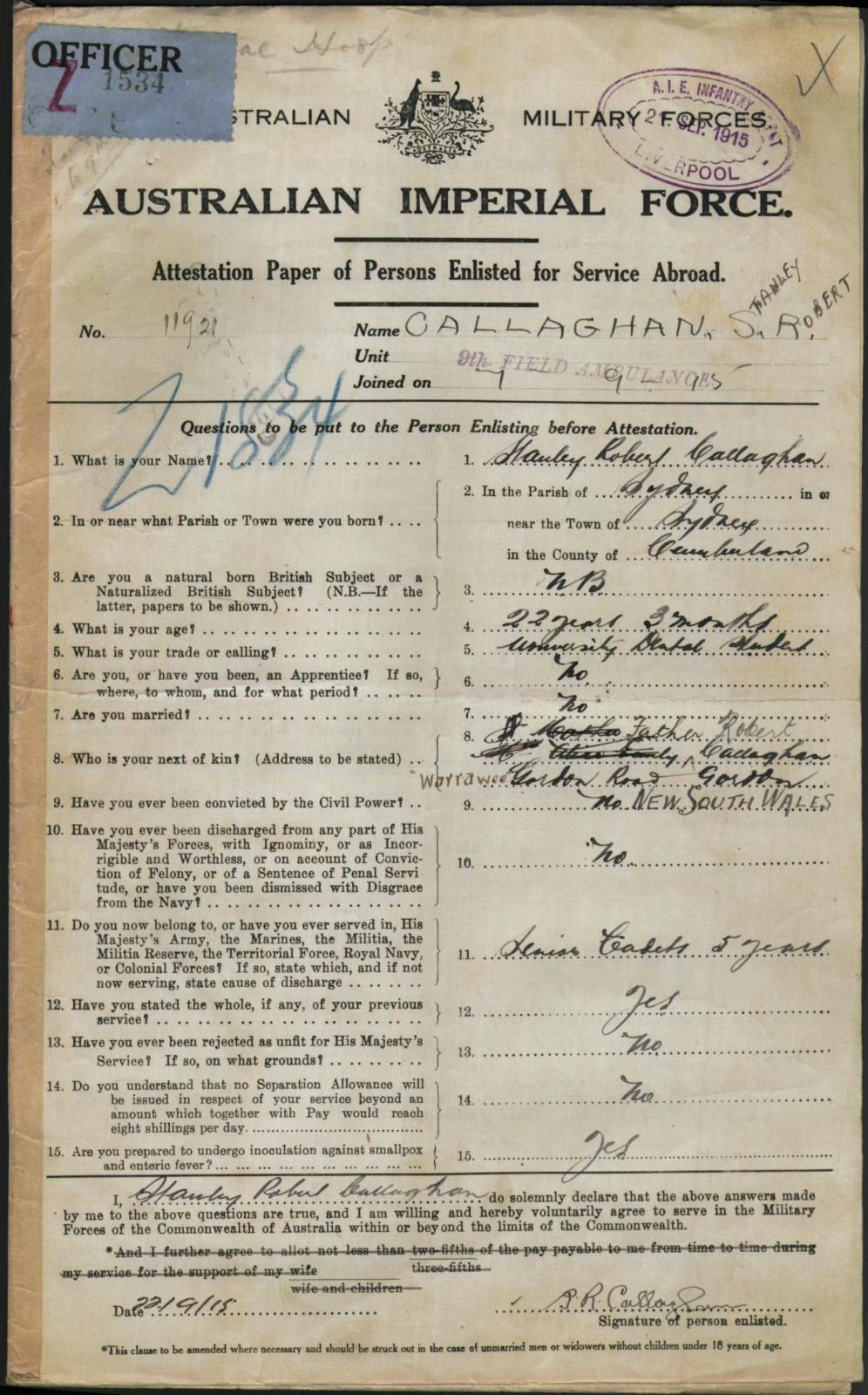
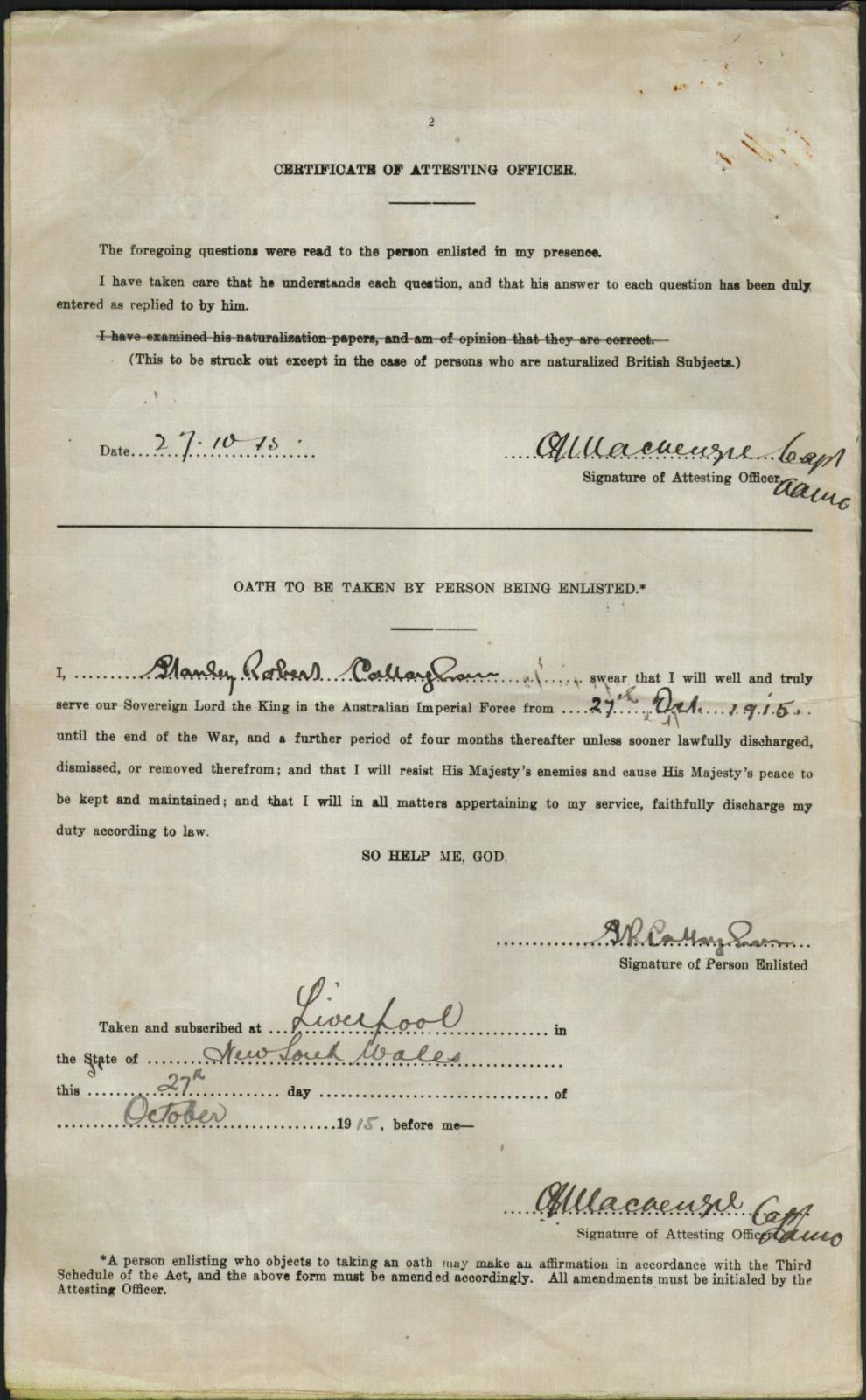



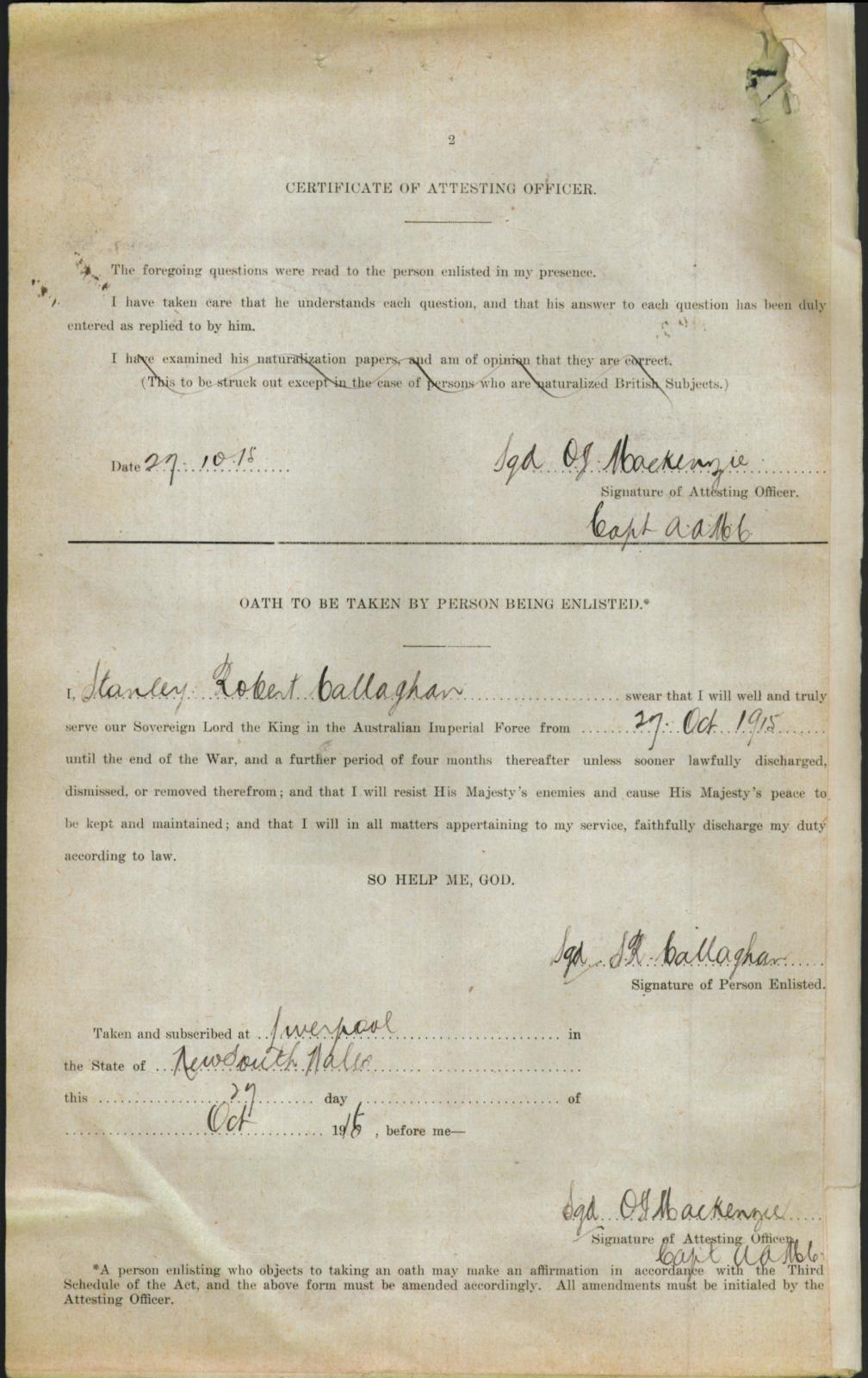
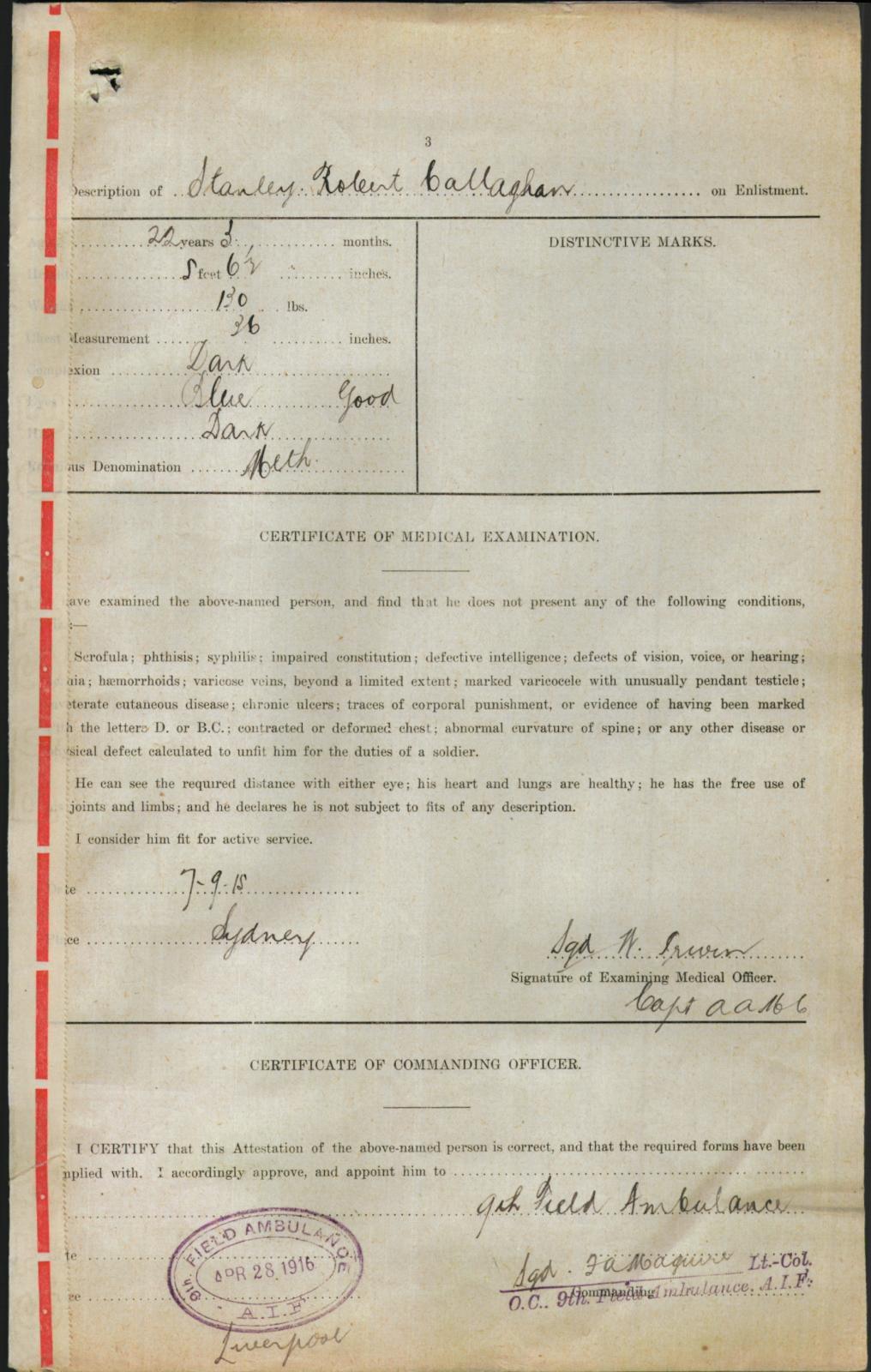

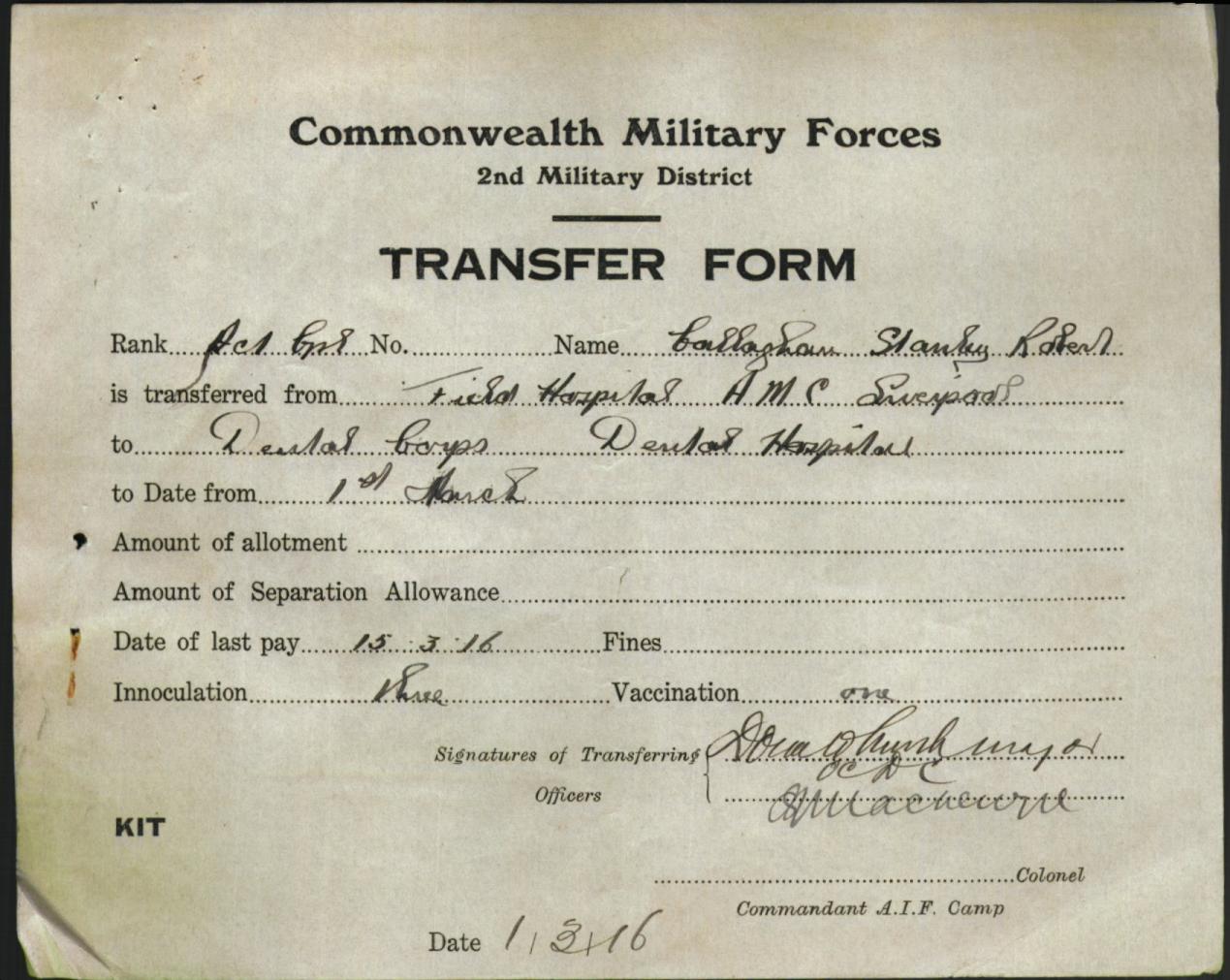
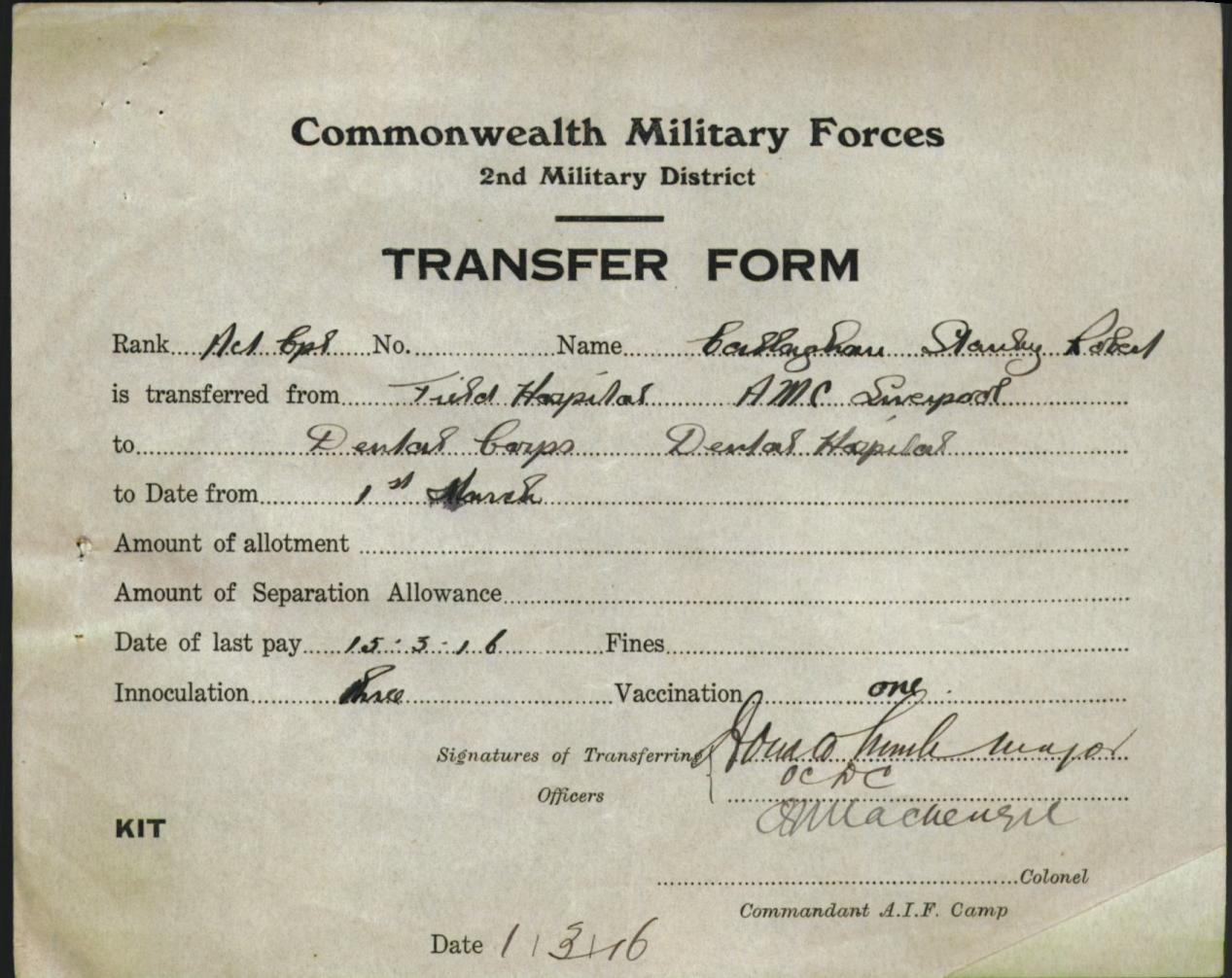

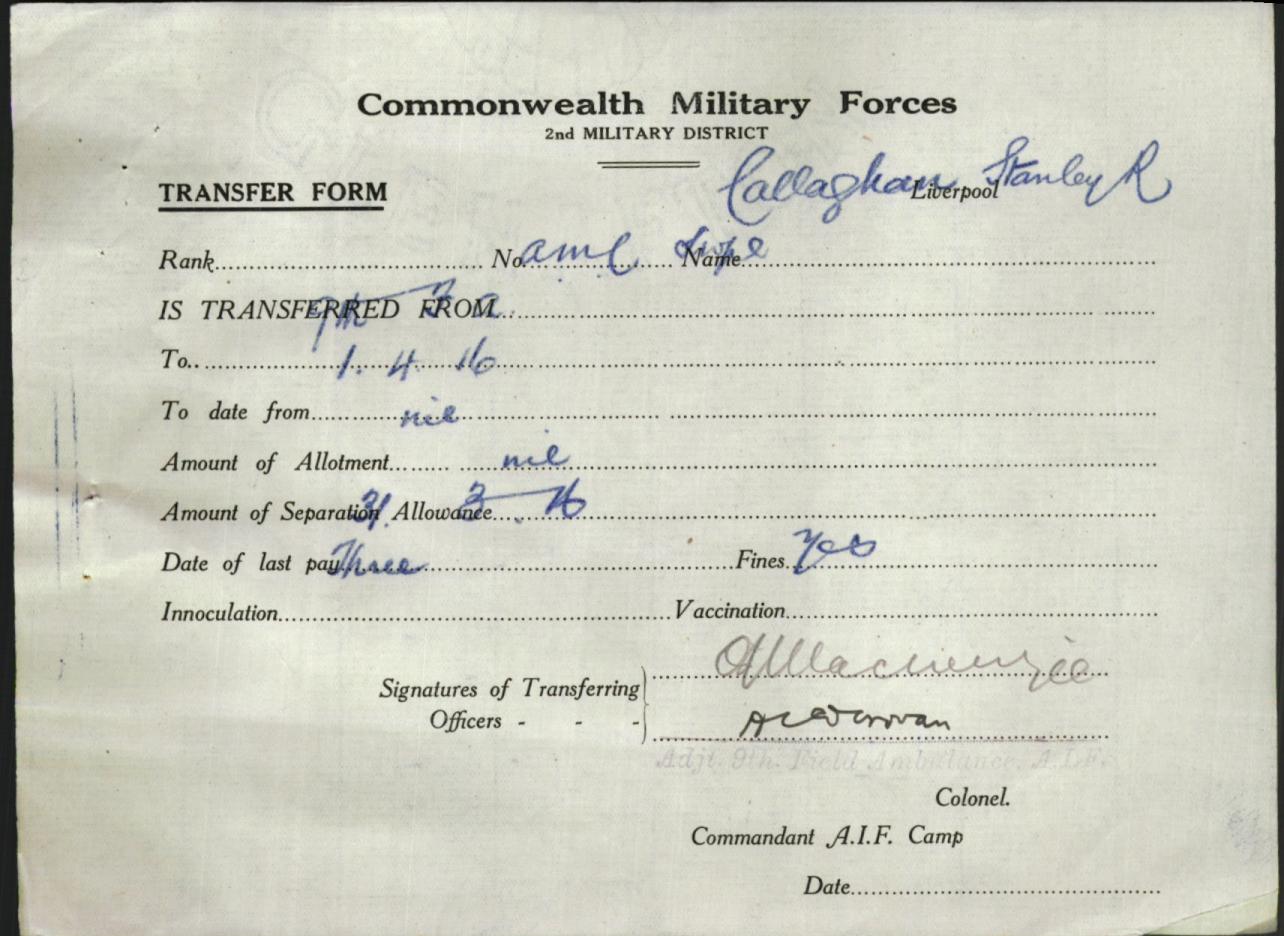
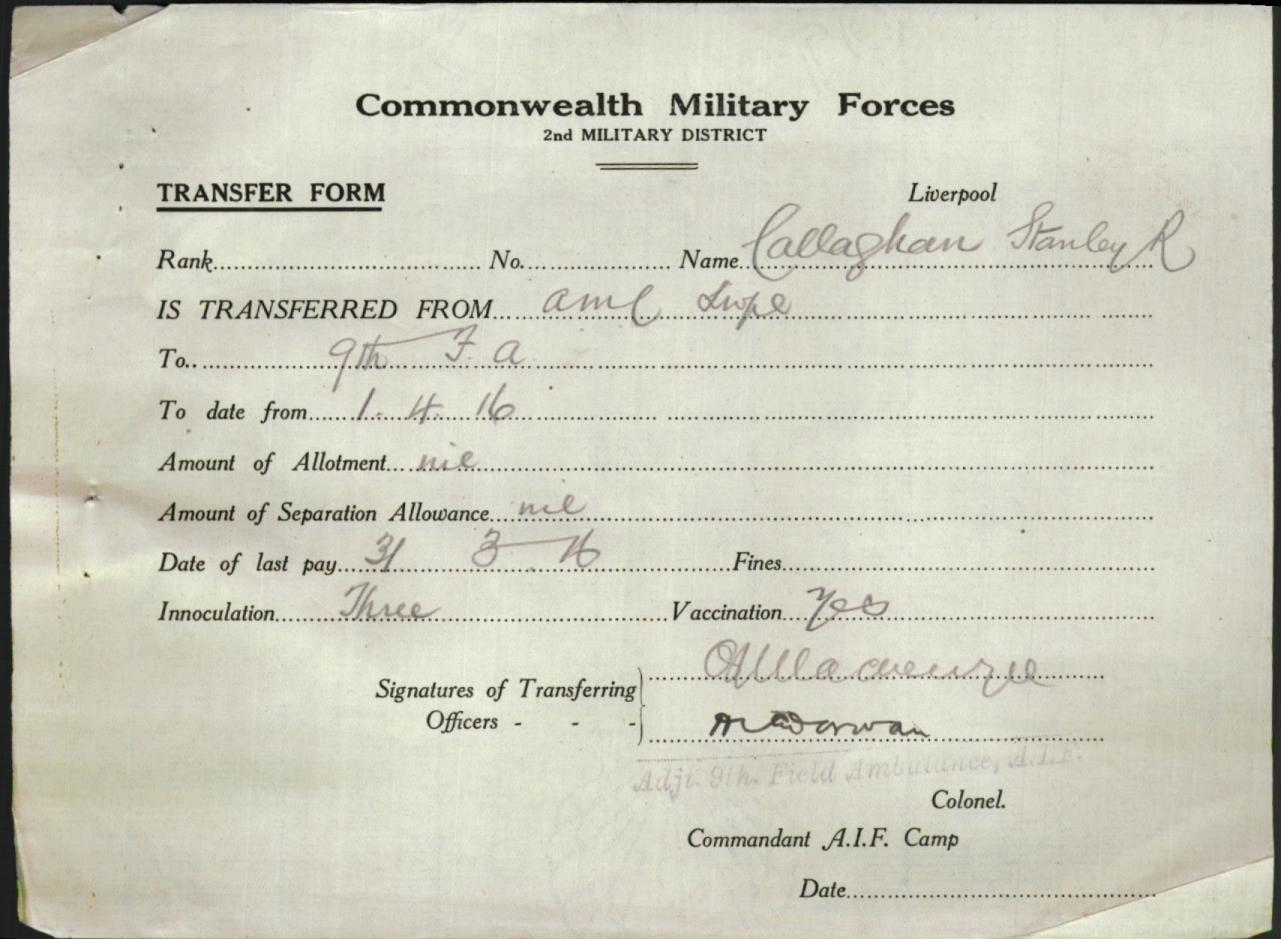
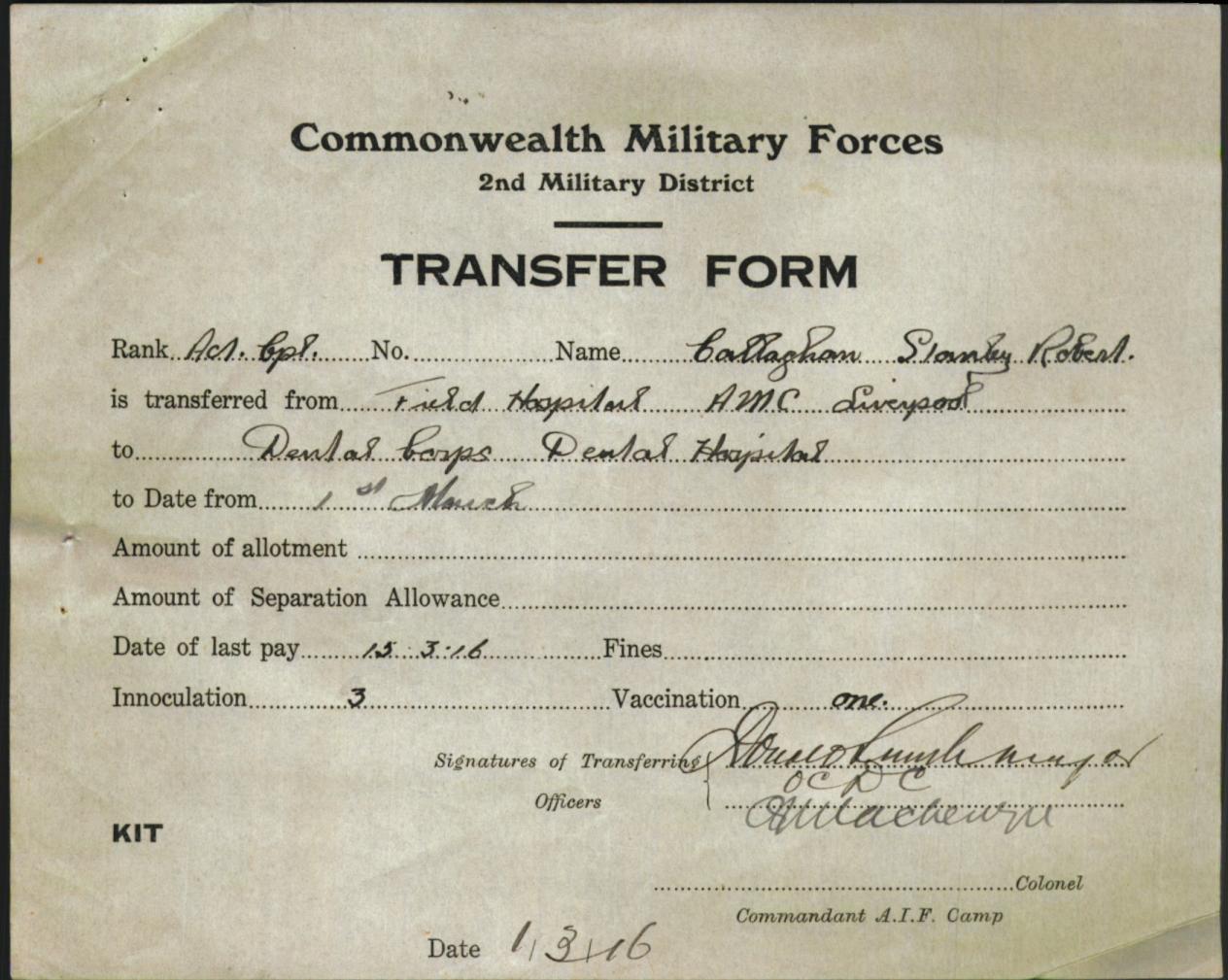
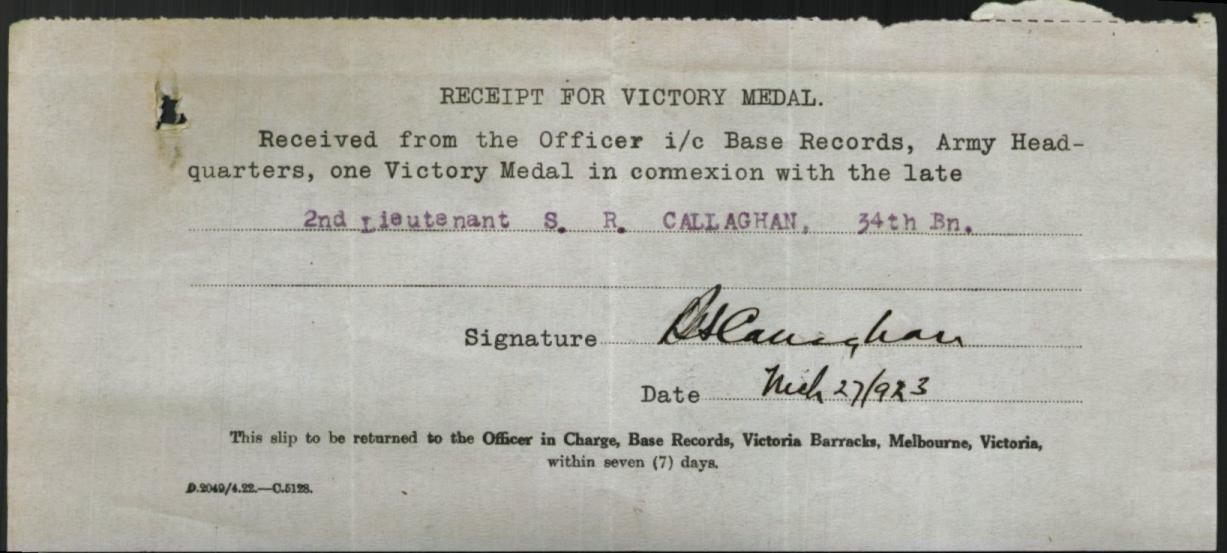


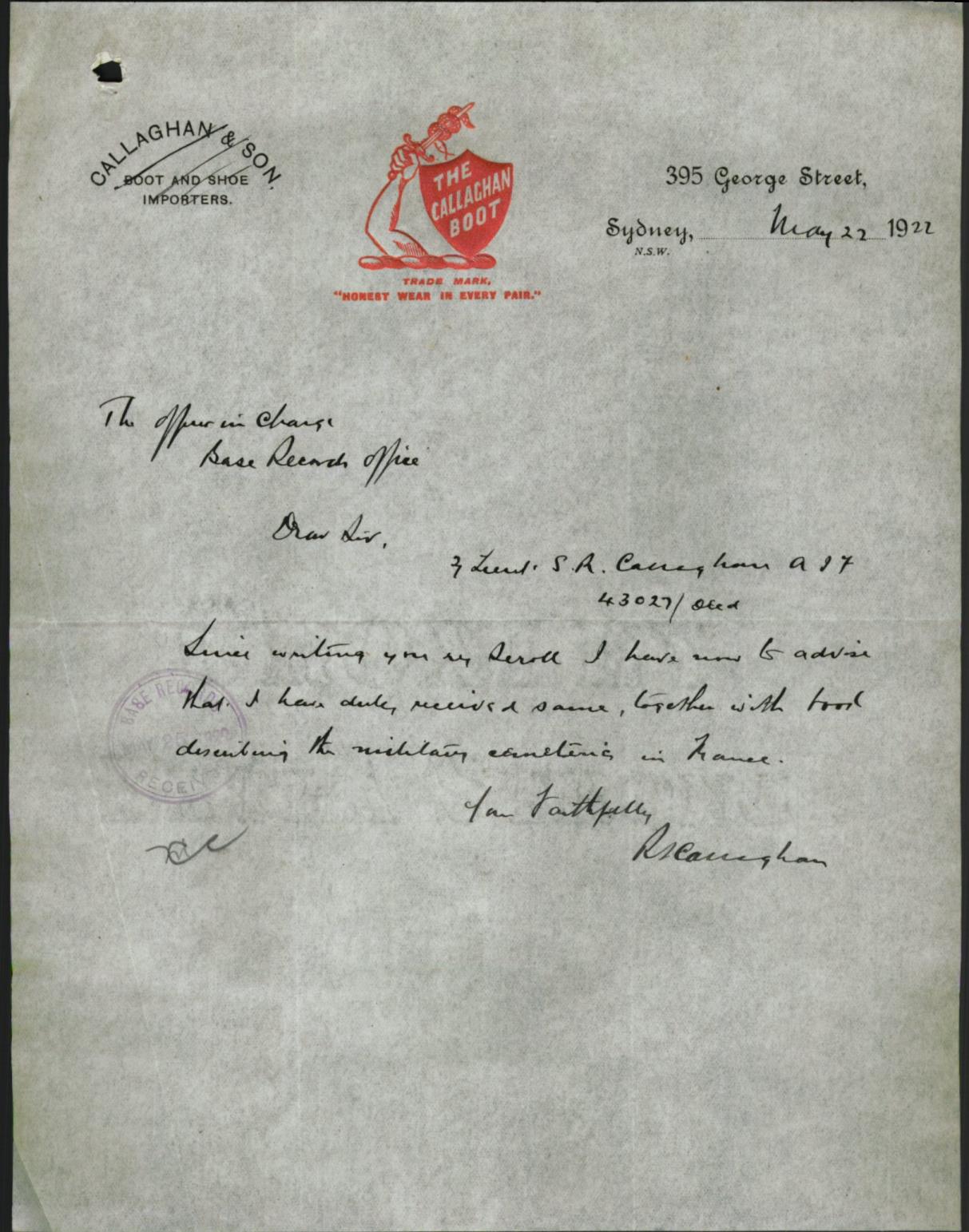
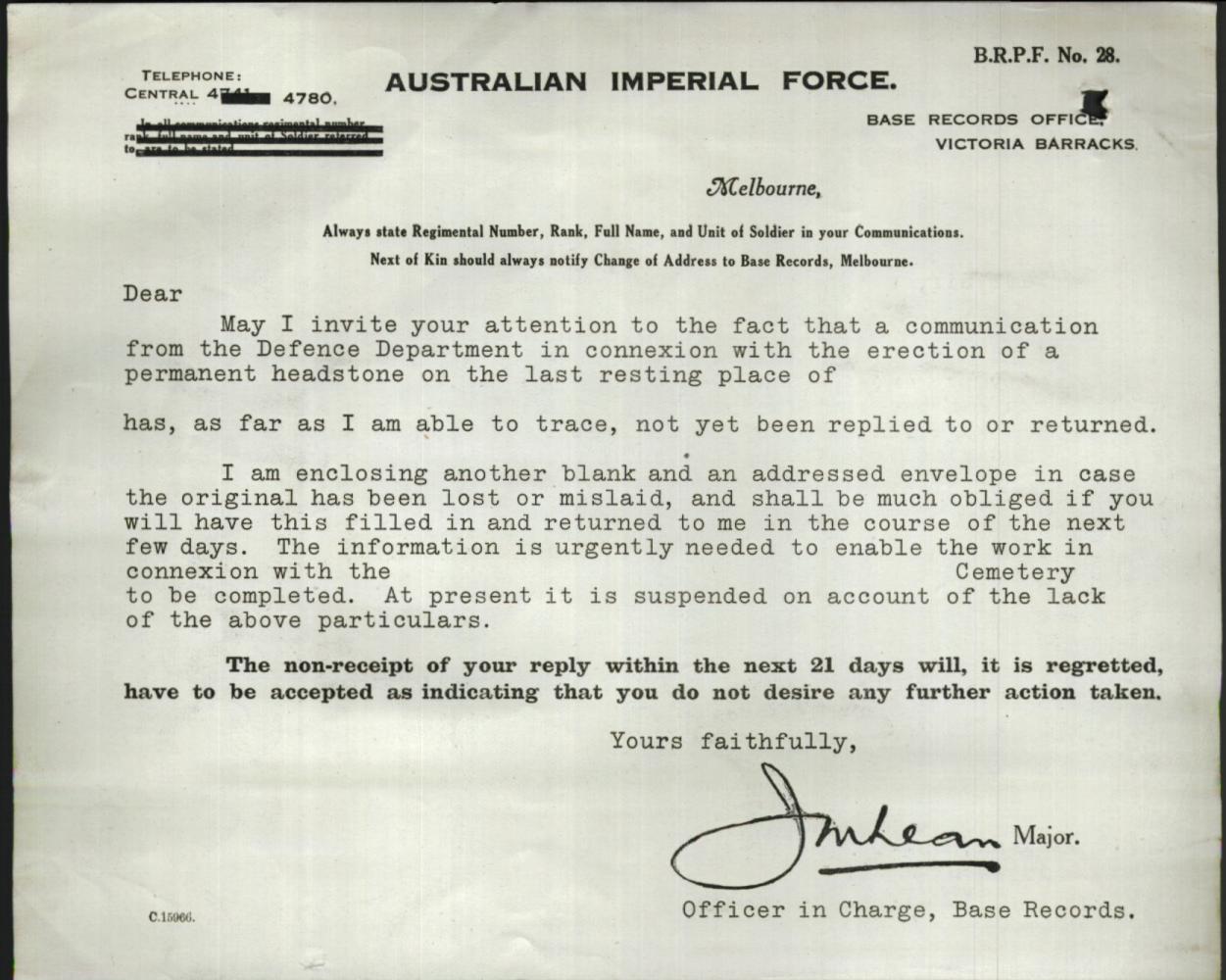

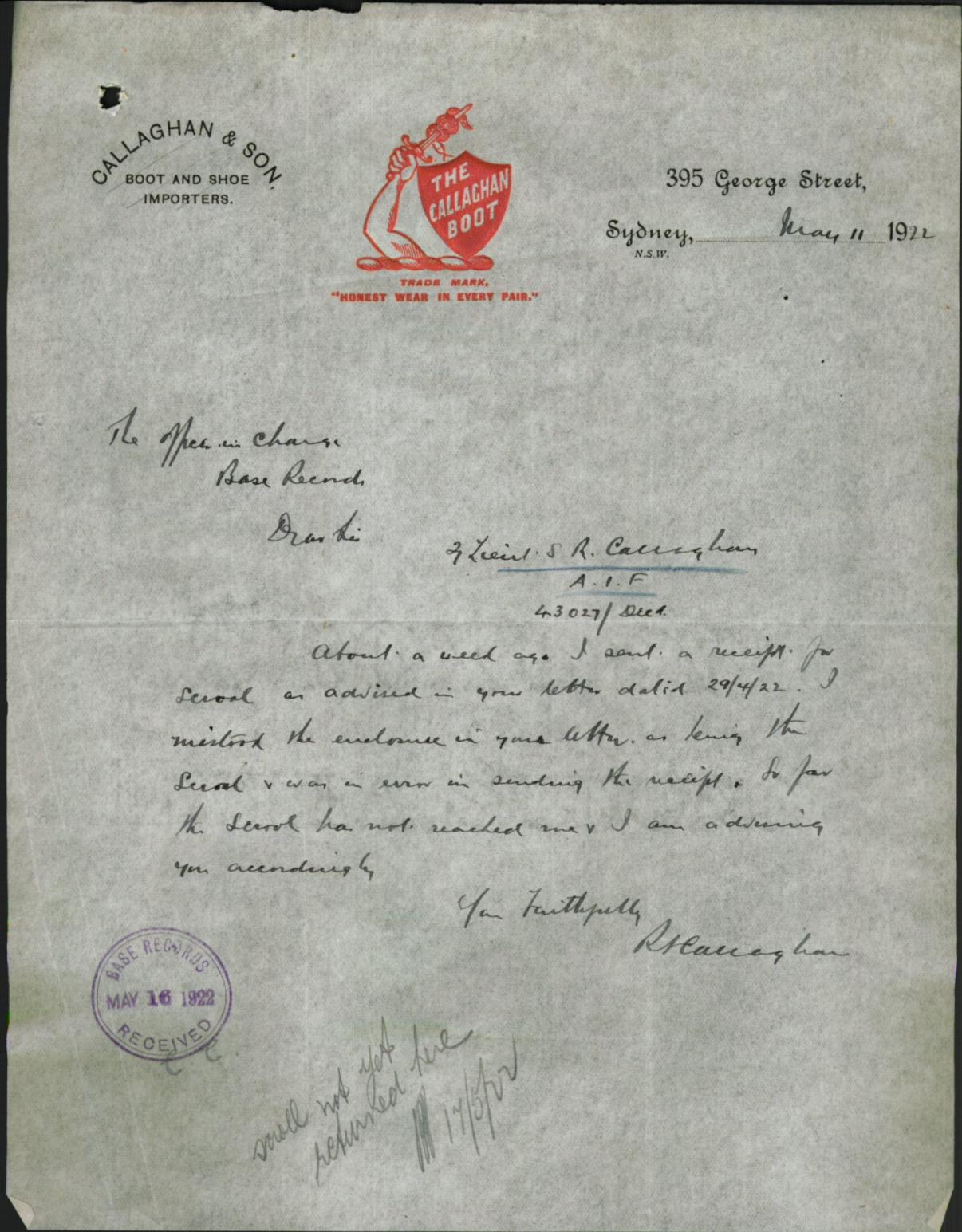
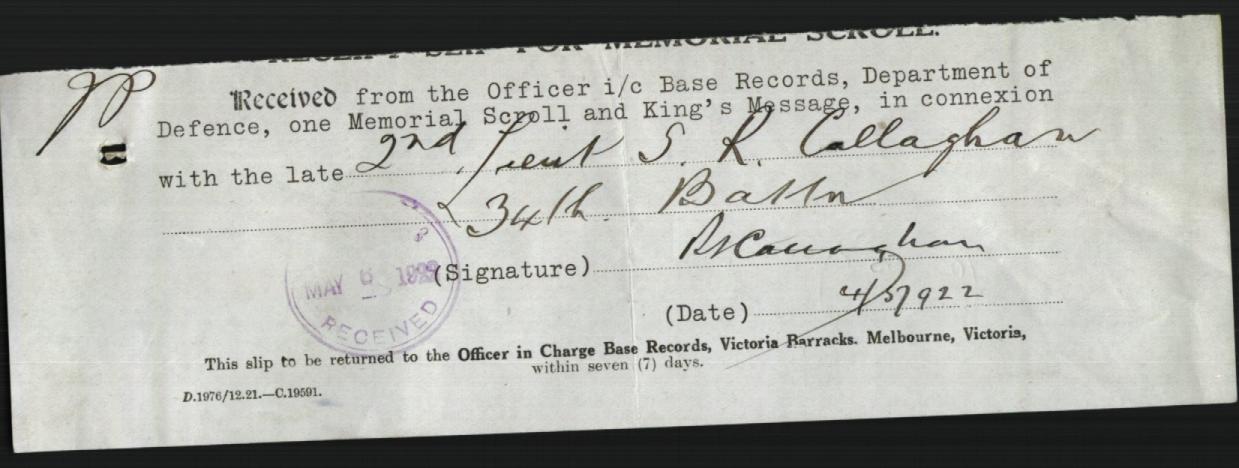
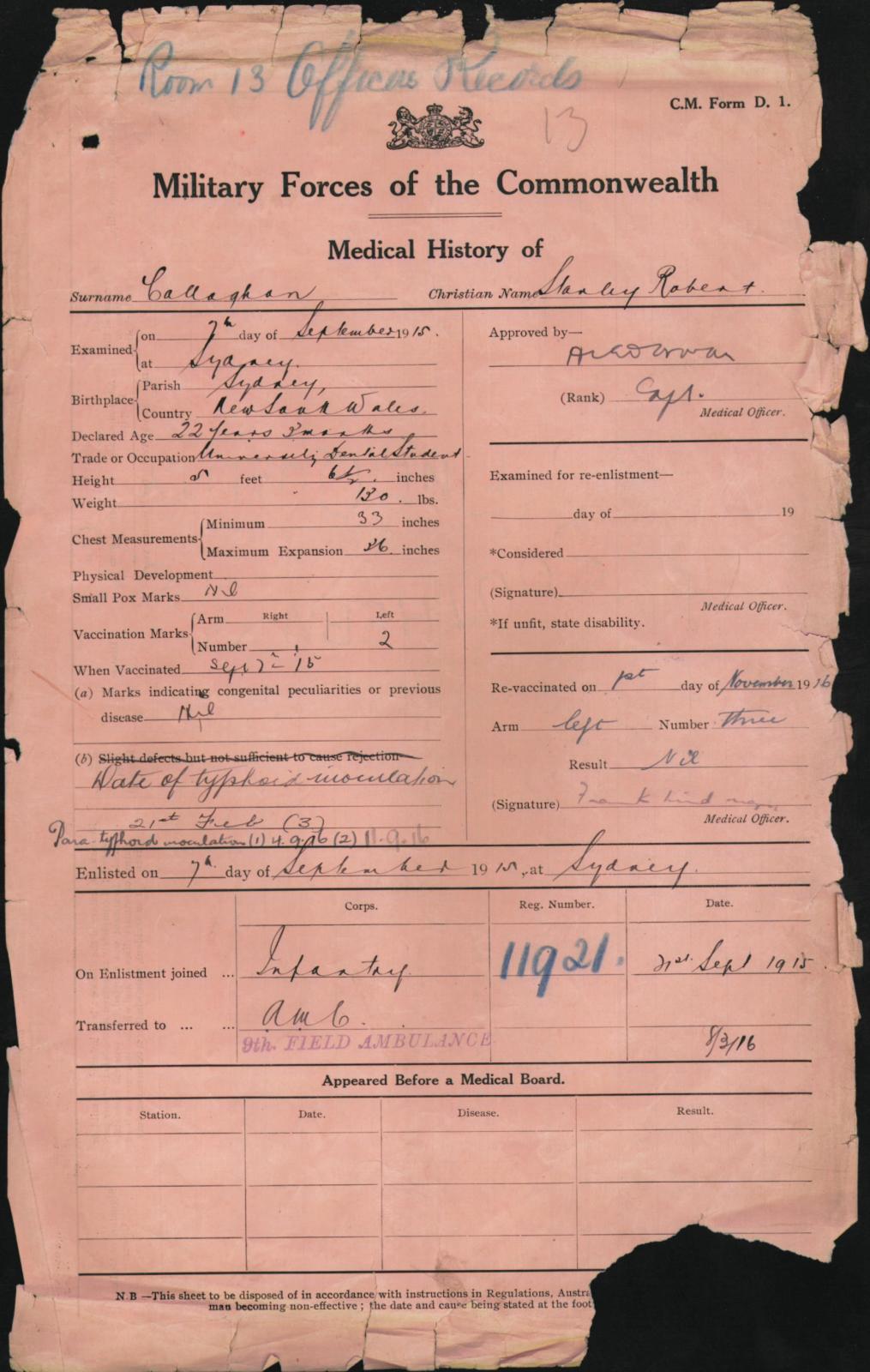

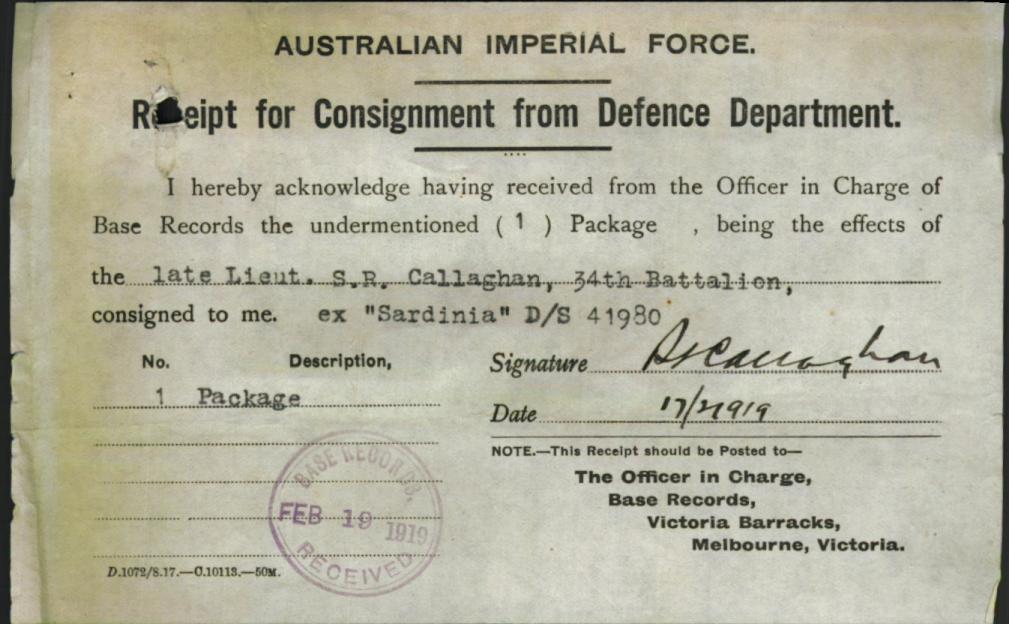
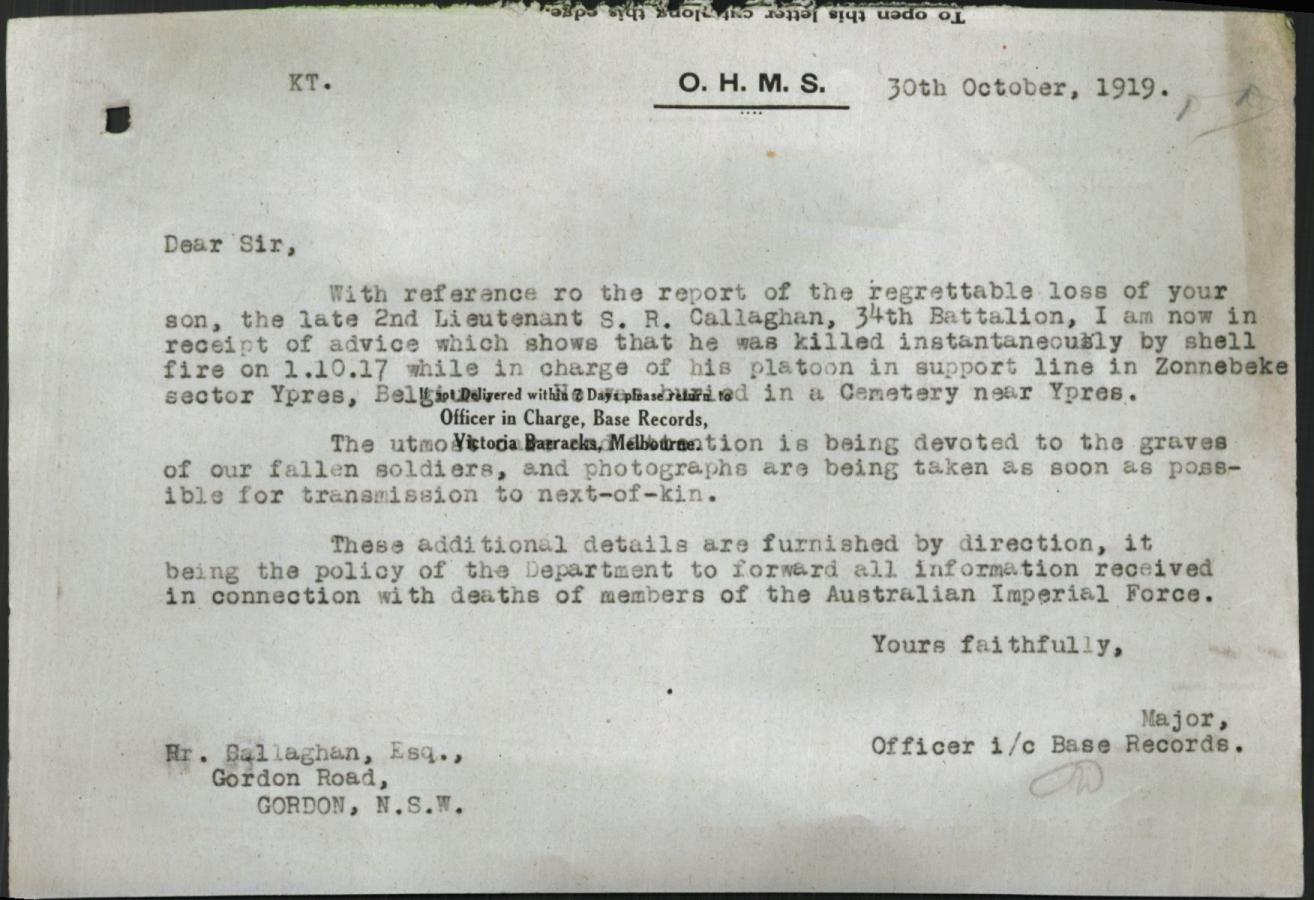

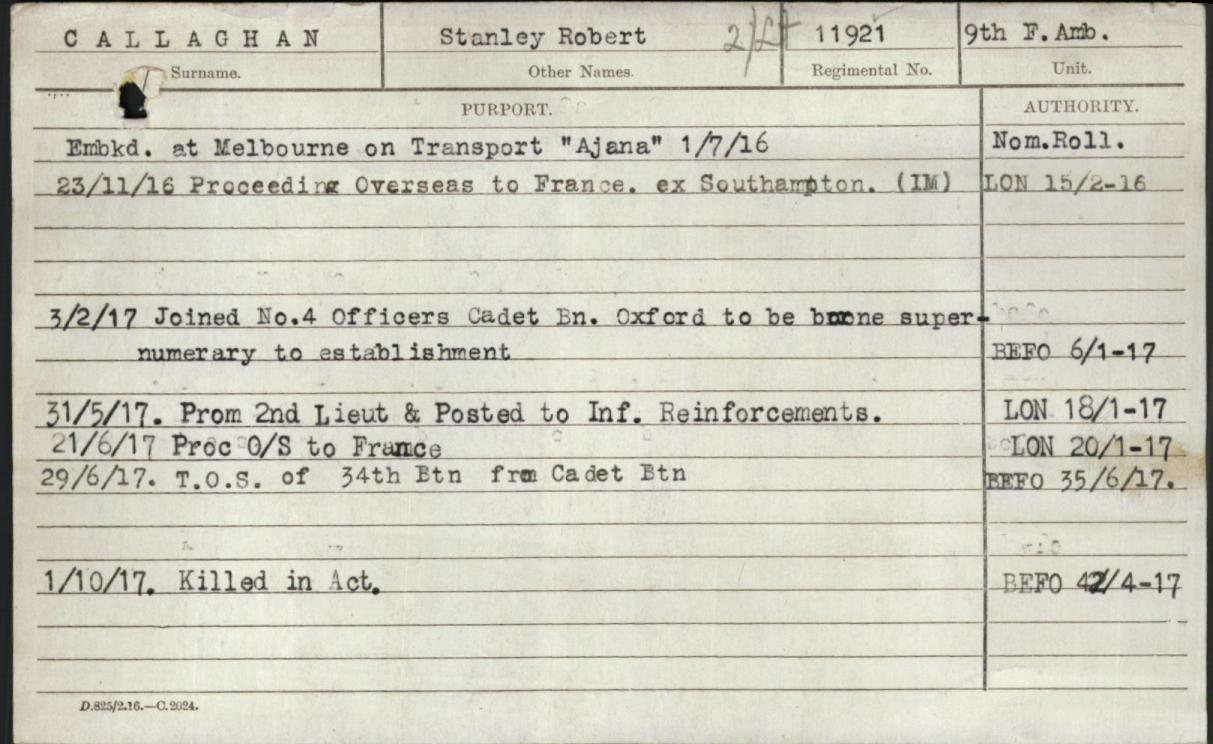
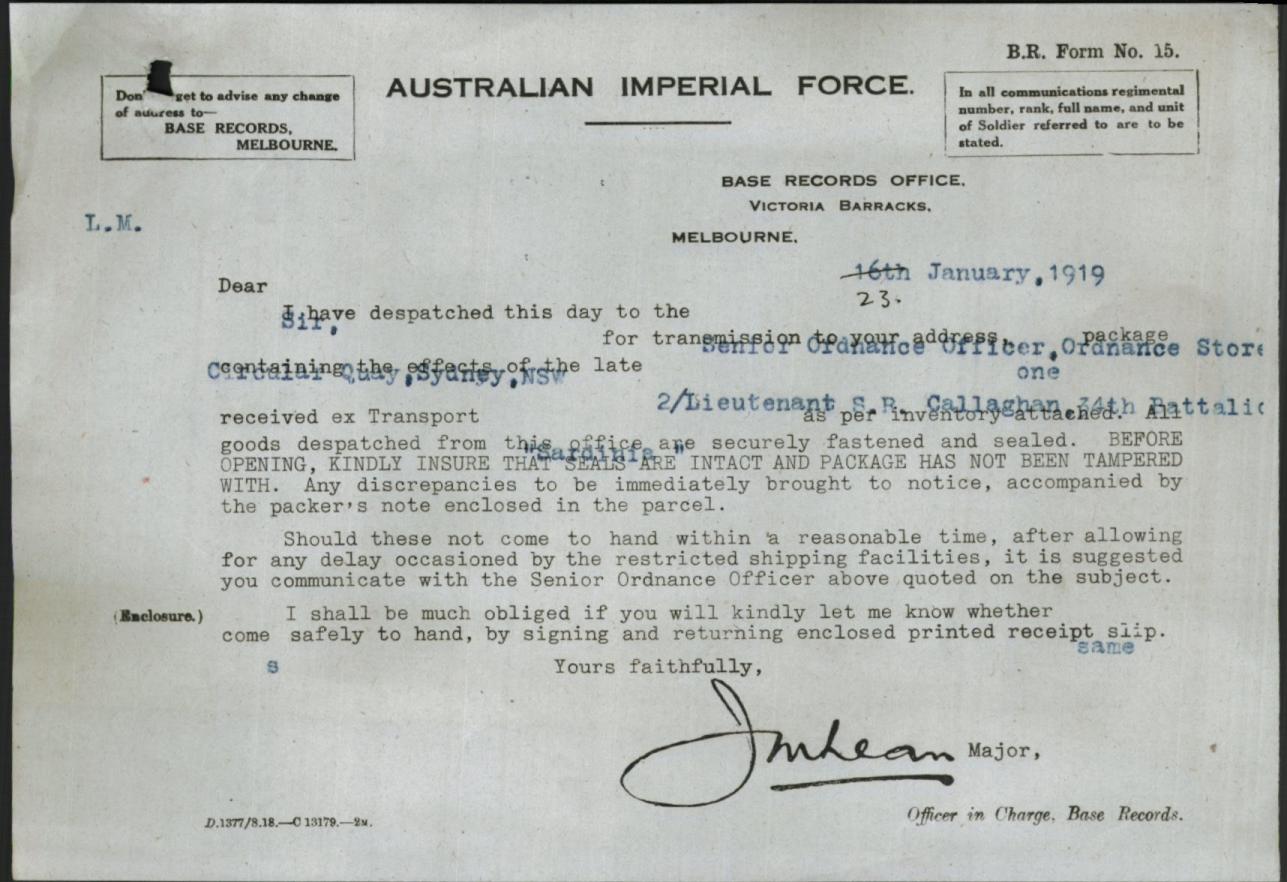
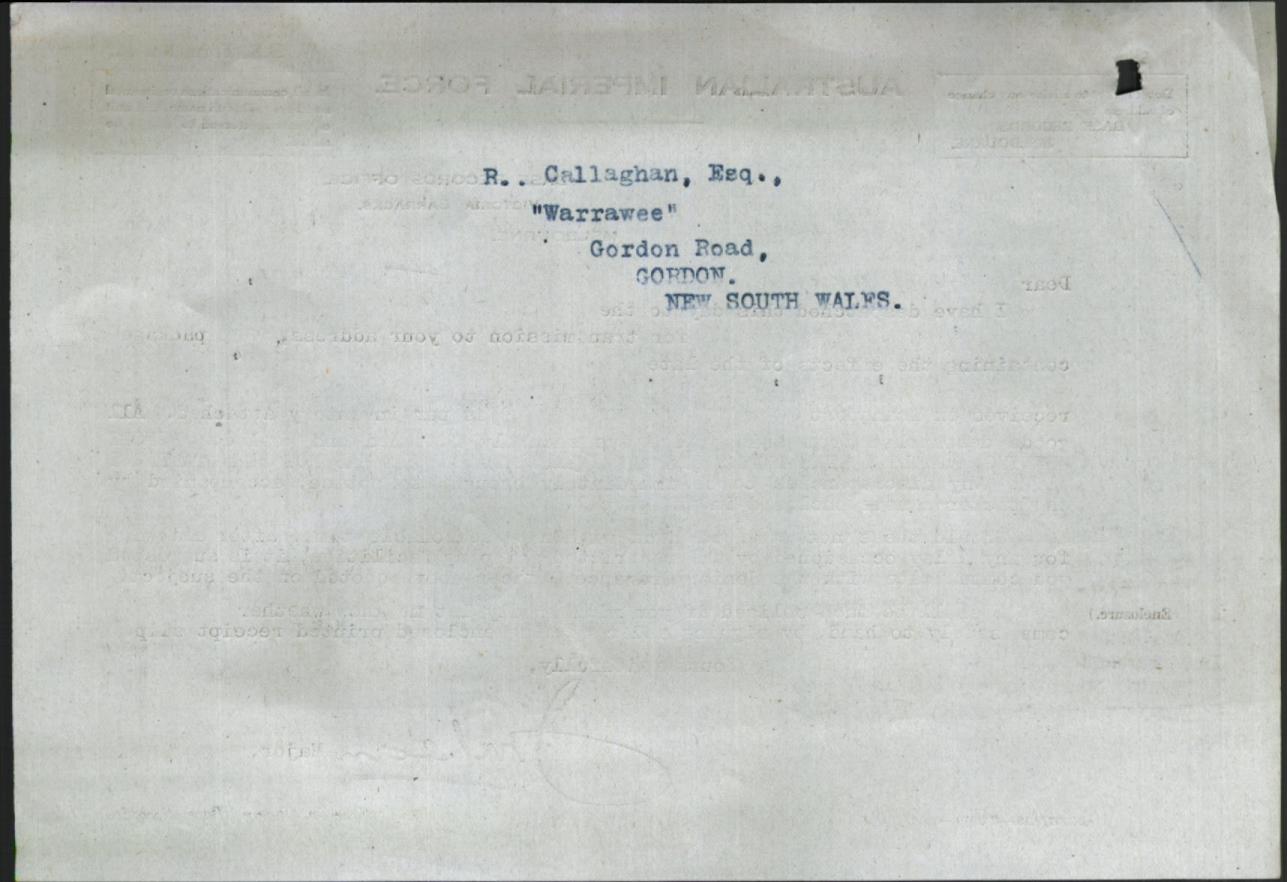
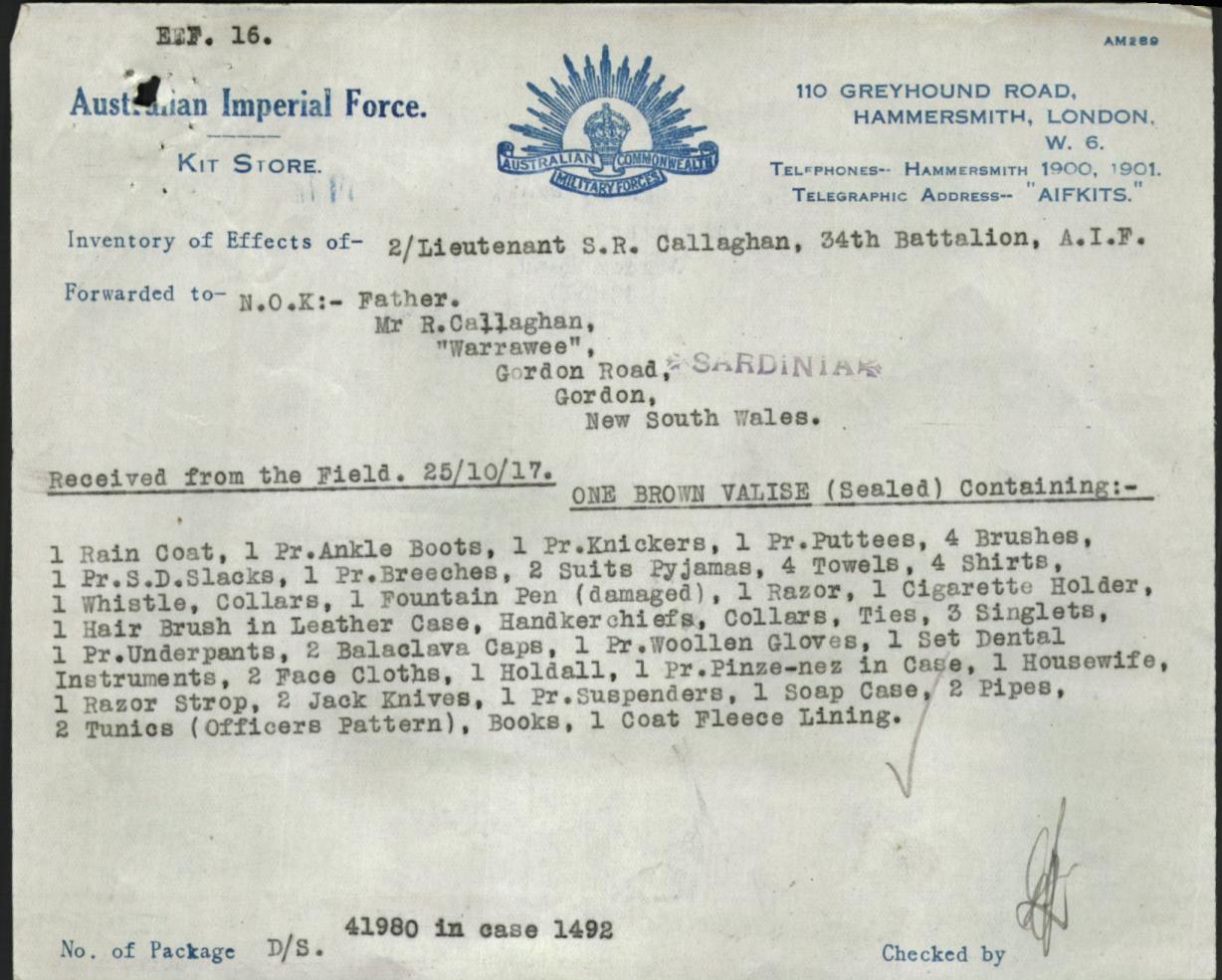





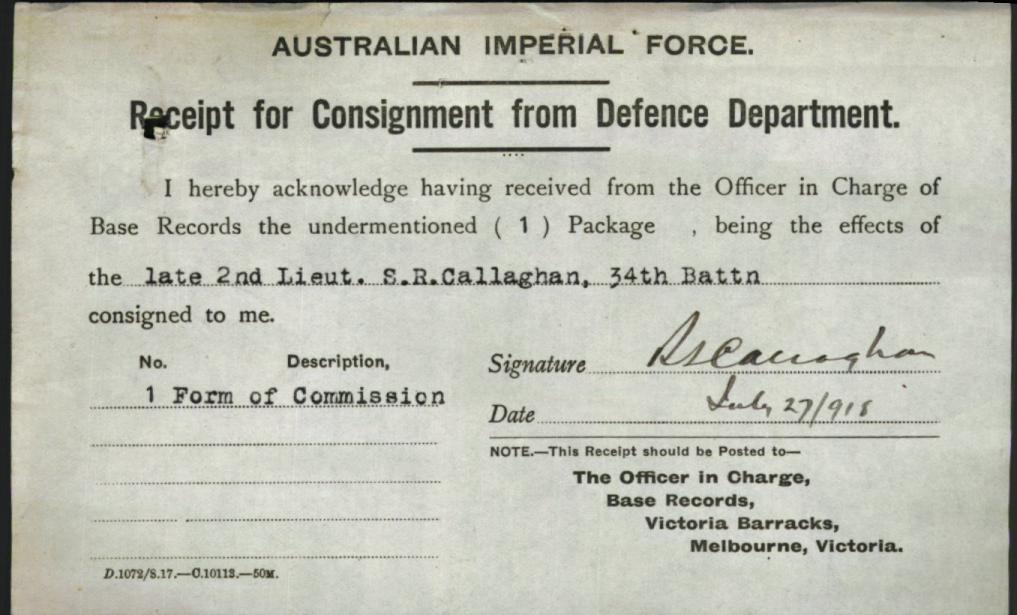
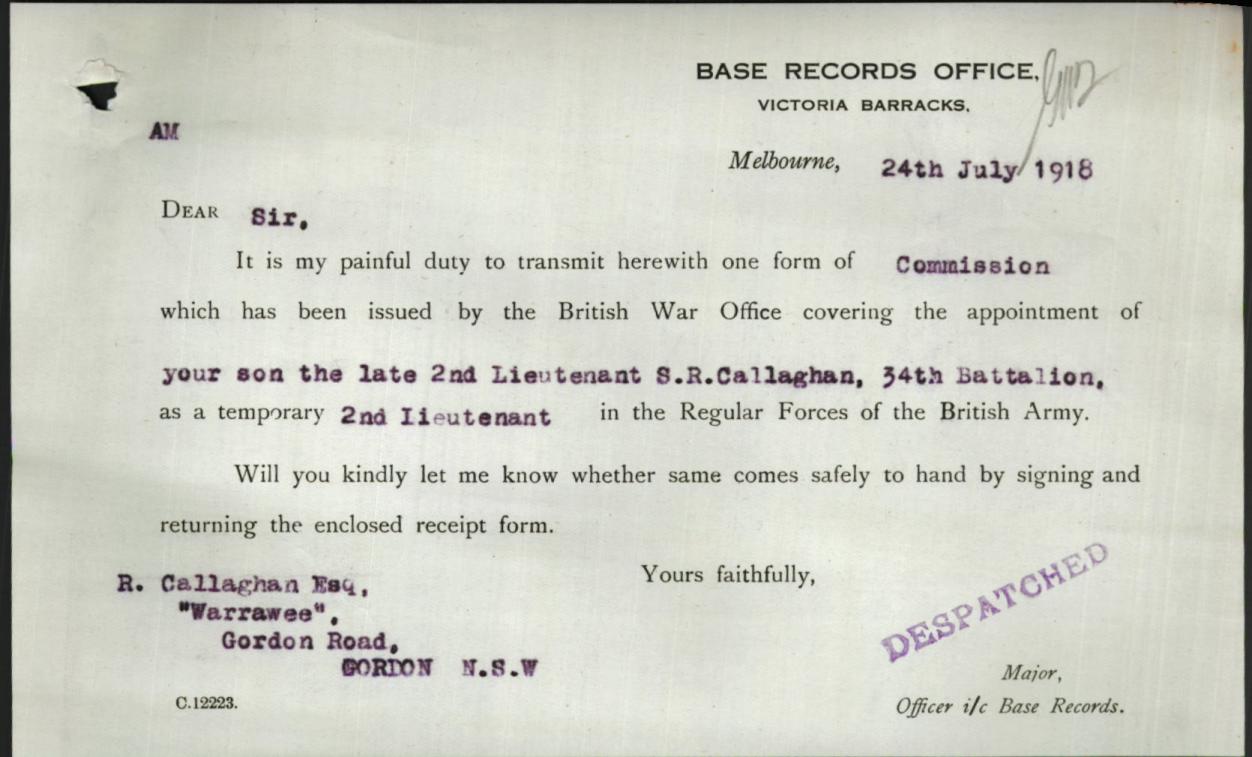
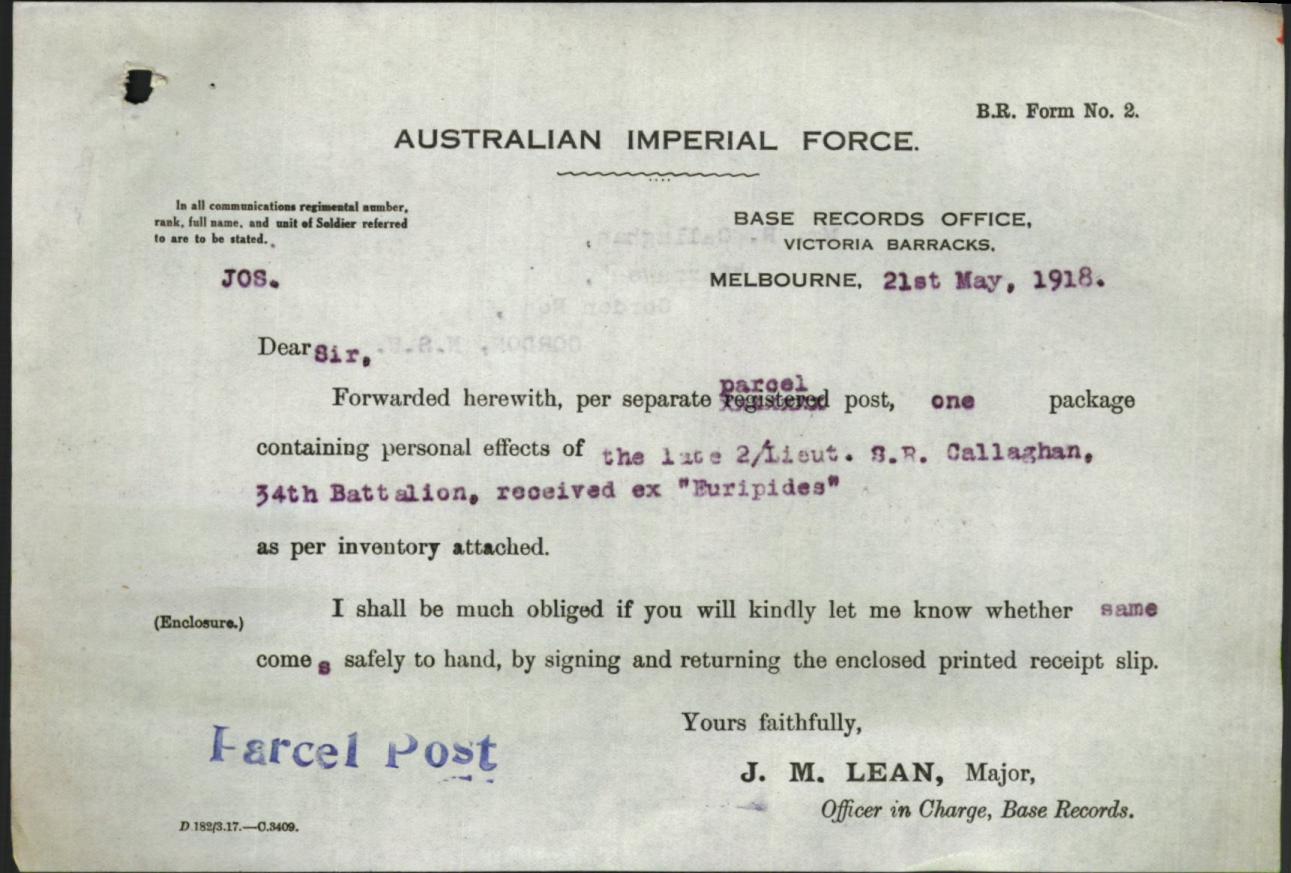
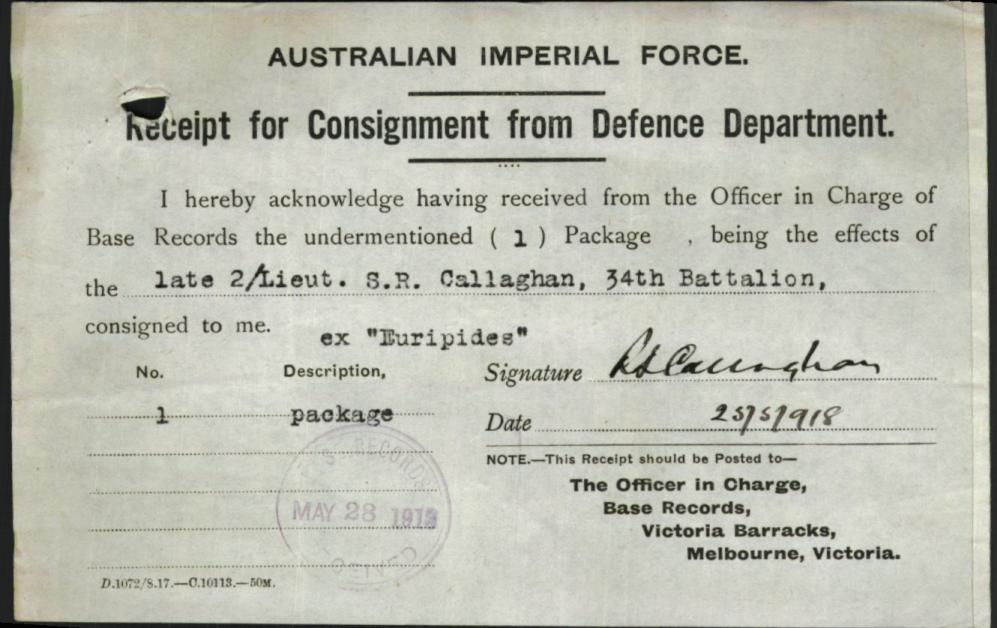
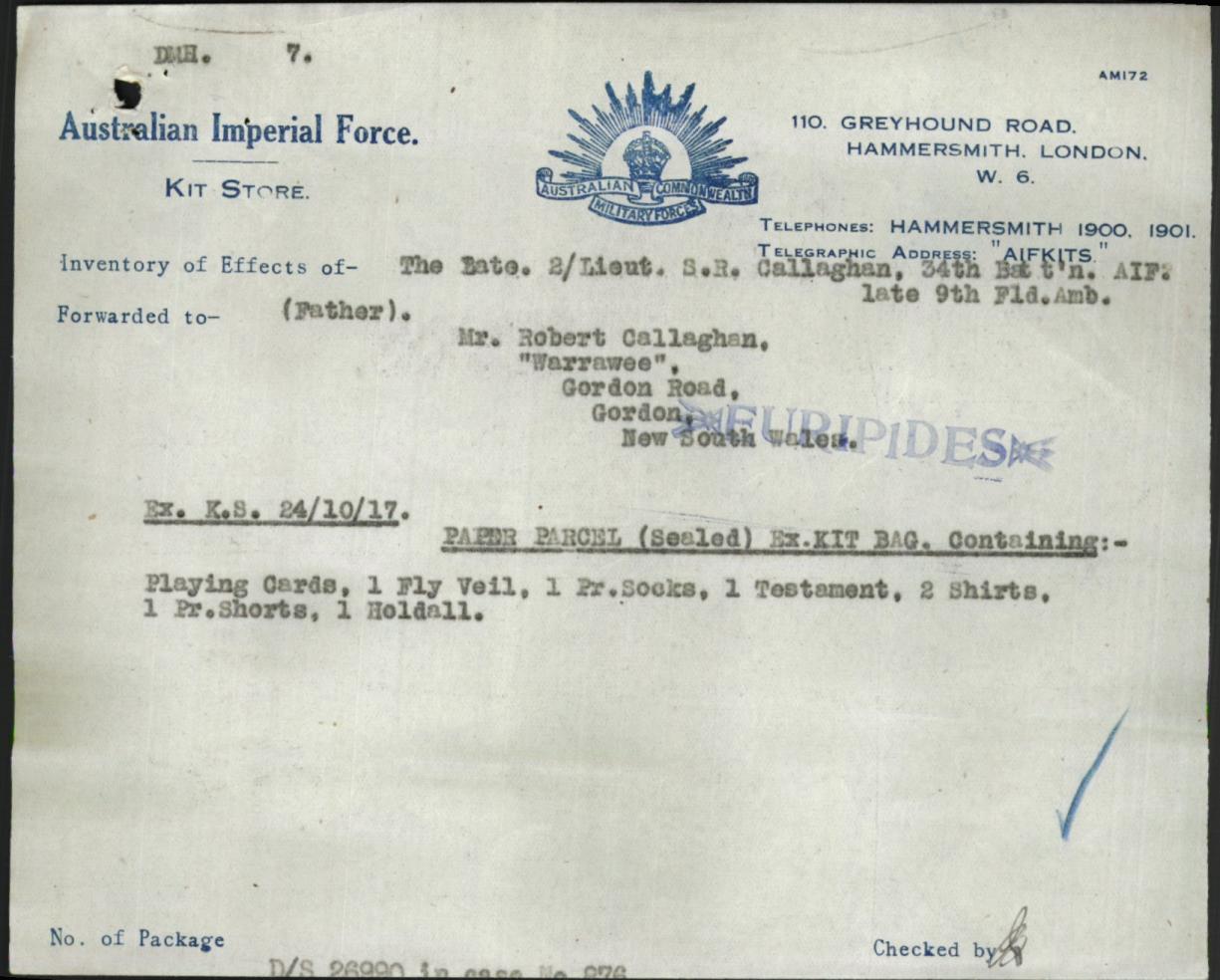

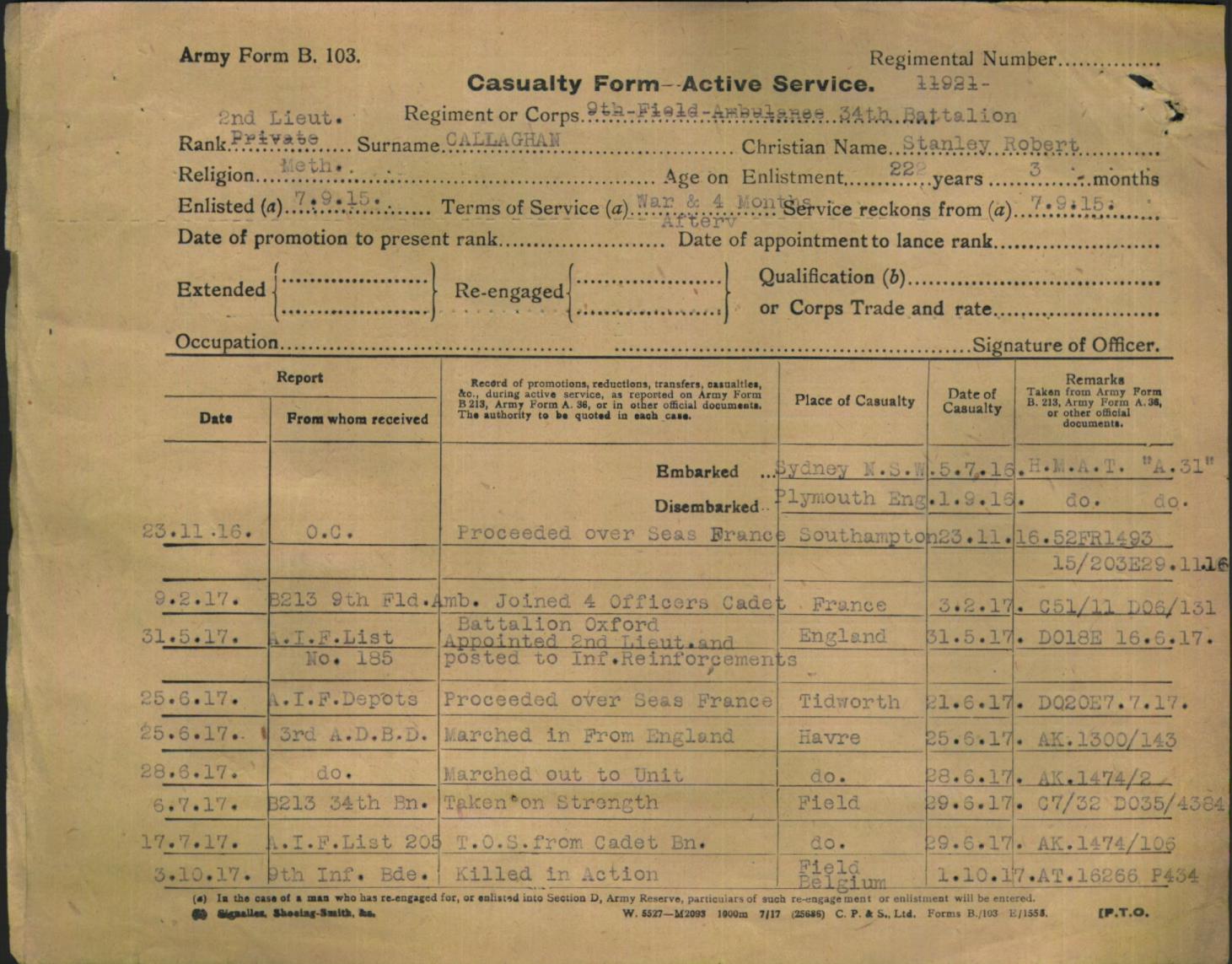
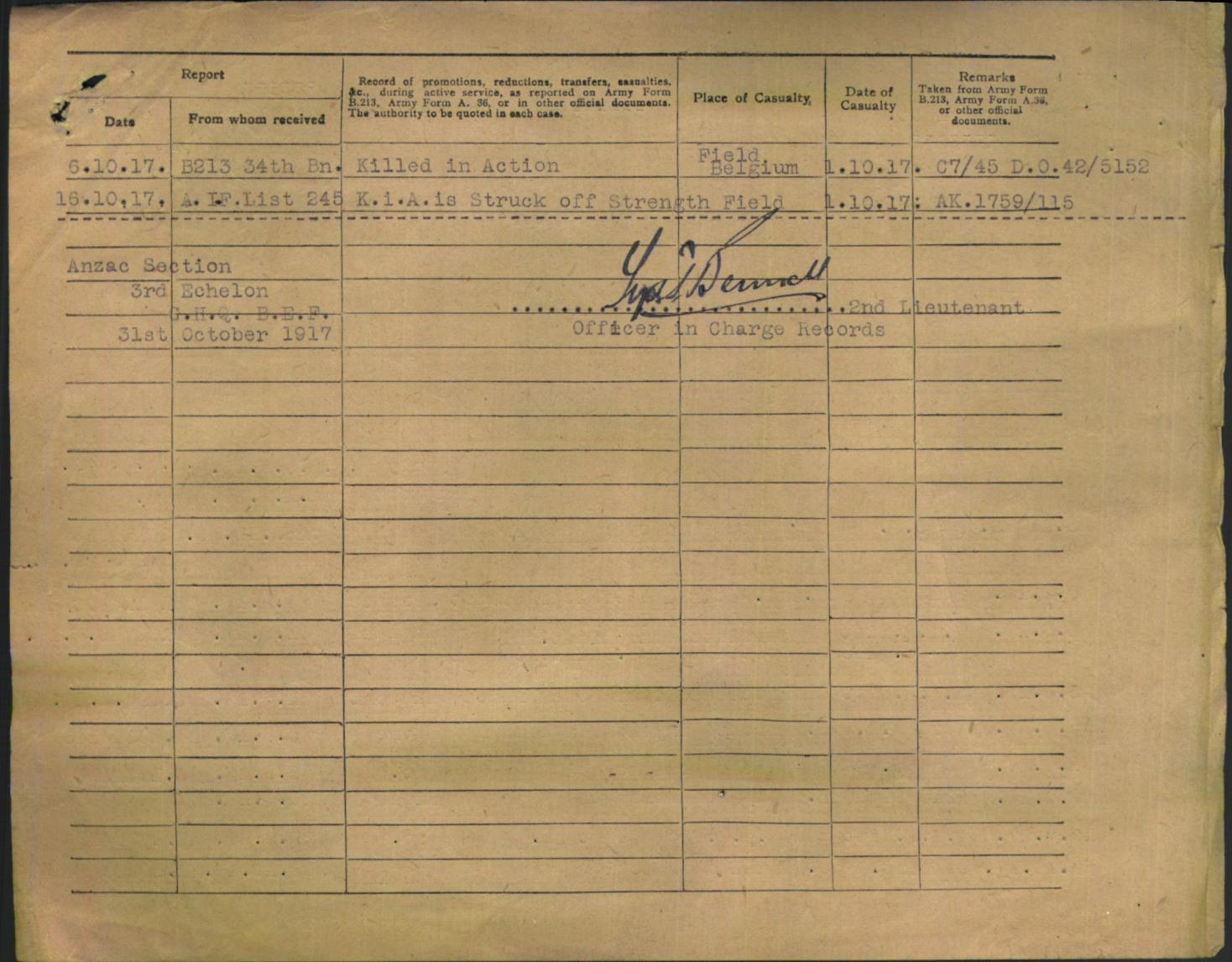


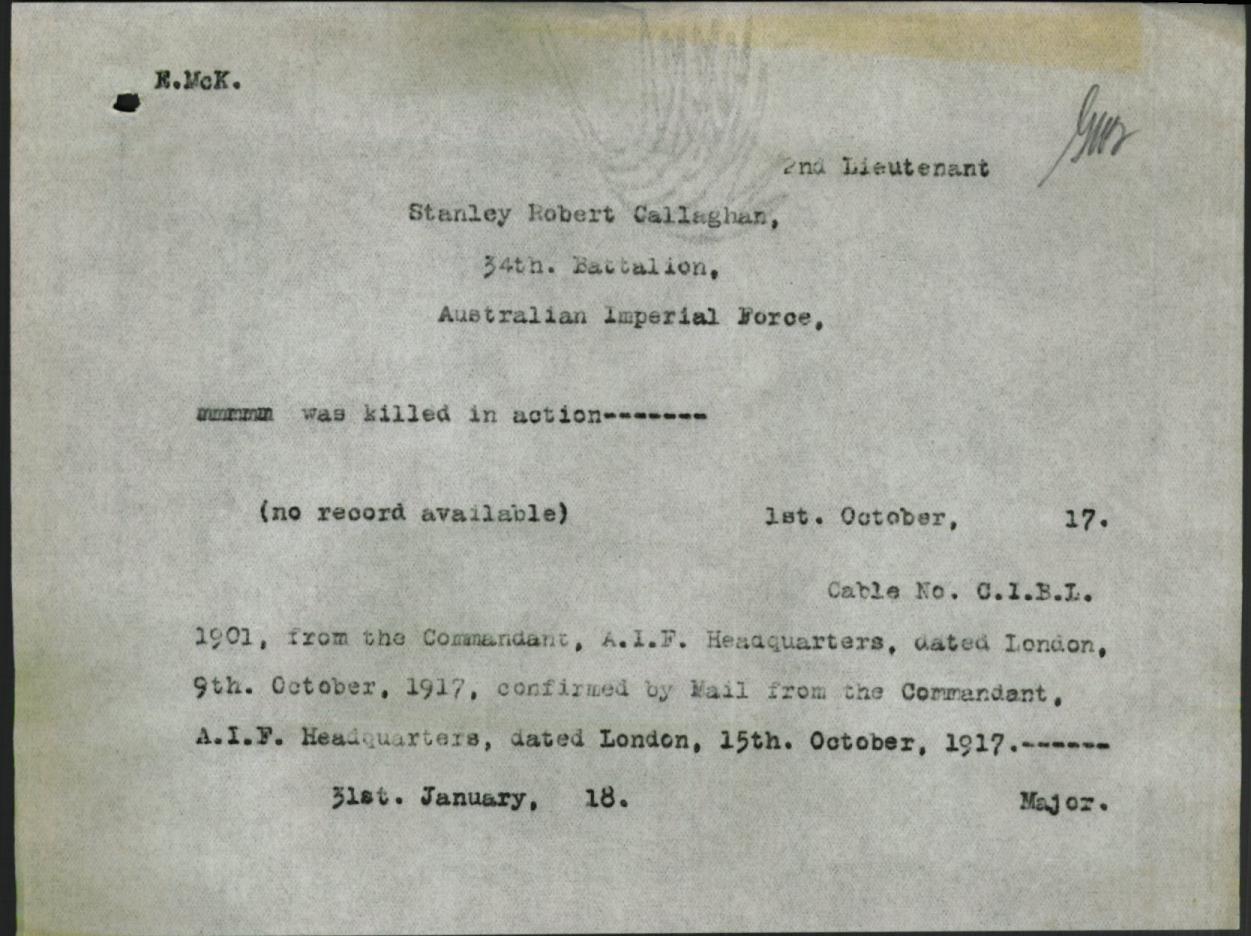

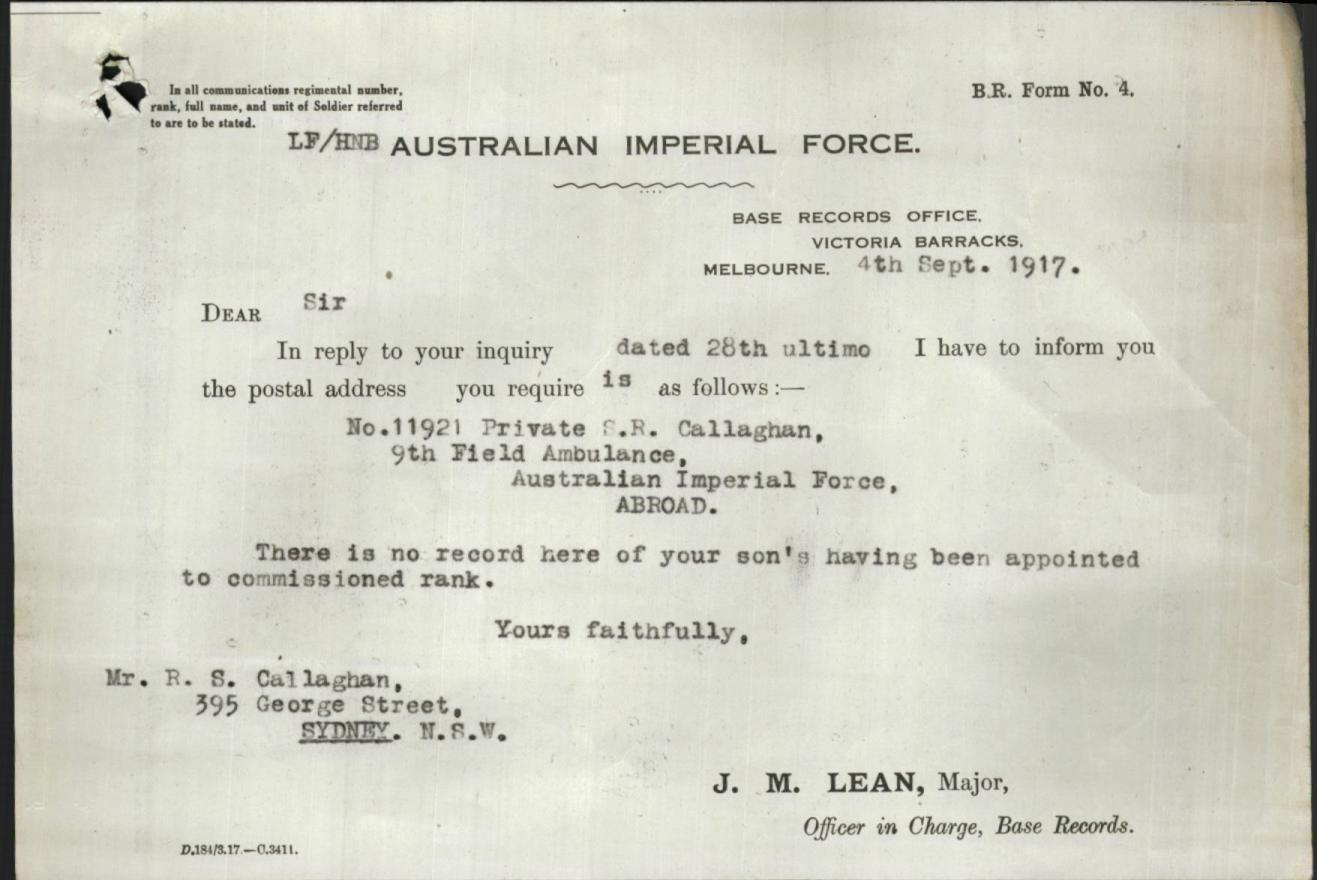

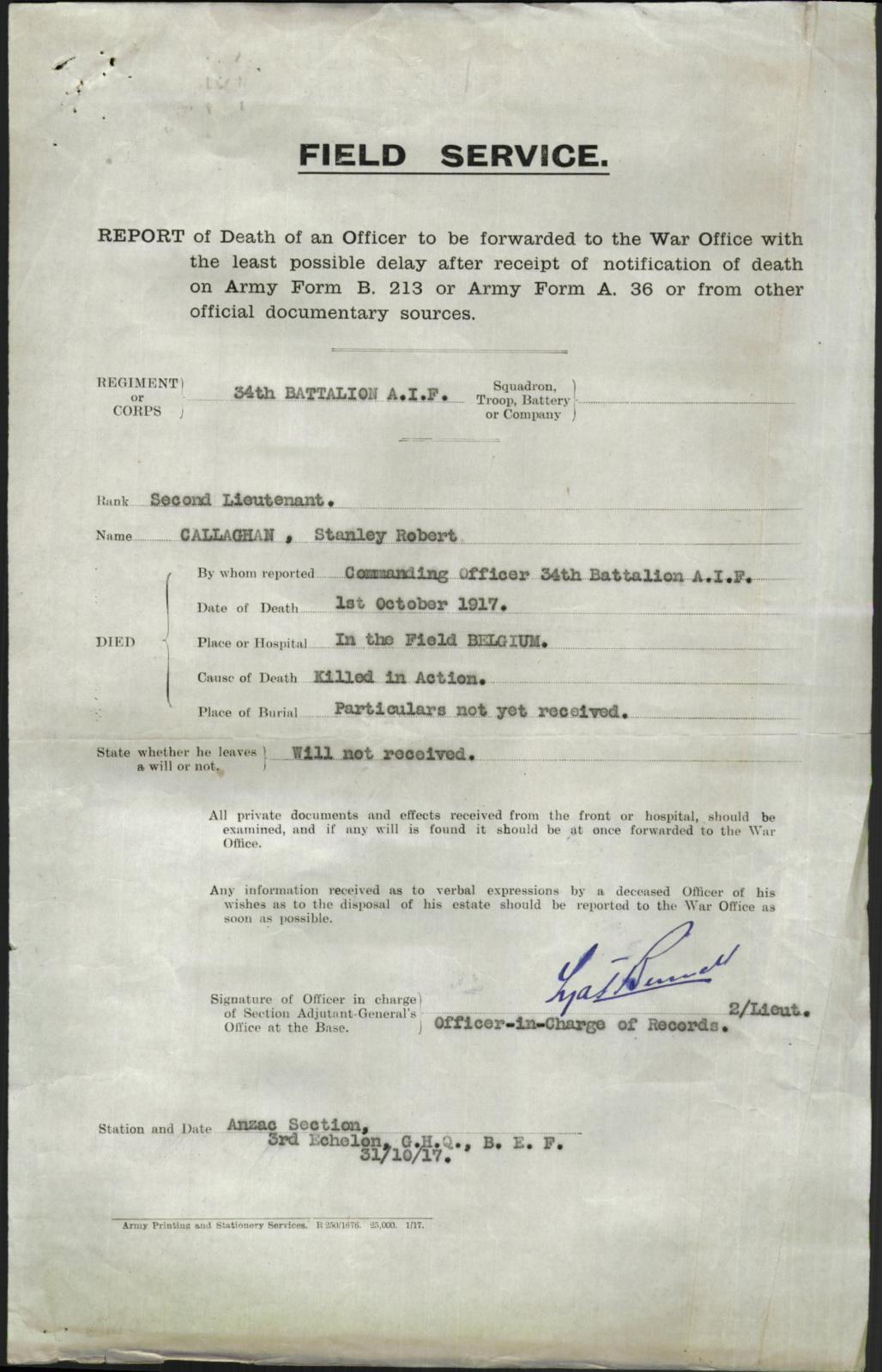

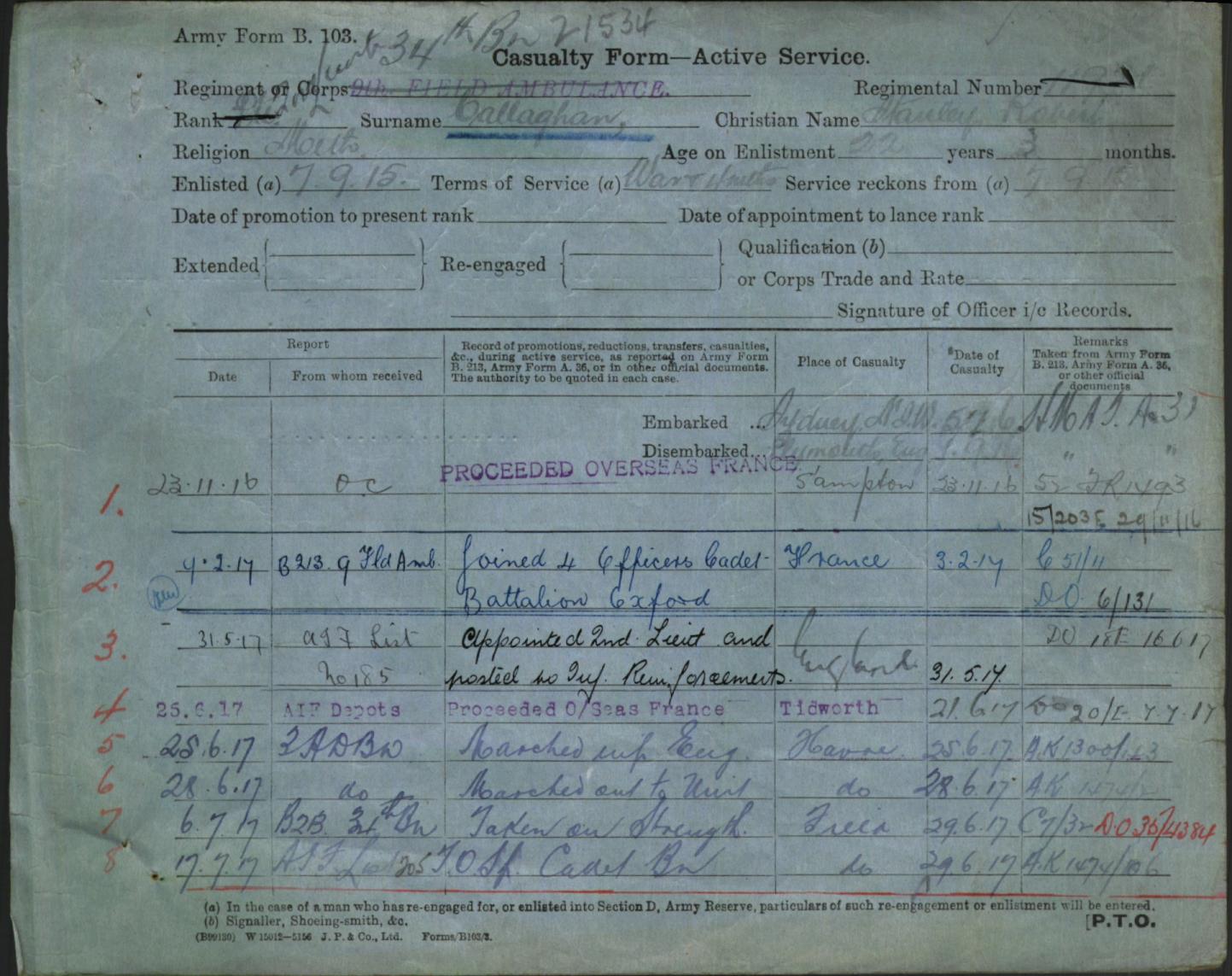
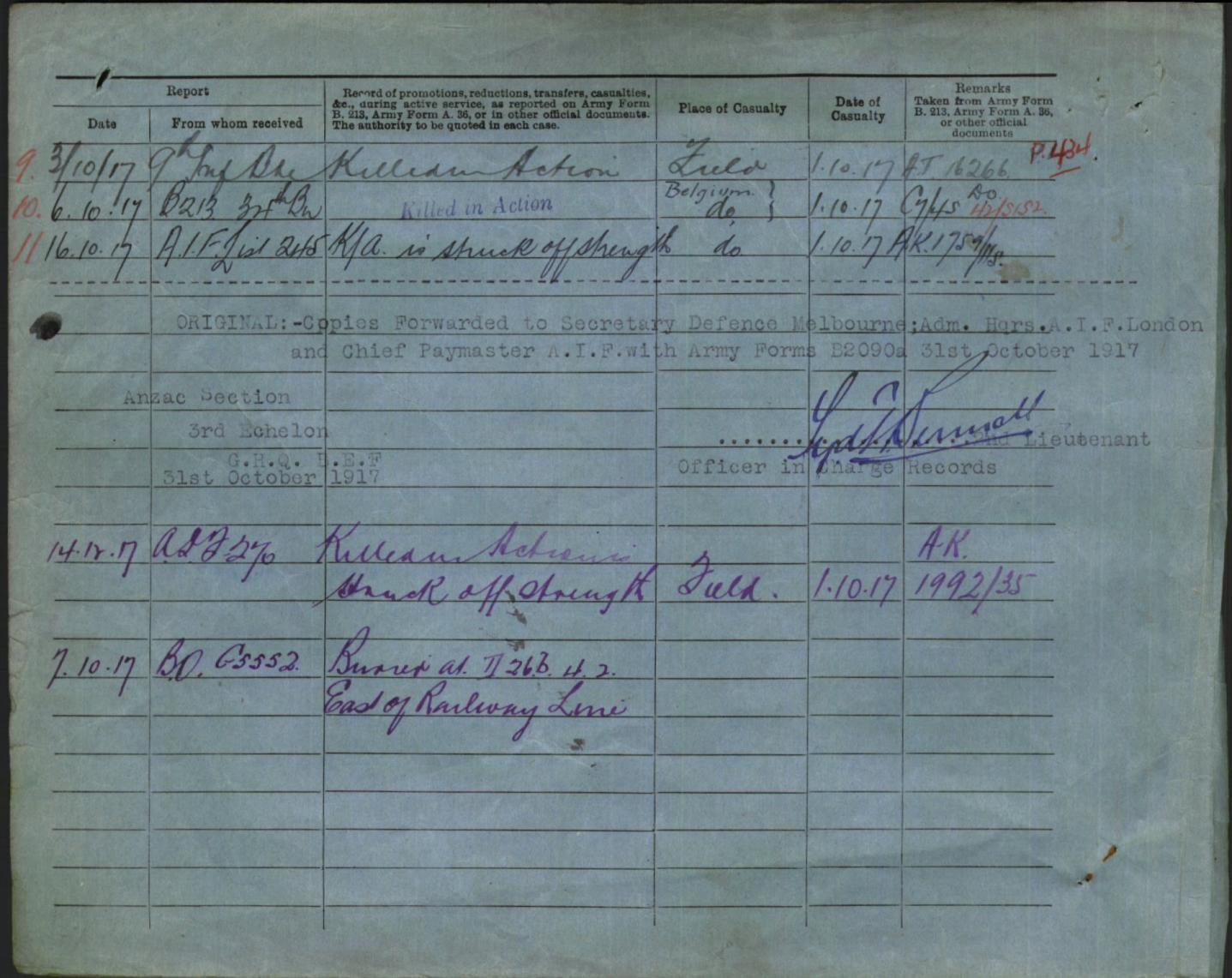

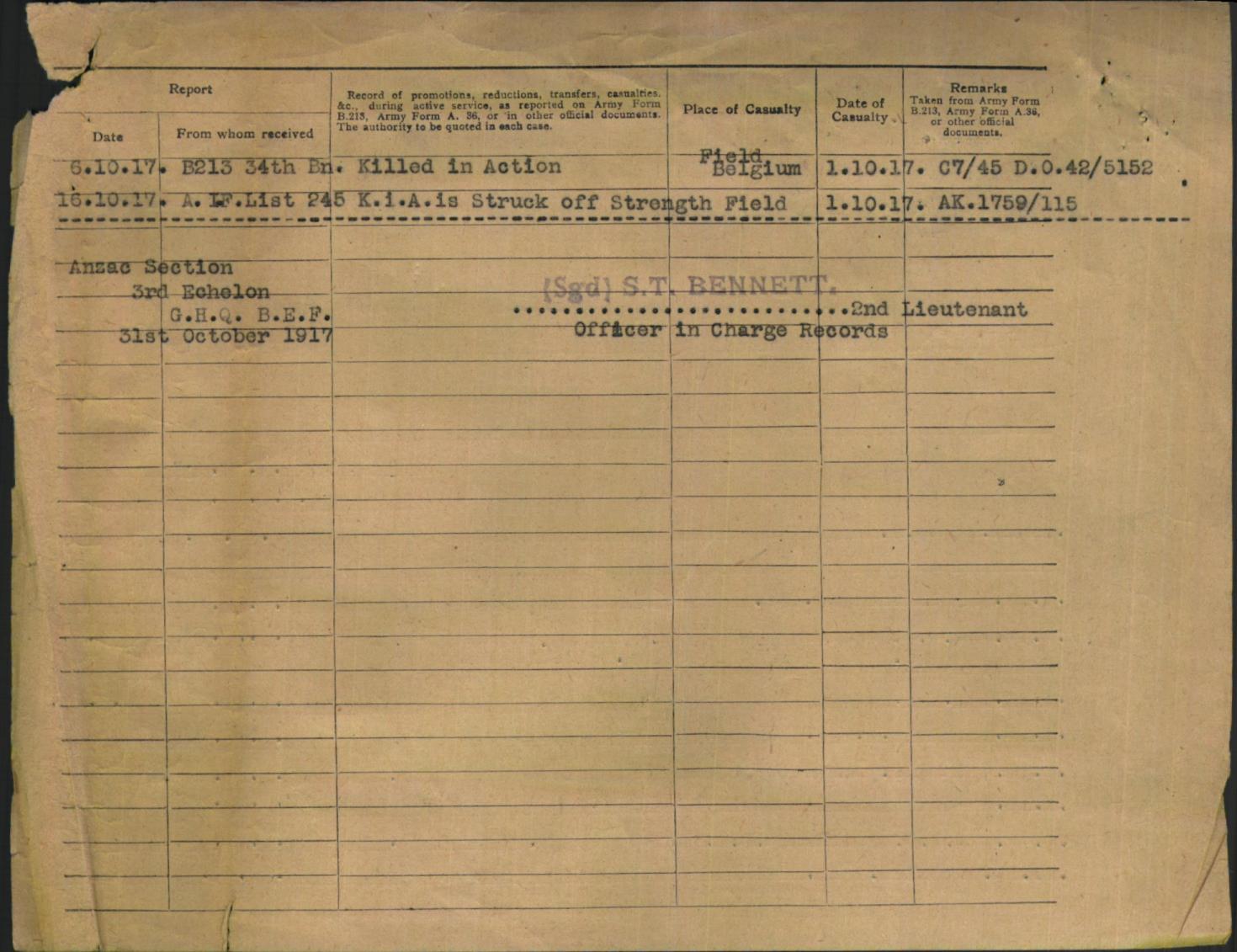



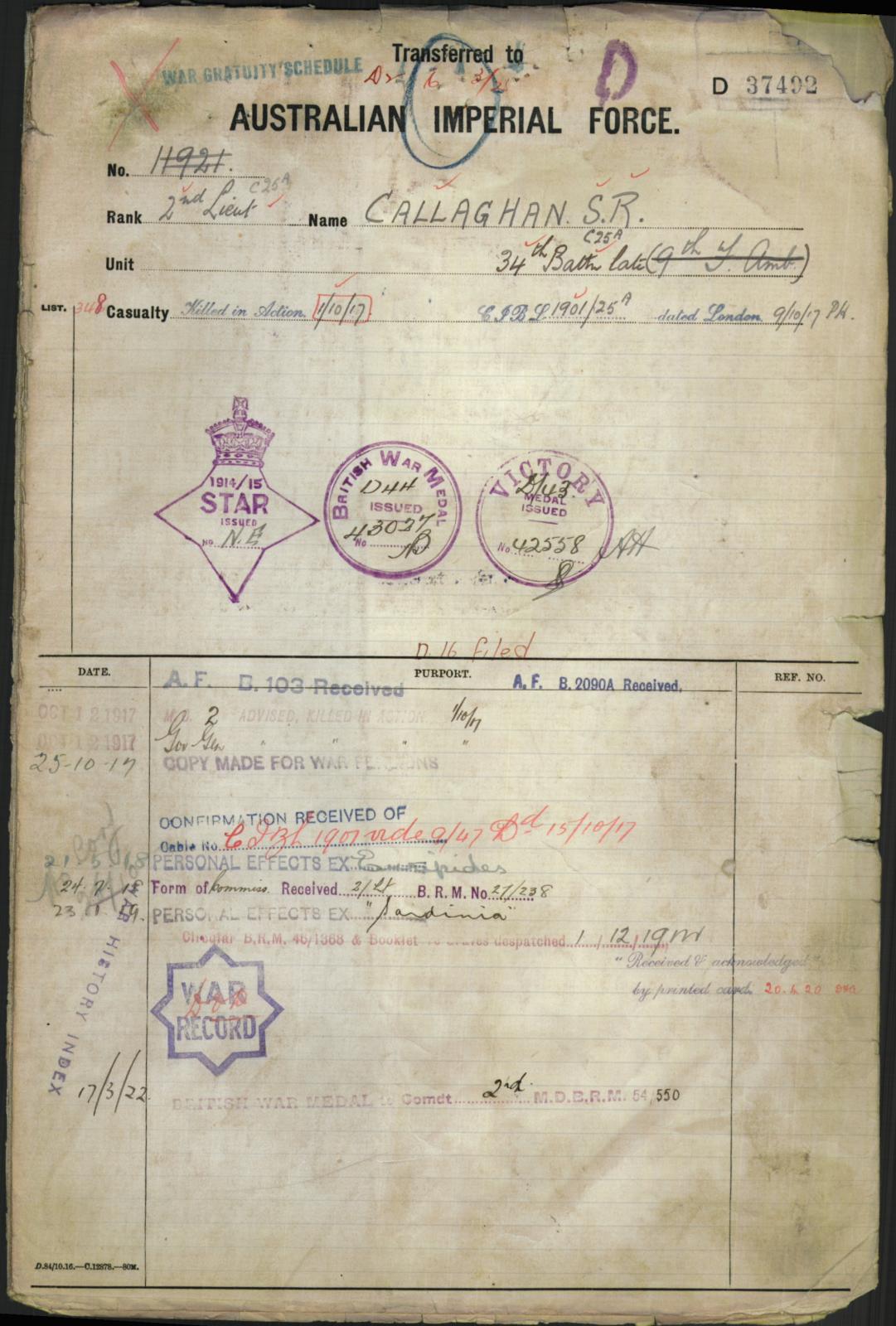
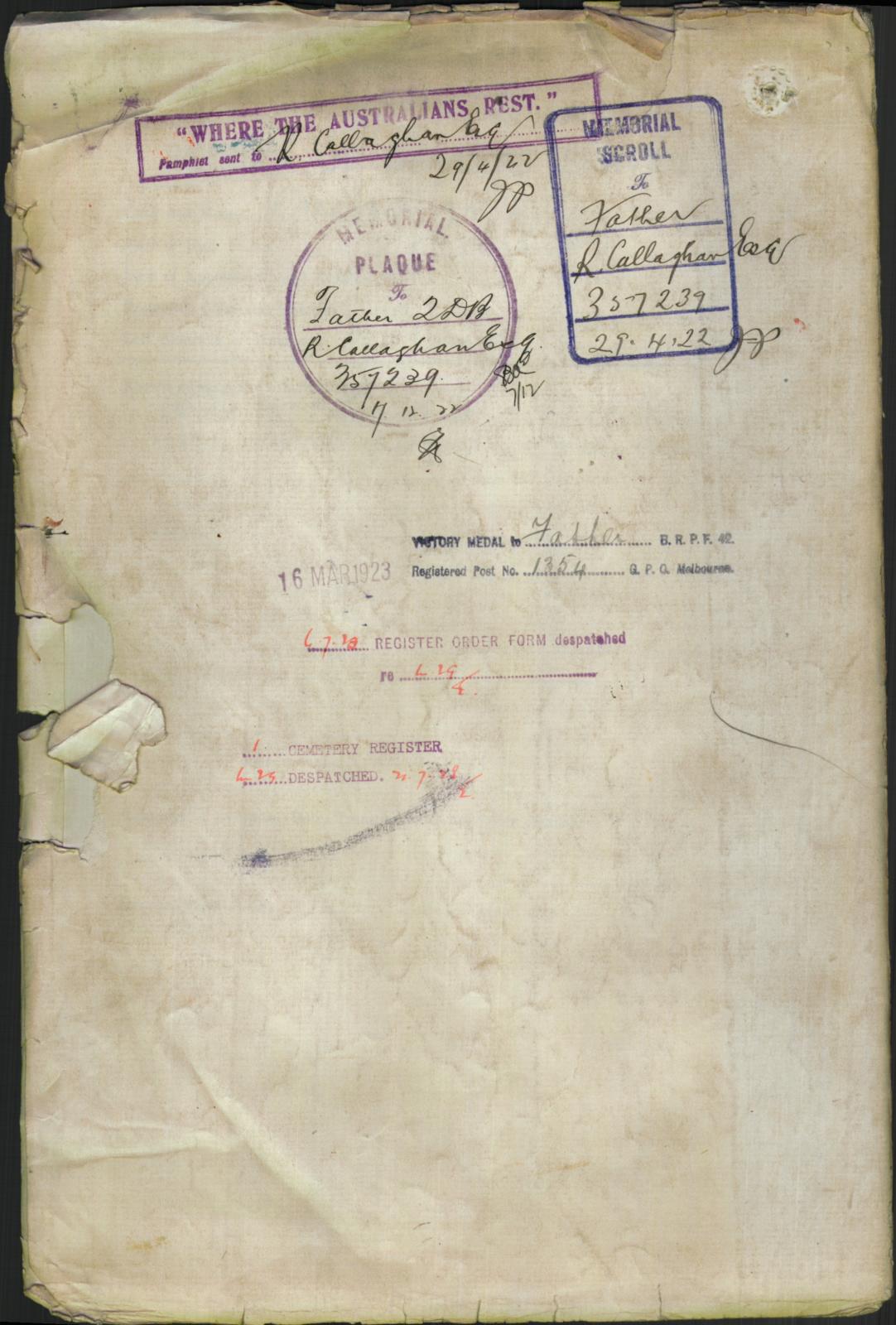 Australian National Archives
Australian National Archives
Under Construction; 20/04/2011-03/08/2021.
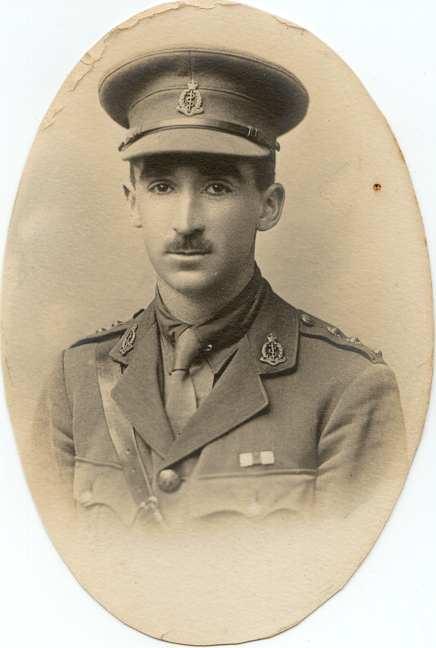

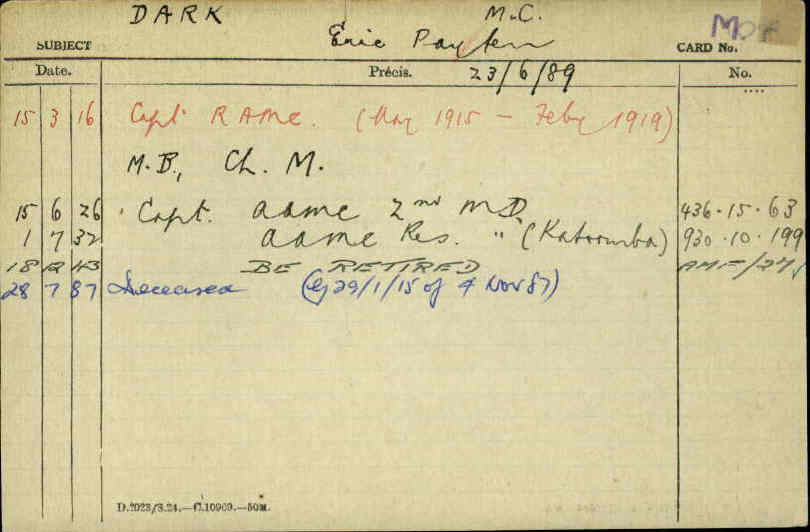

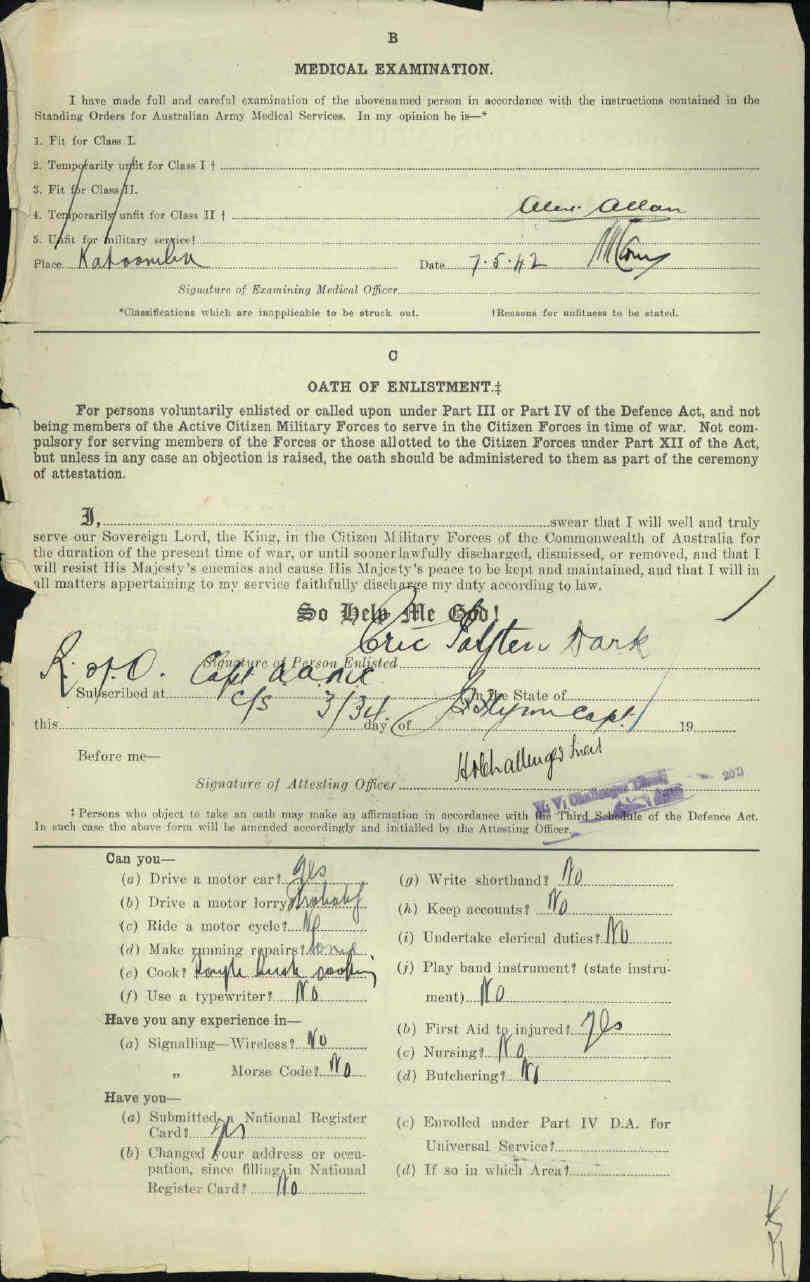
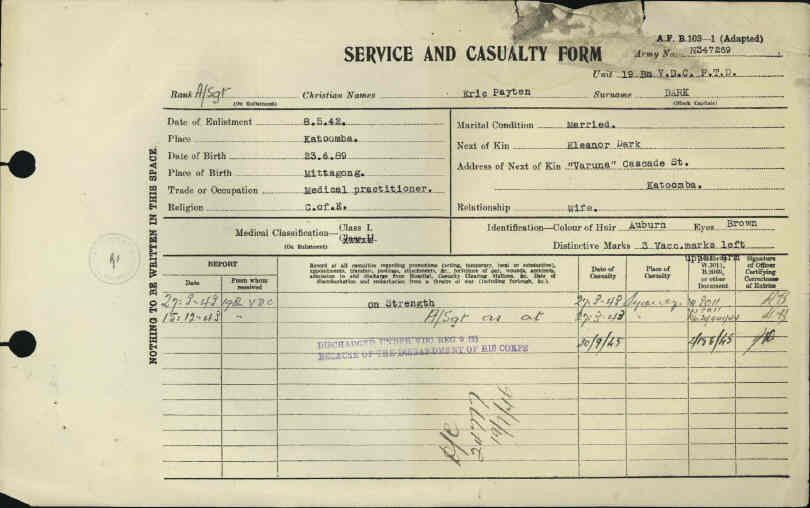
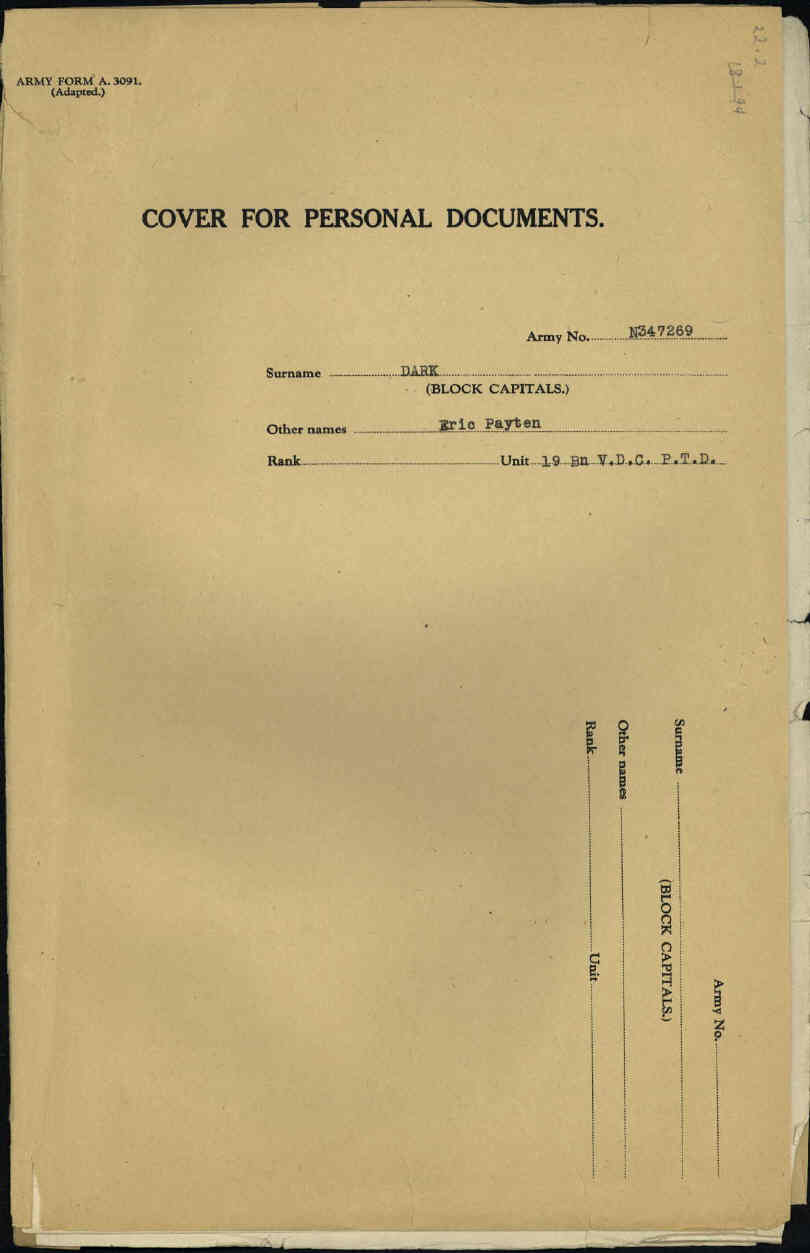
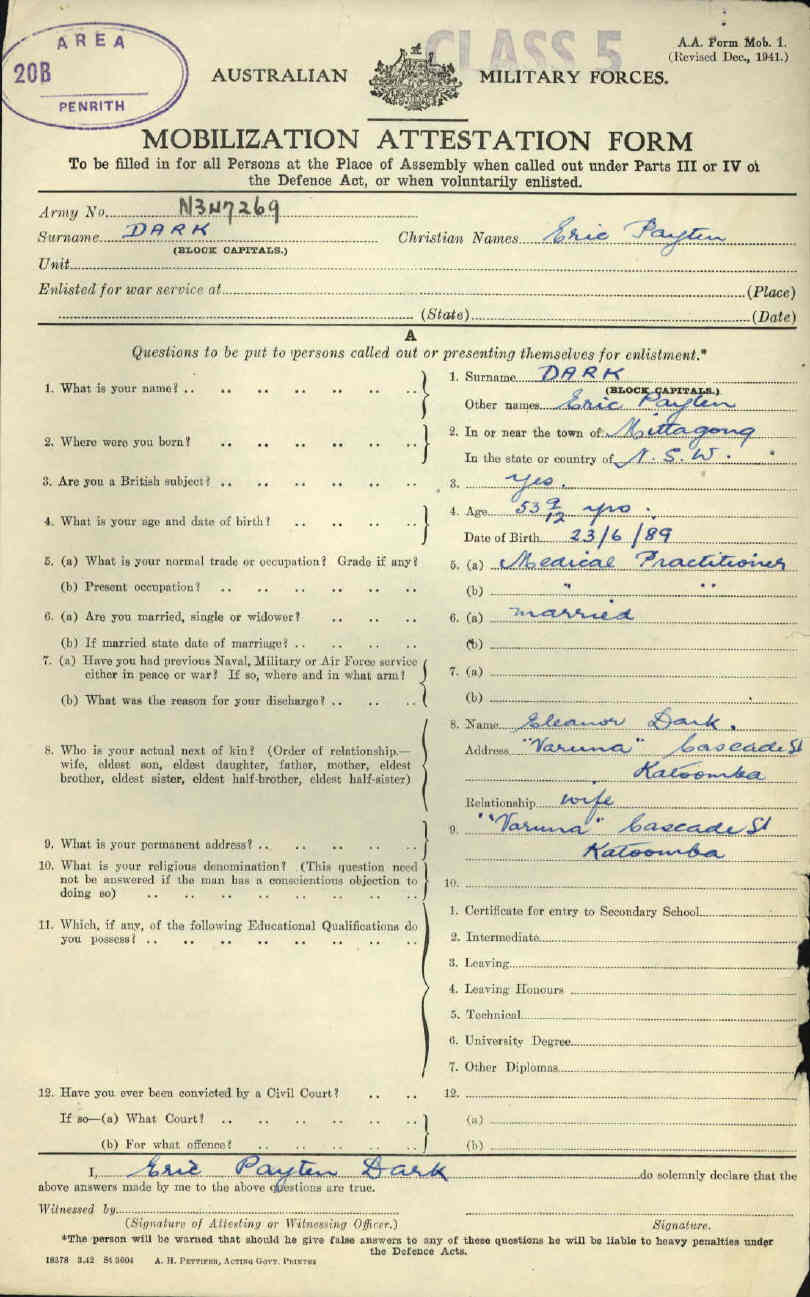
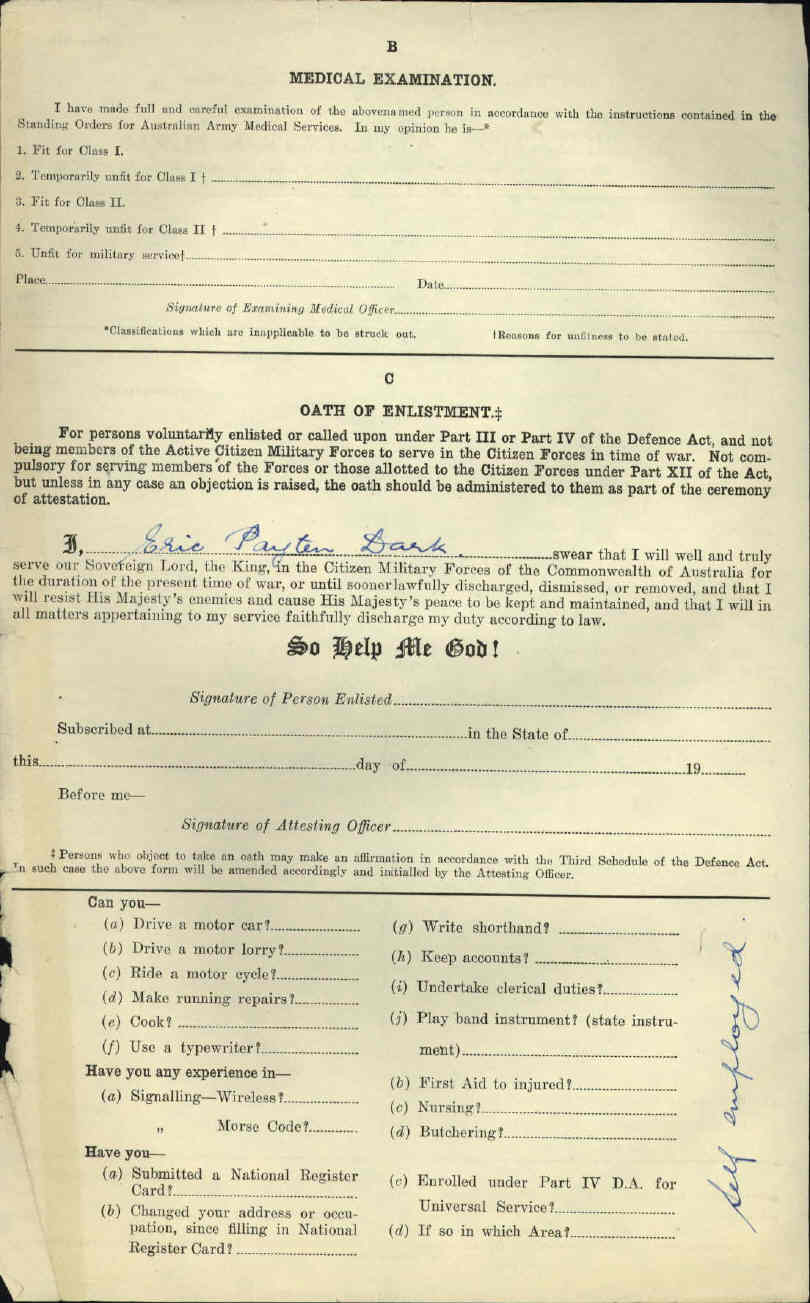
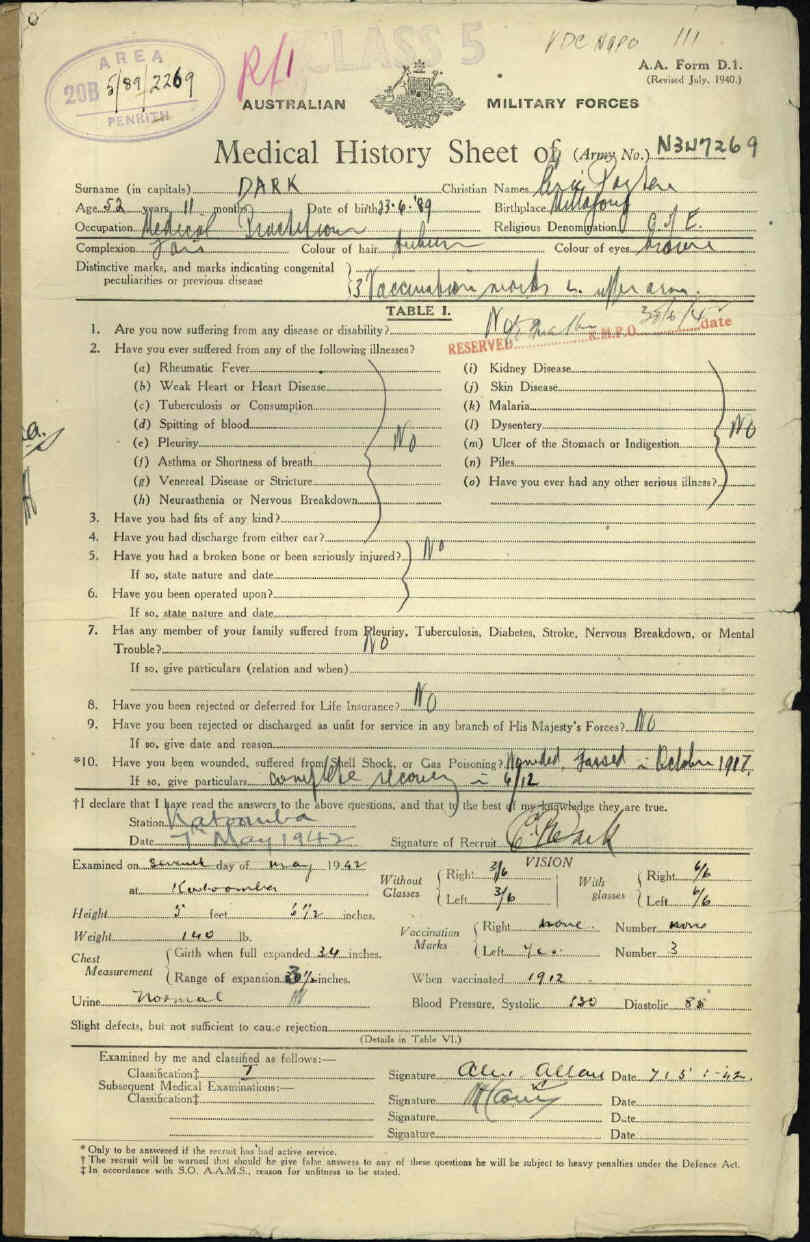
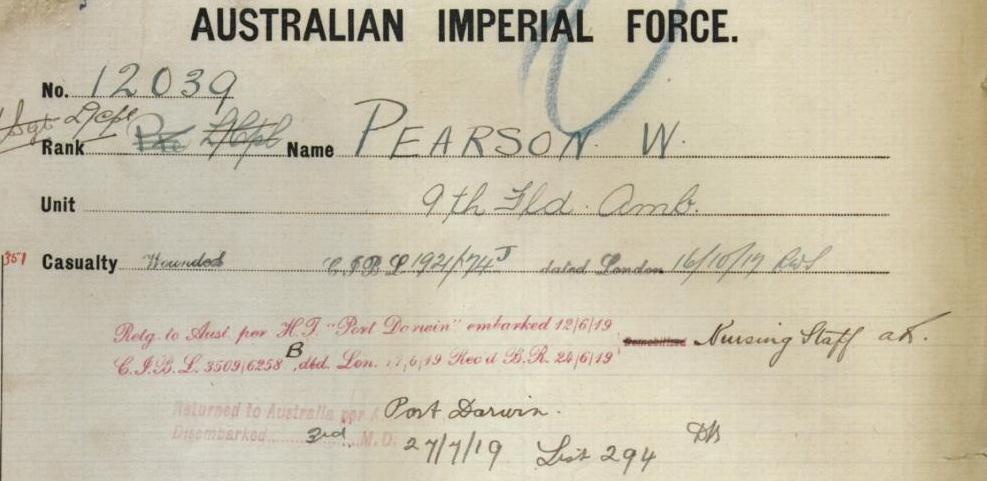
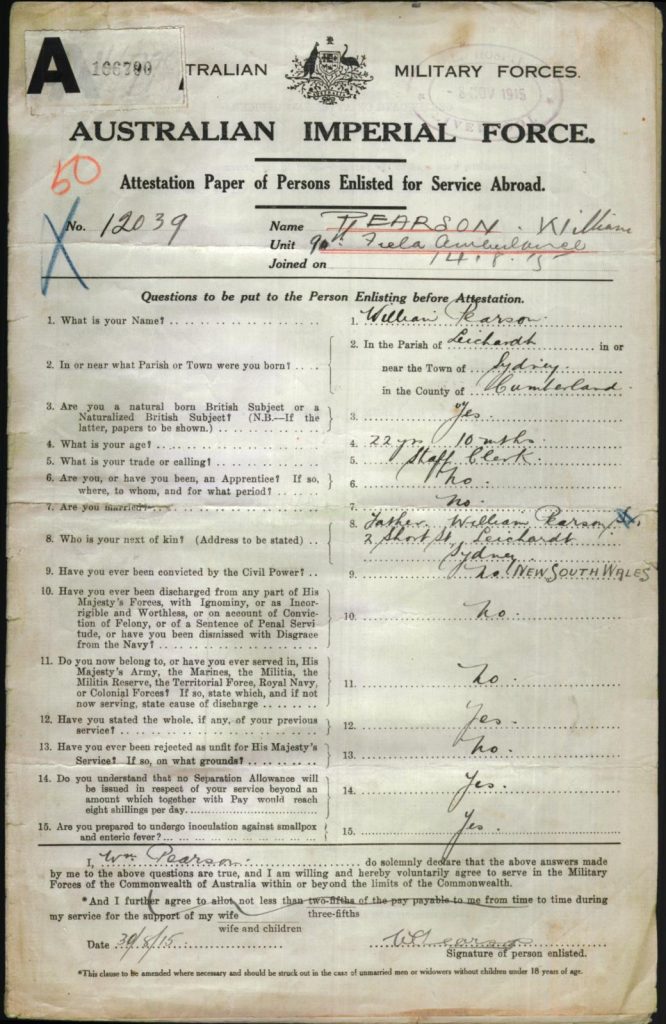
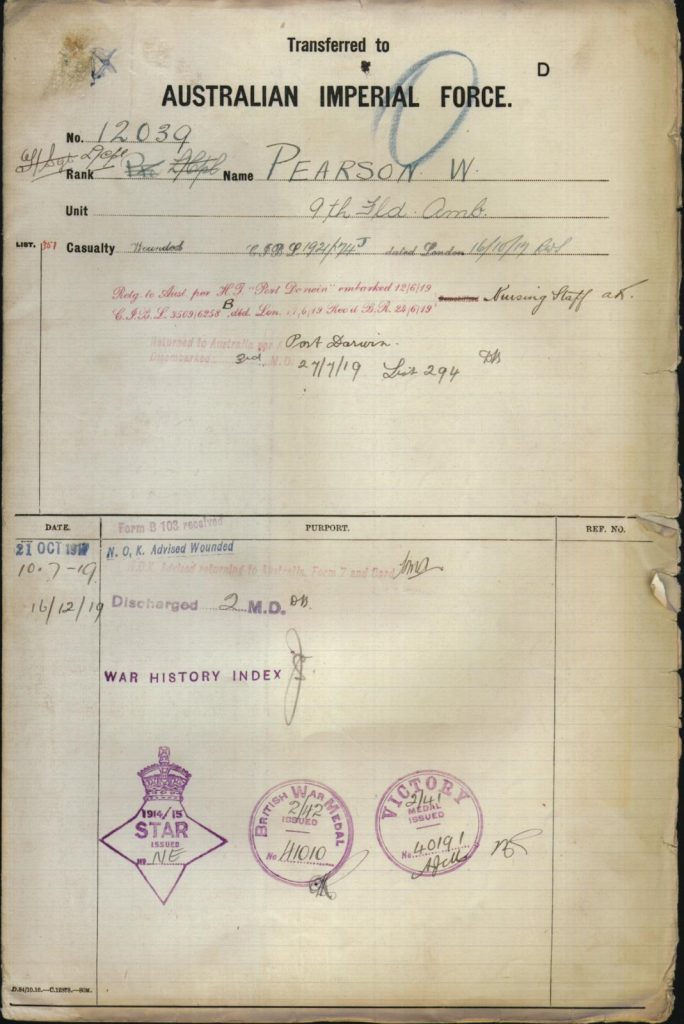

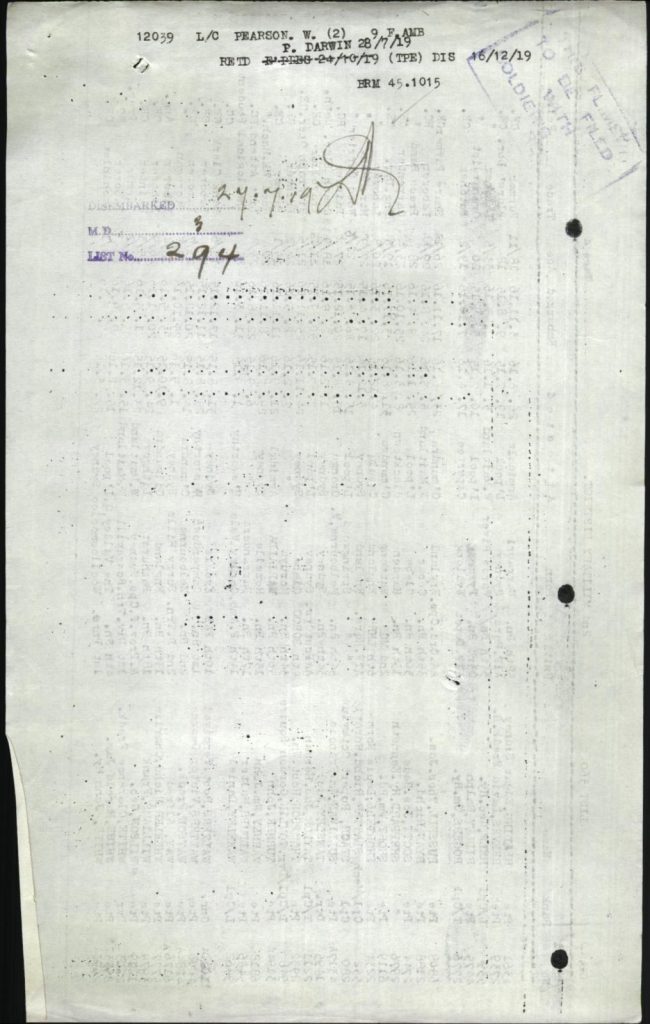

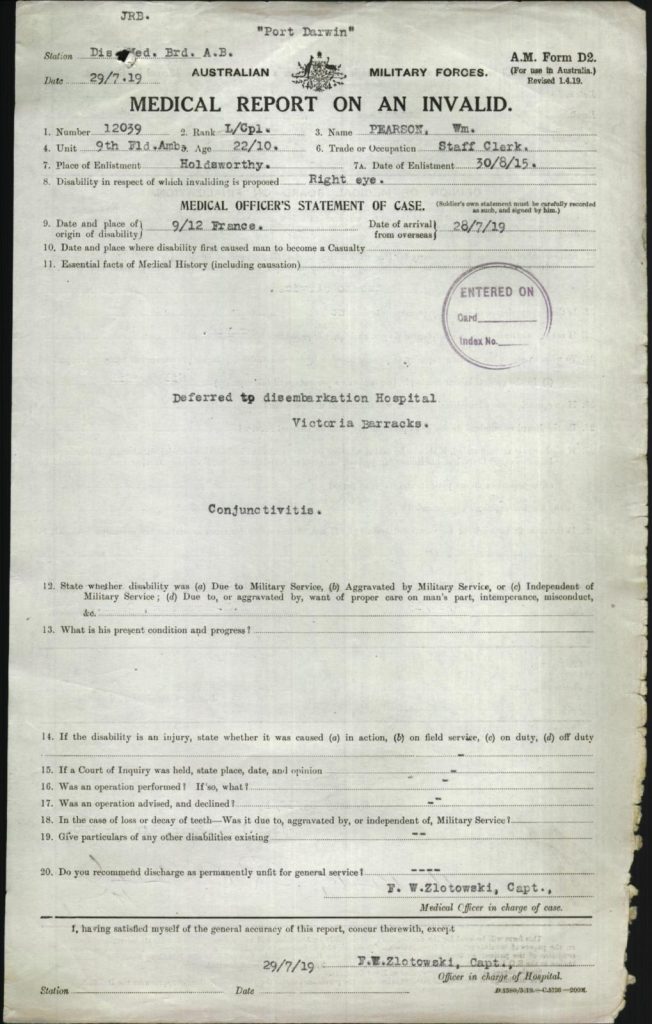

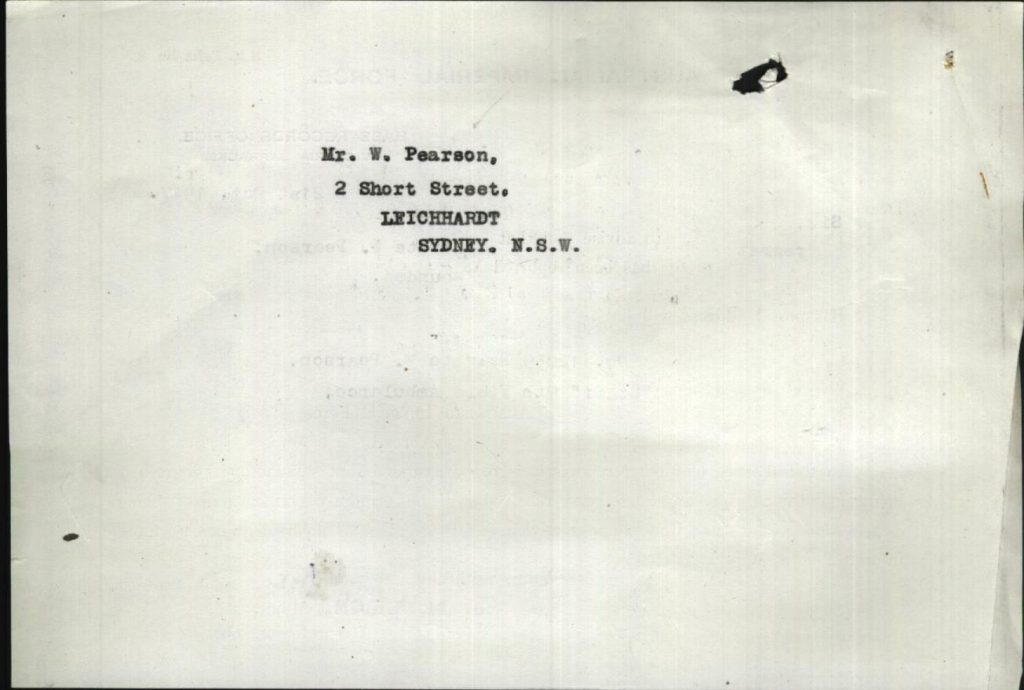
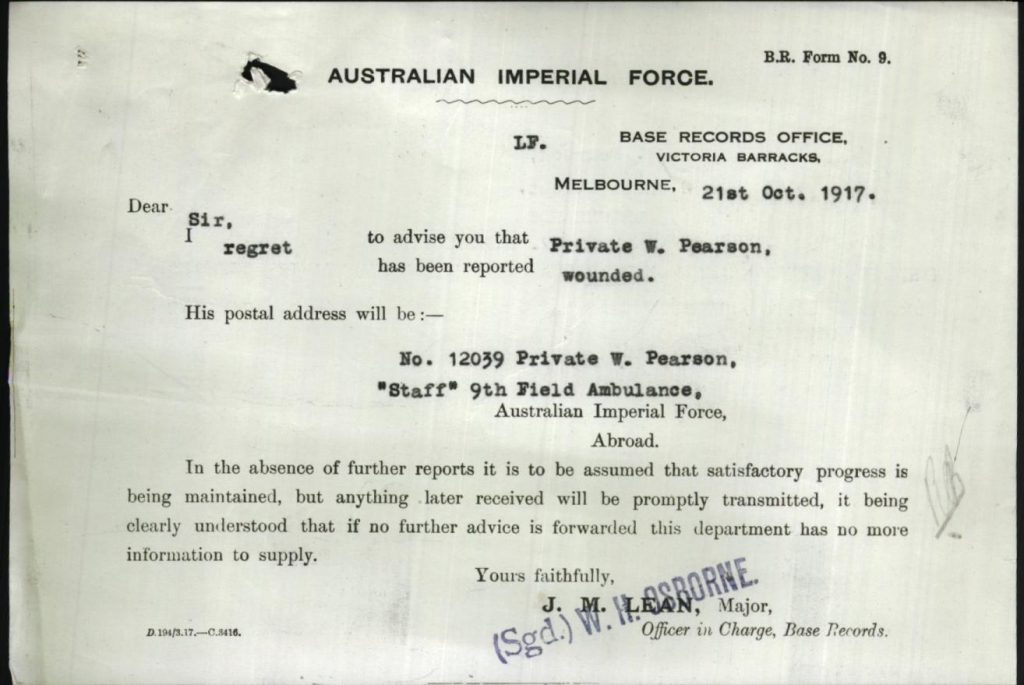


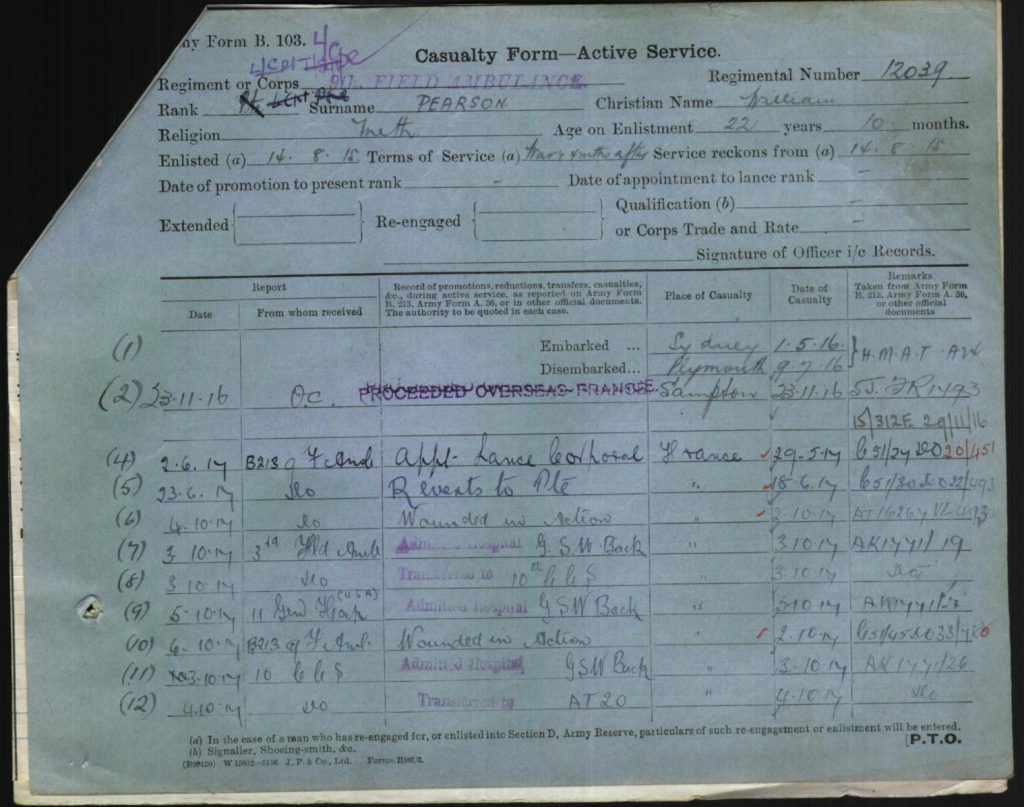

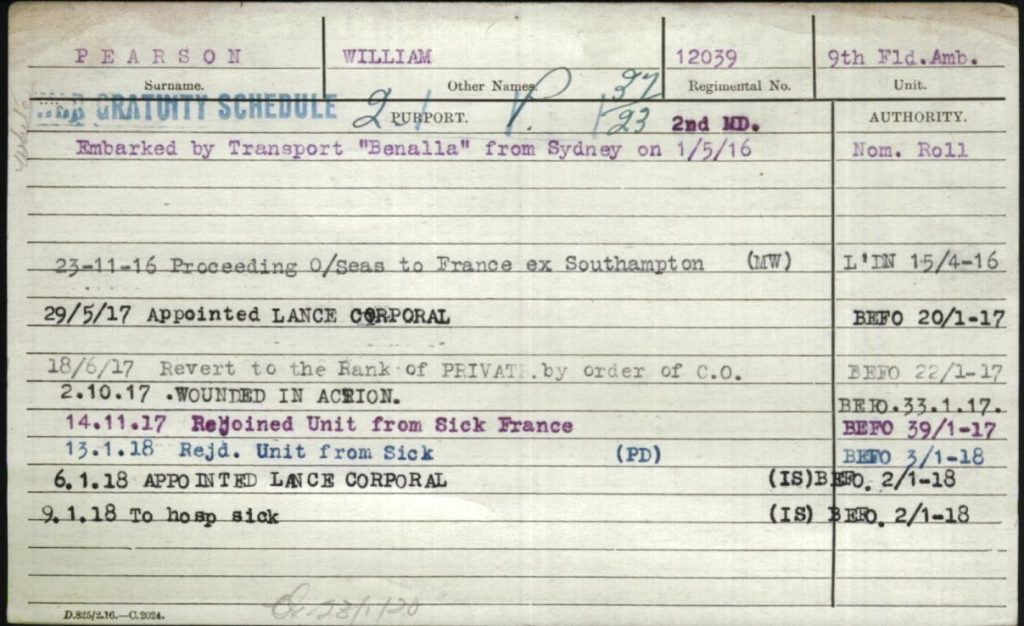
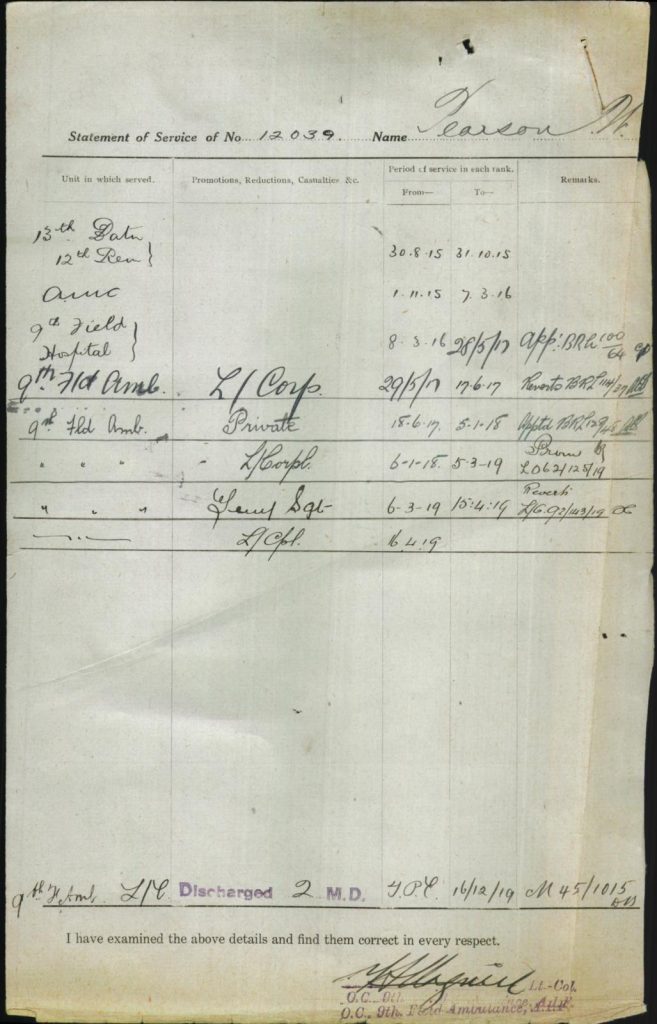
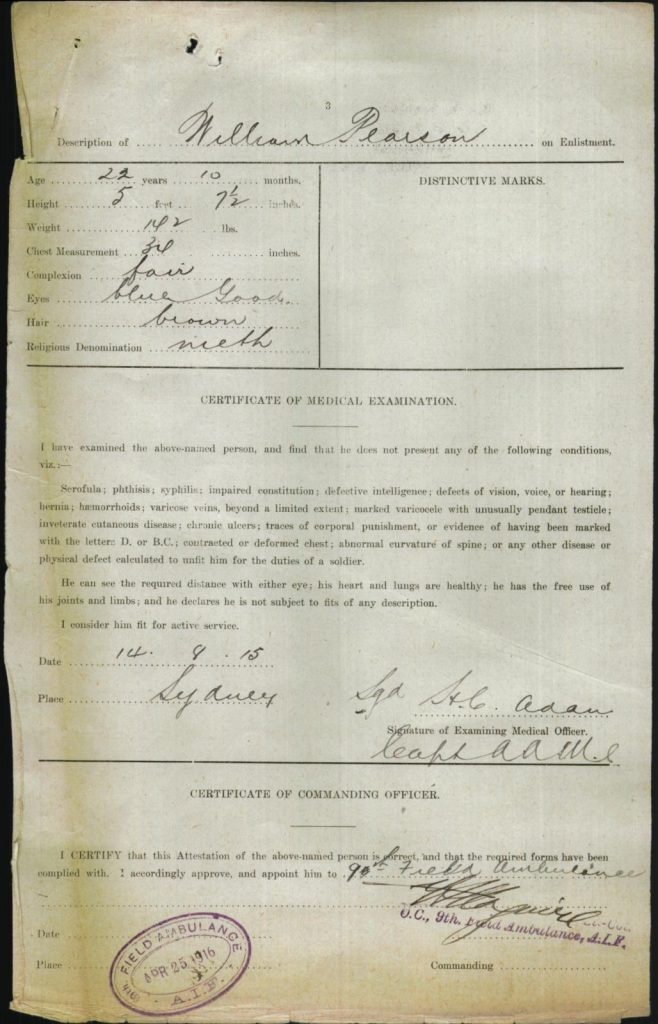
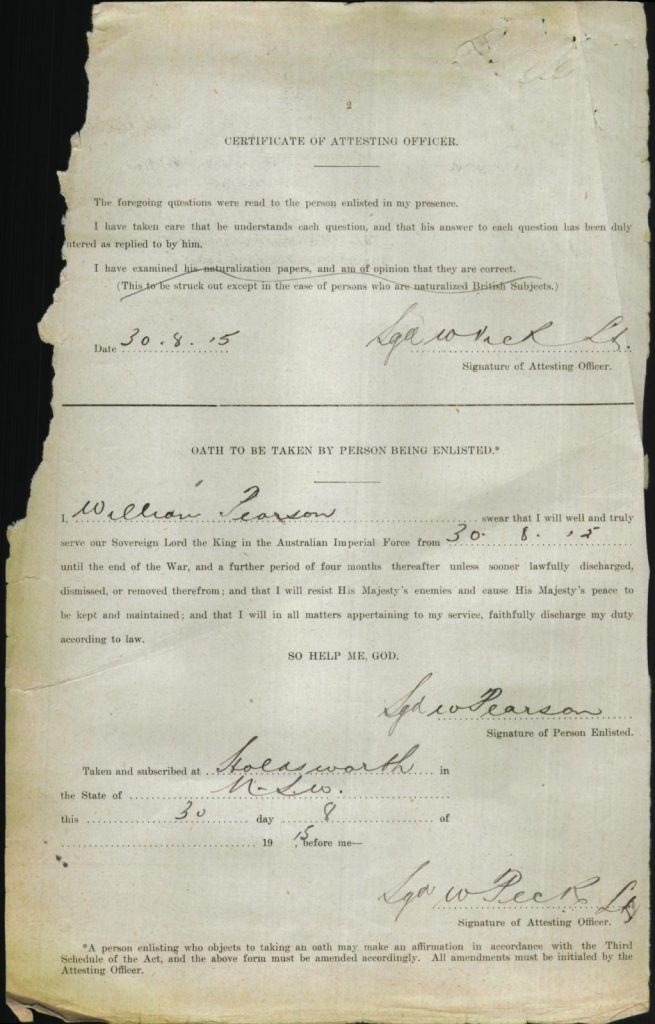
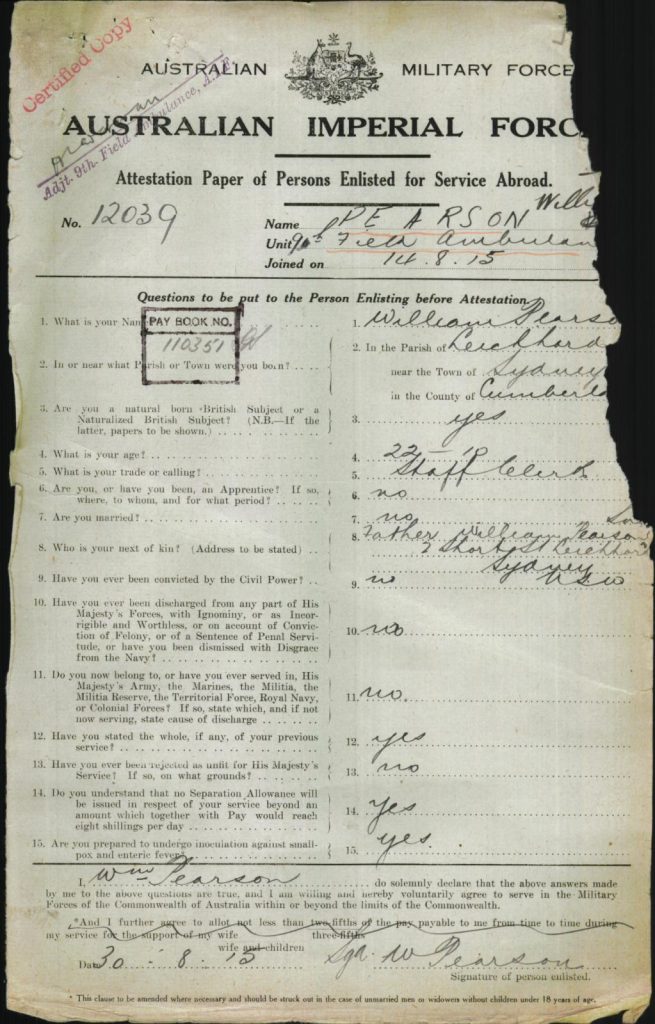

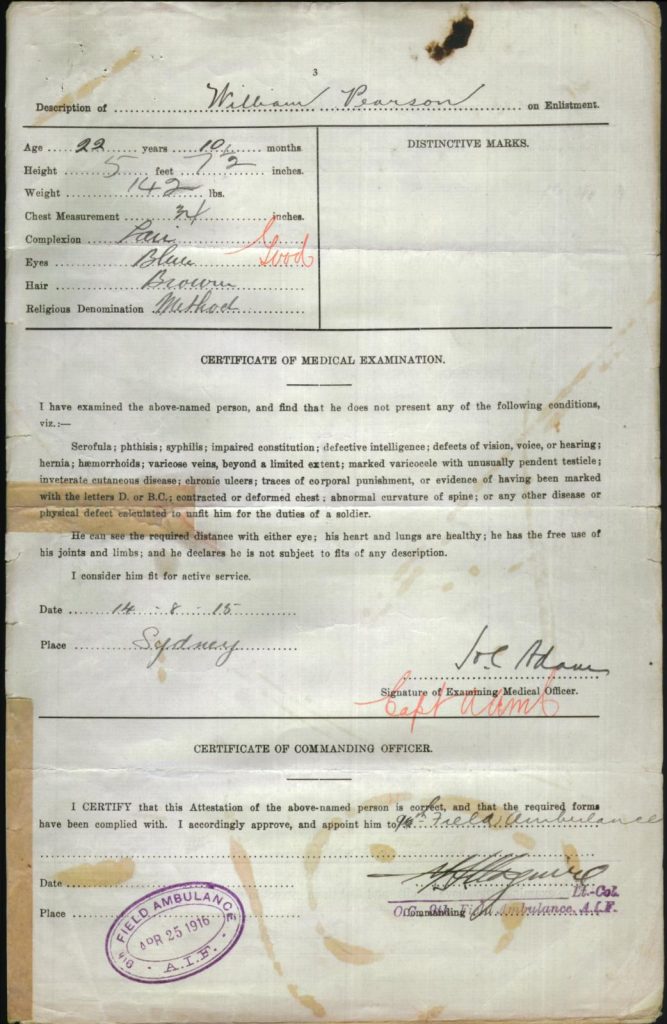

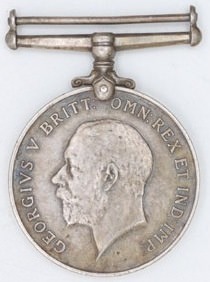
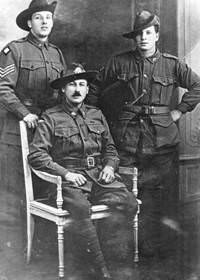
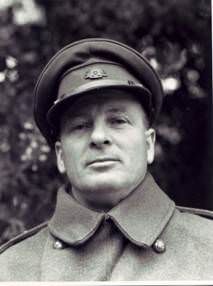
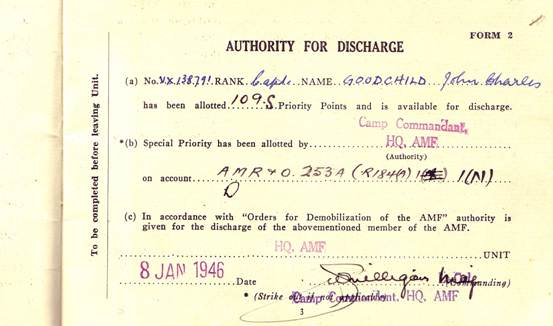
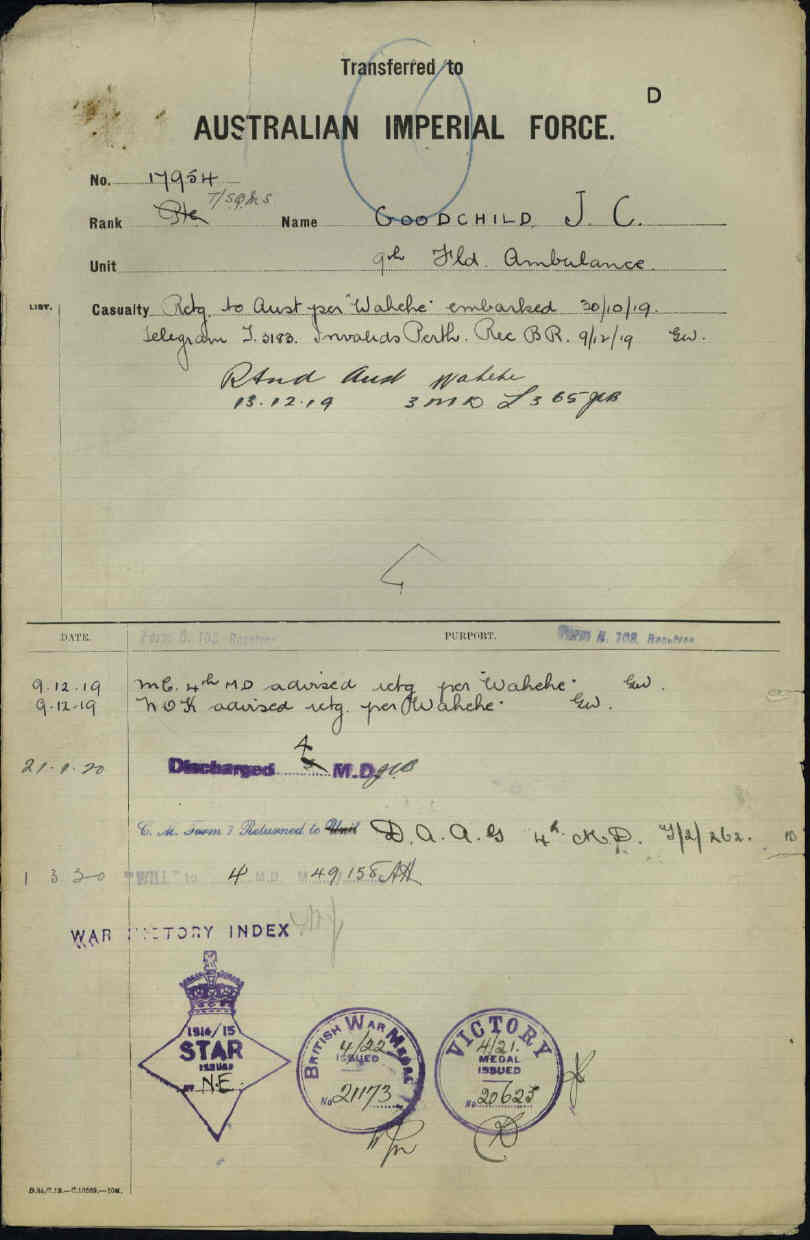
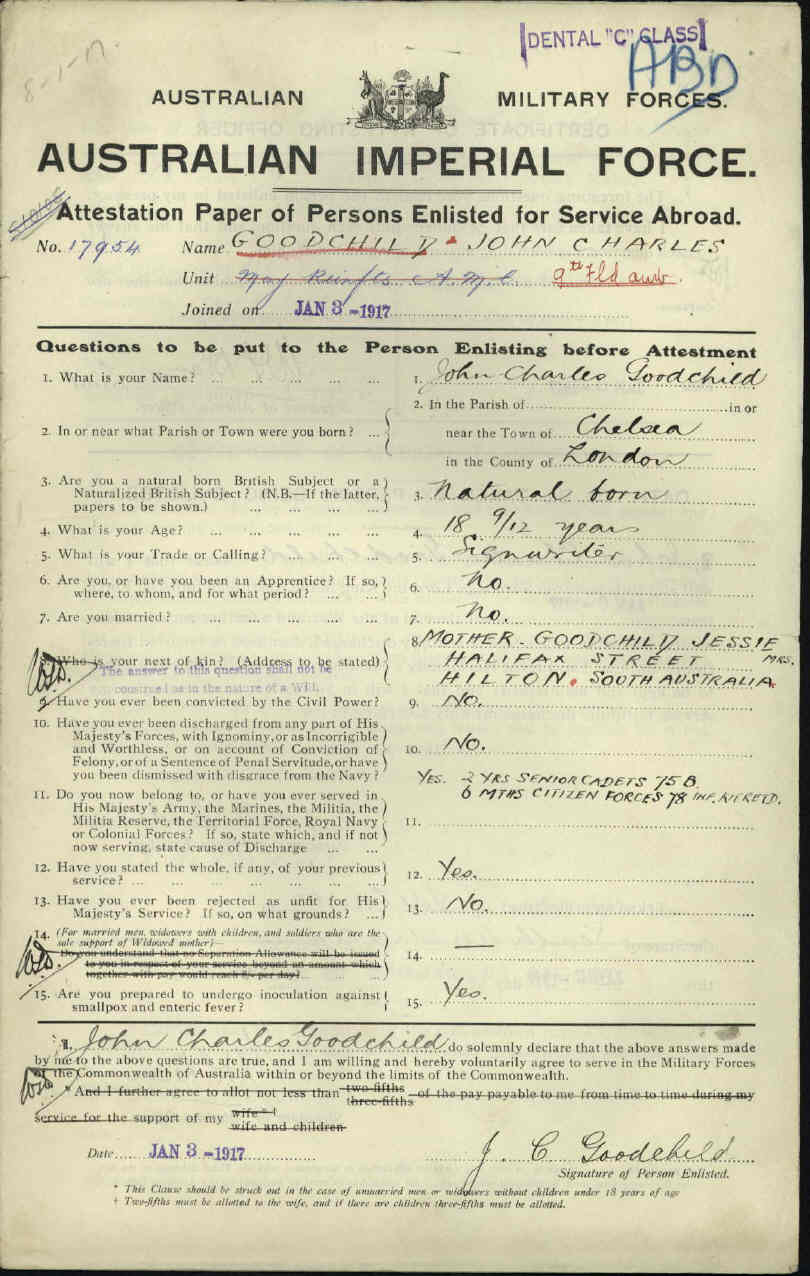


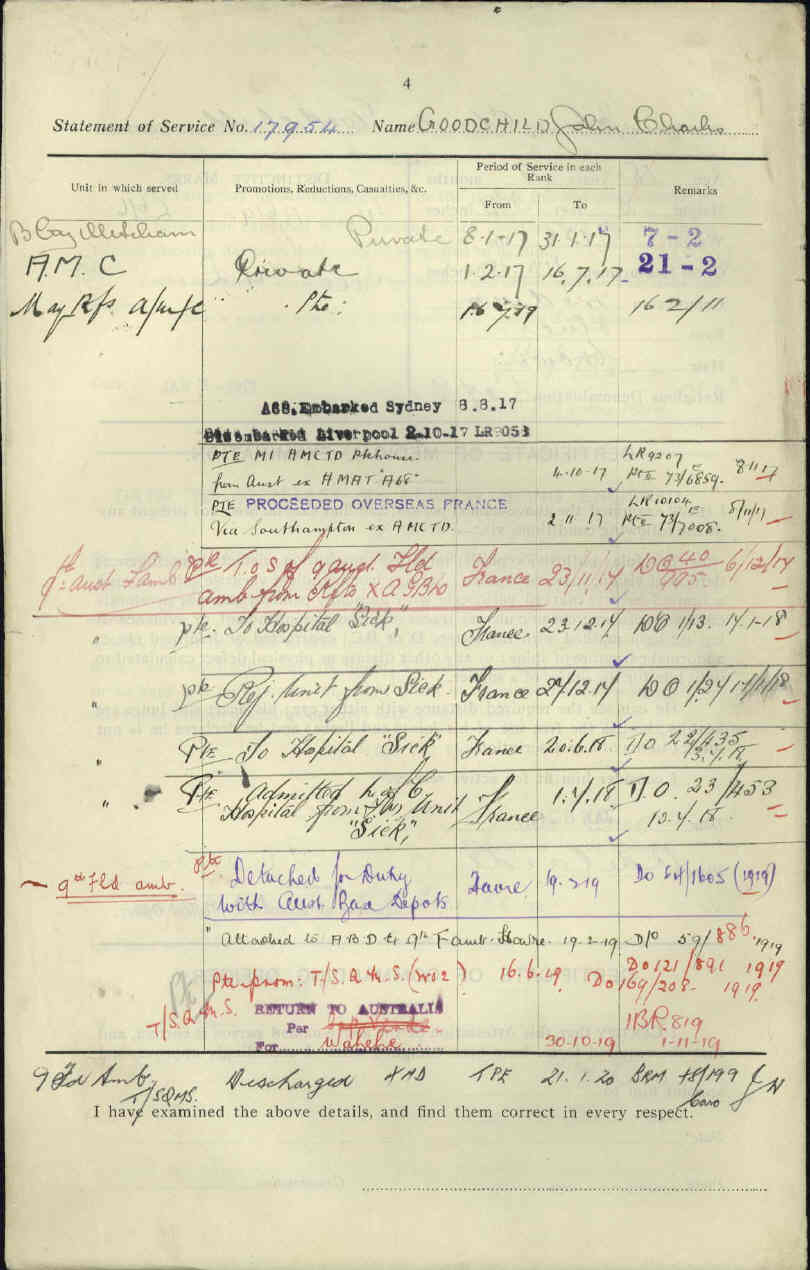

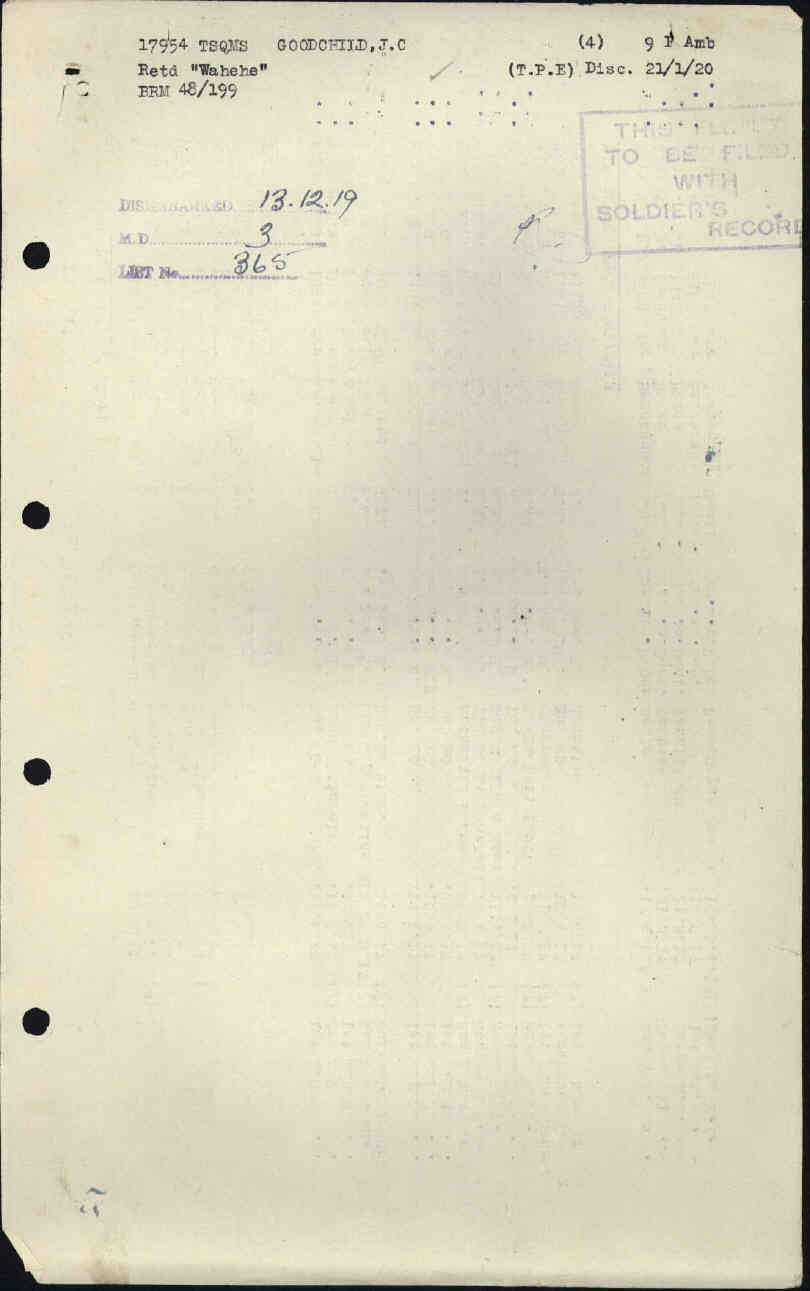
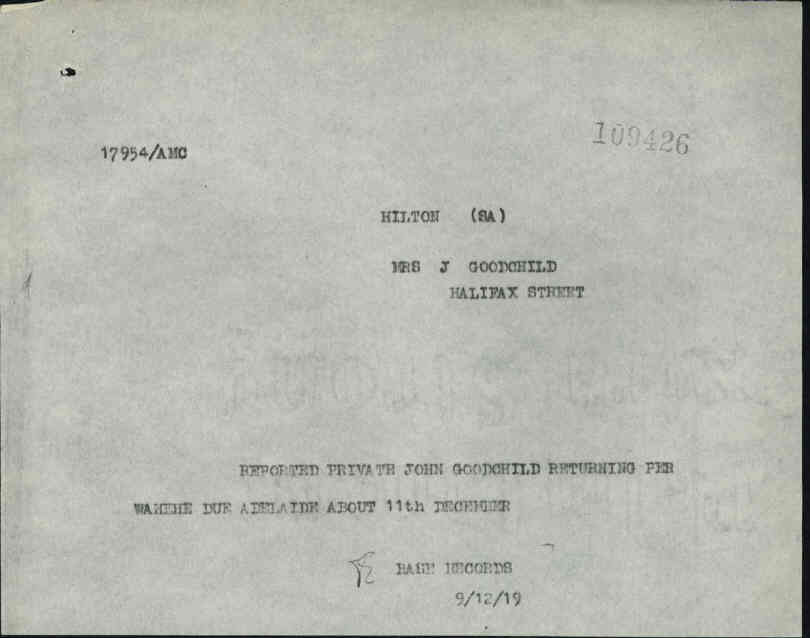

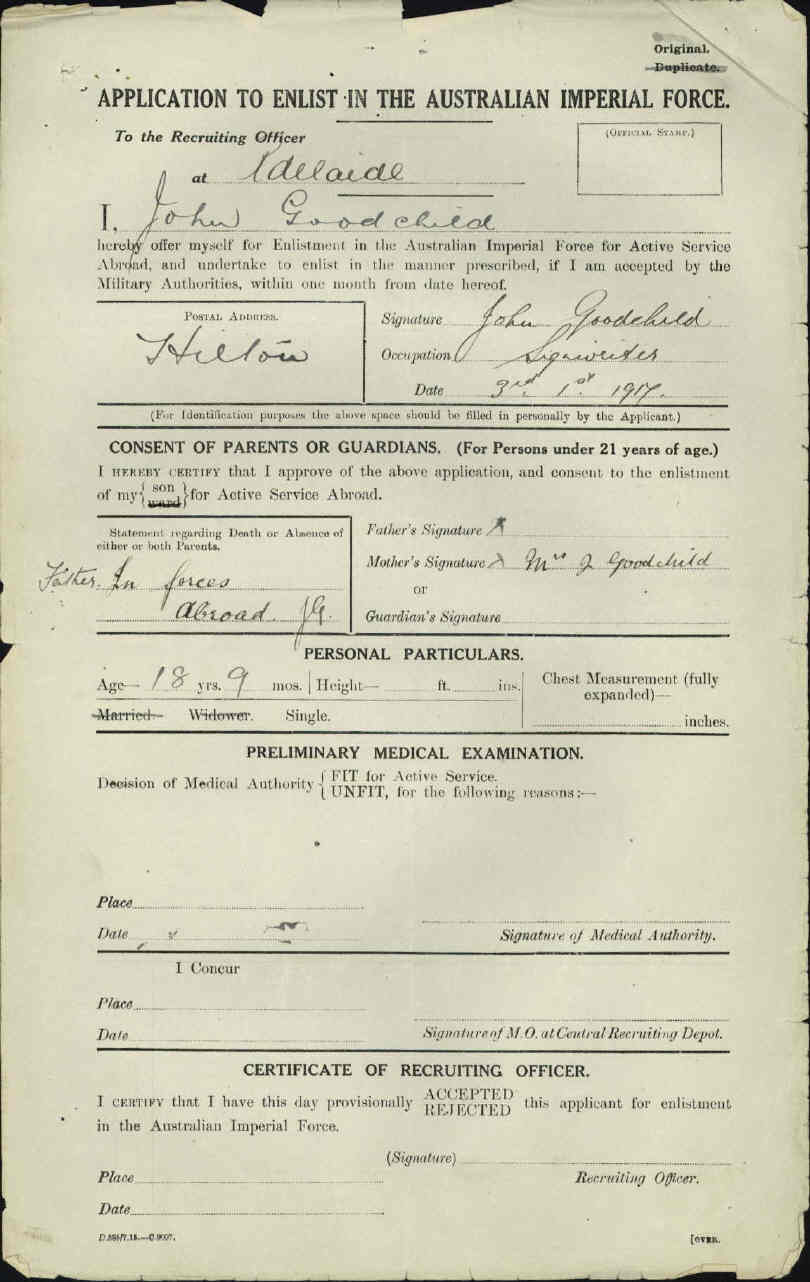

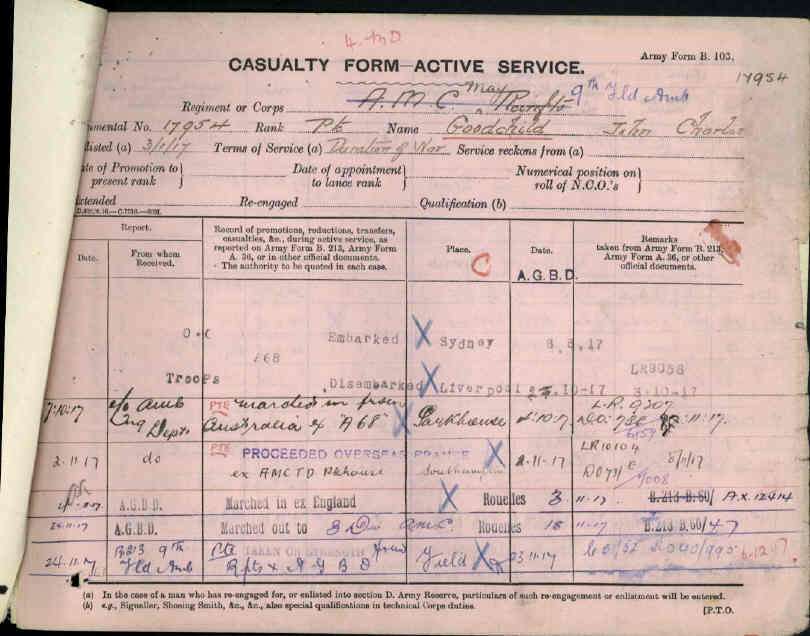

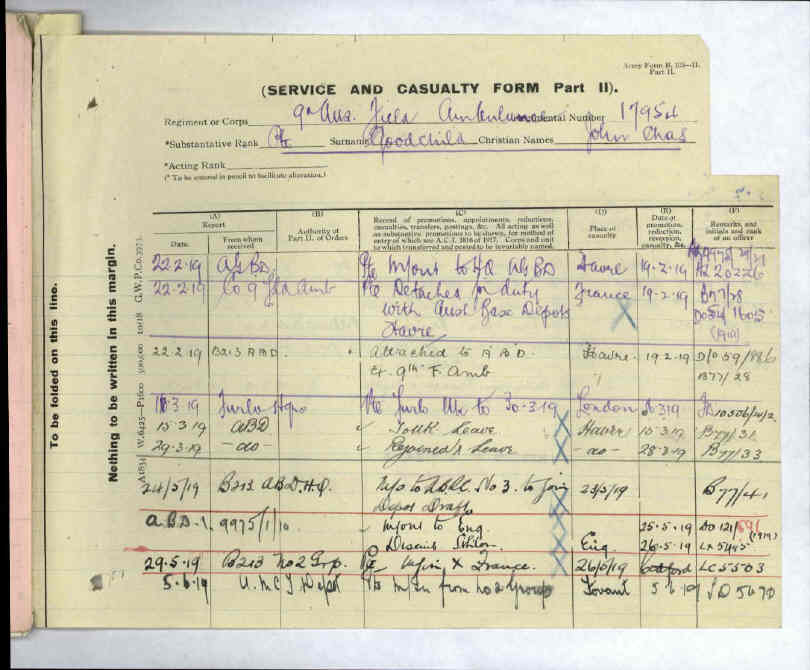

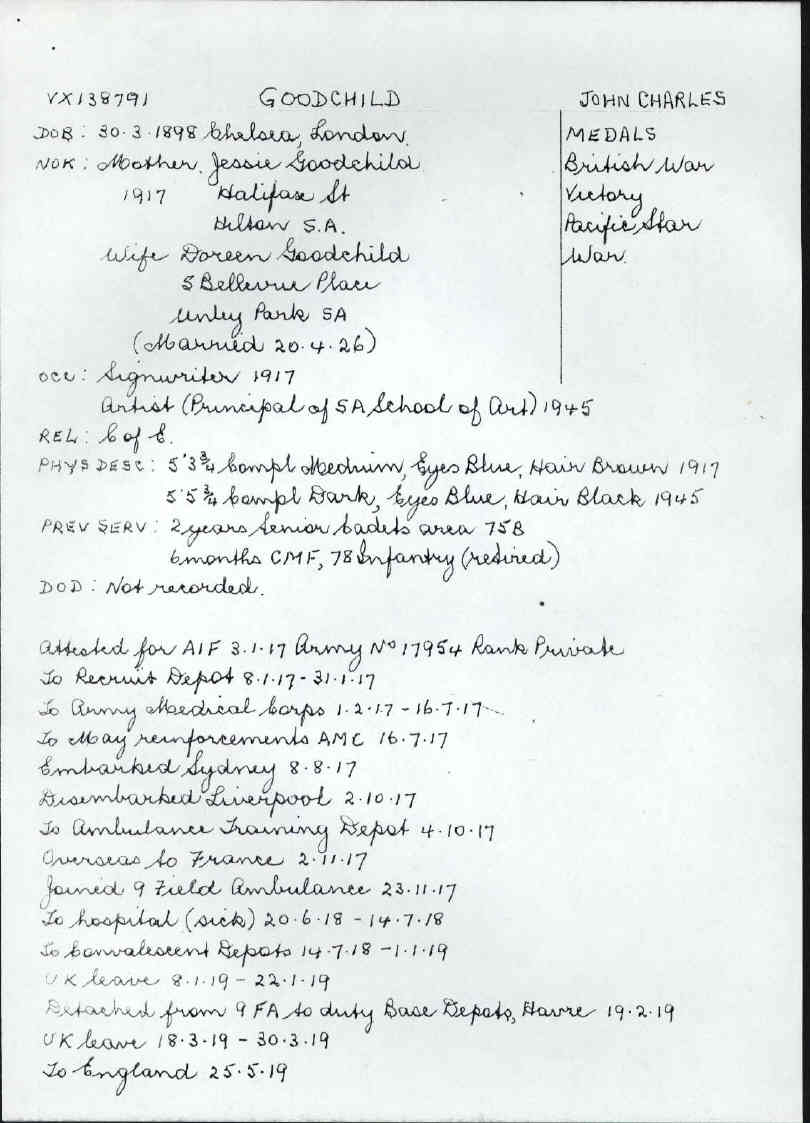
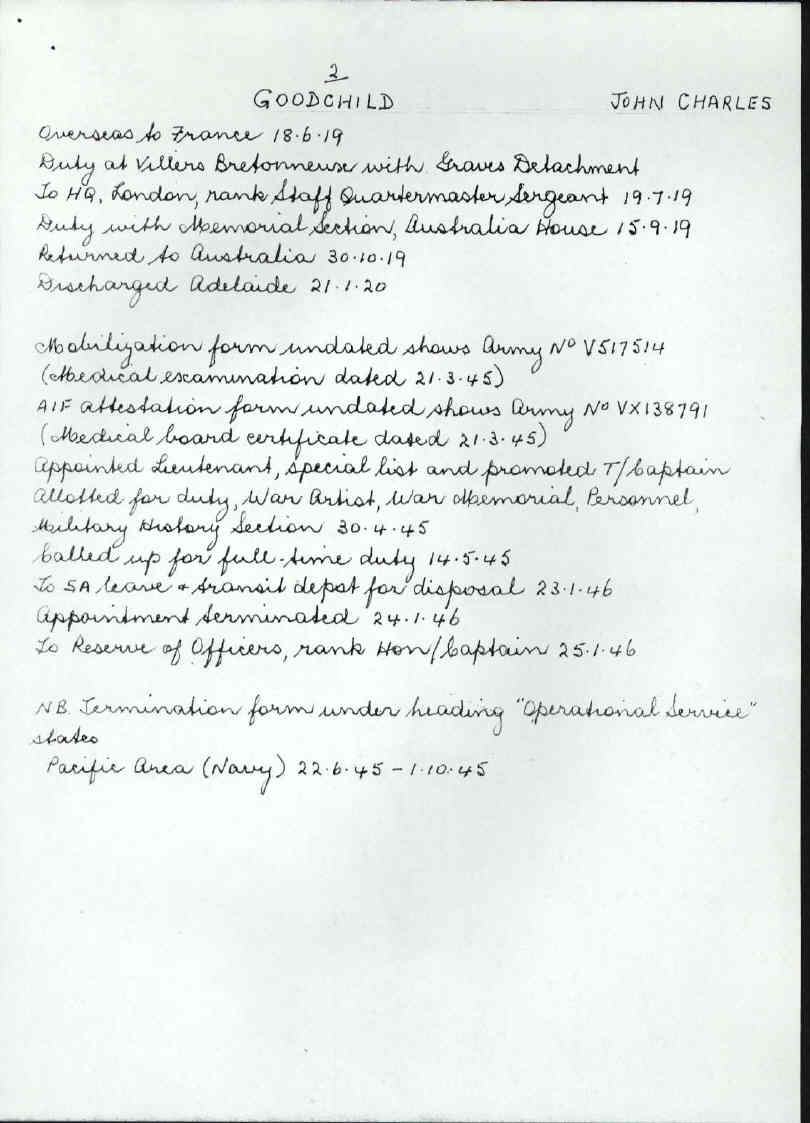
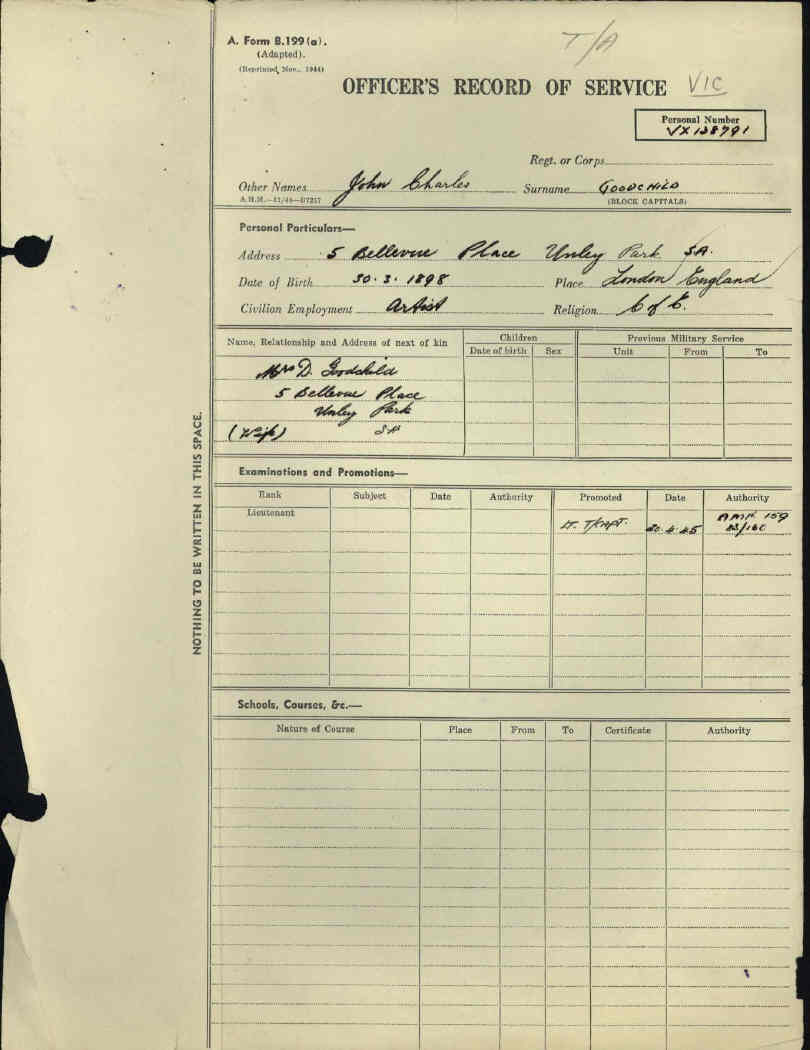
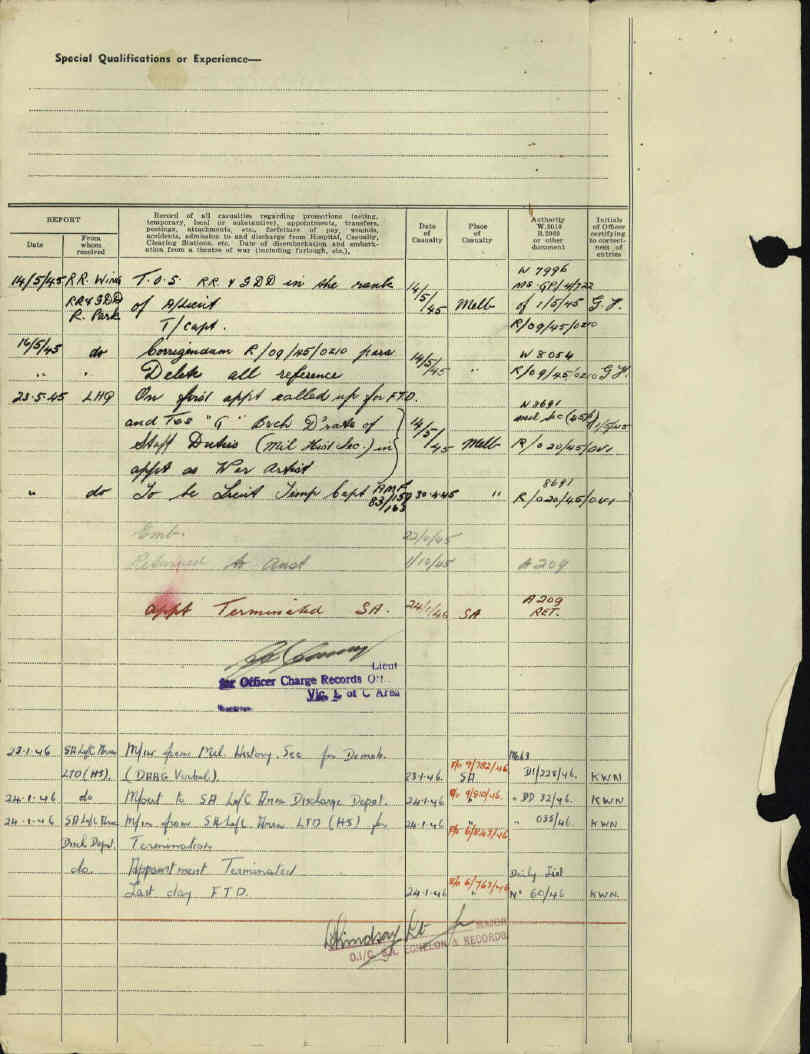
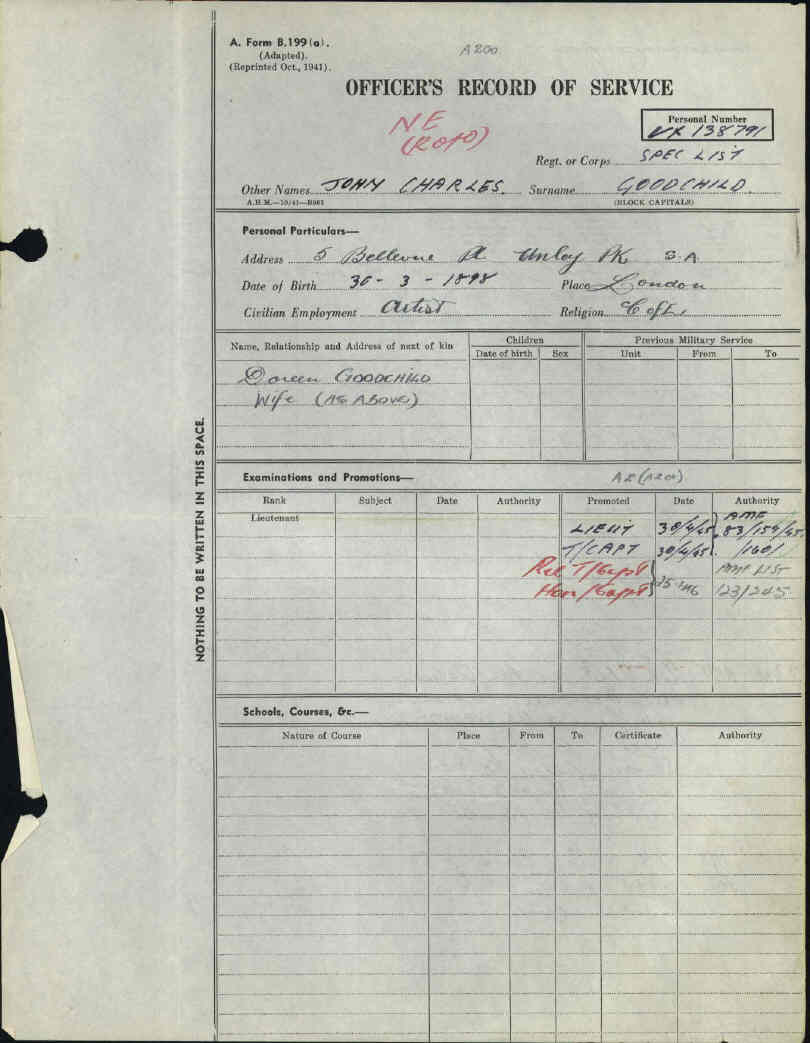

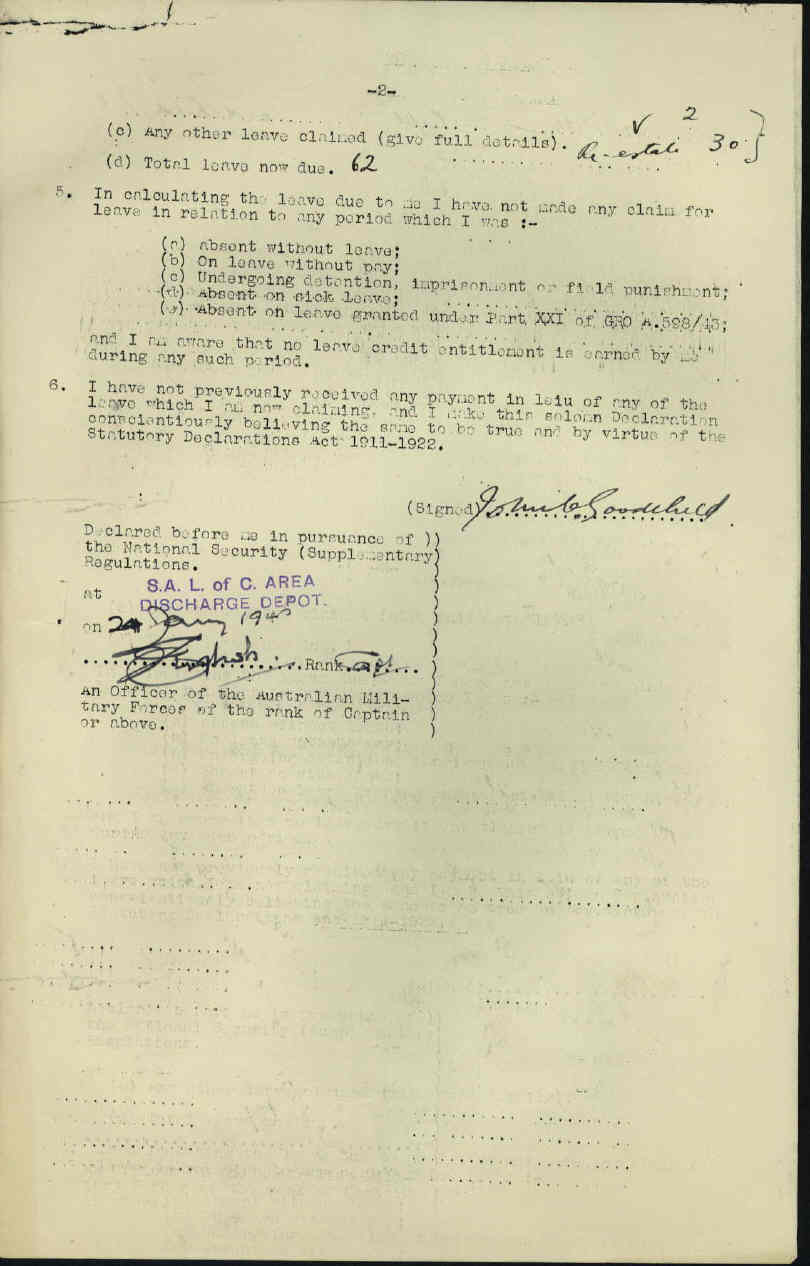
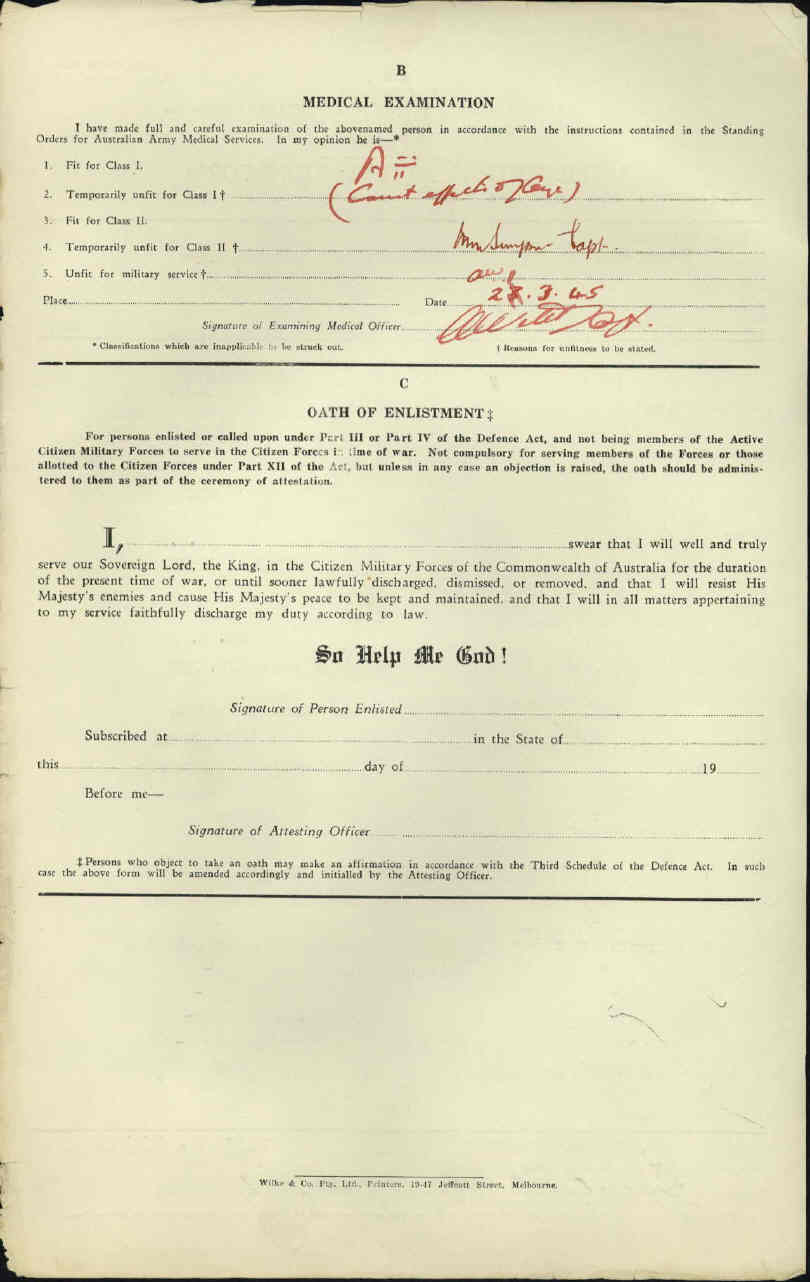
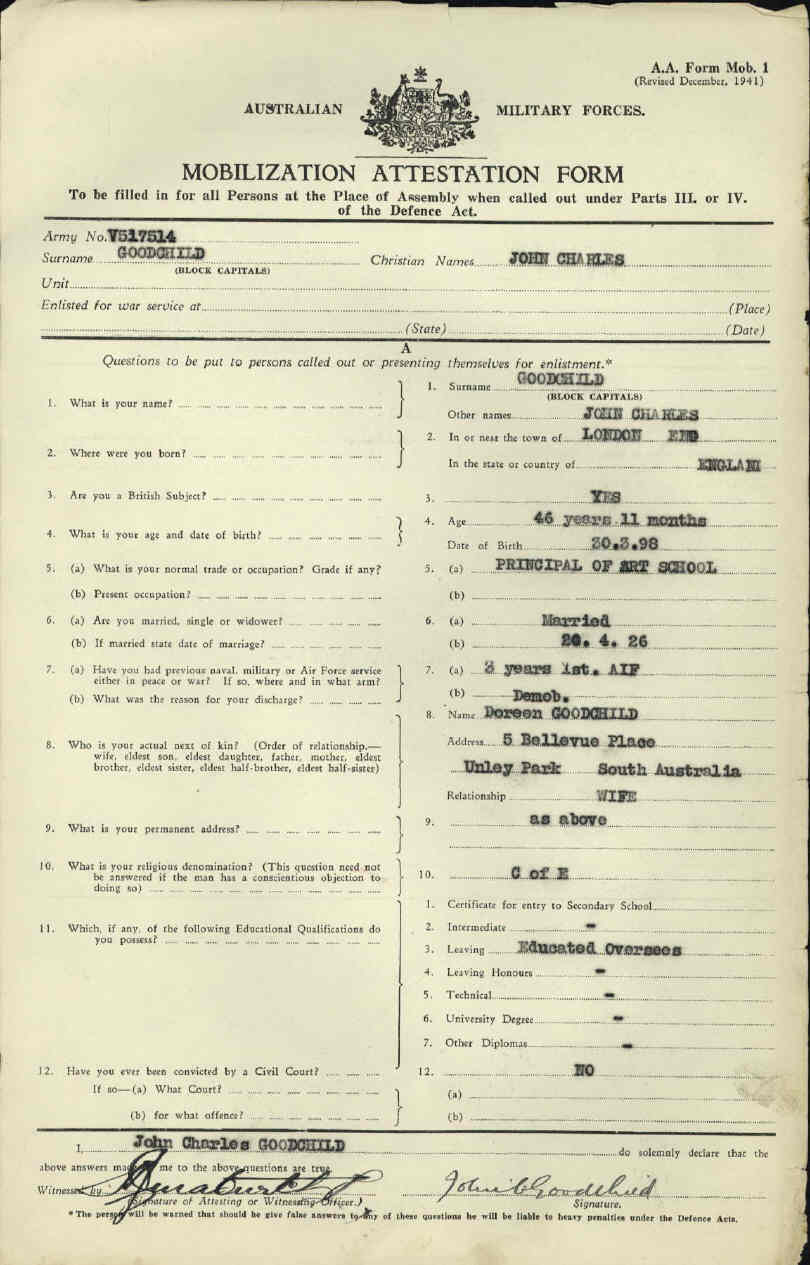


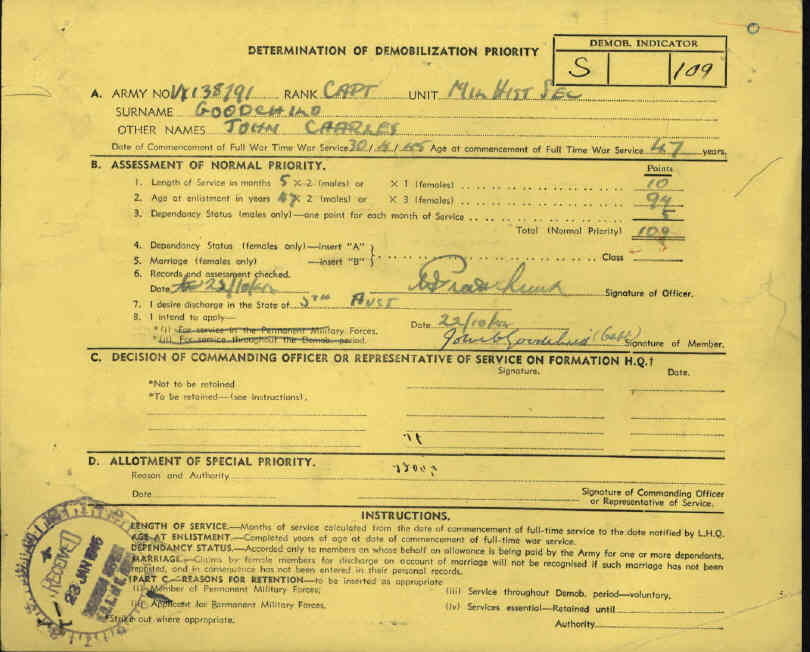
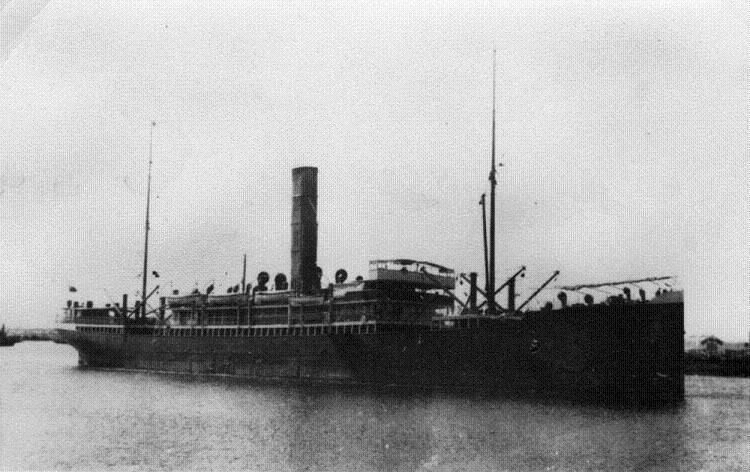
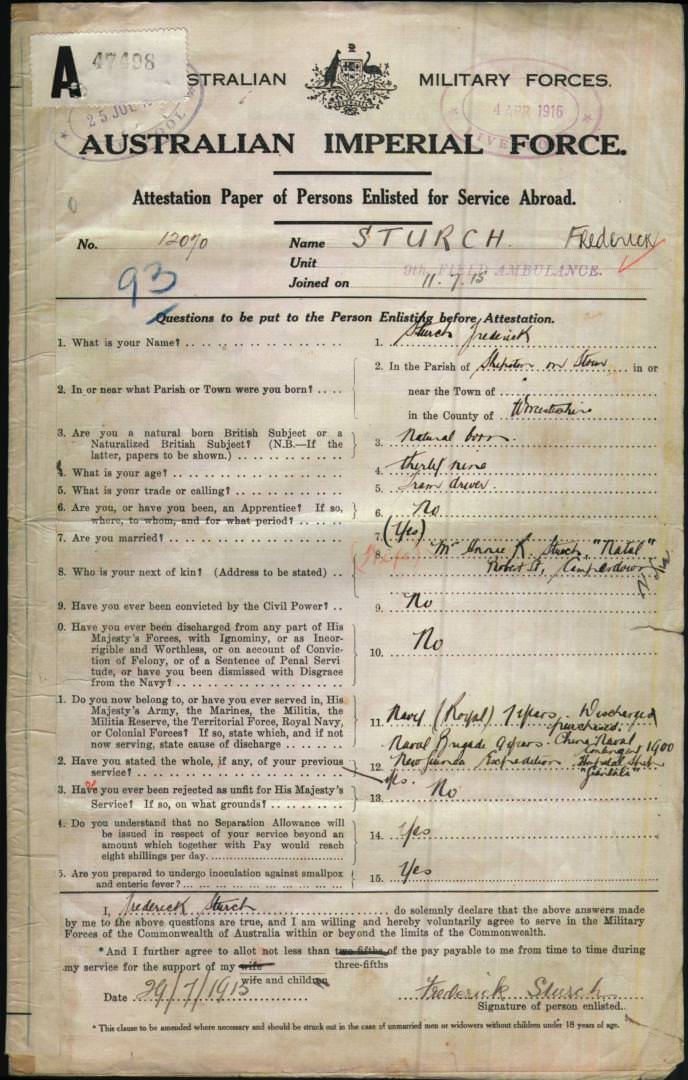
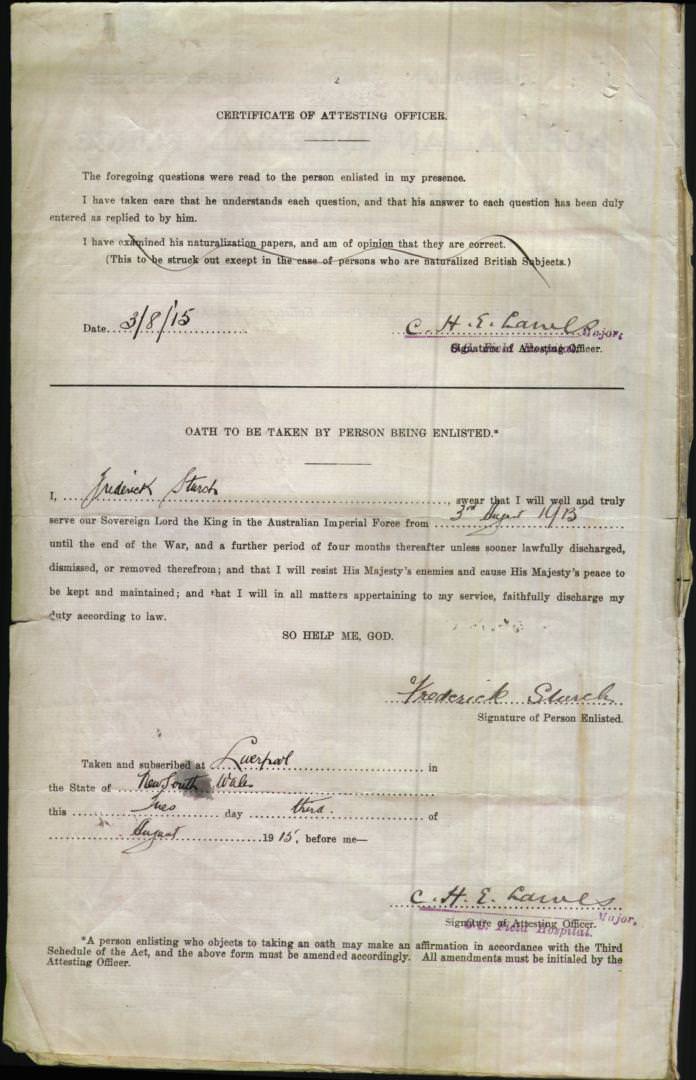
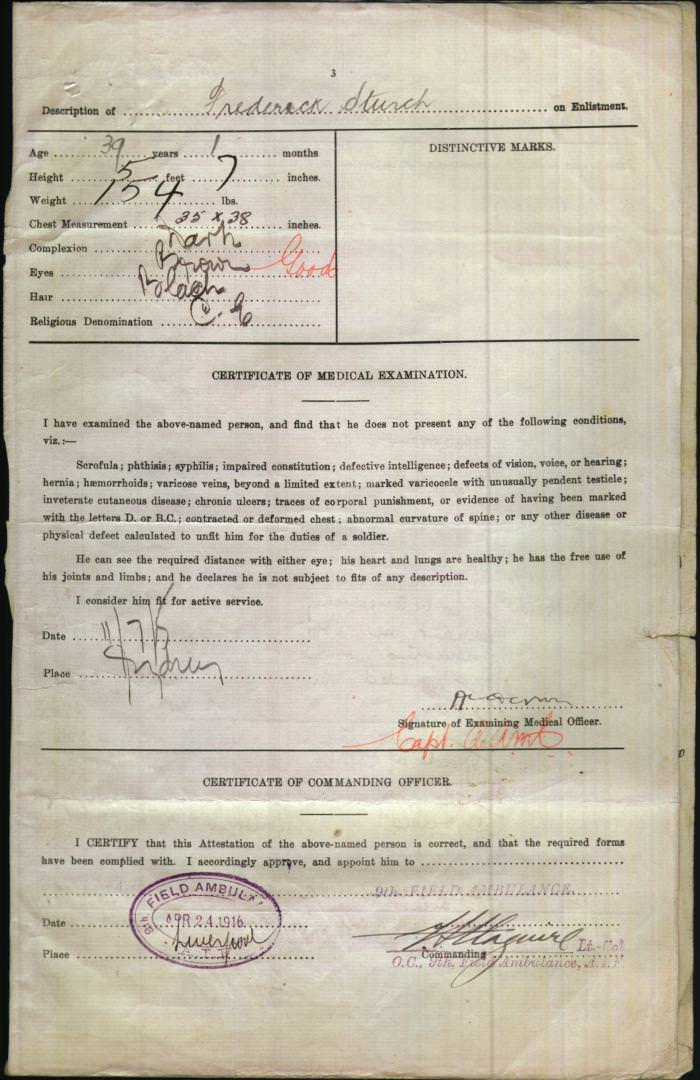

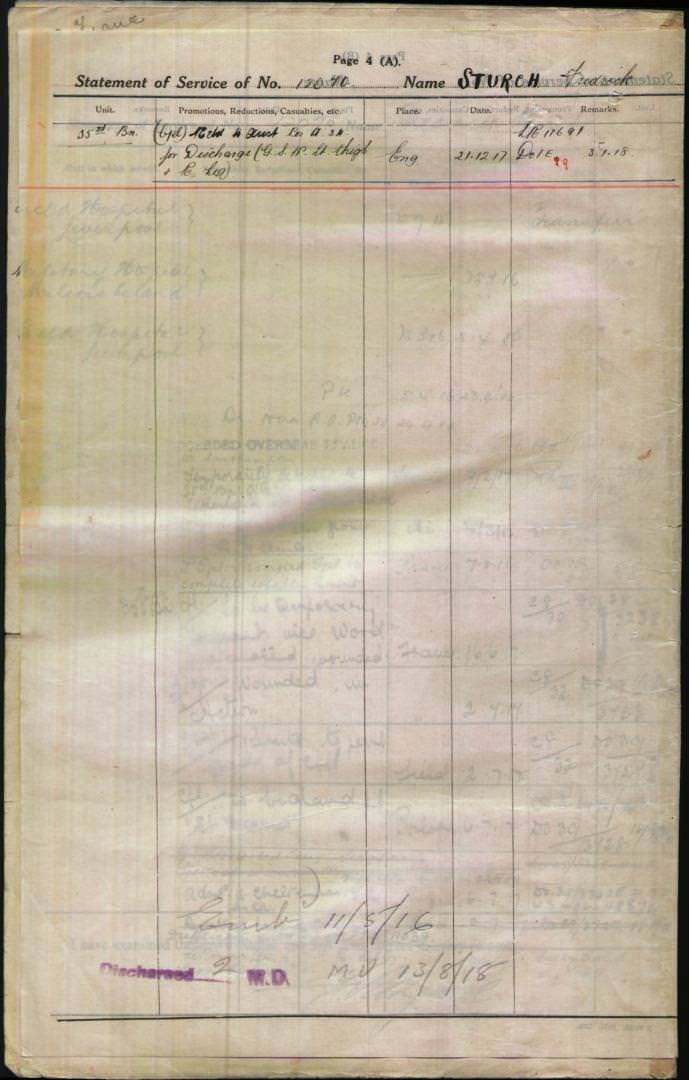
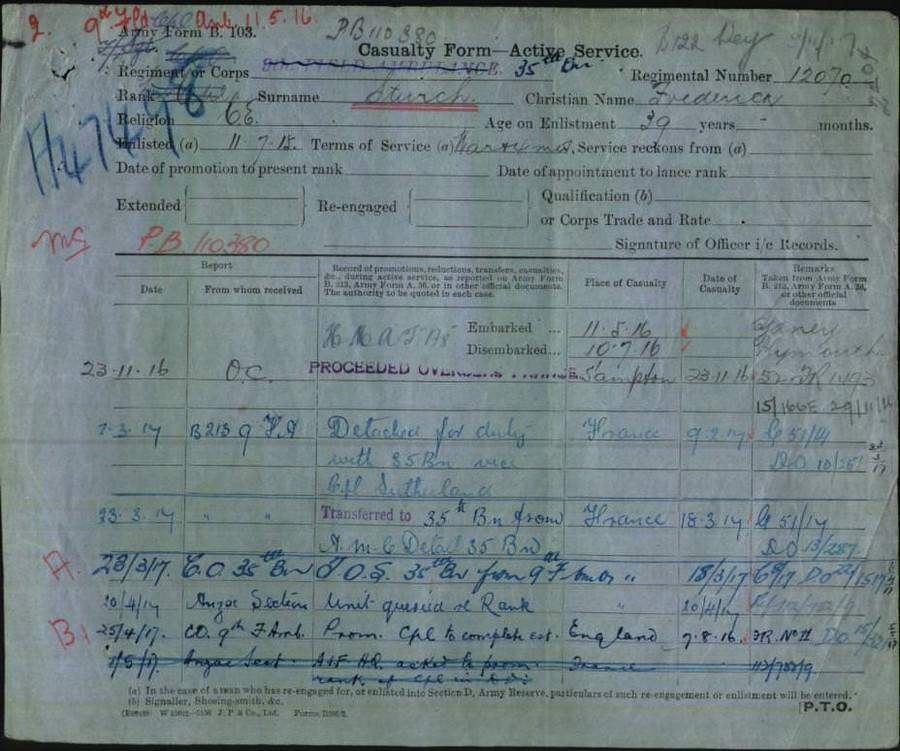

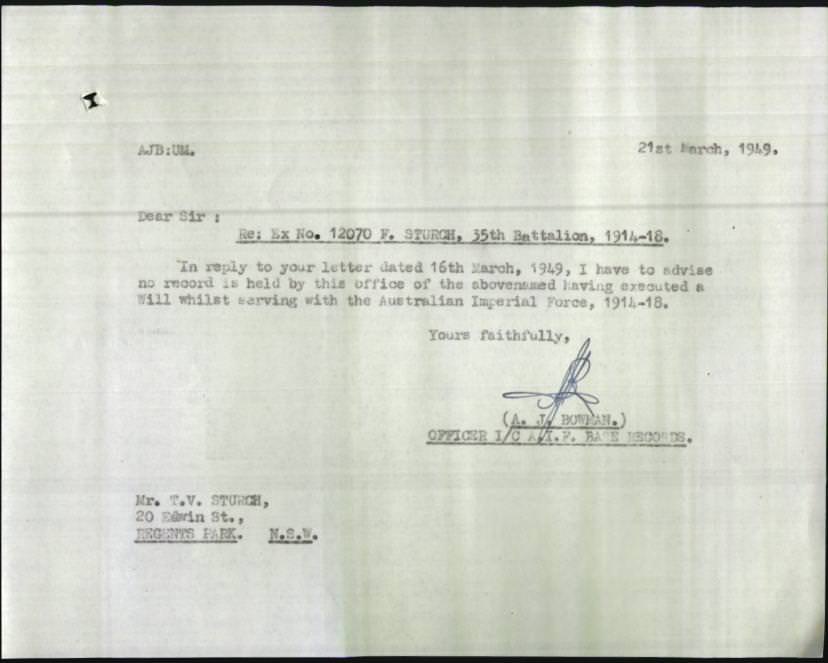
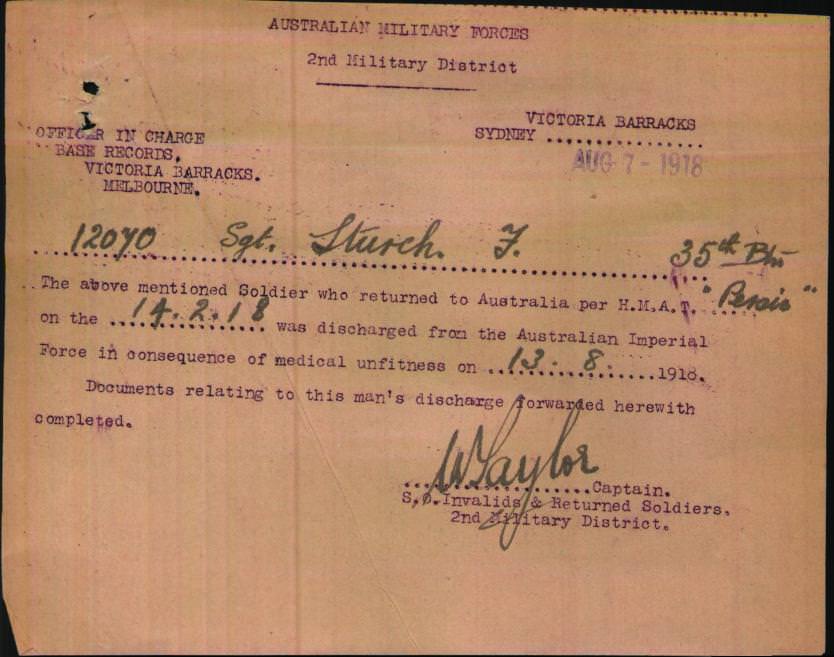
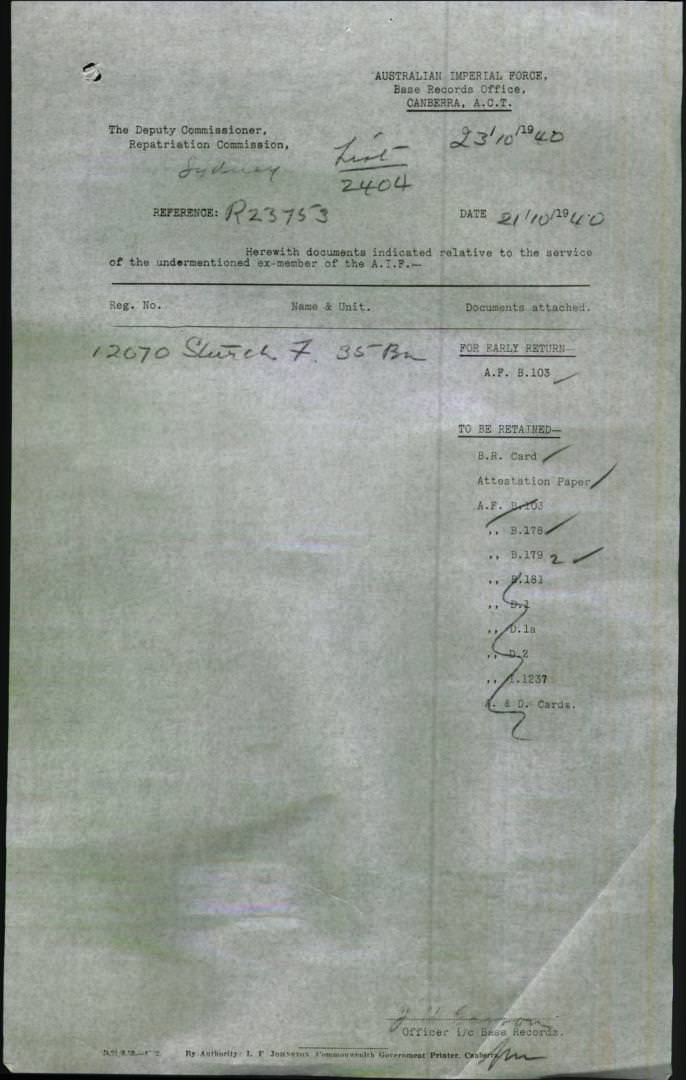
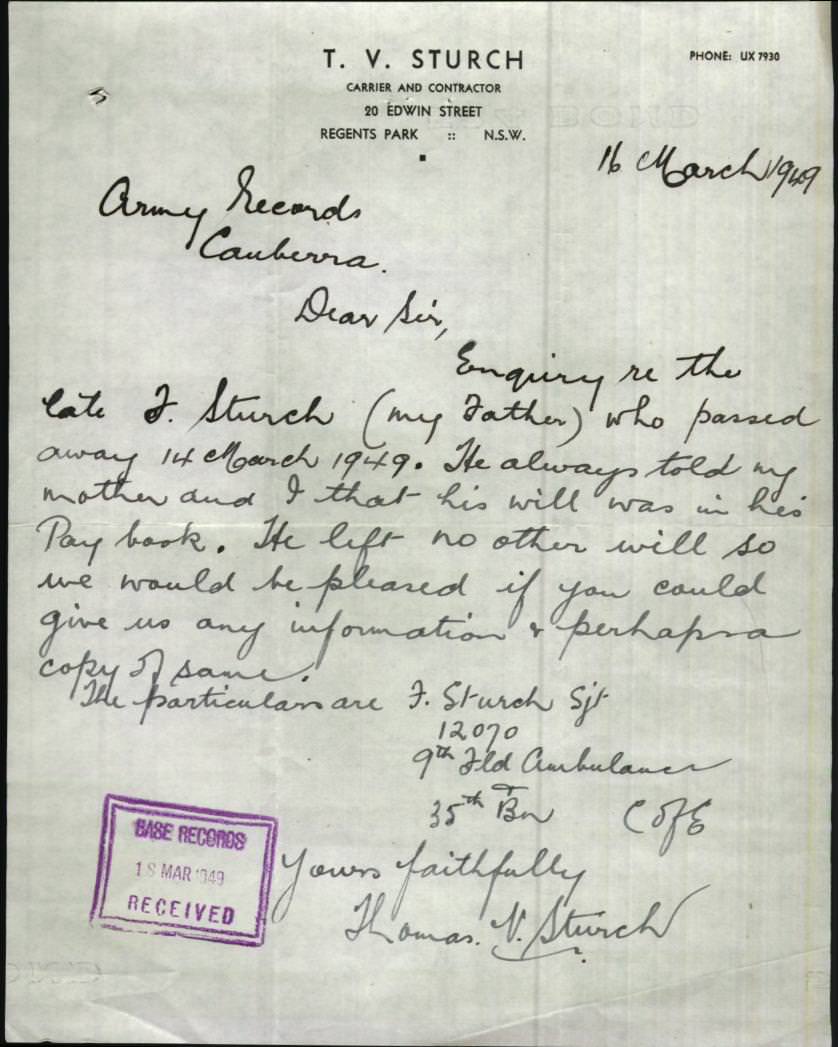
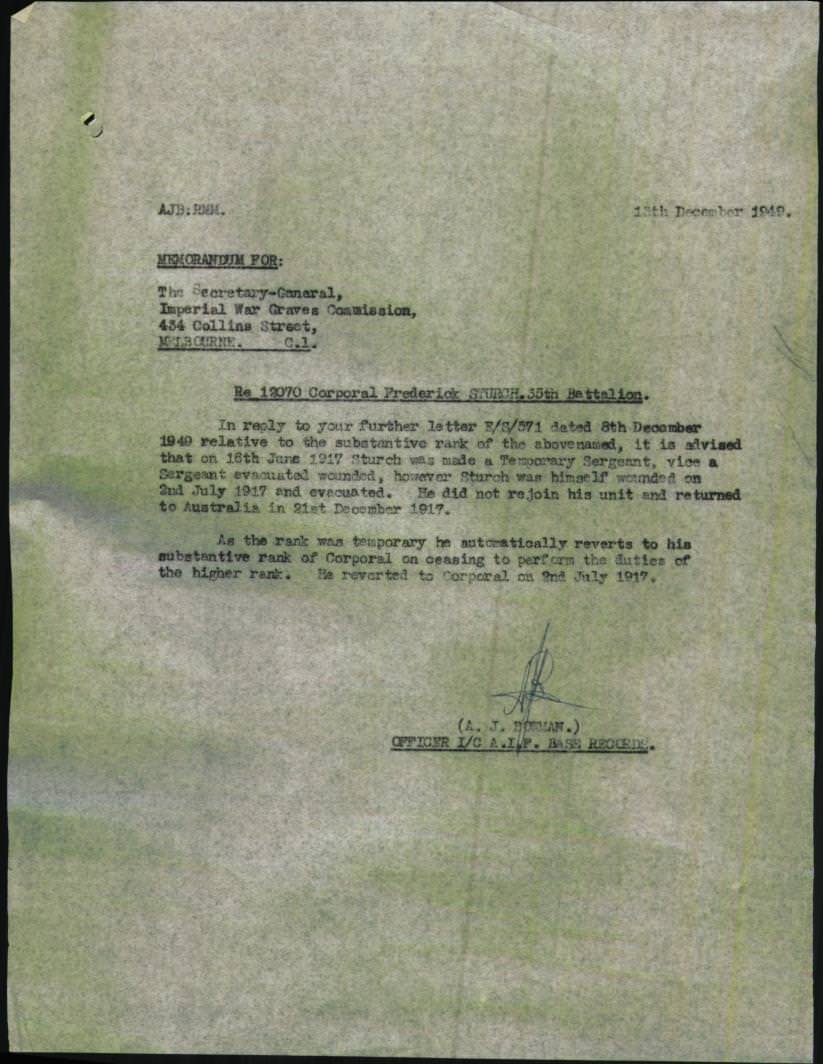
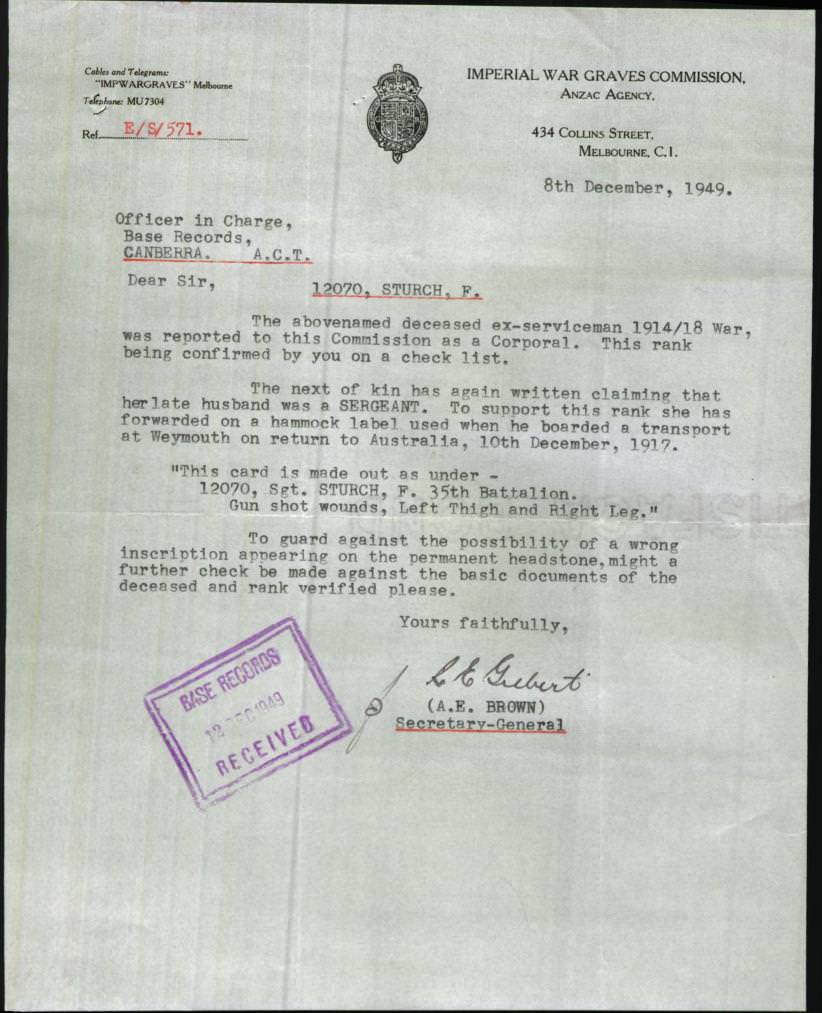


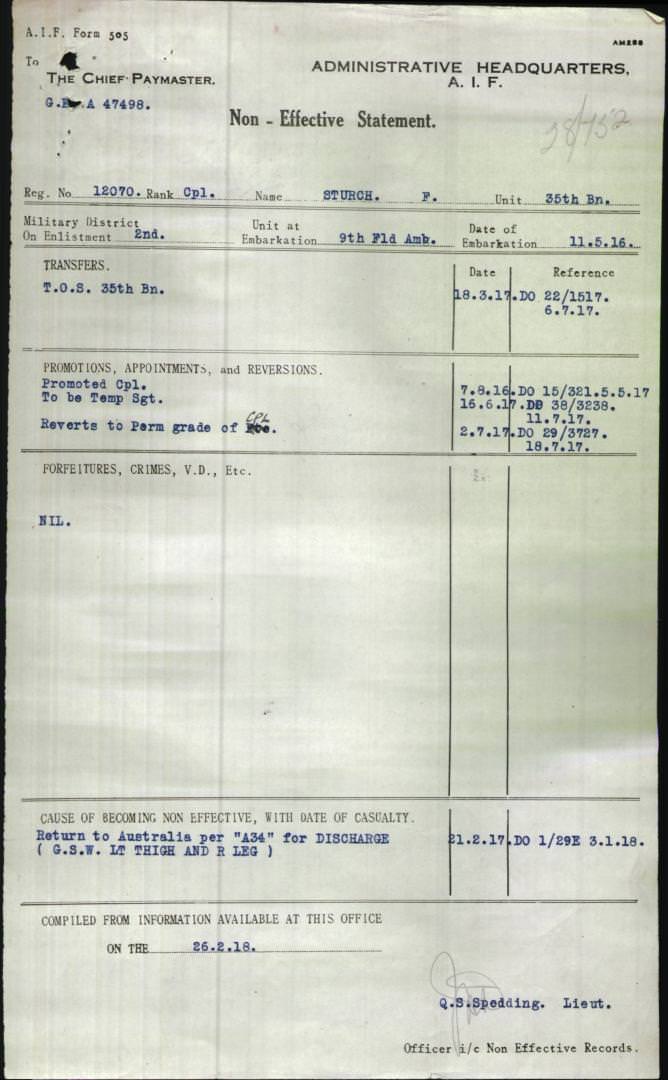

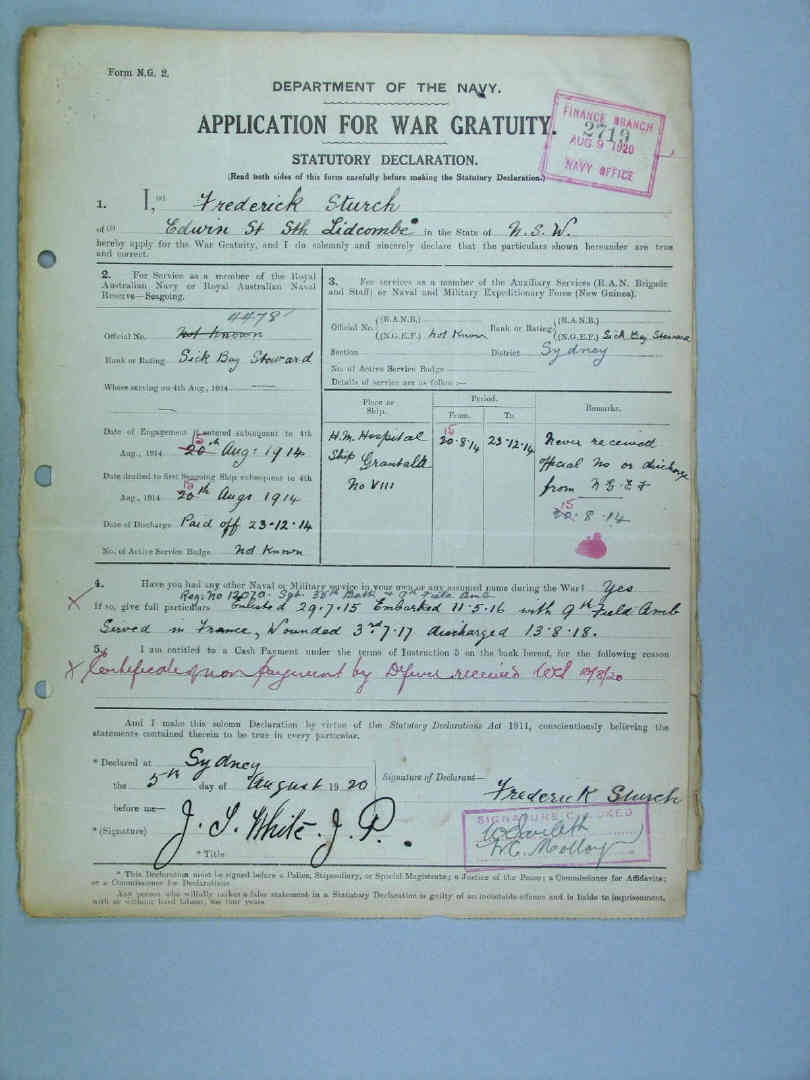
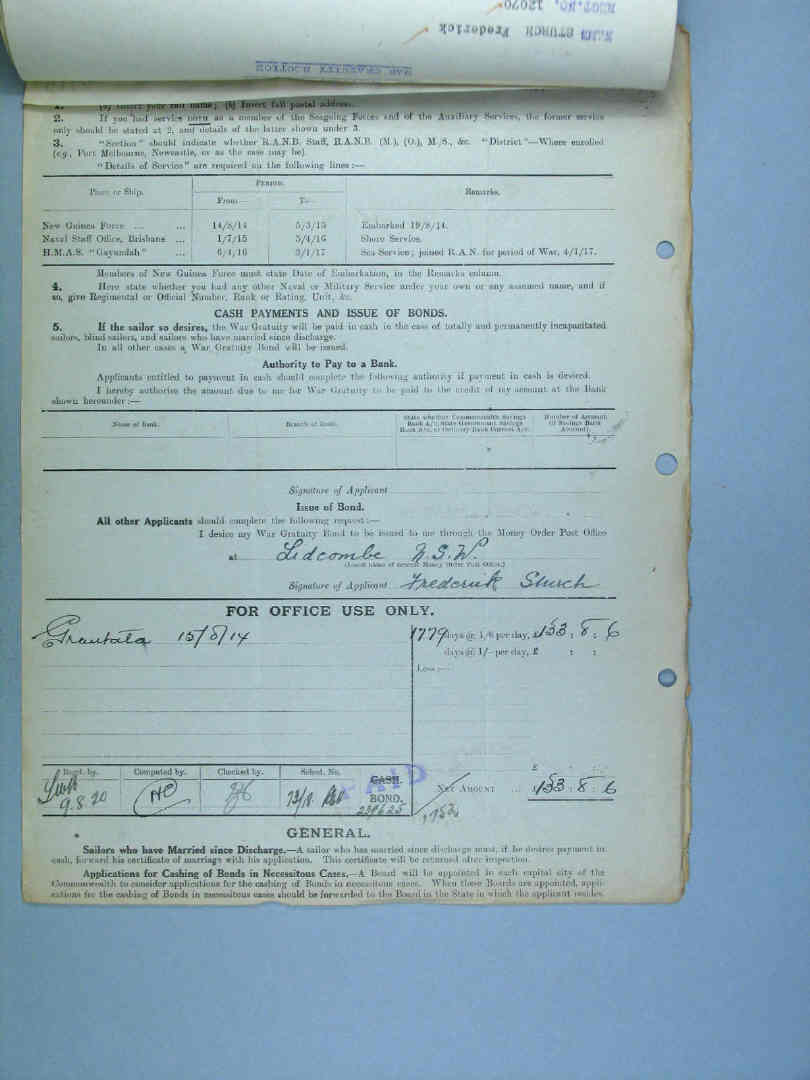
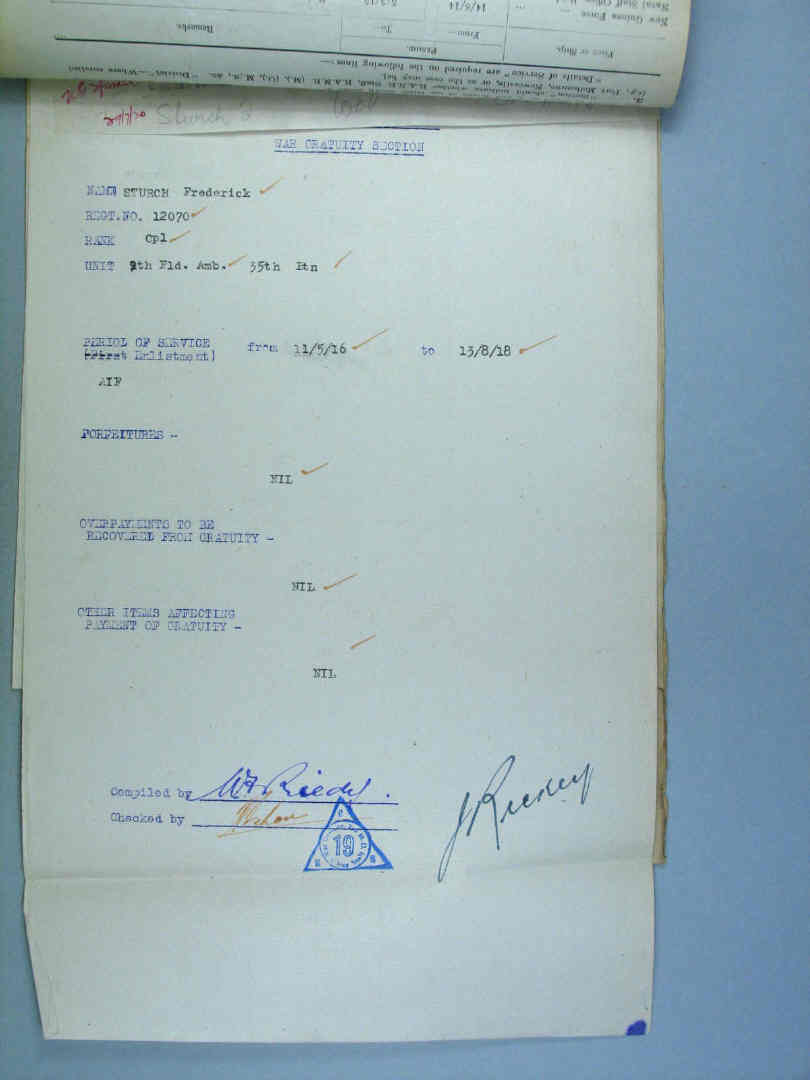
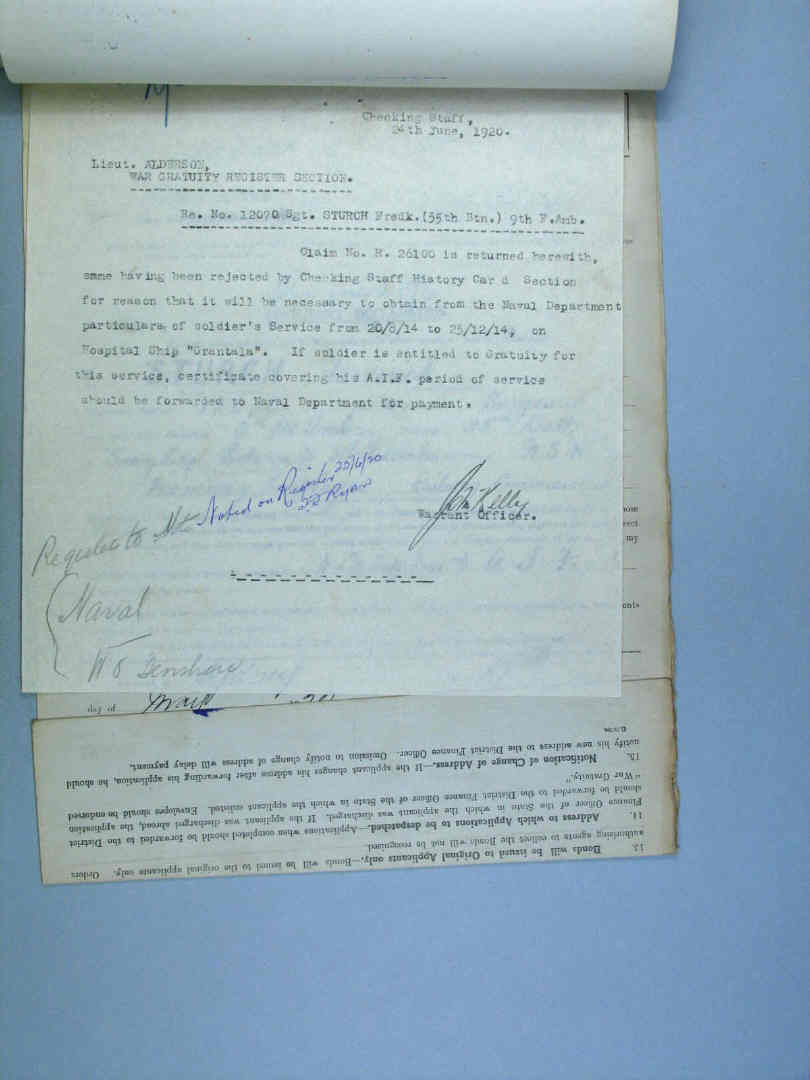
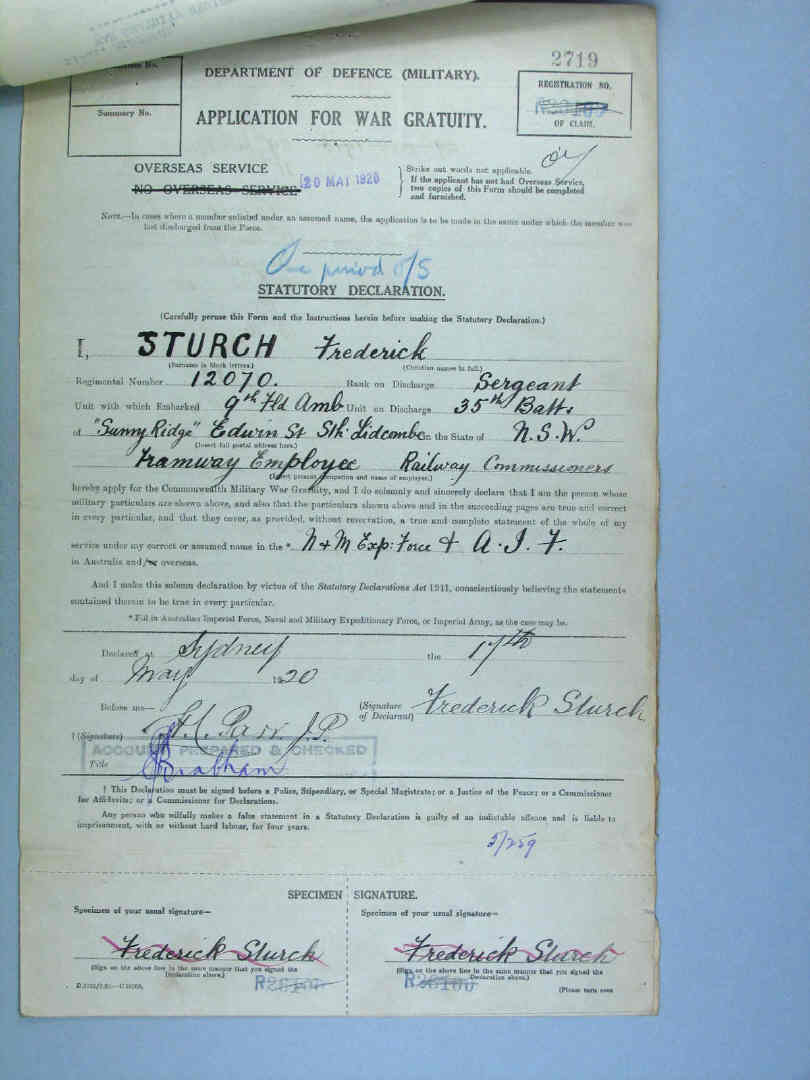

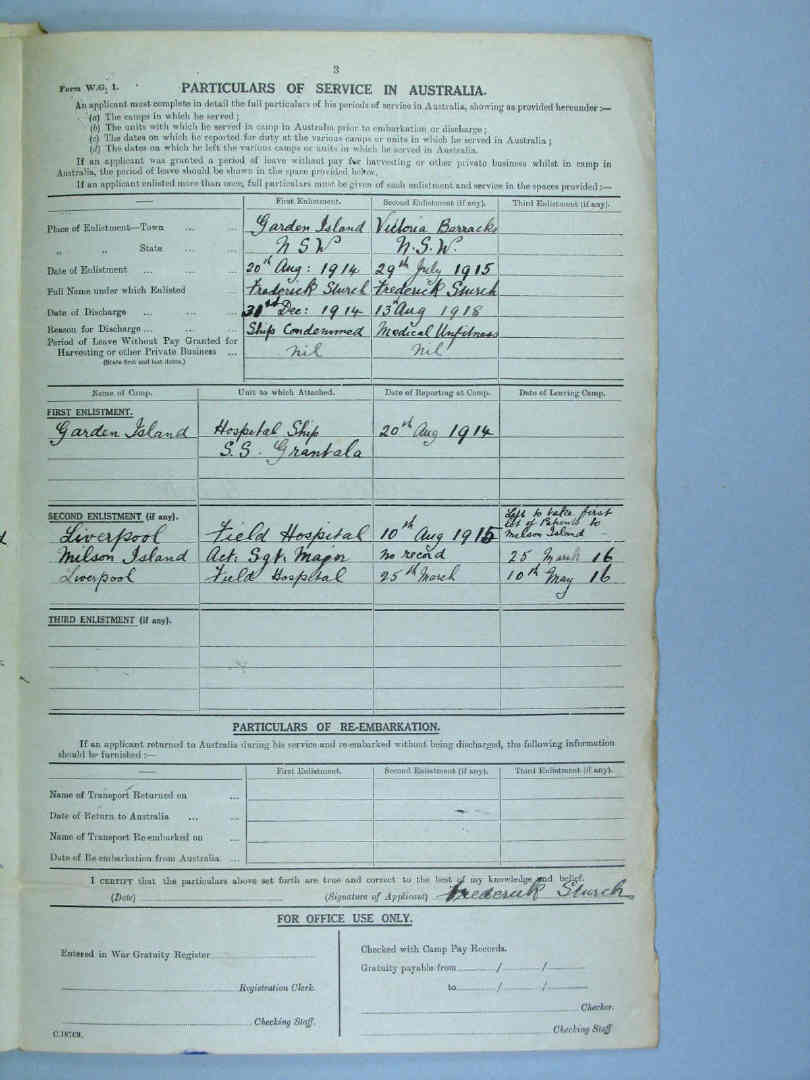
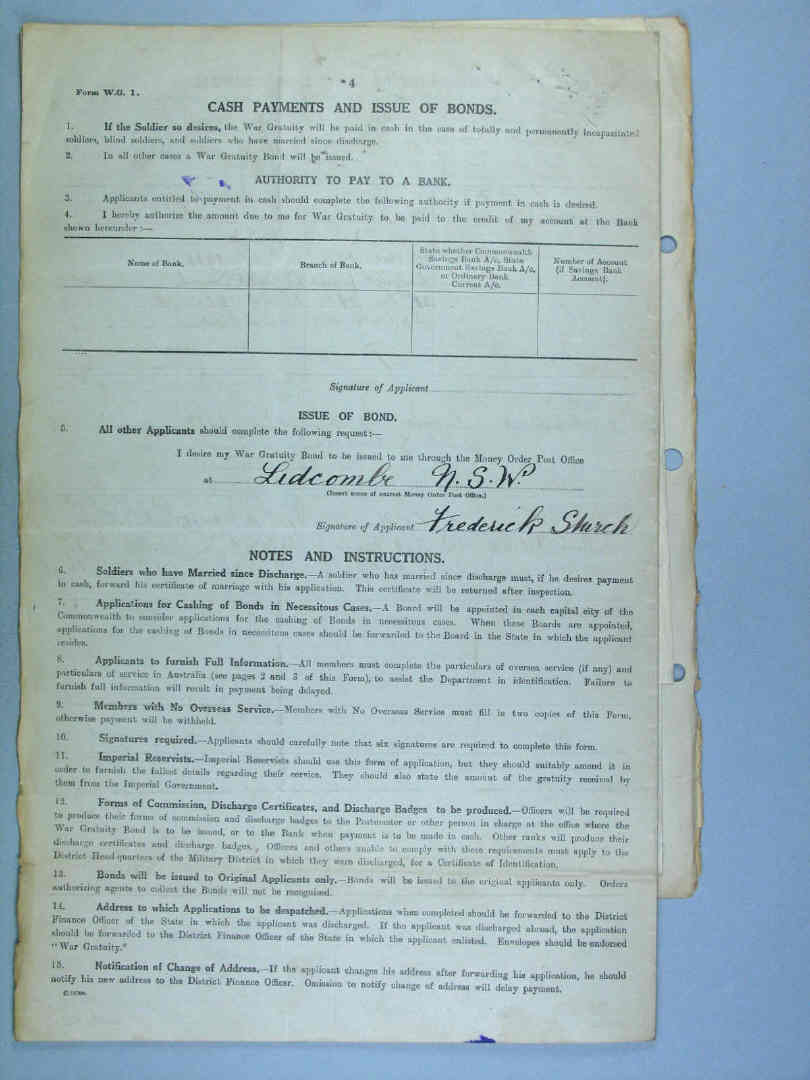
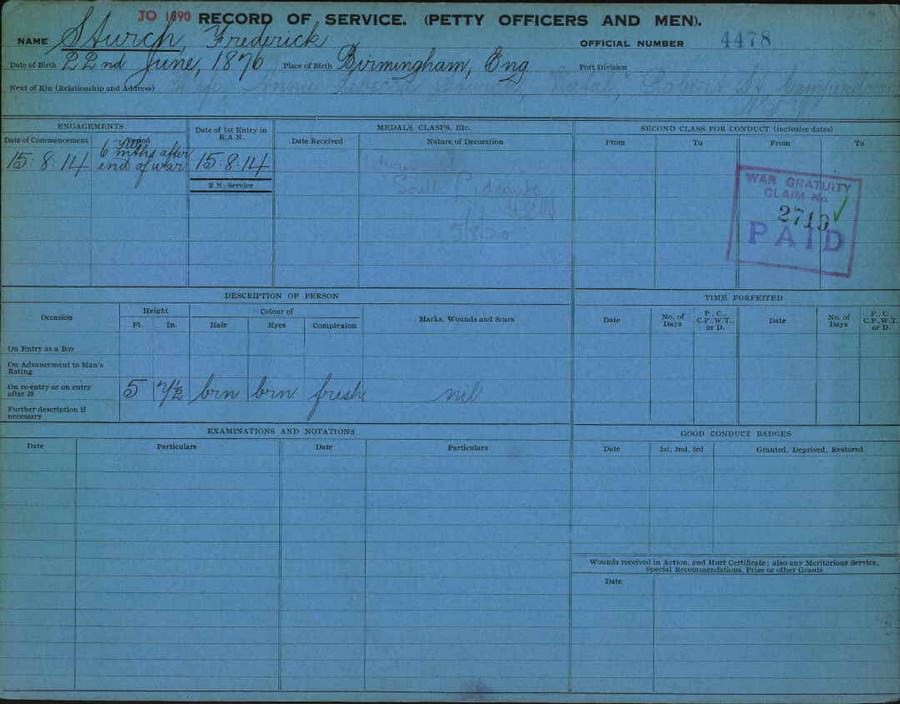
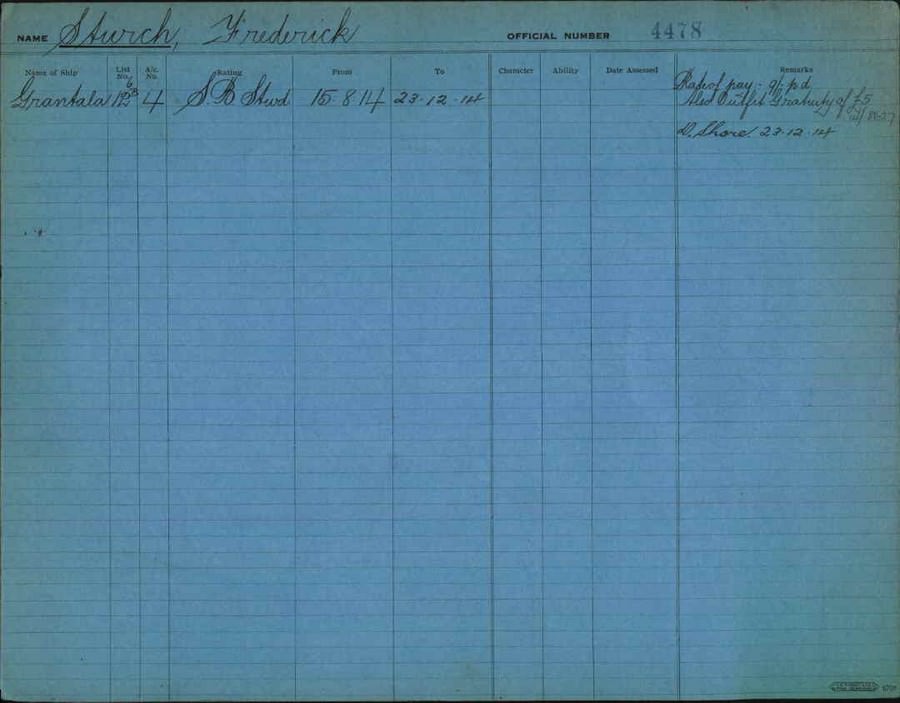
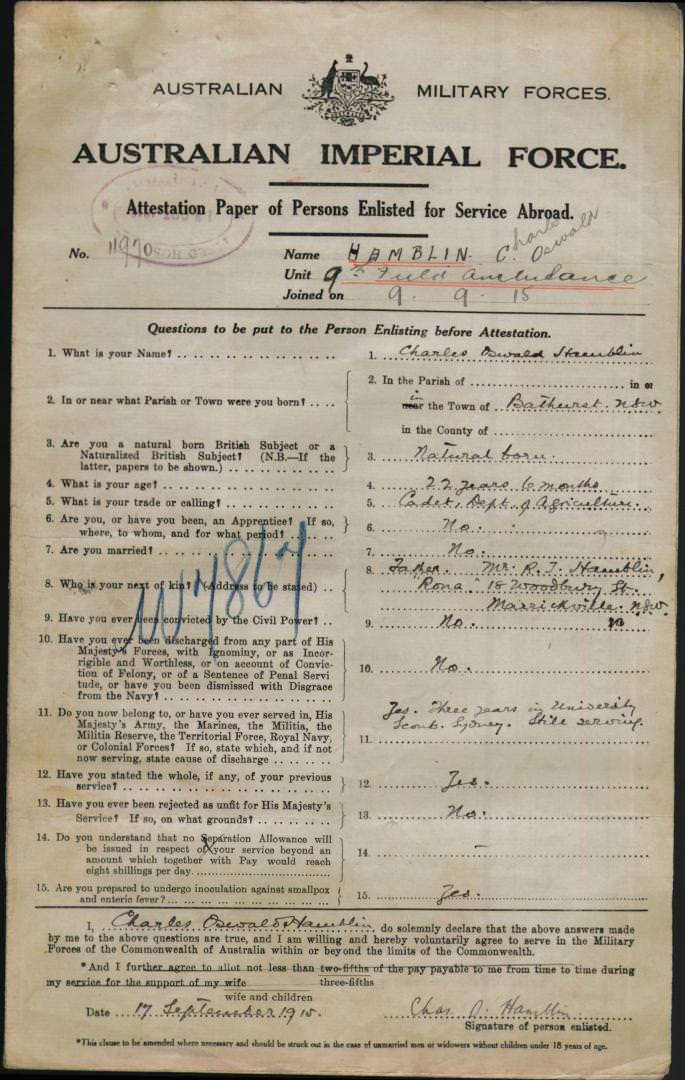
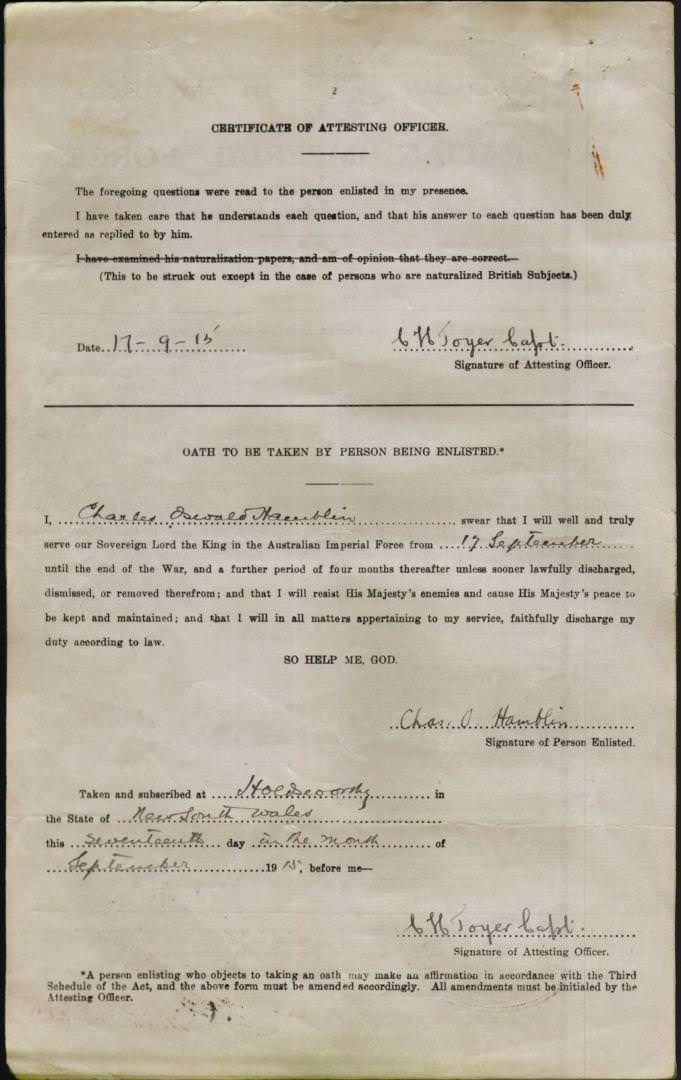

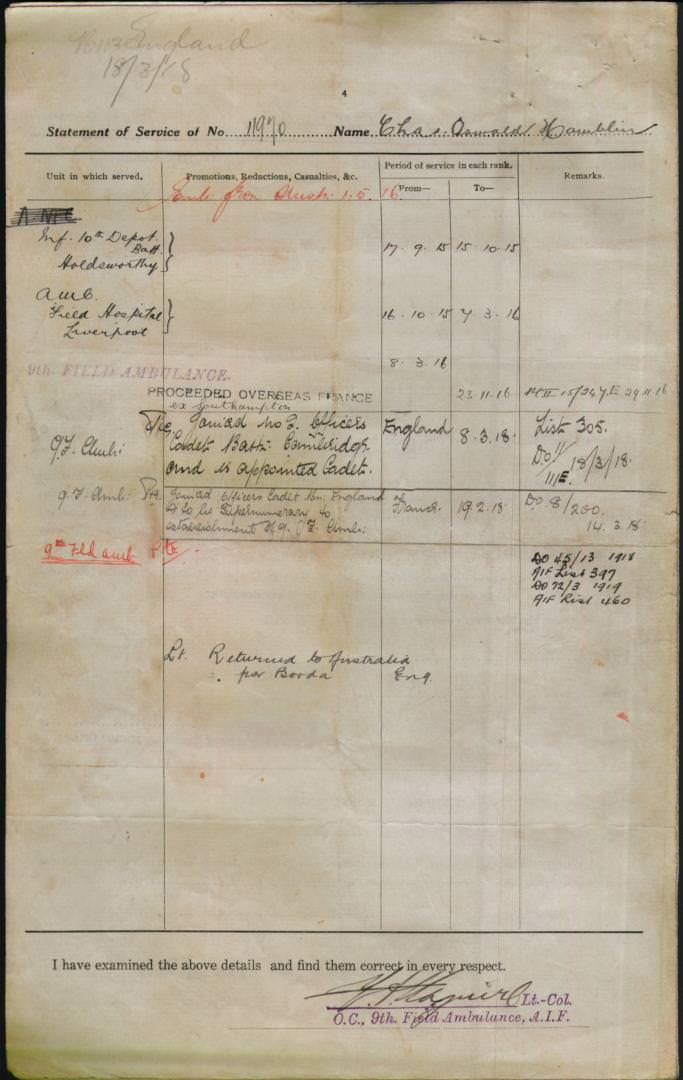
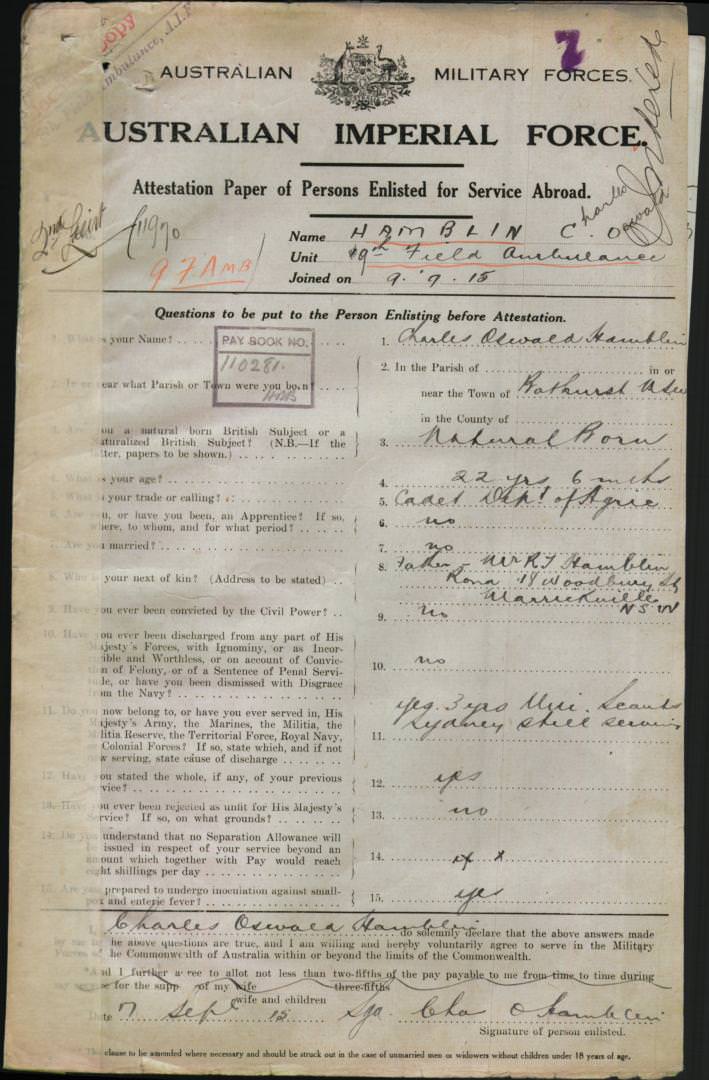


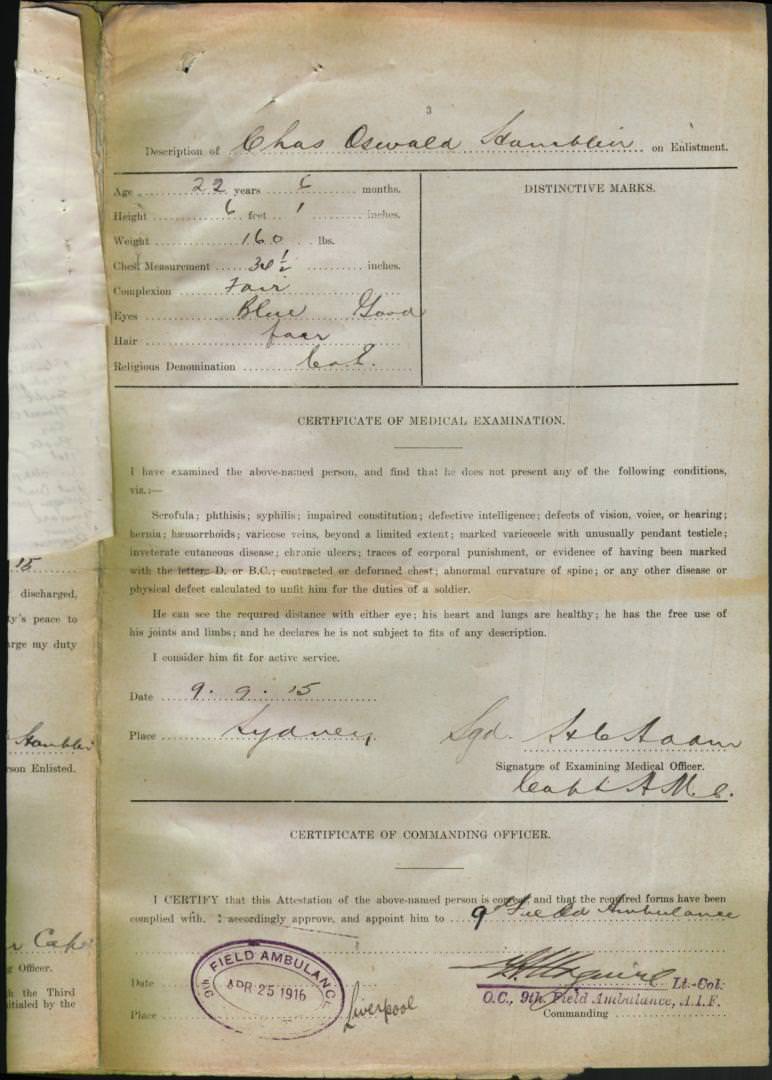


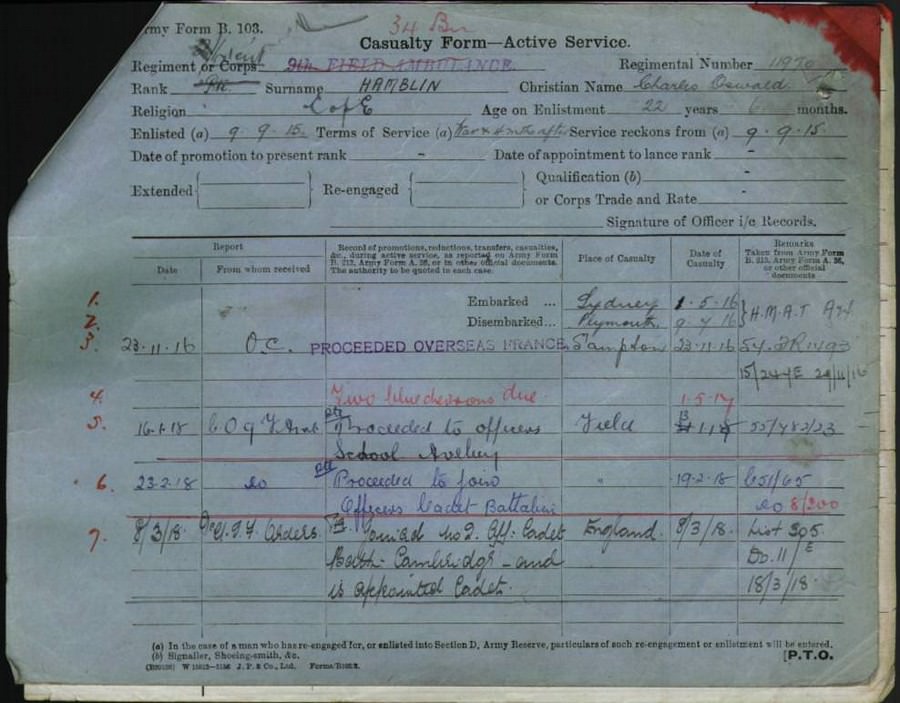
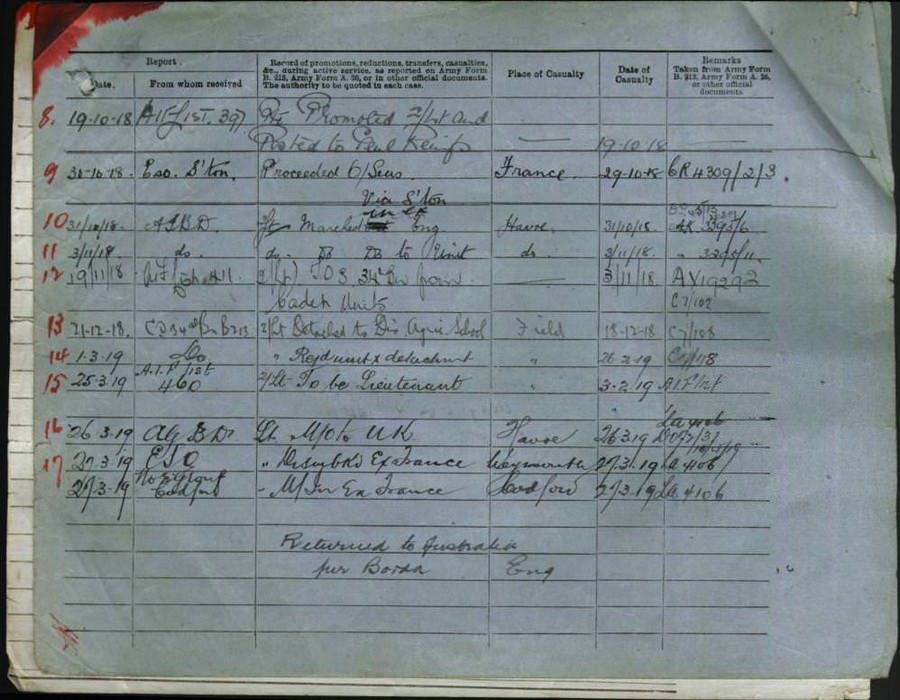
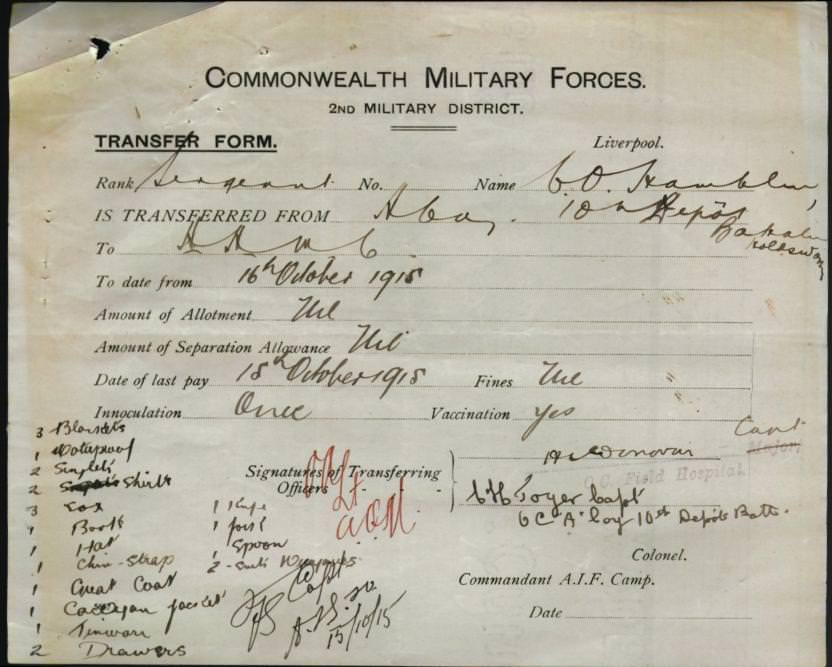
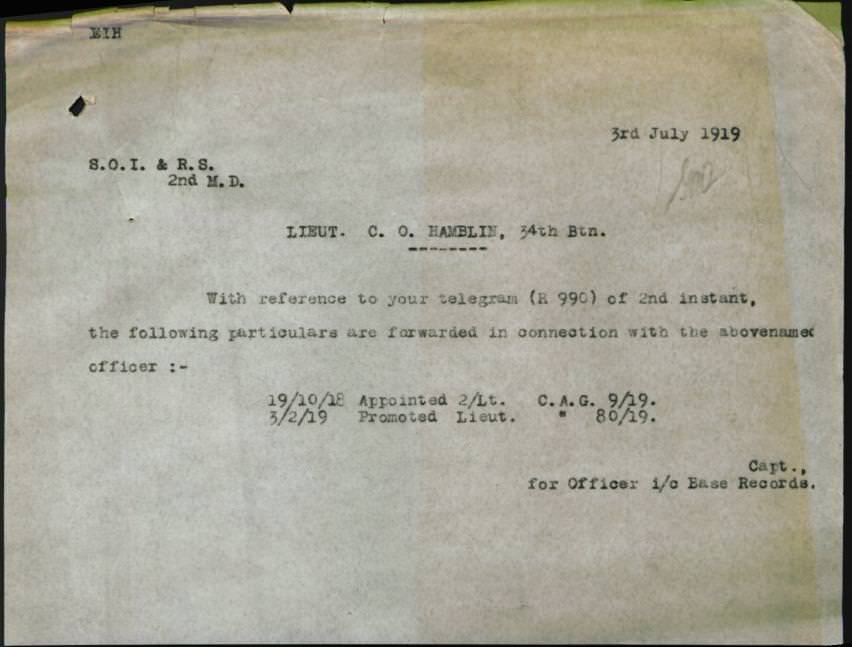

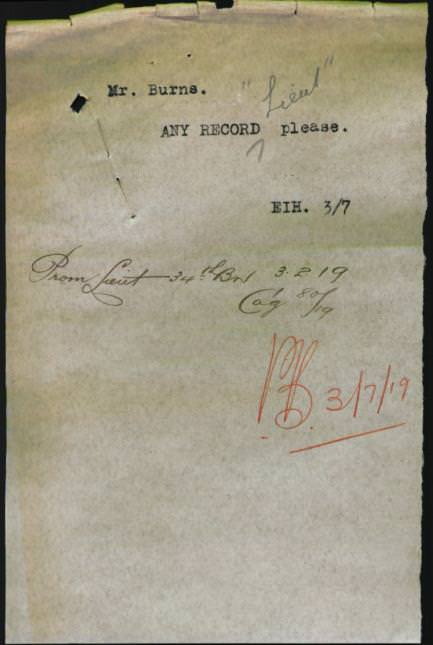
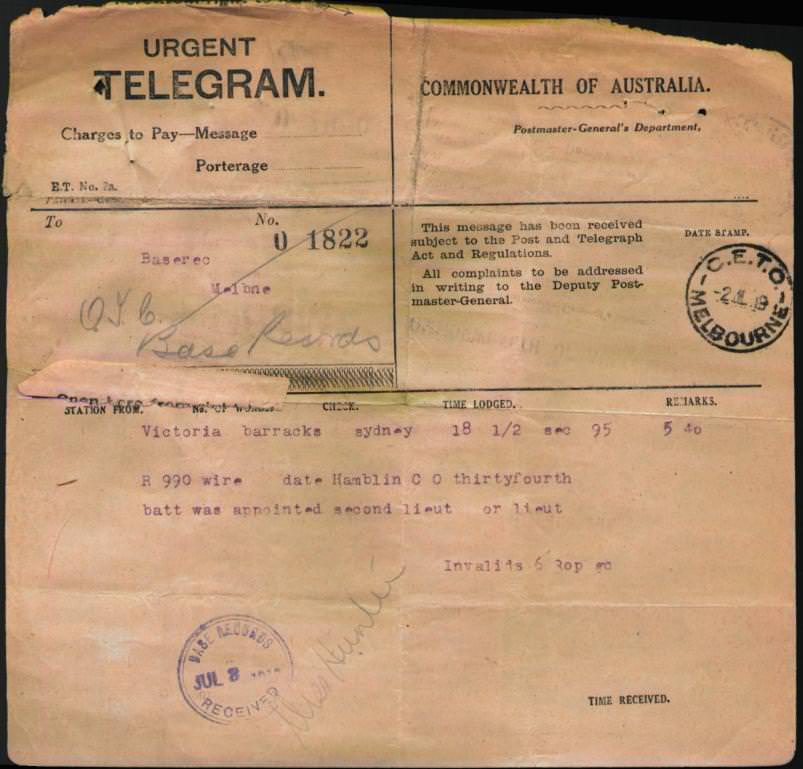
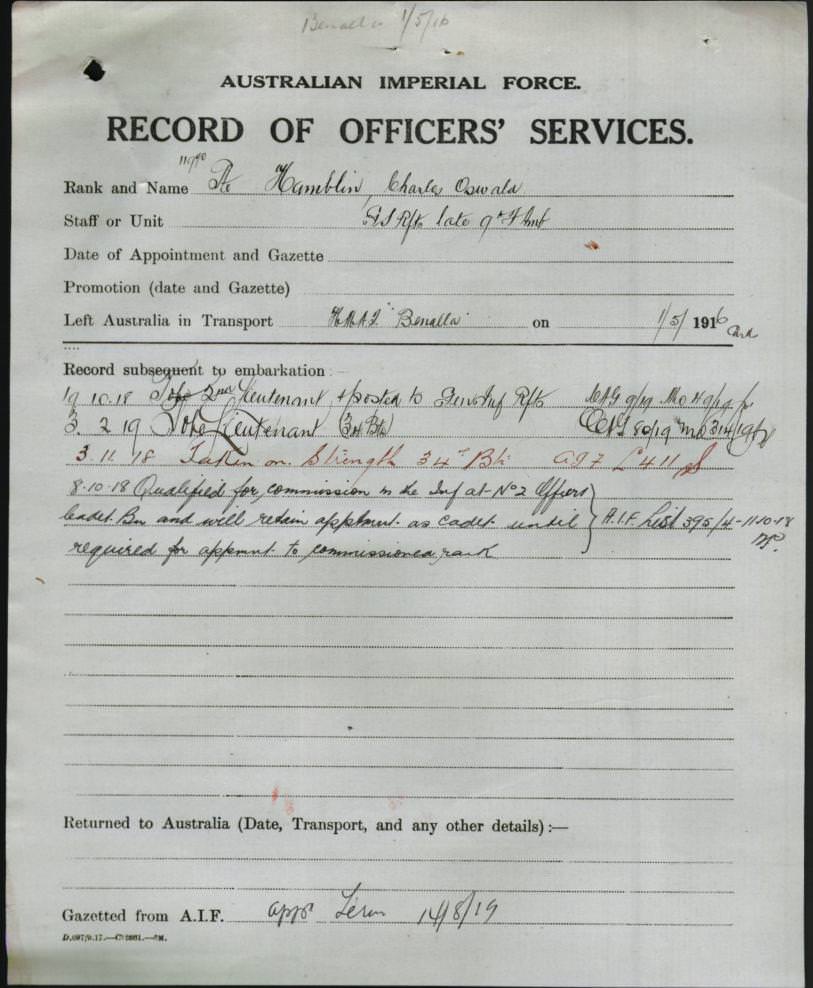
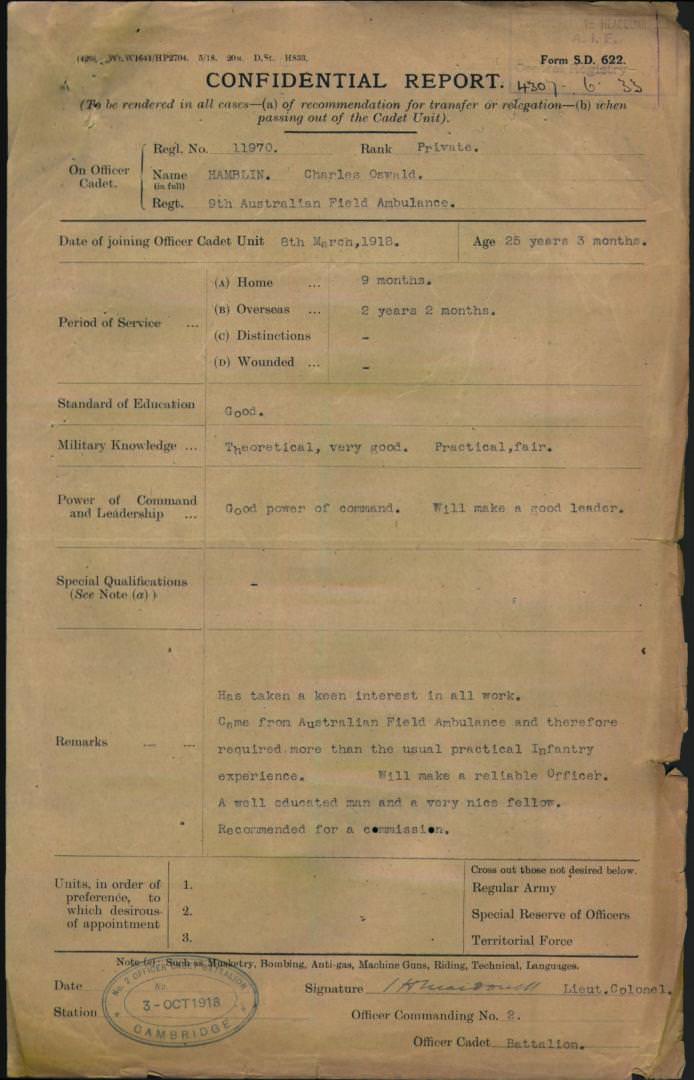
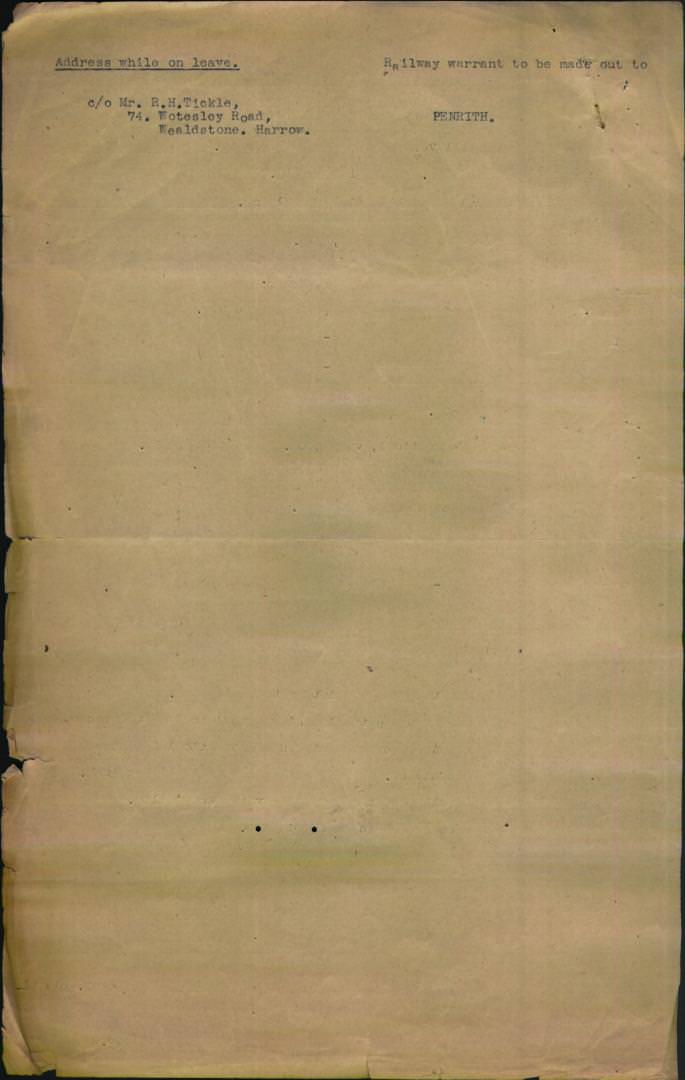
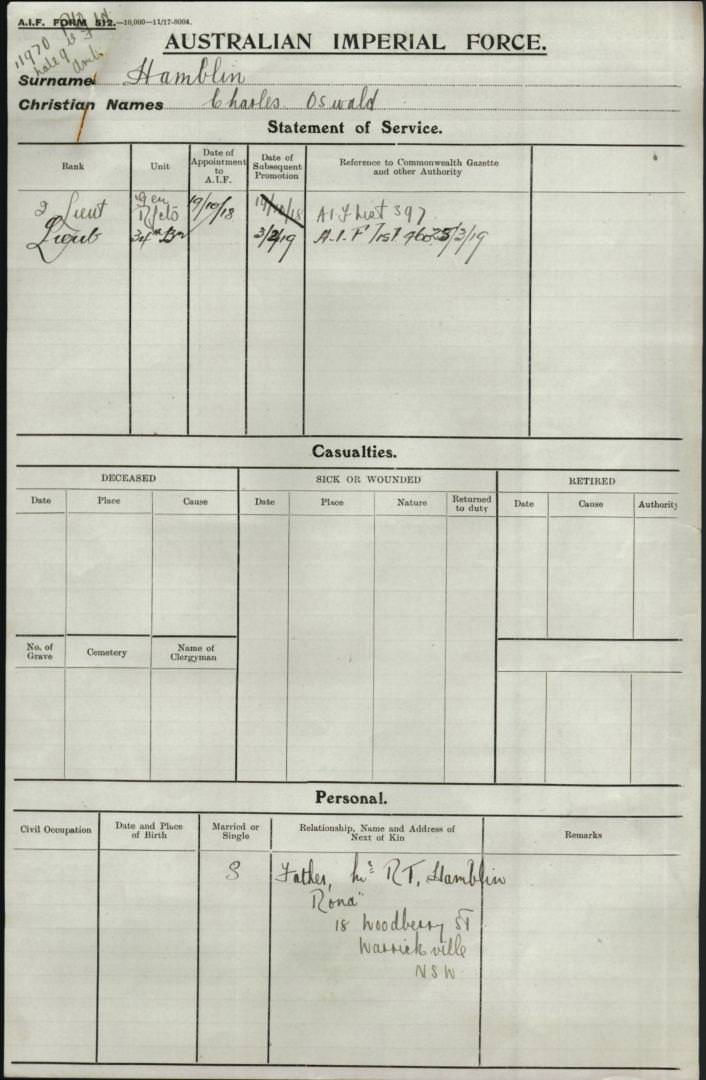
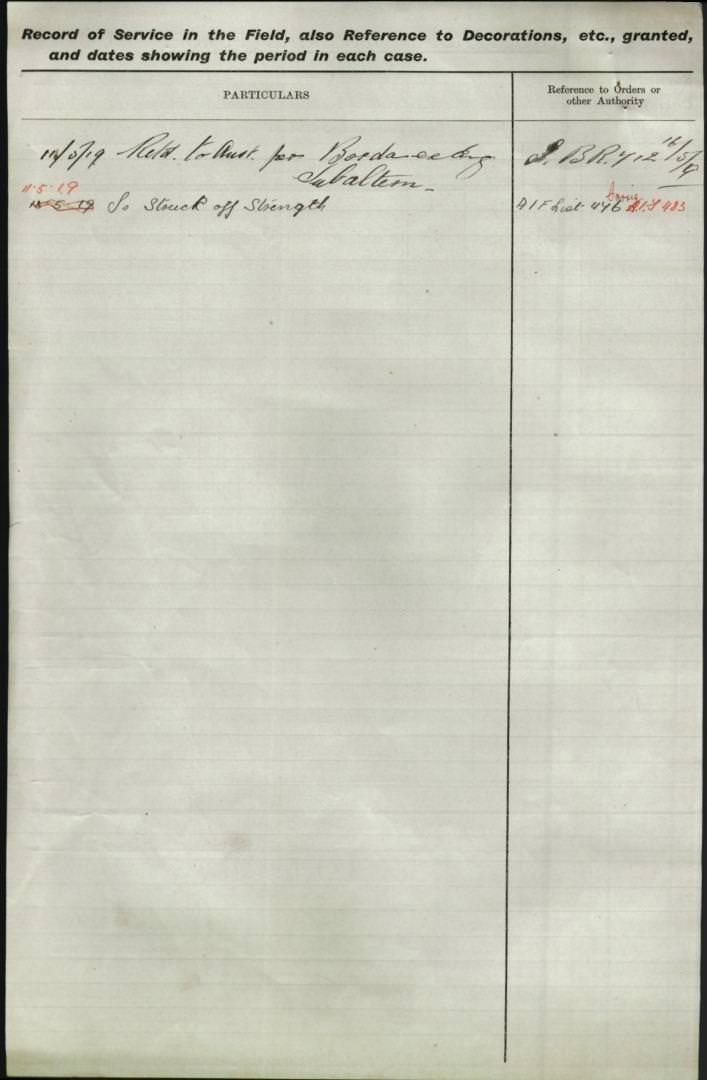
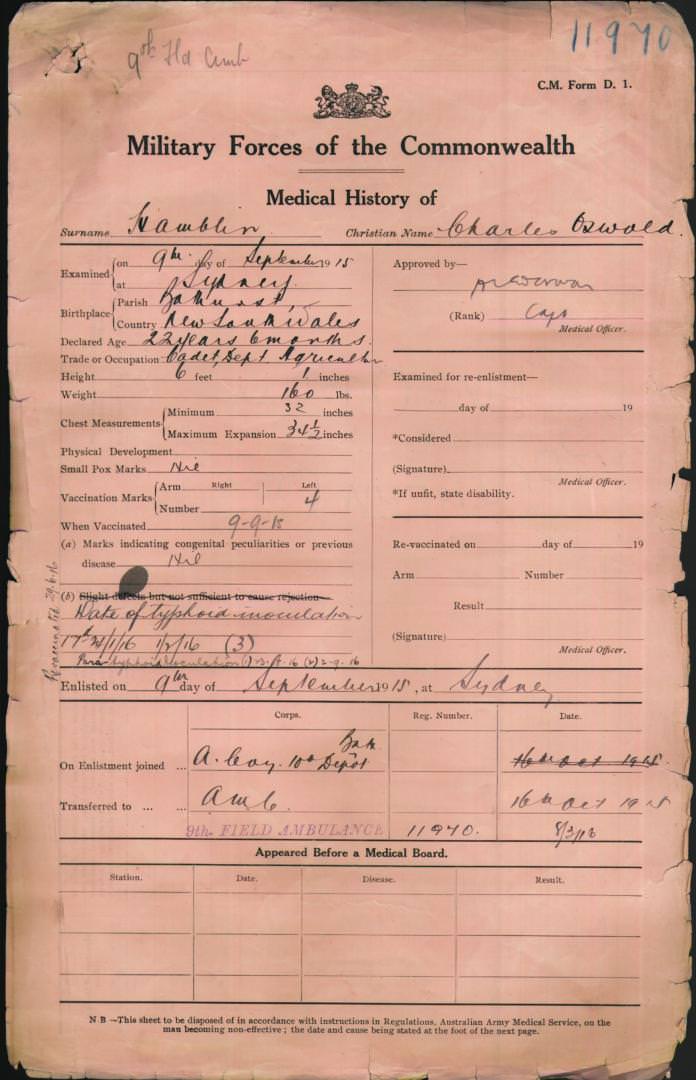
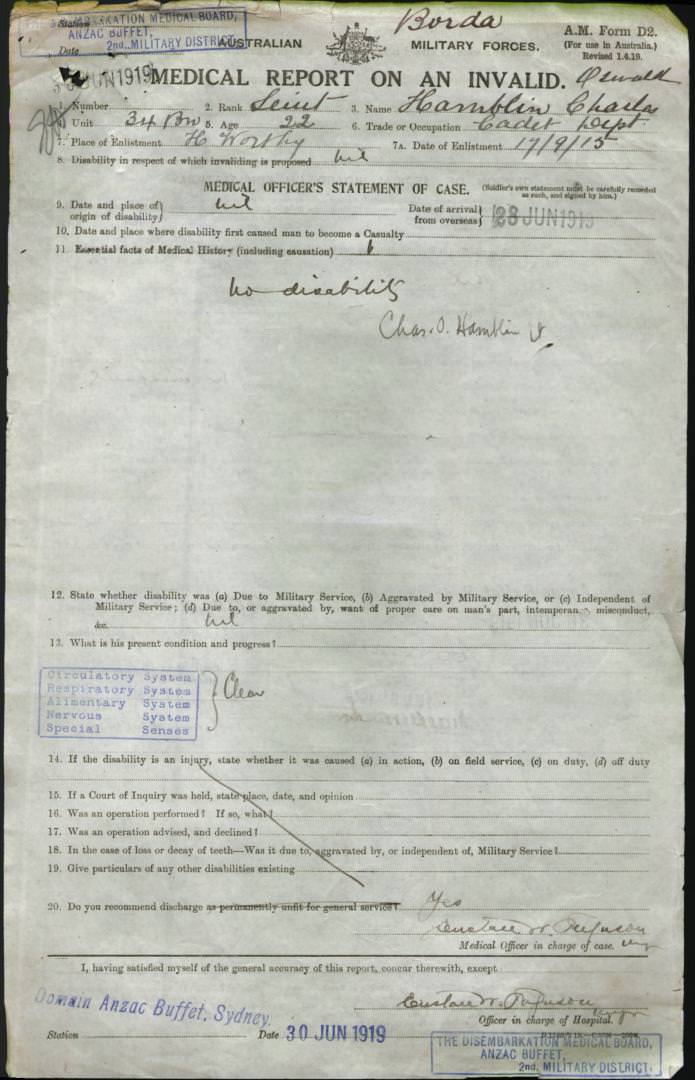

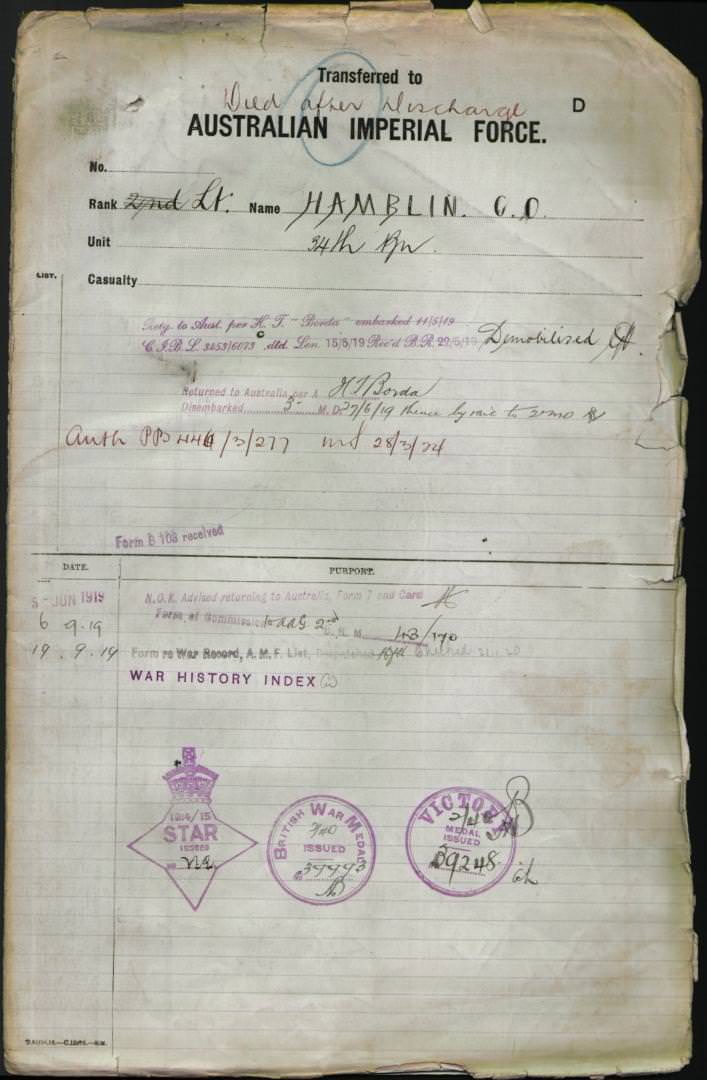




































































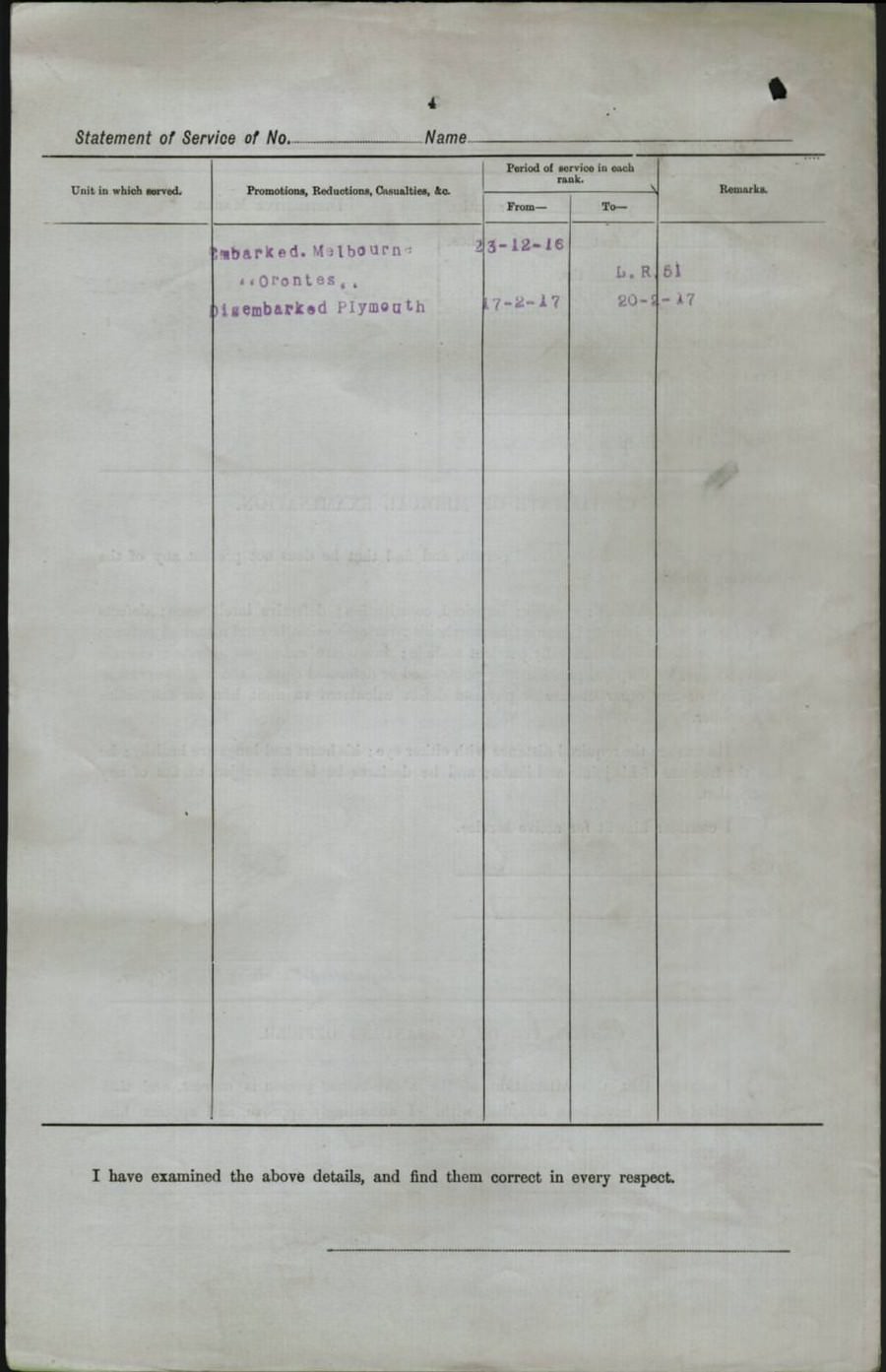
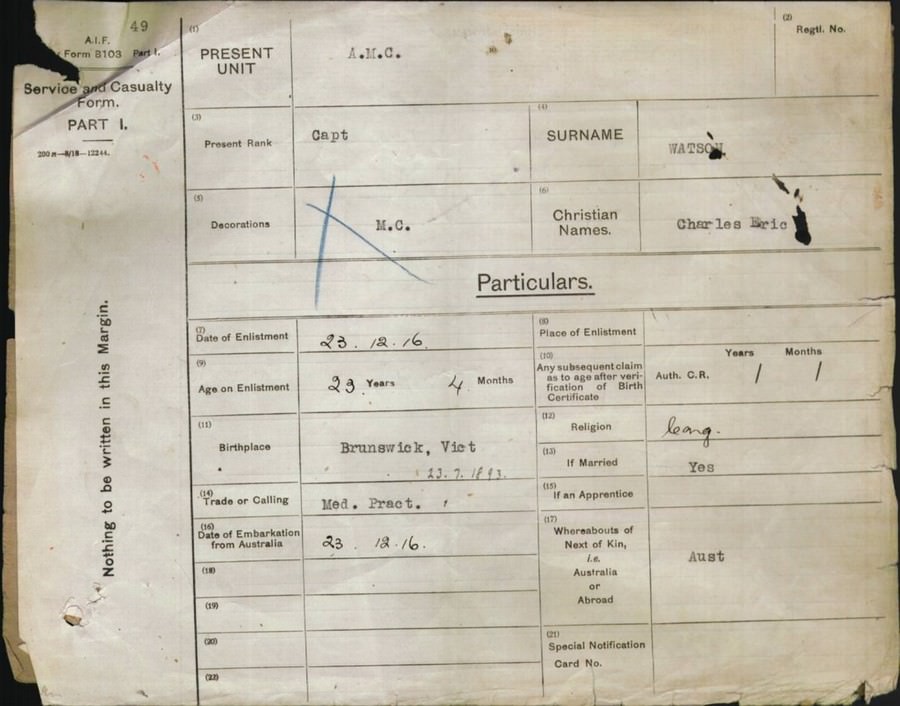
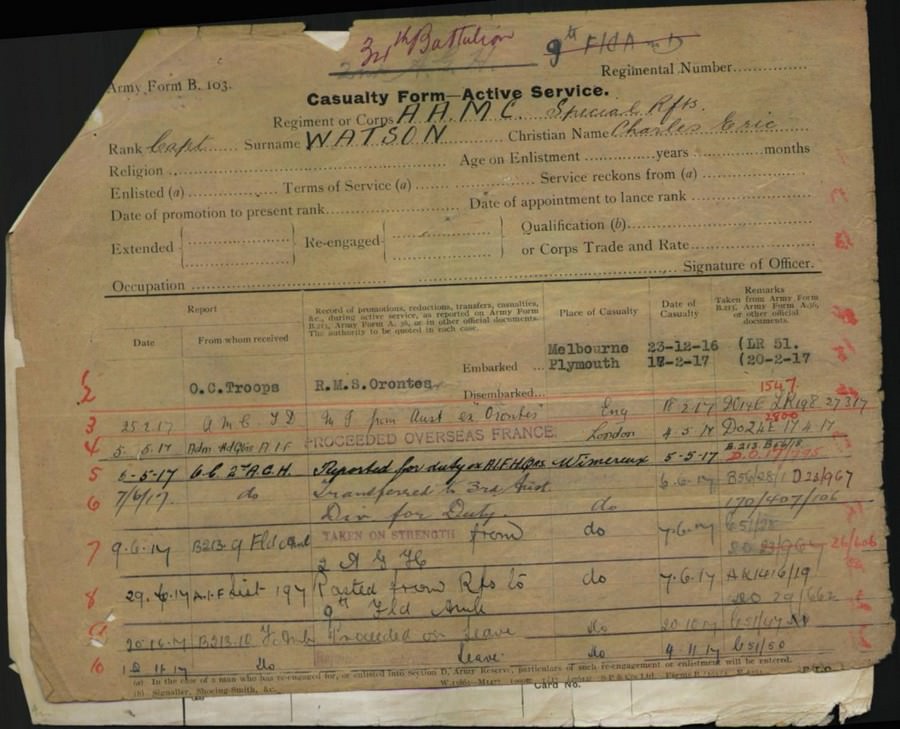

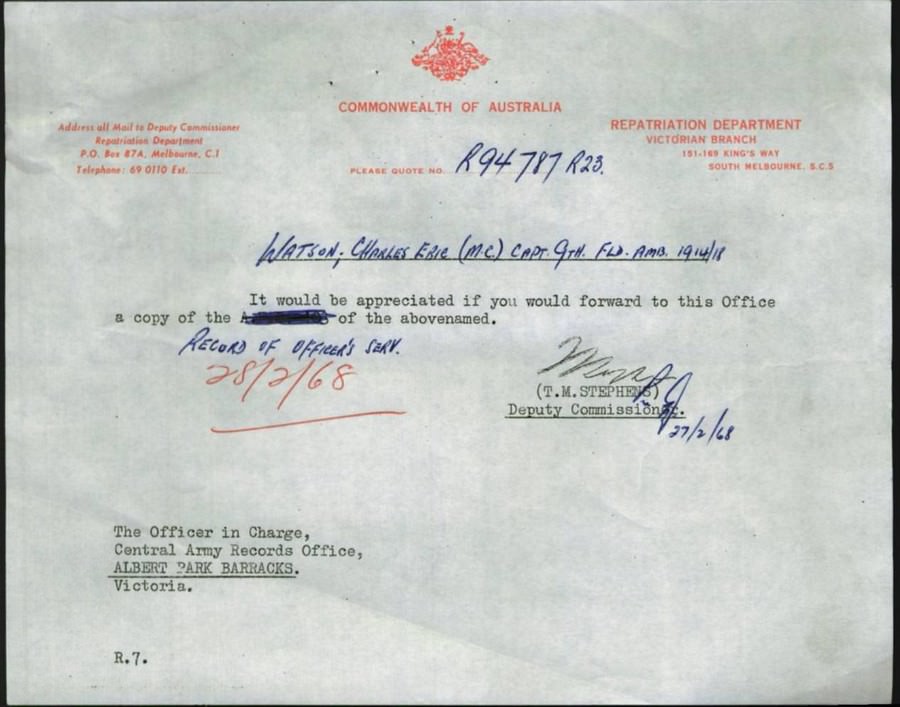
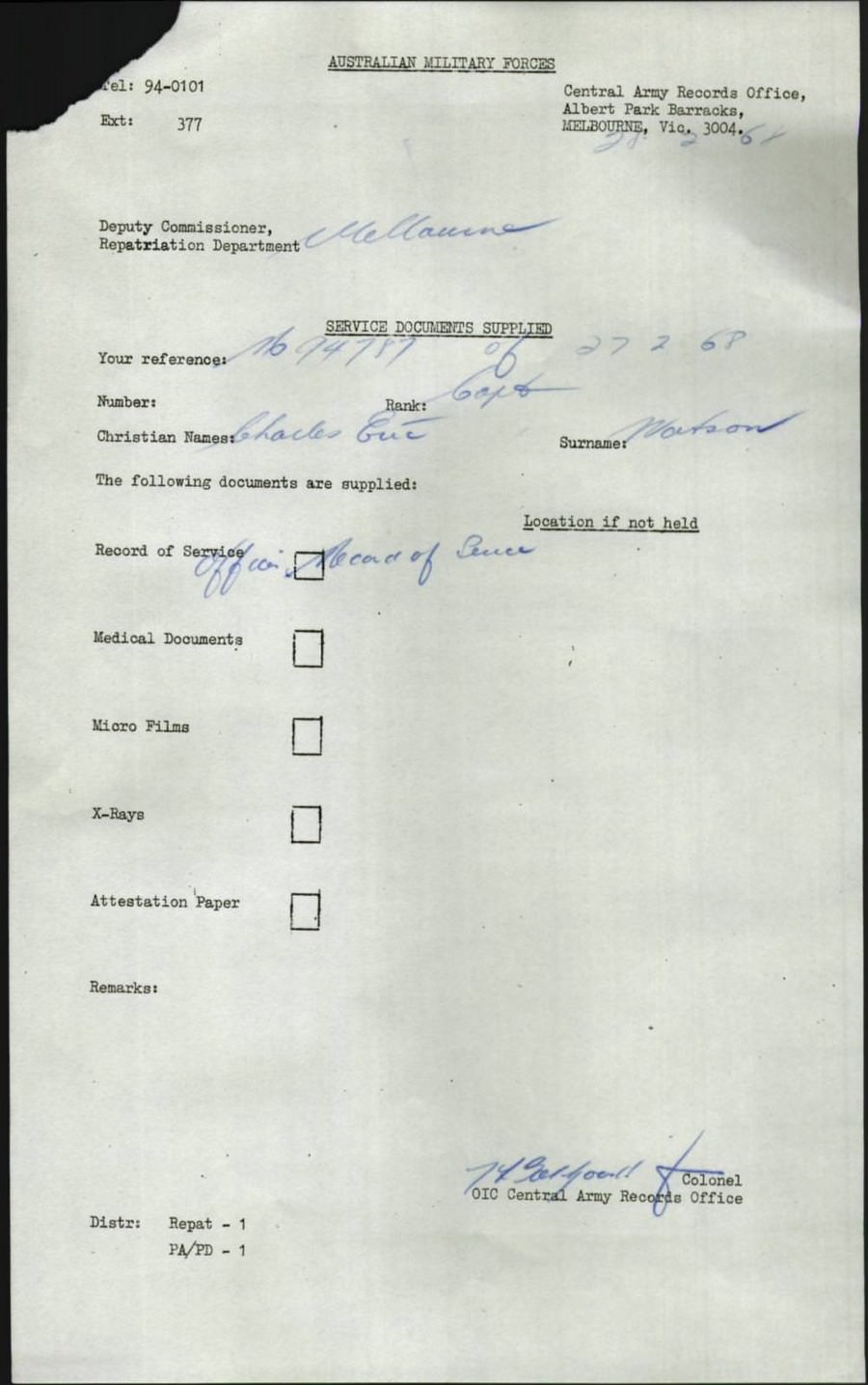


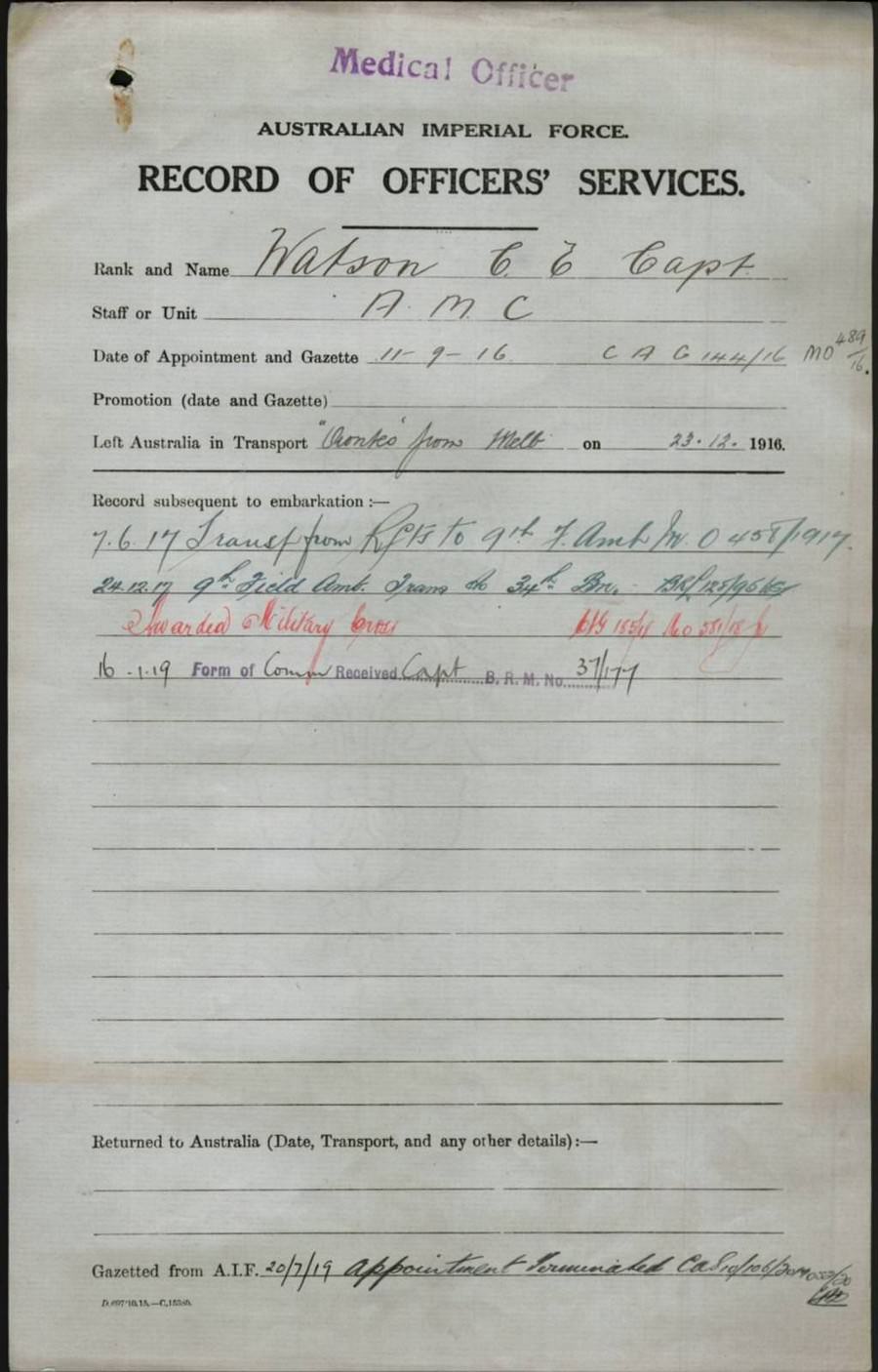


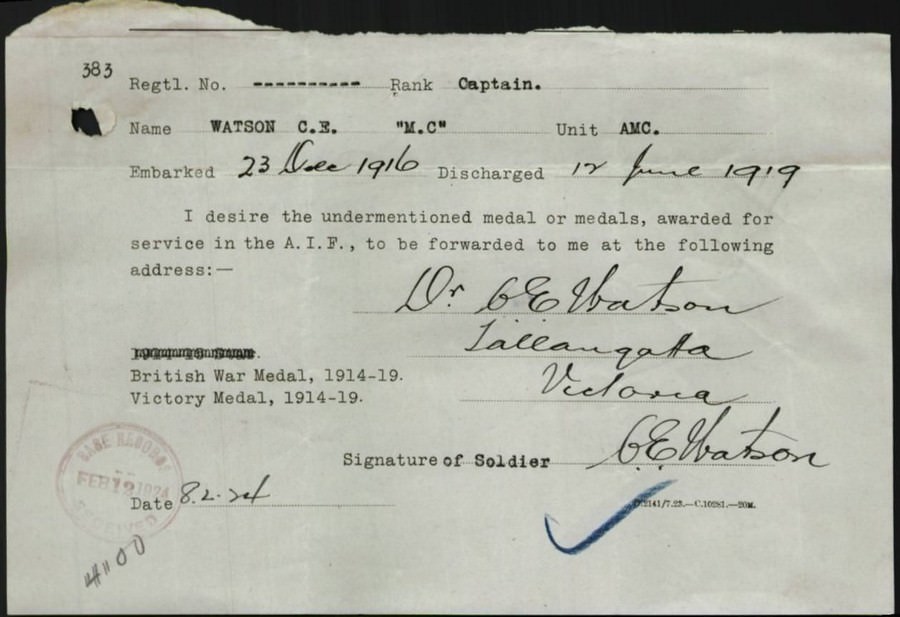
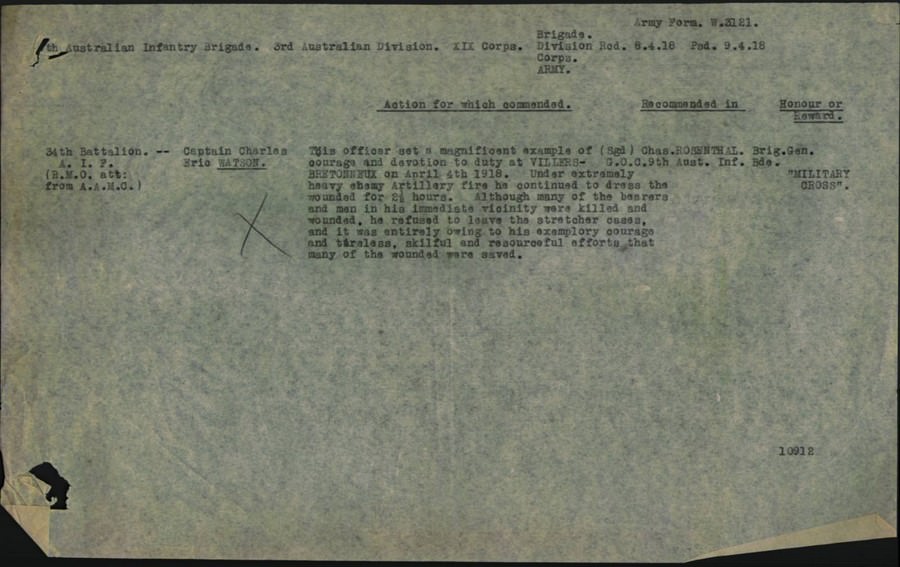

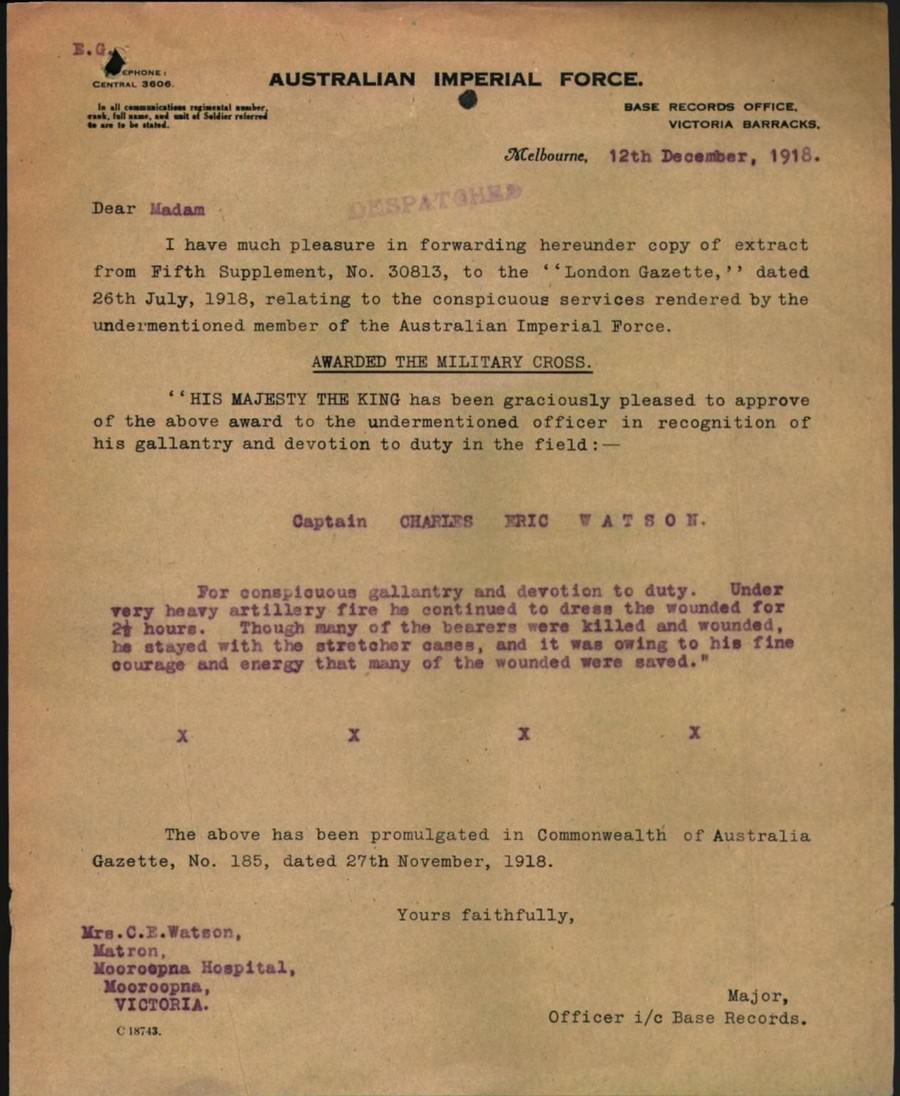
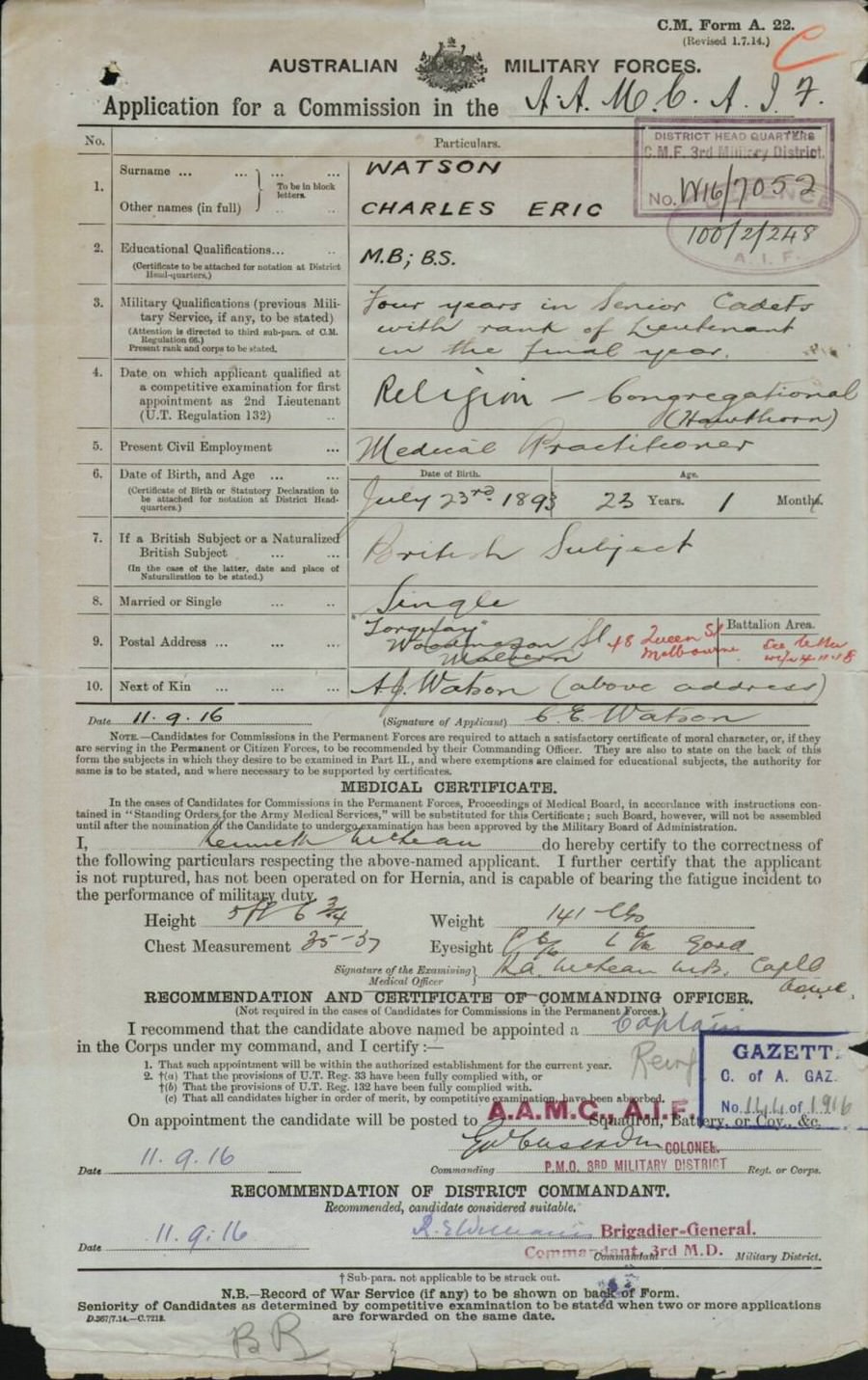
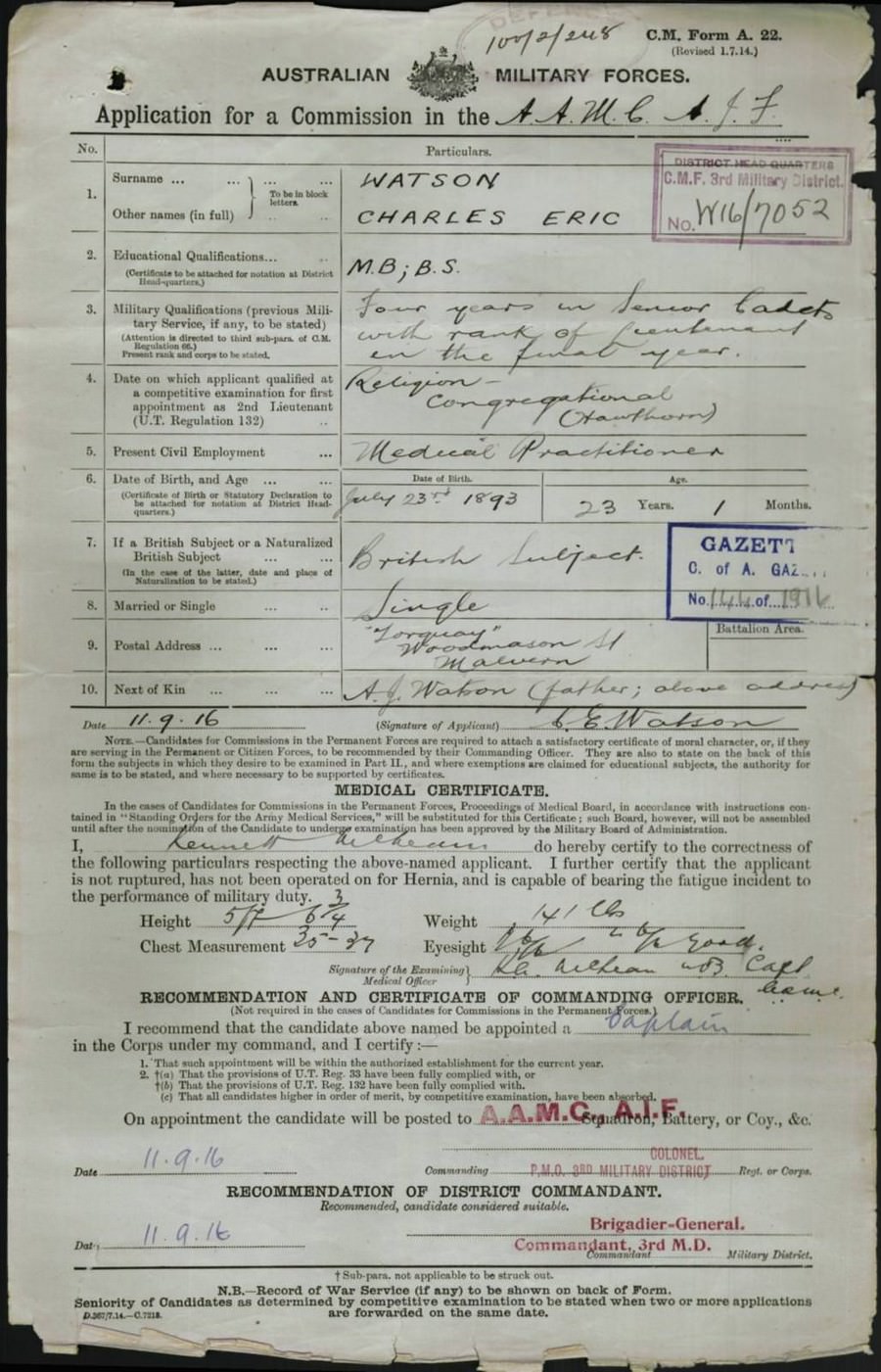
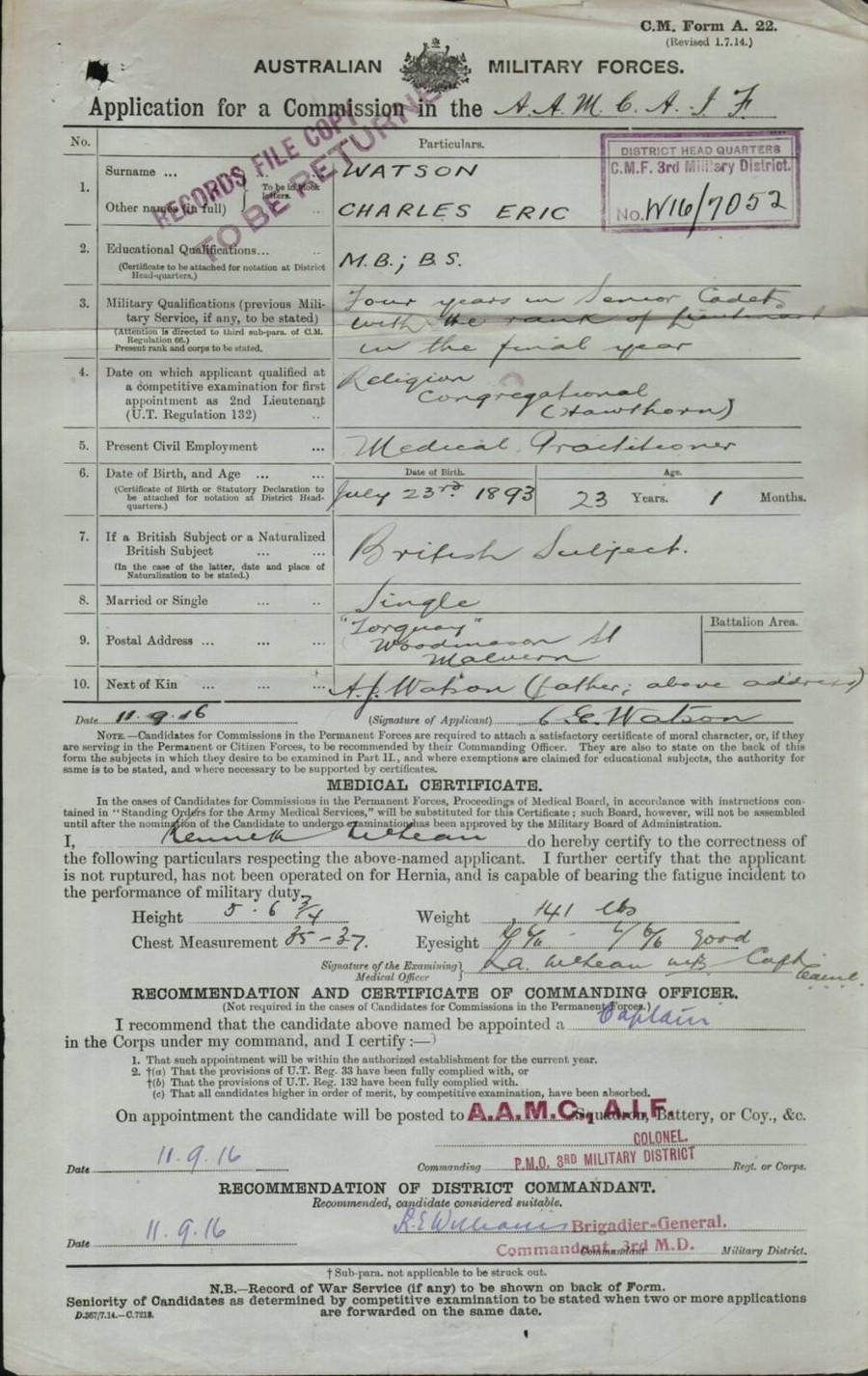
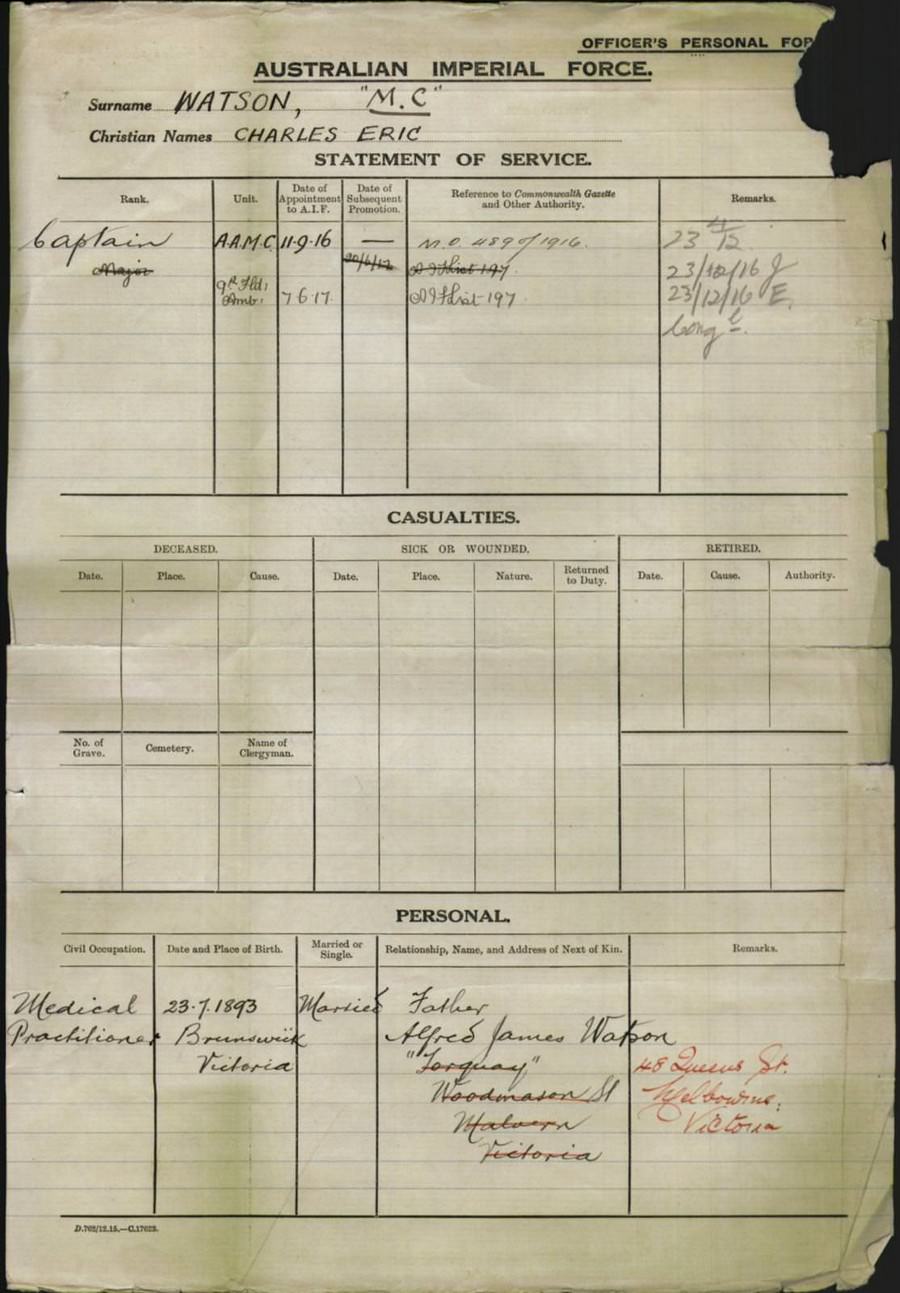
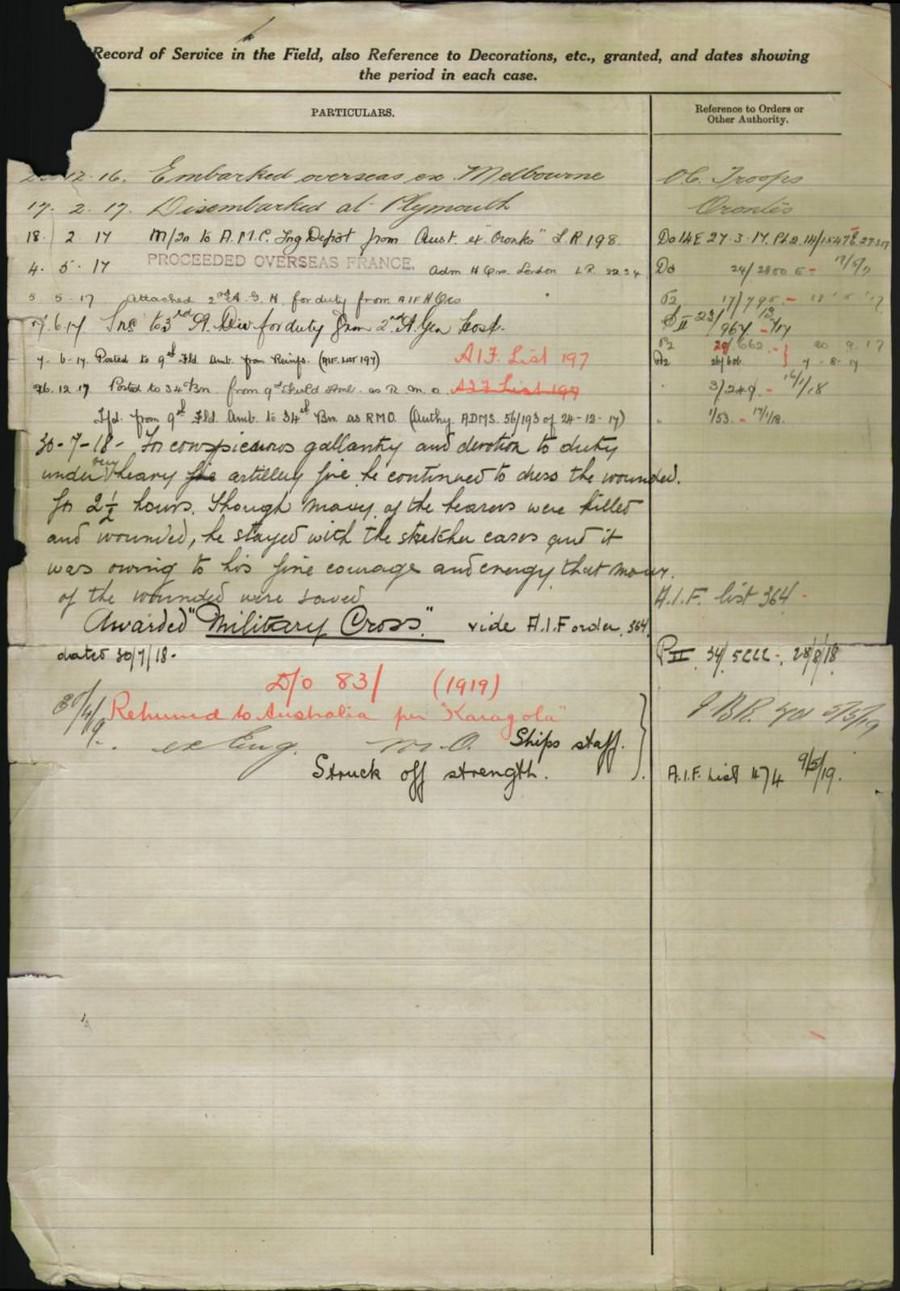
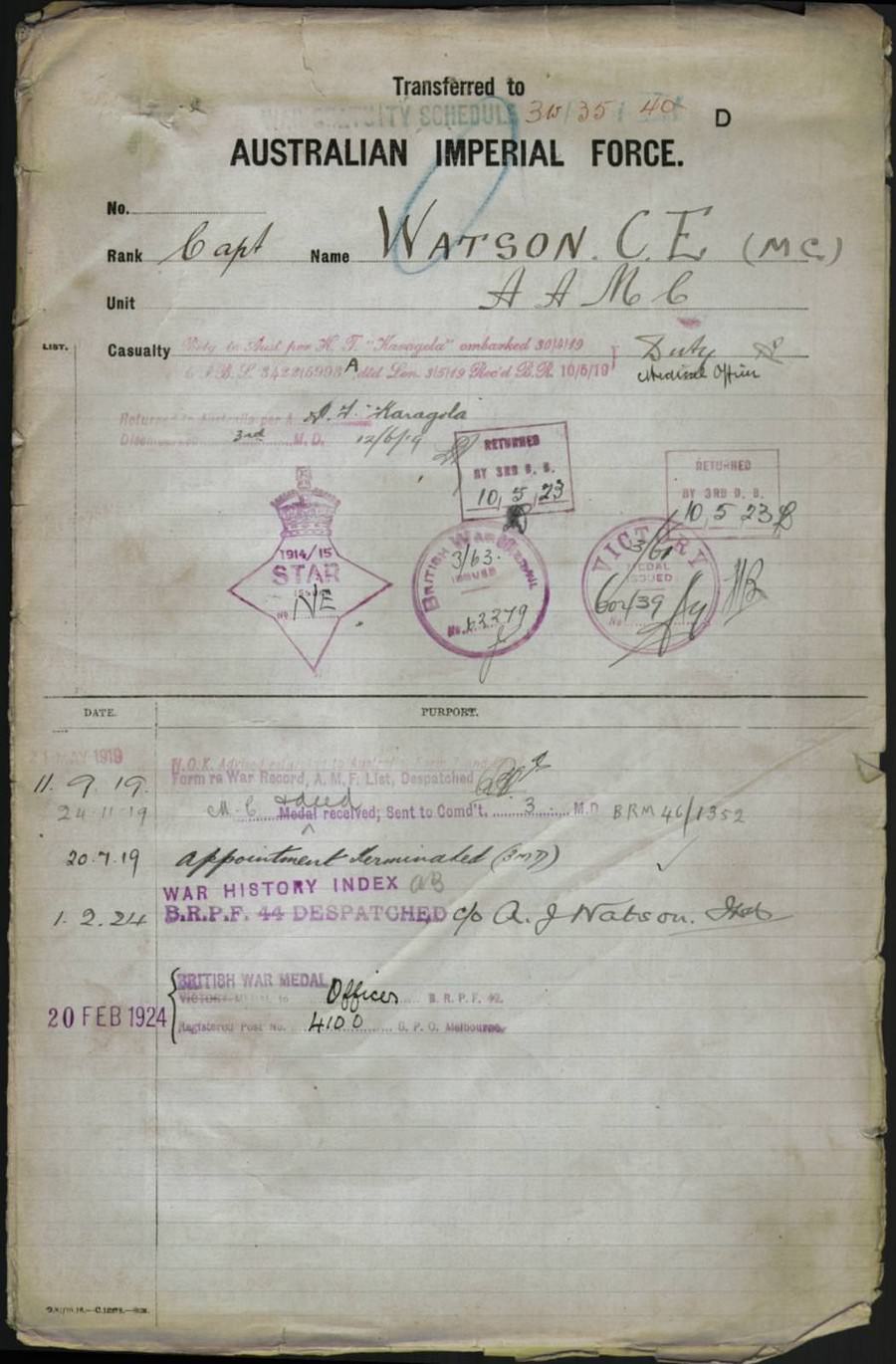
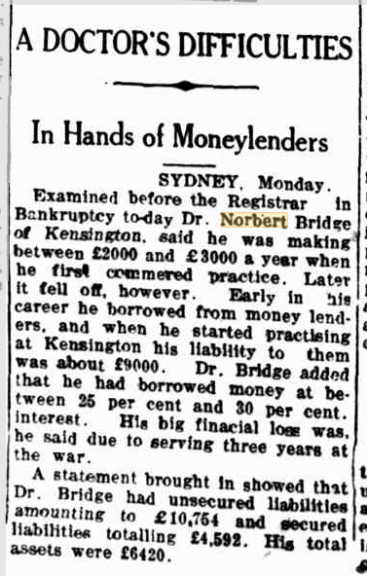
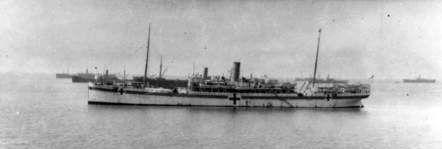 Hospital Ship "Soudan"
Hospital Ship "Soudan"
